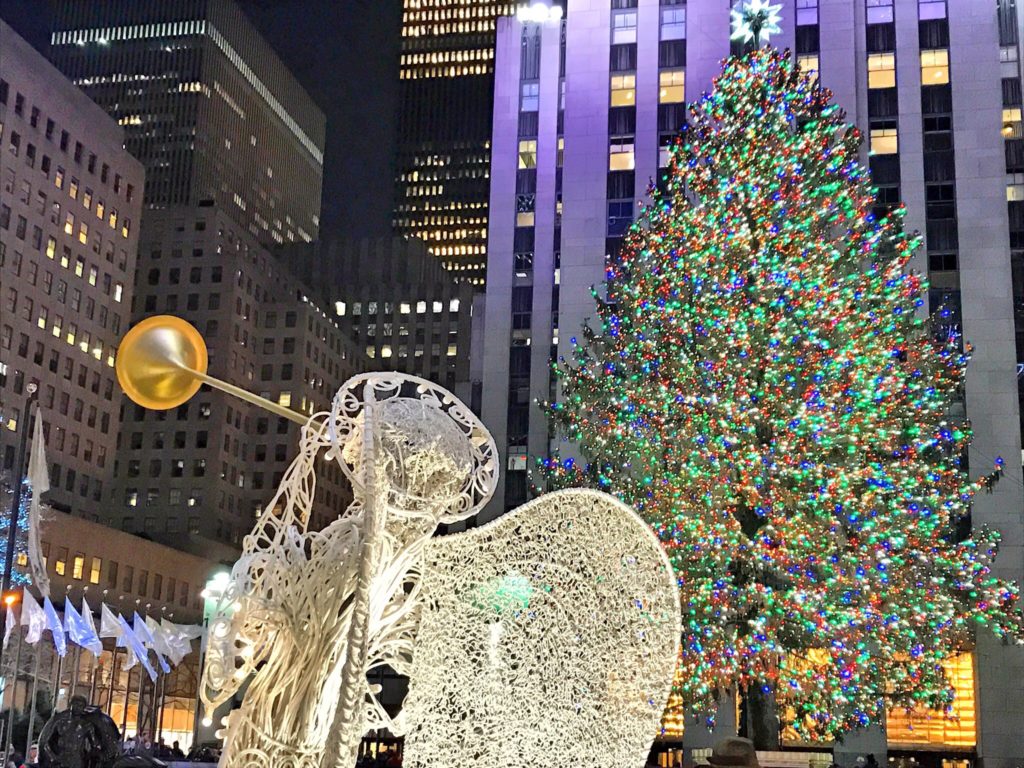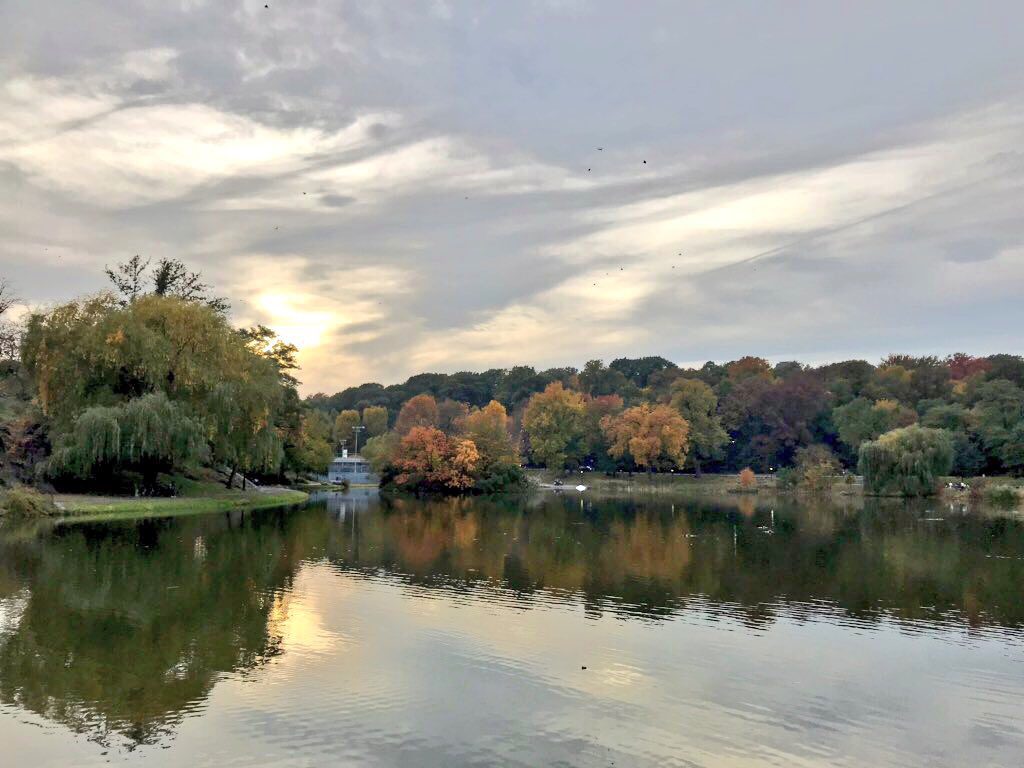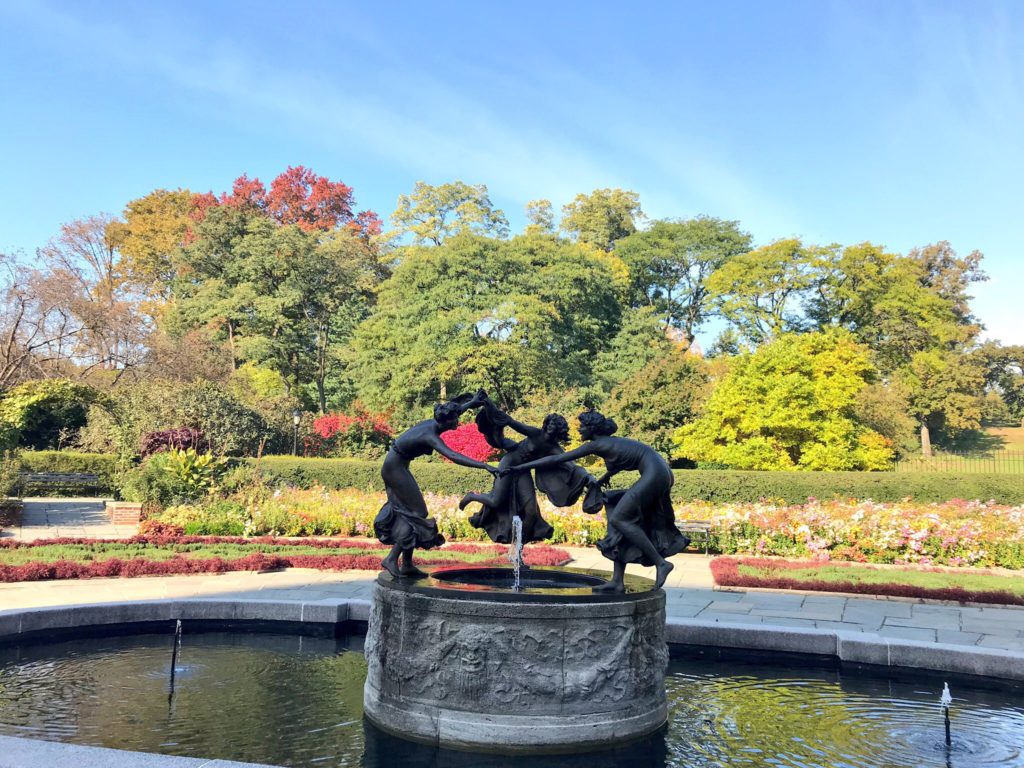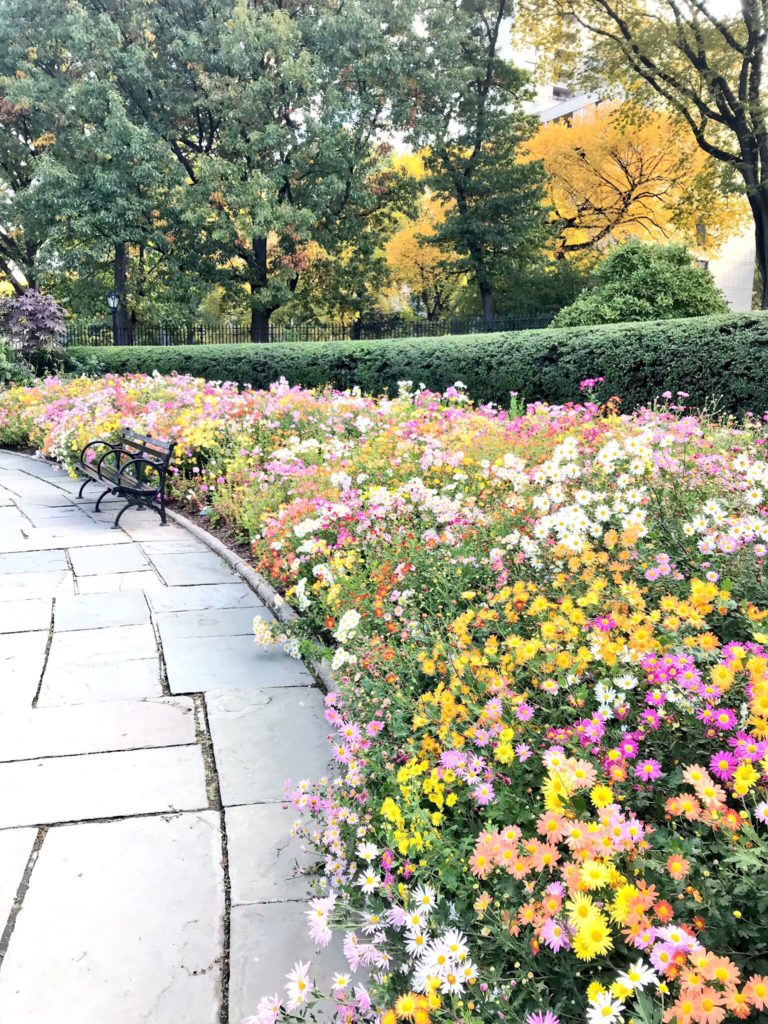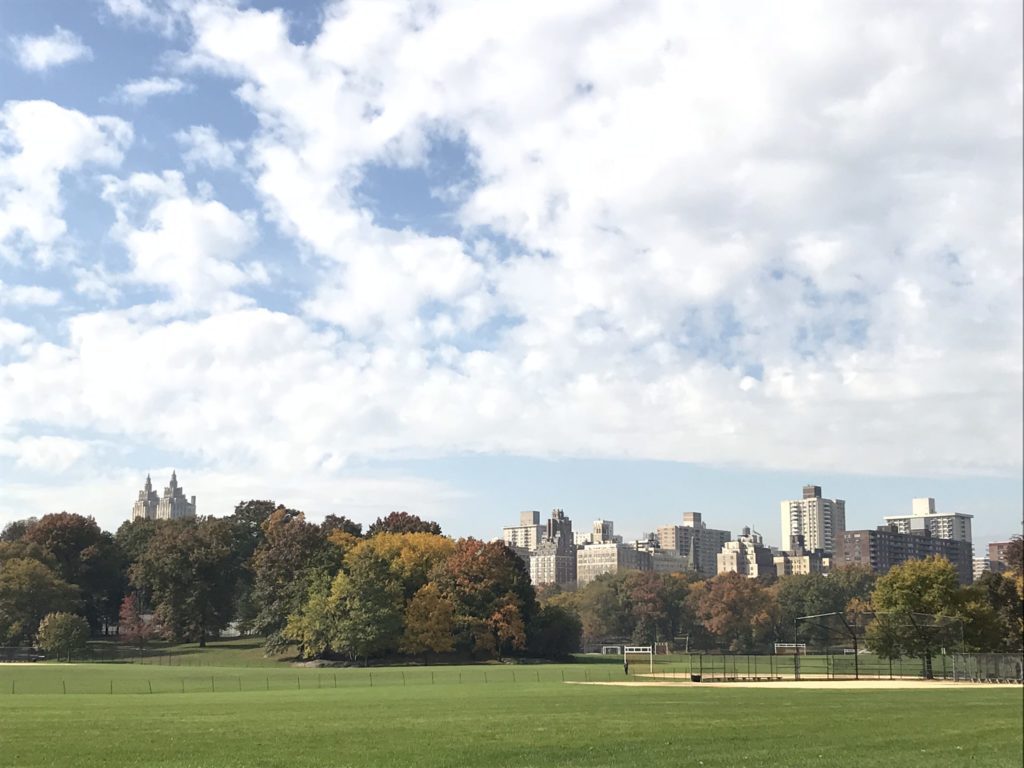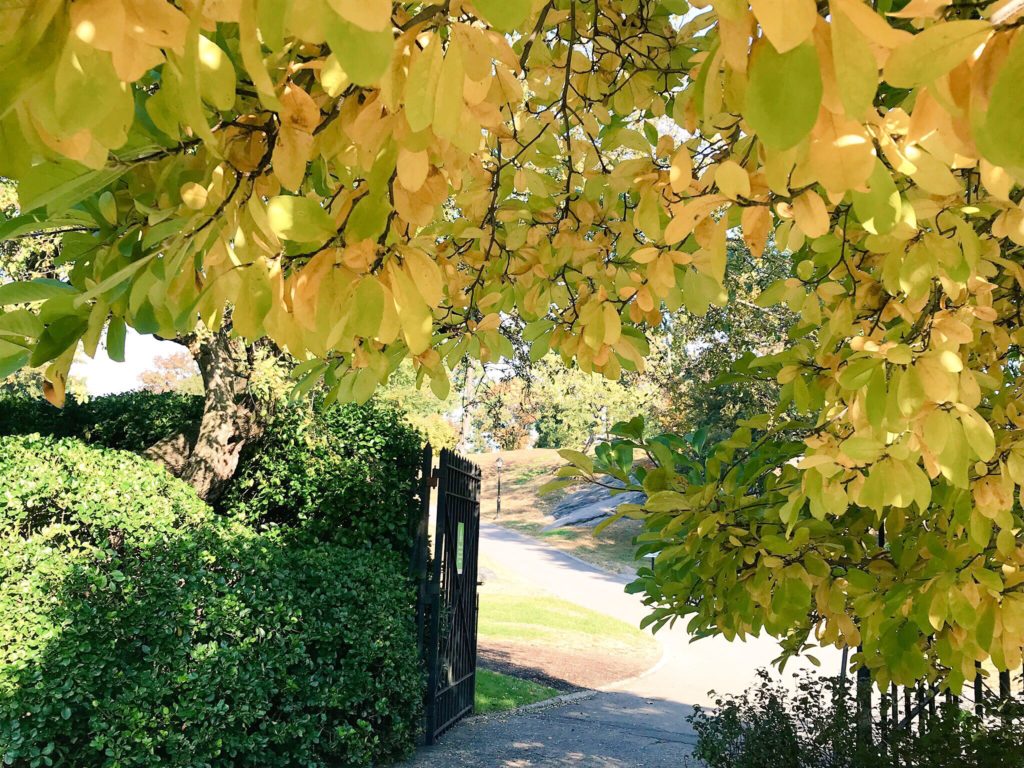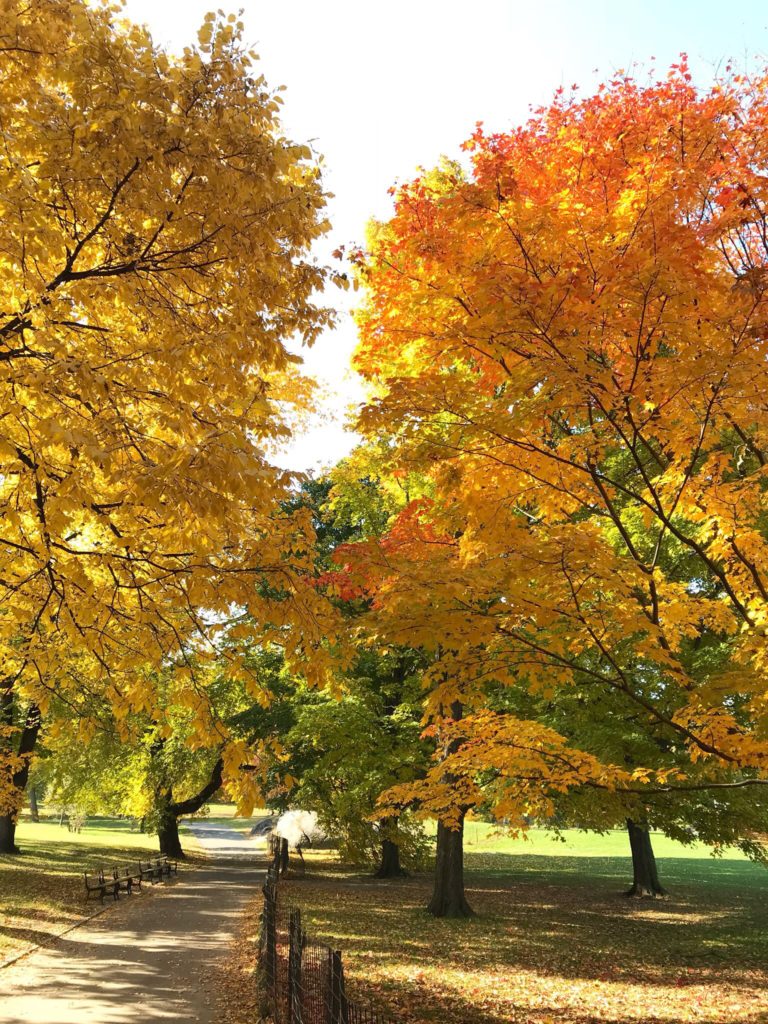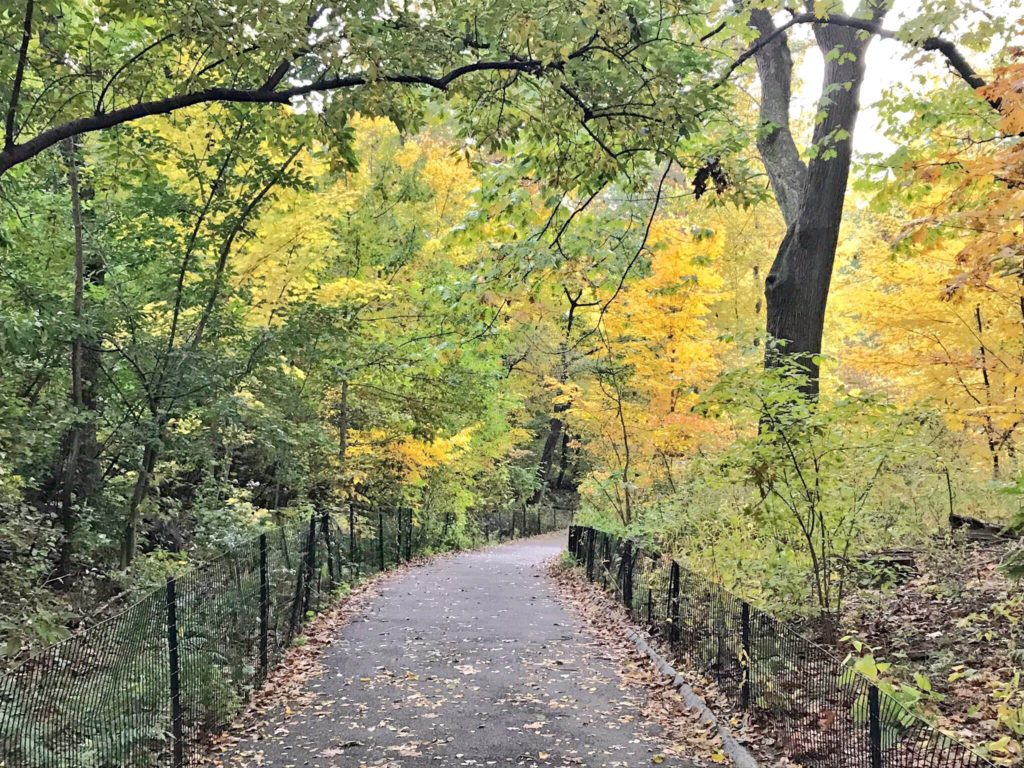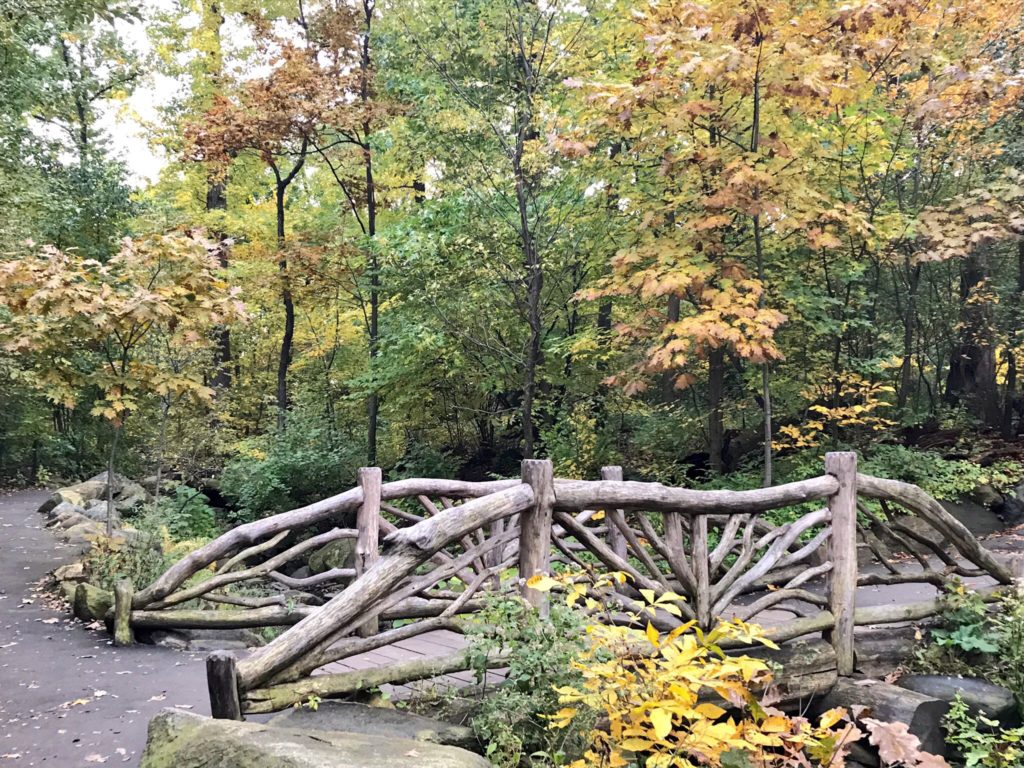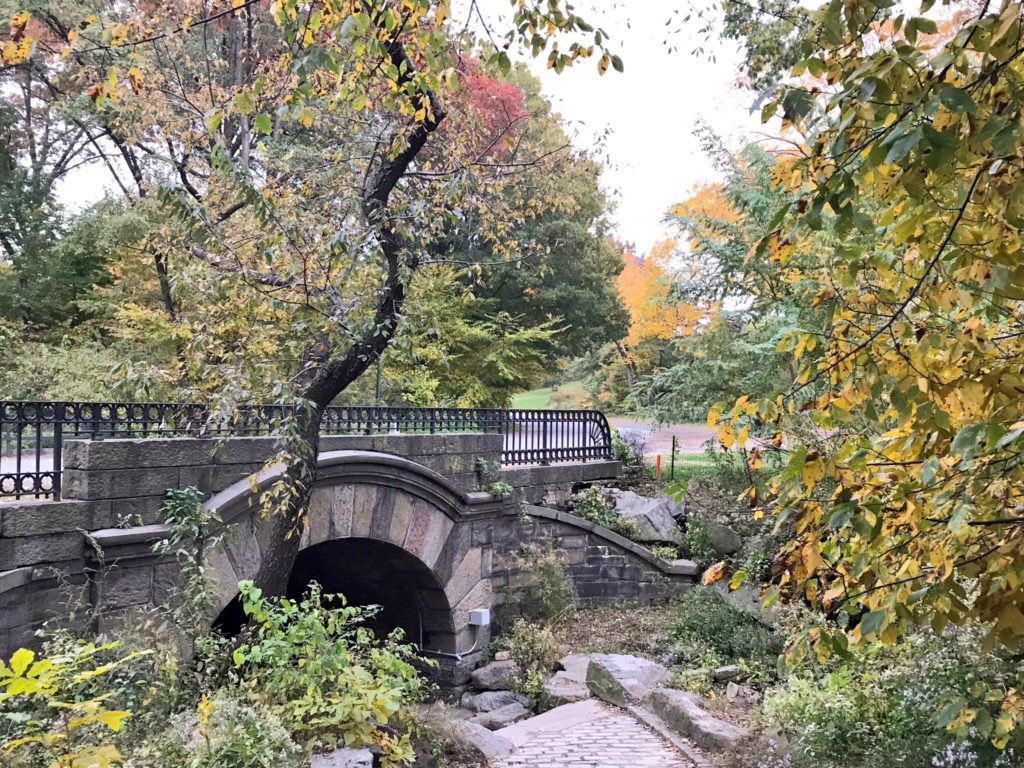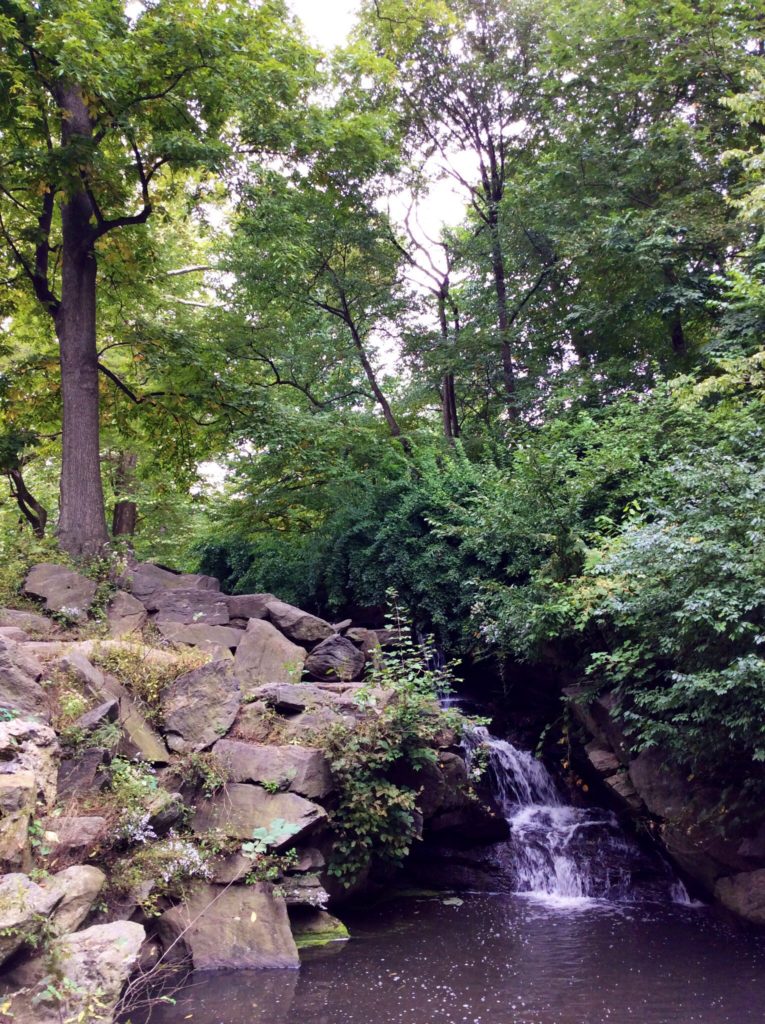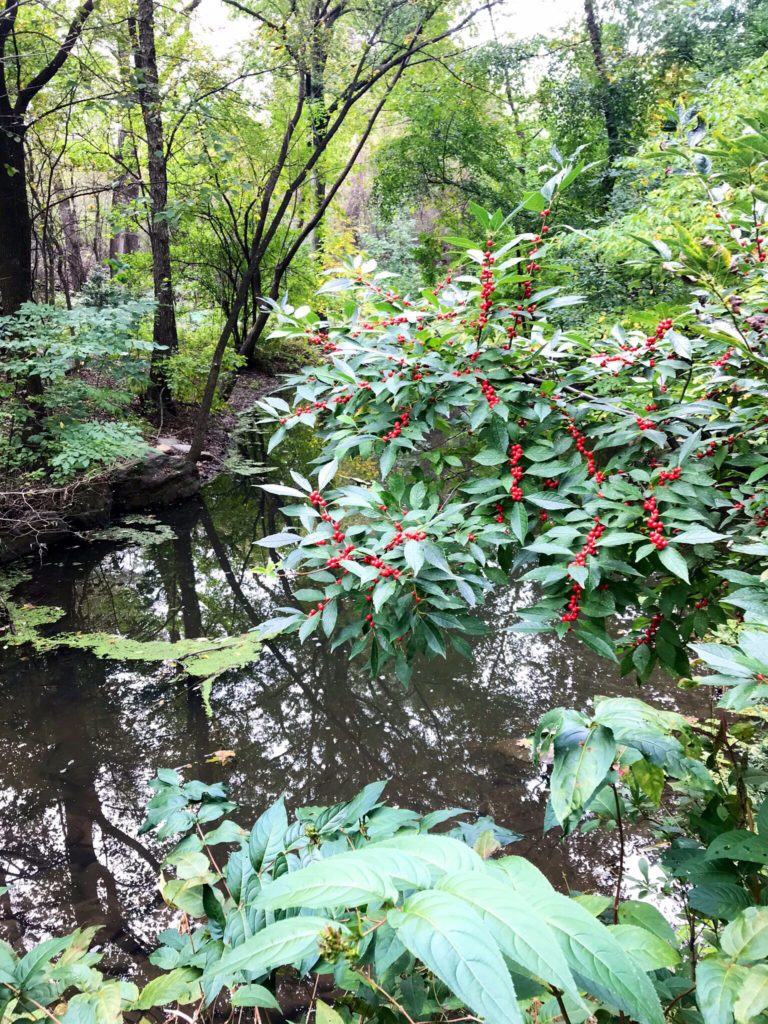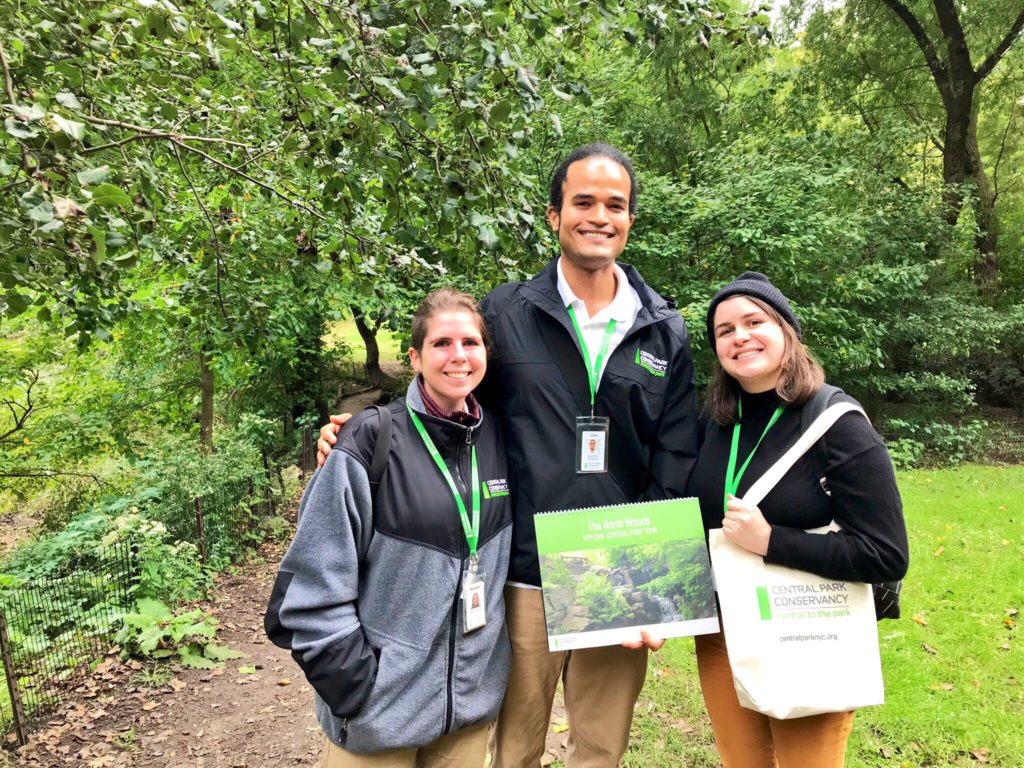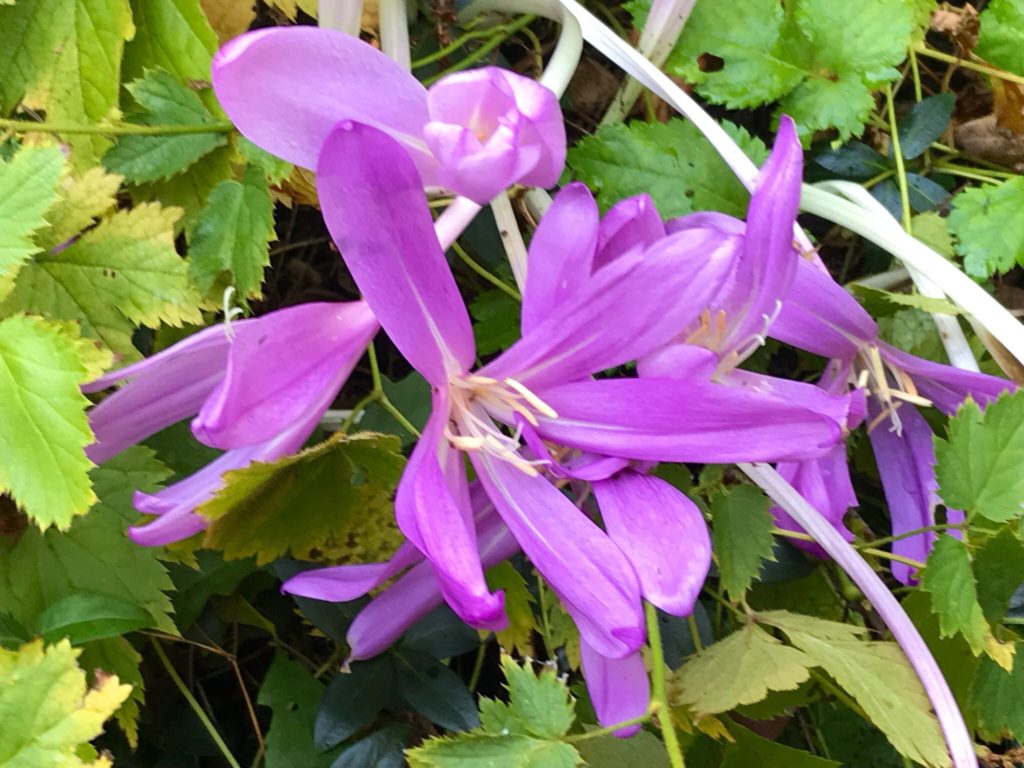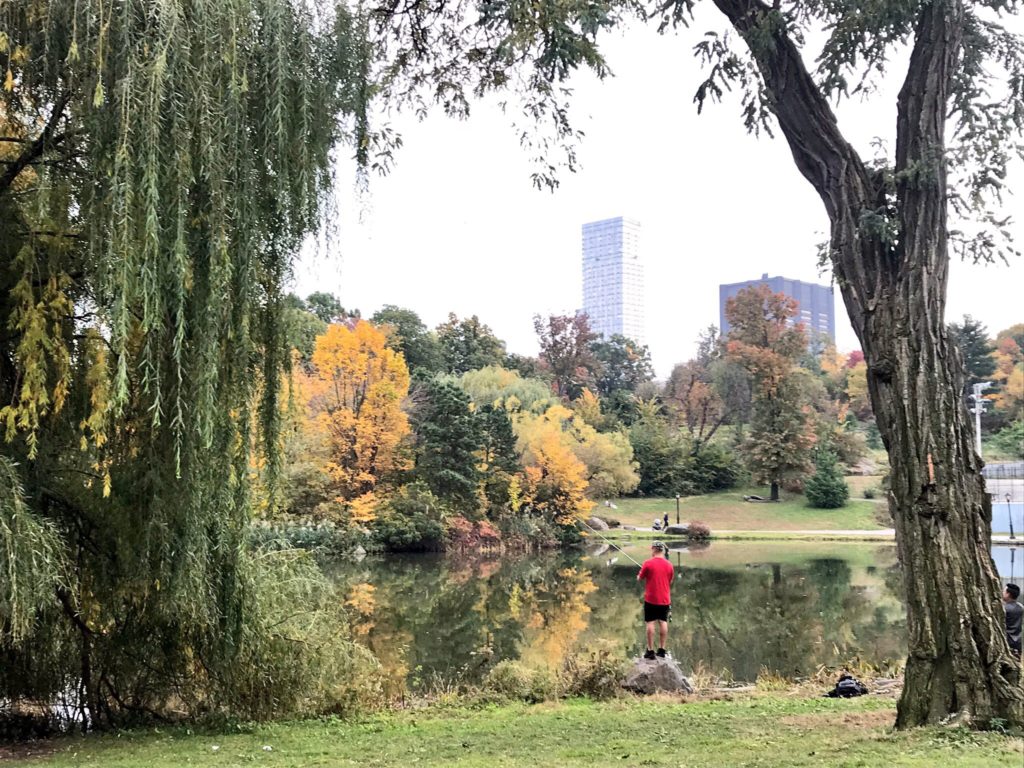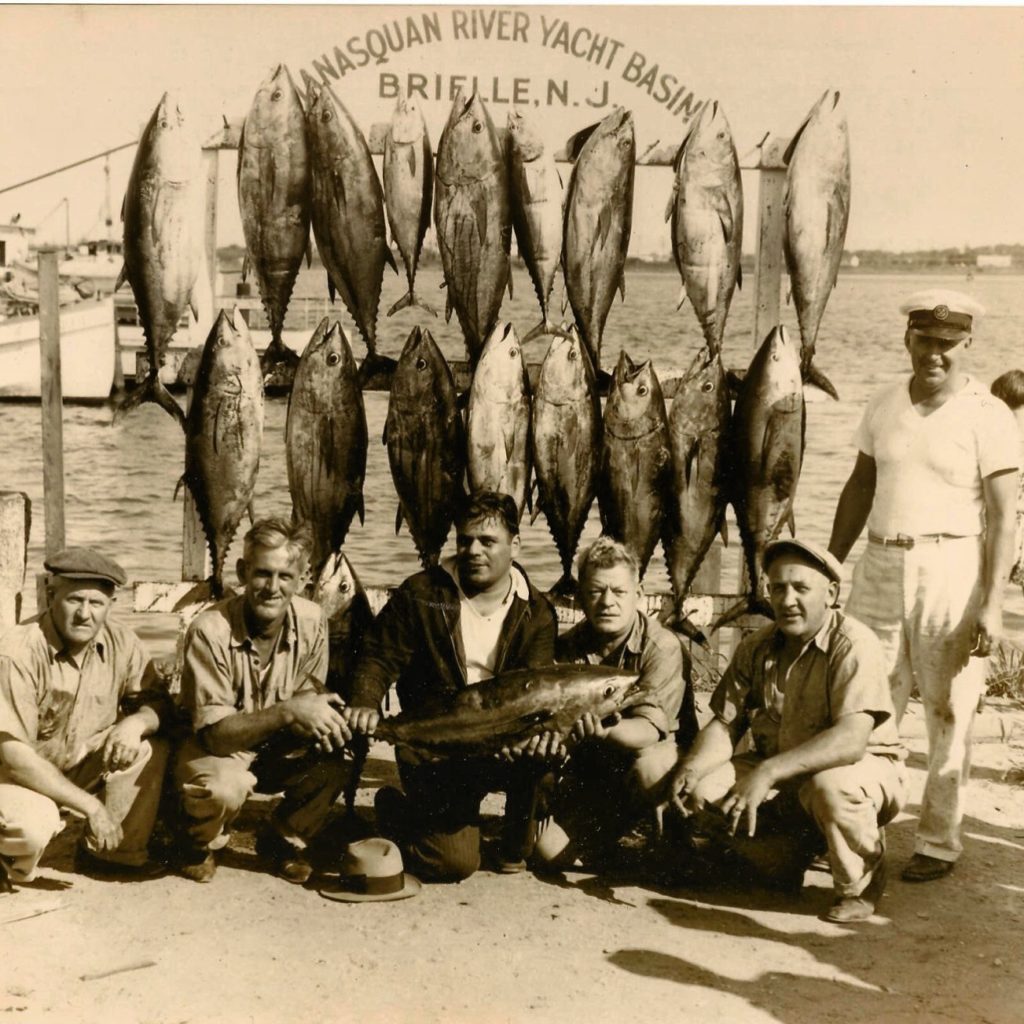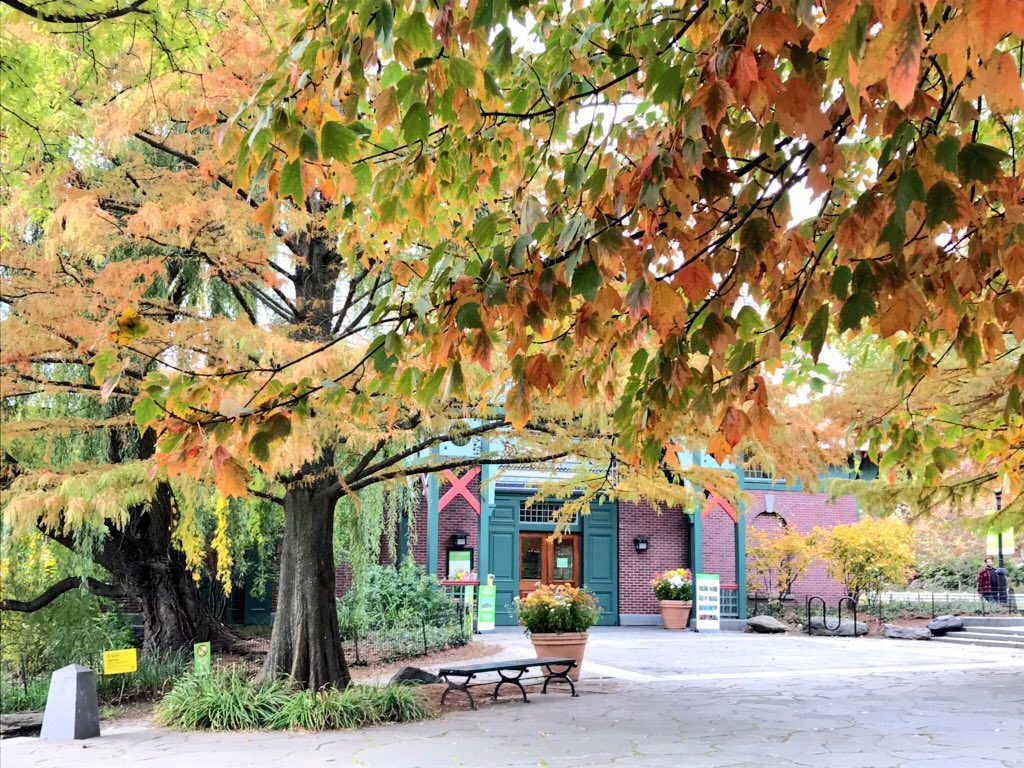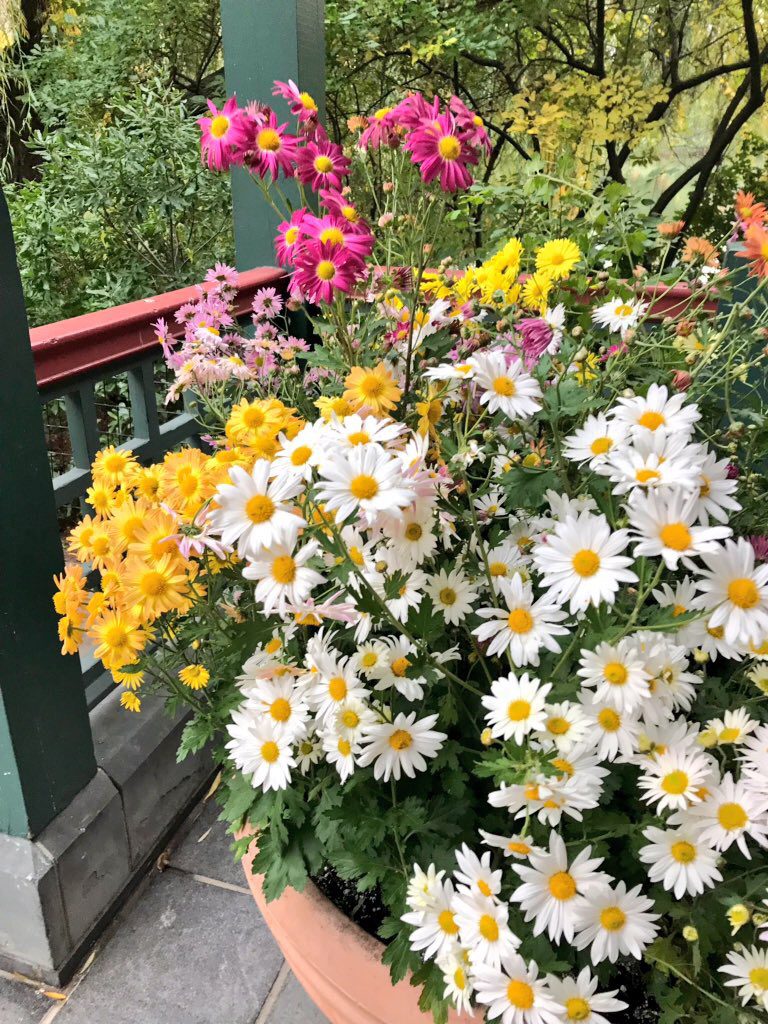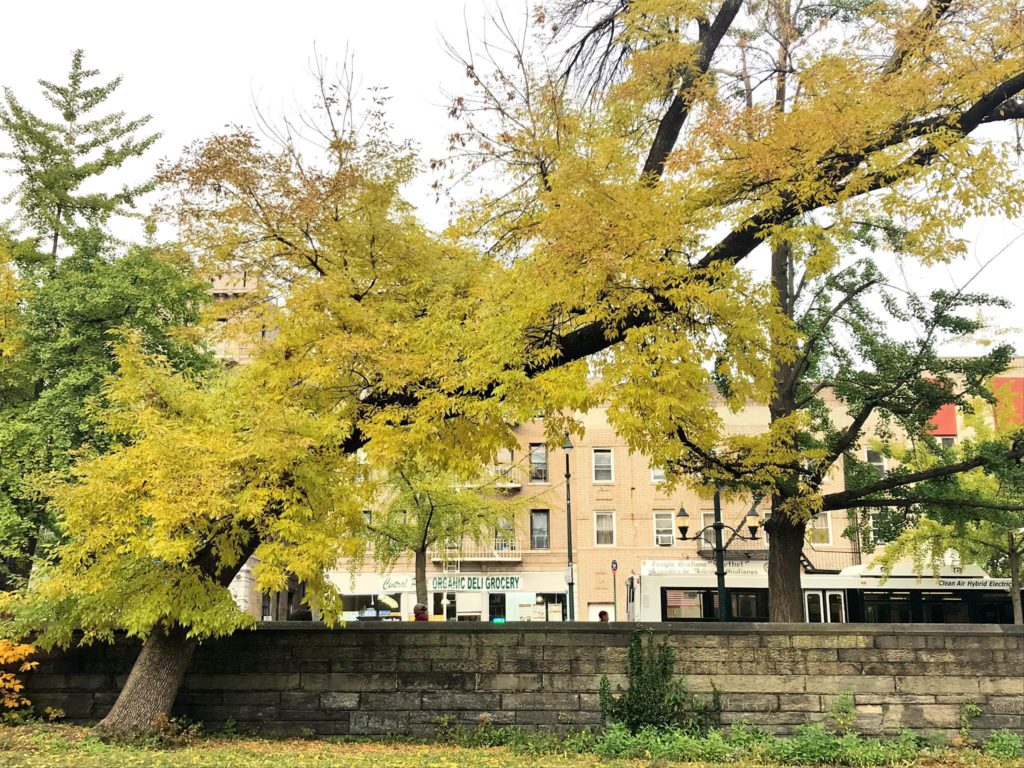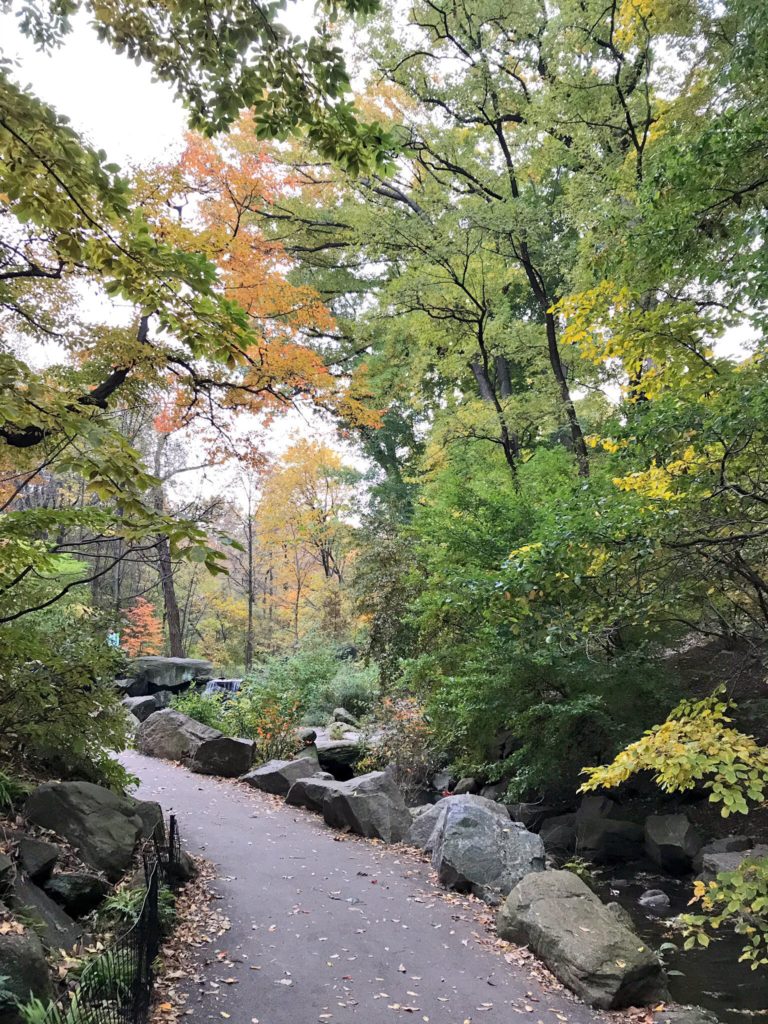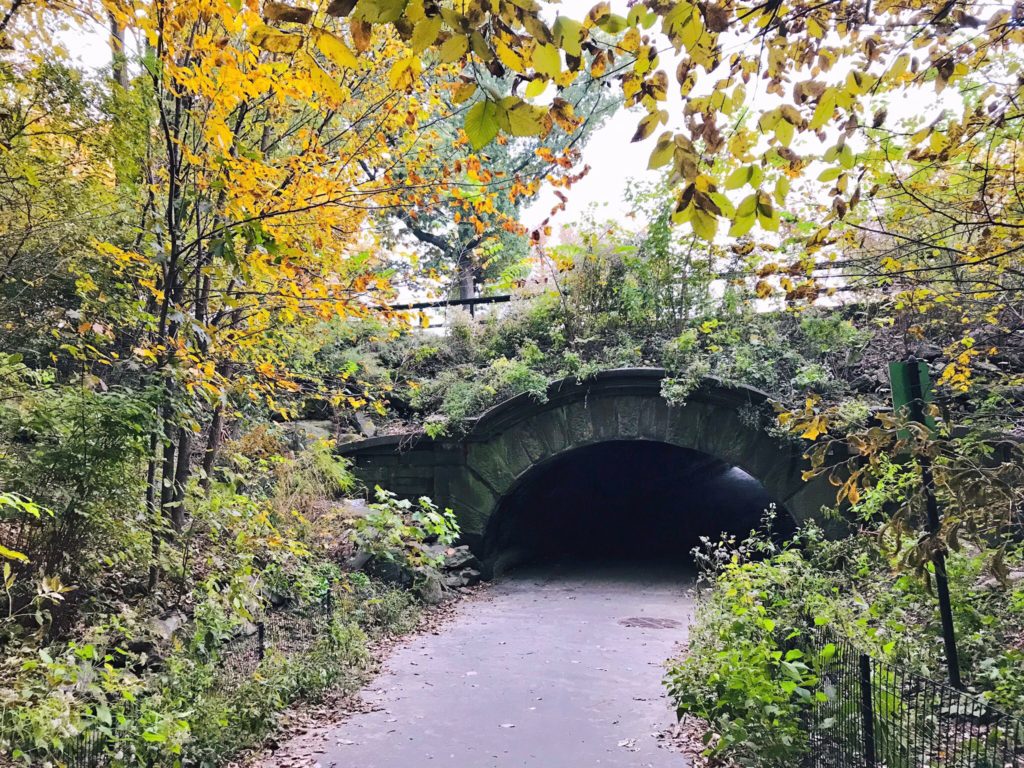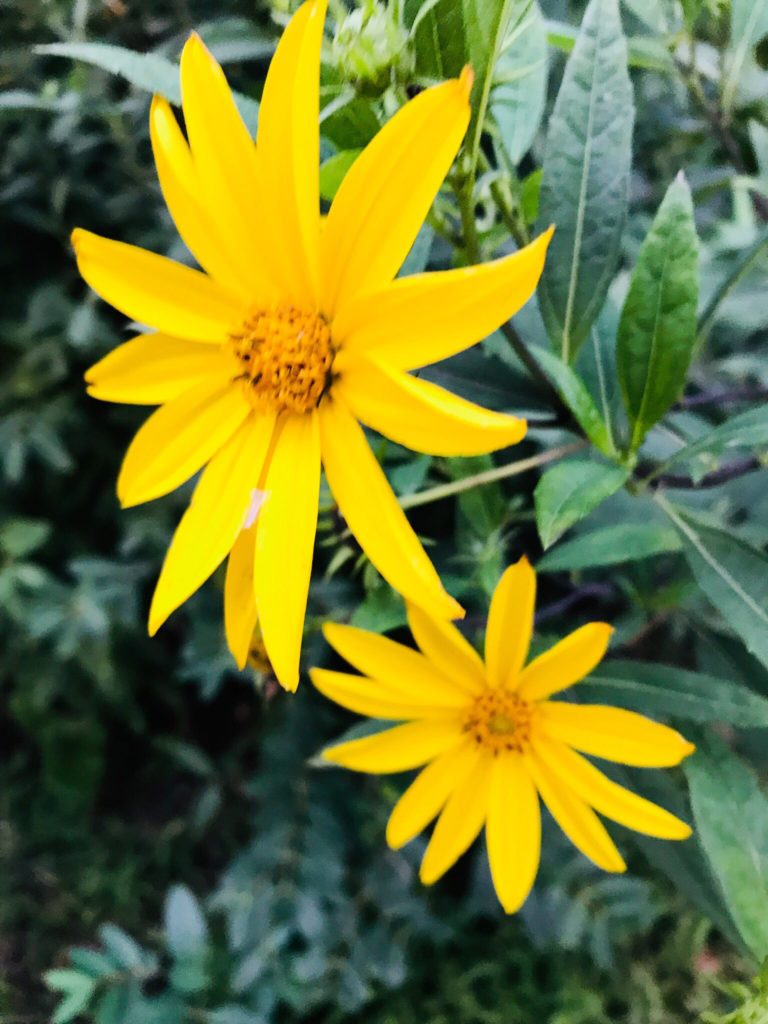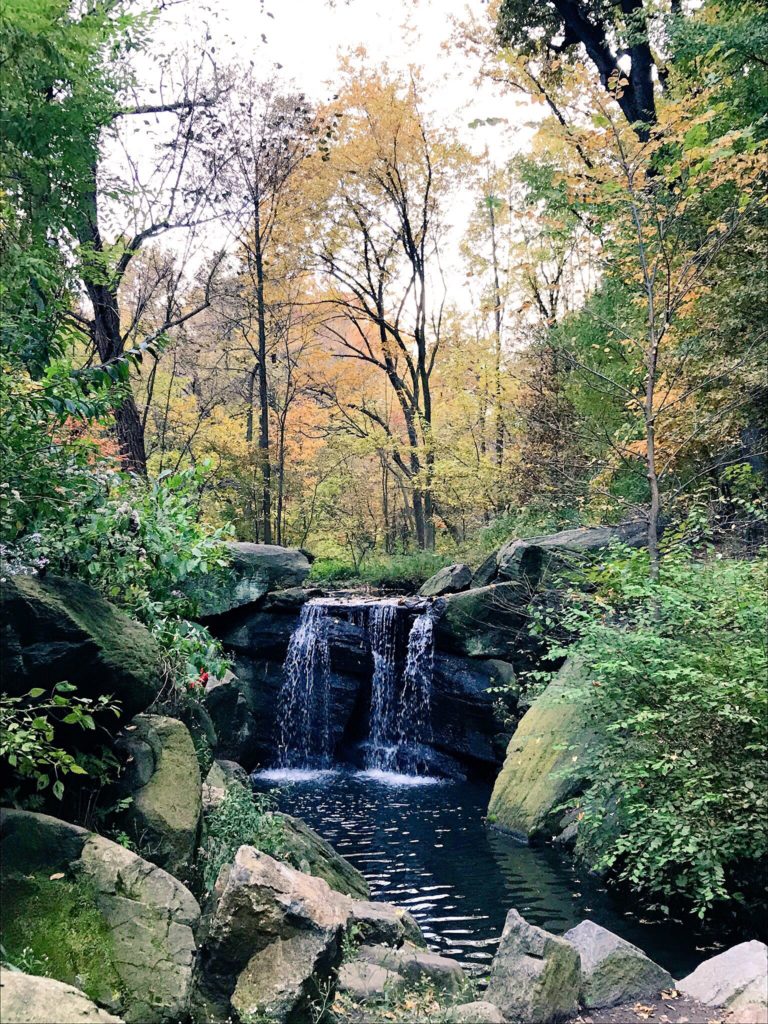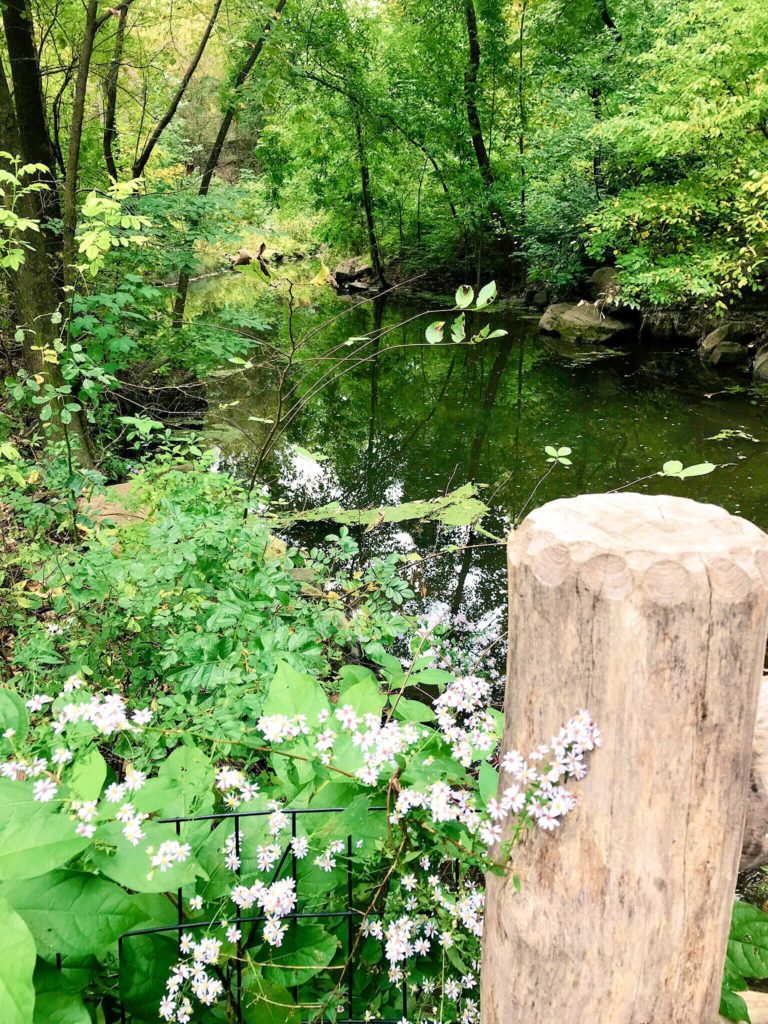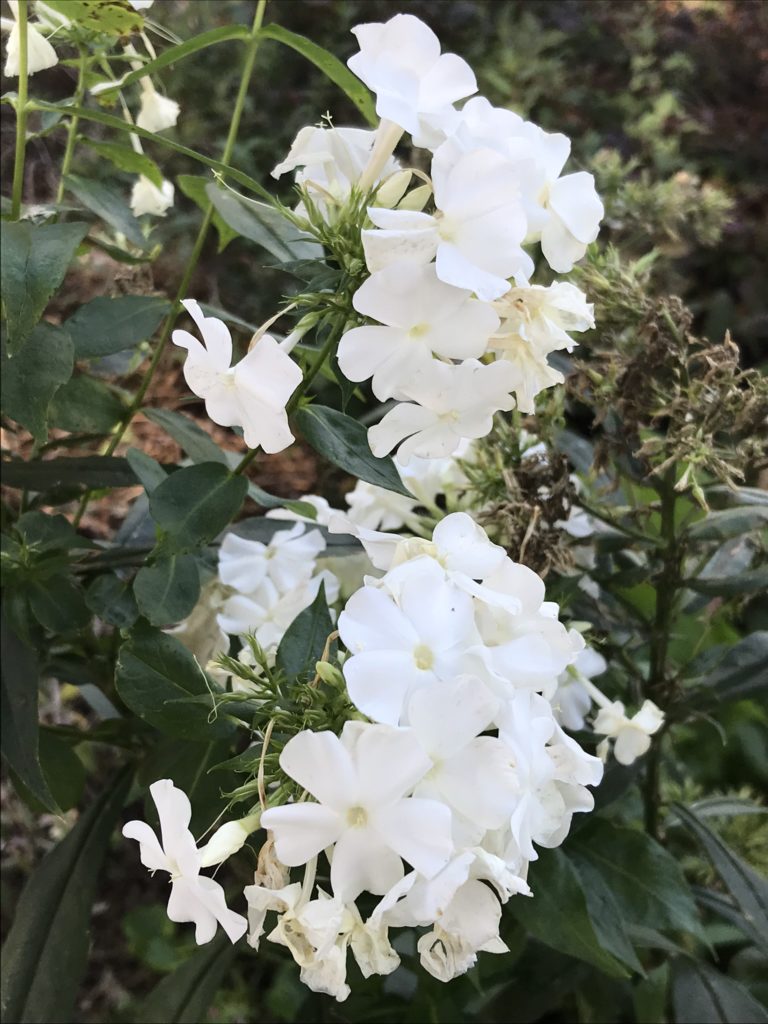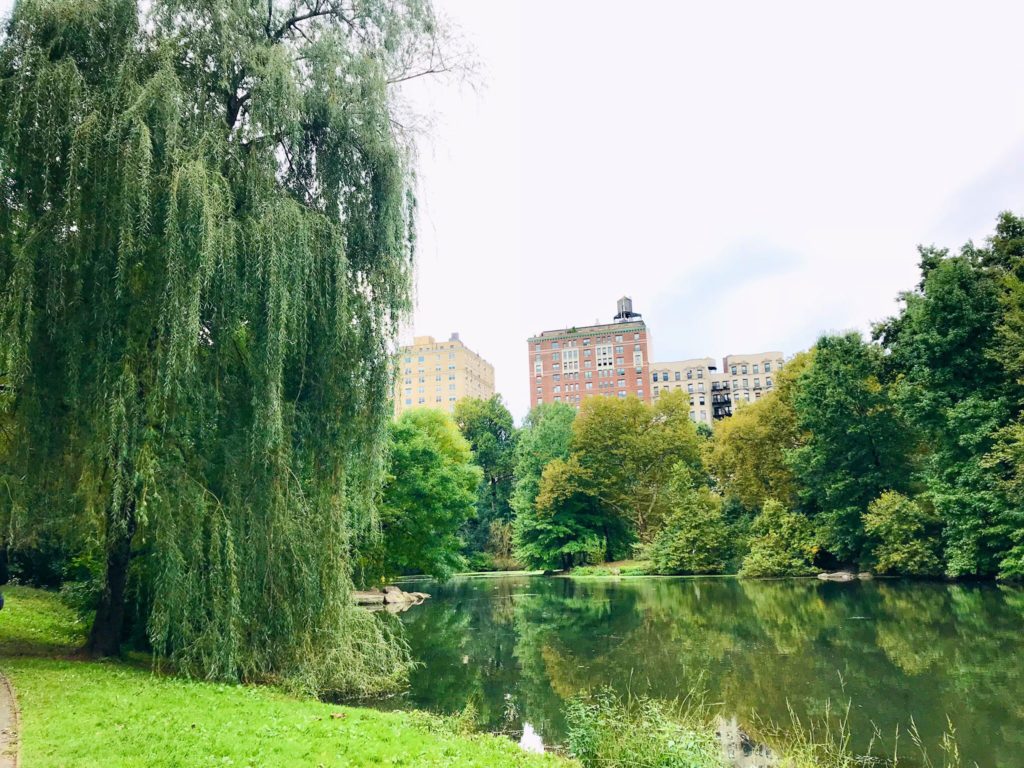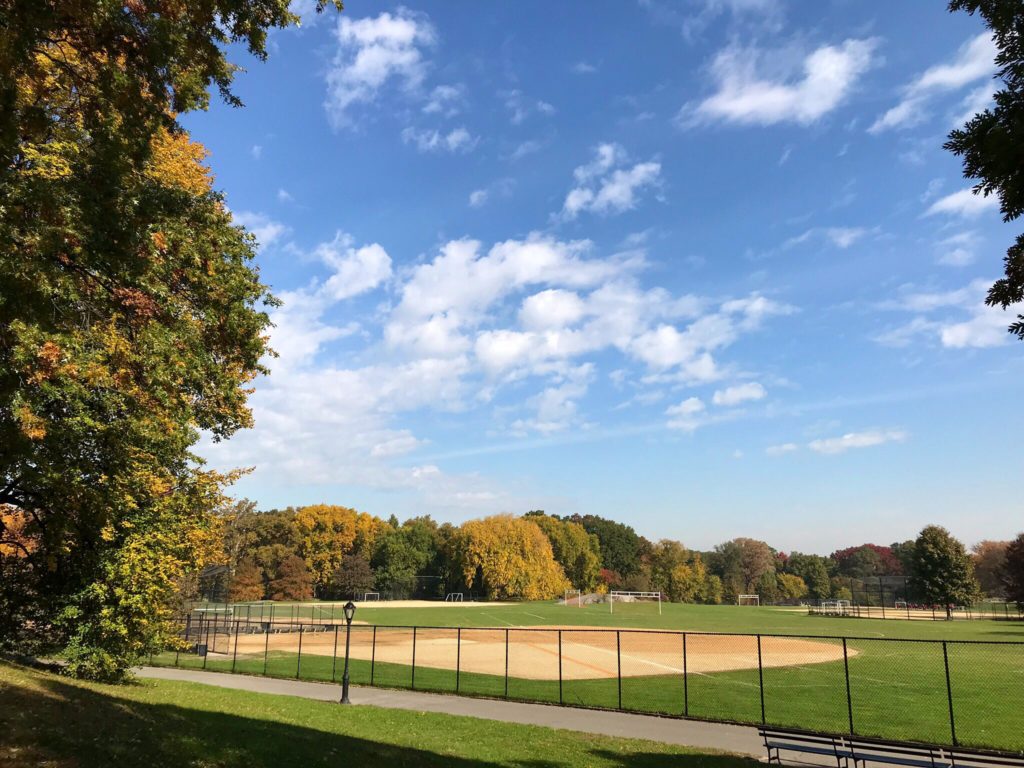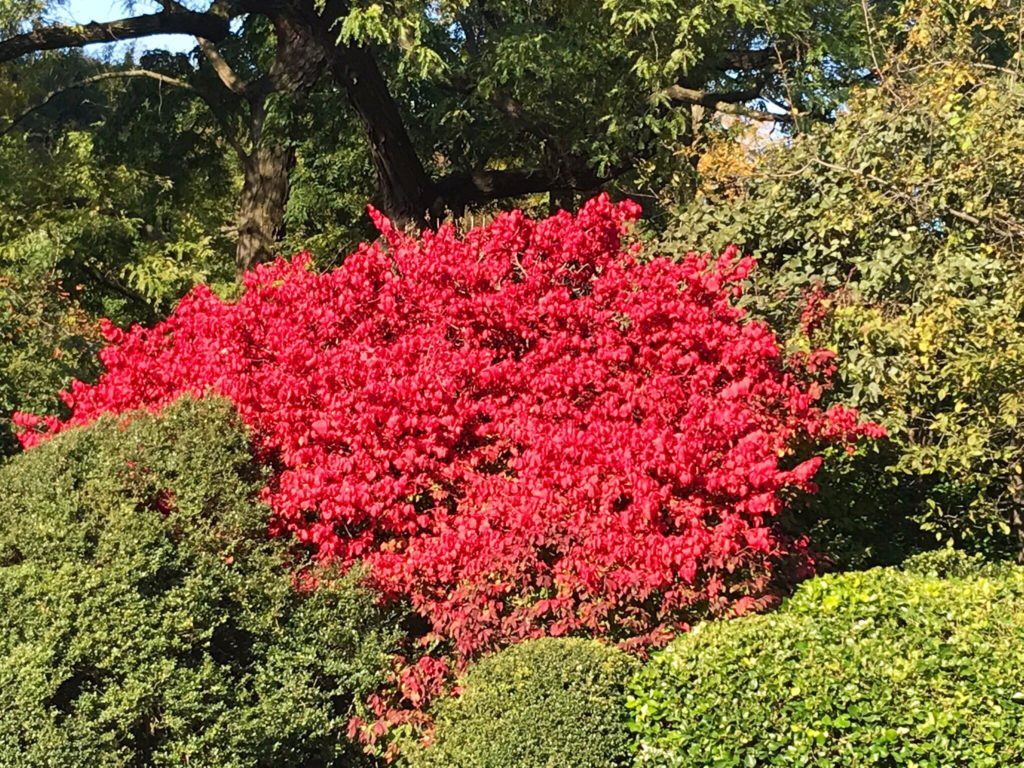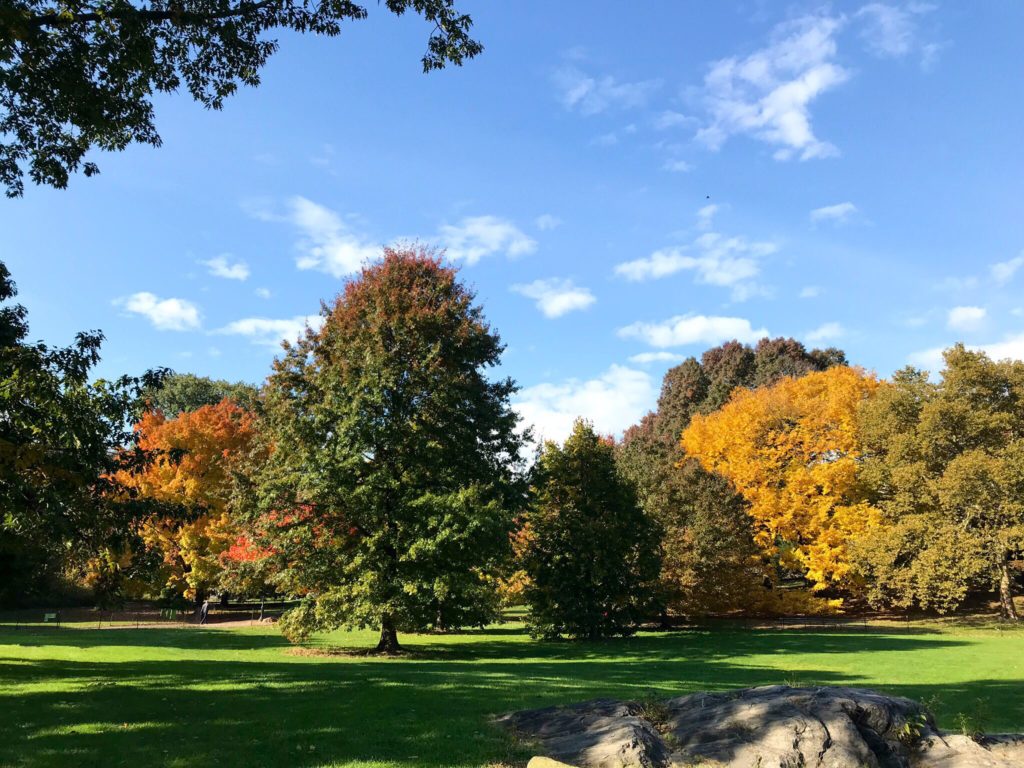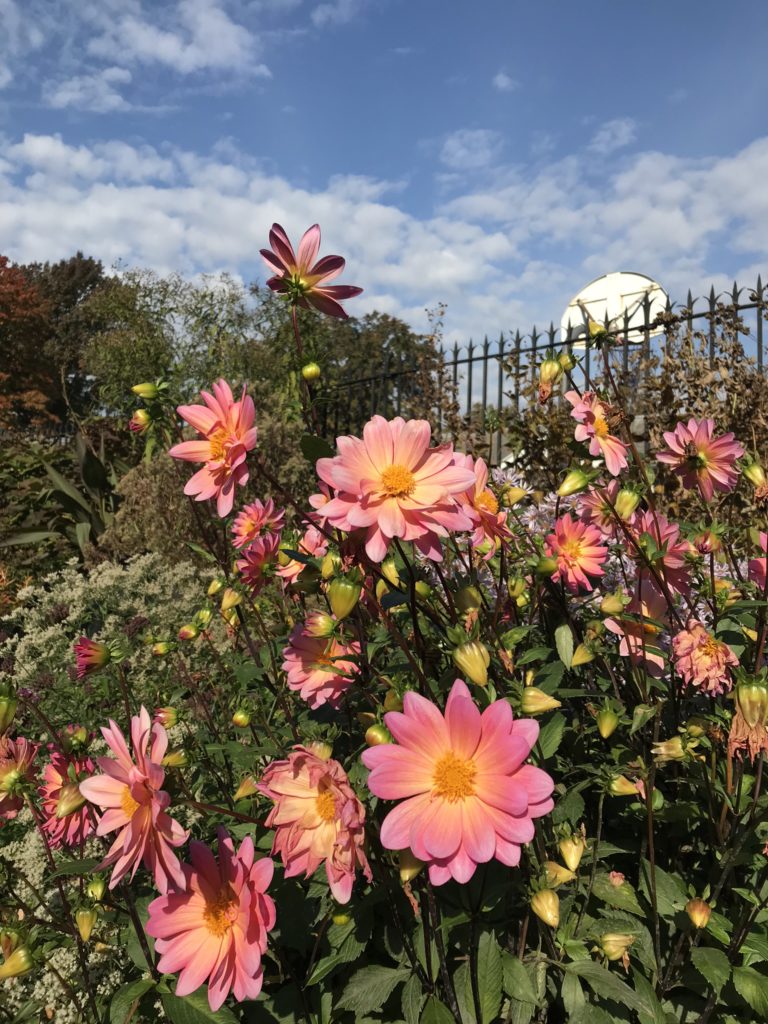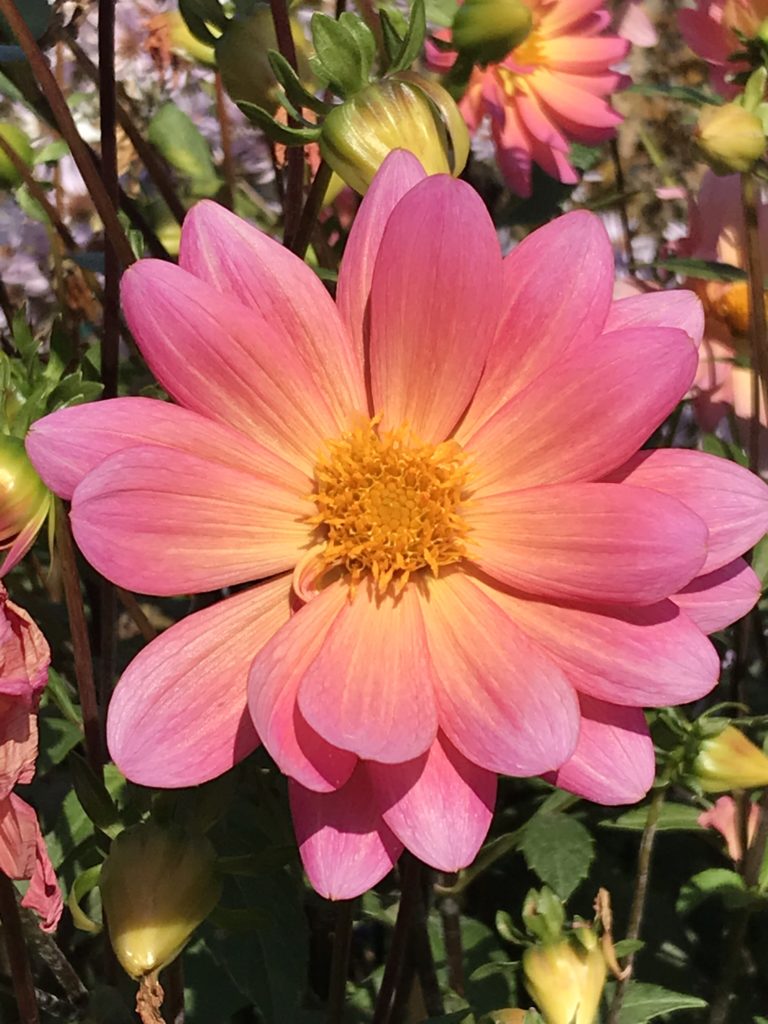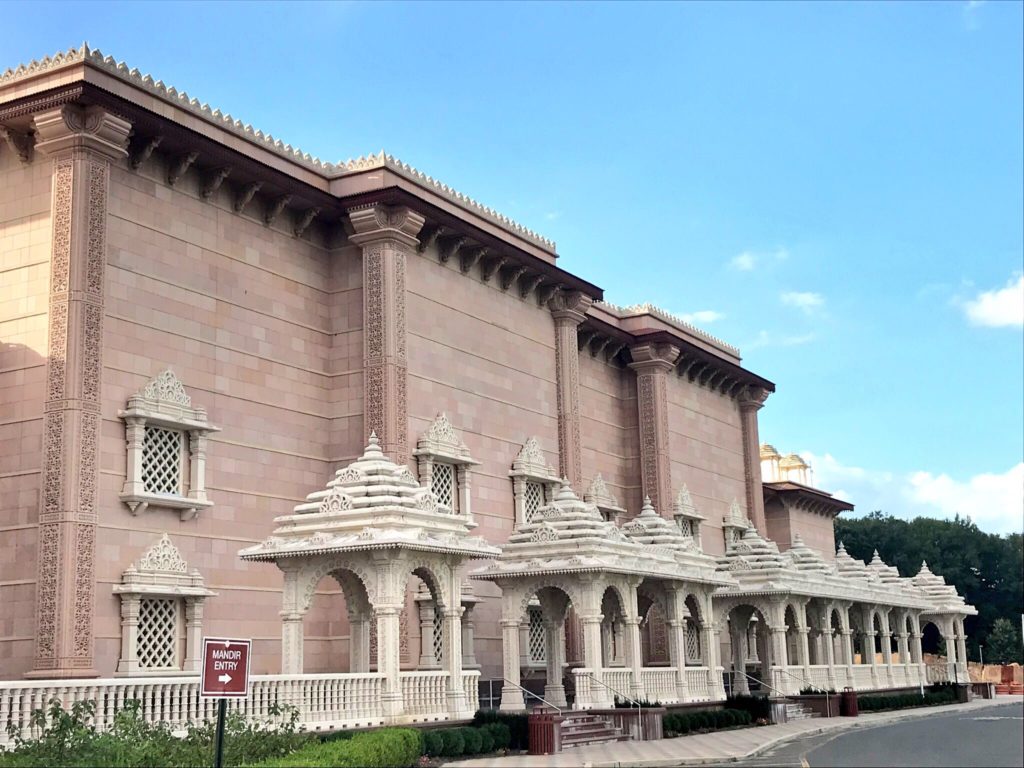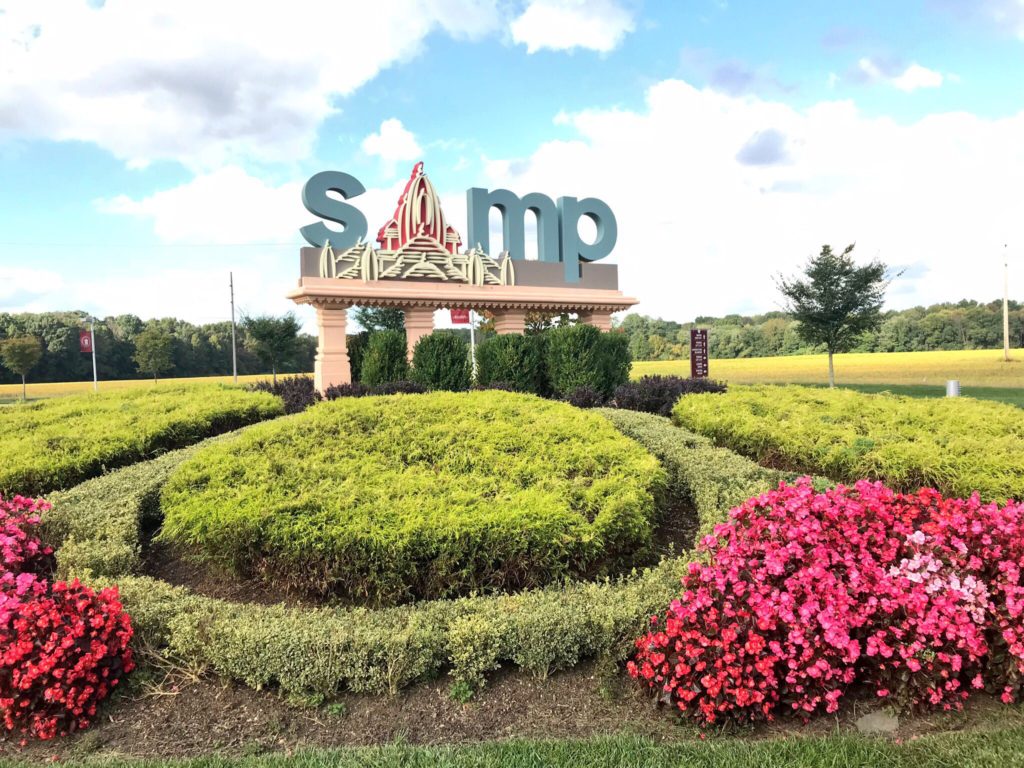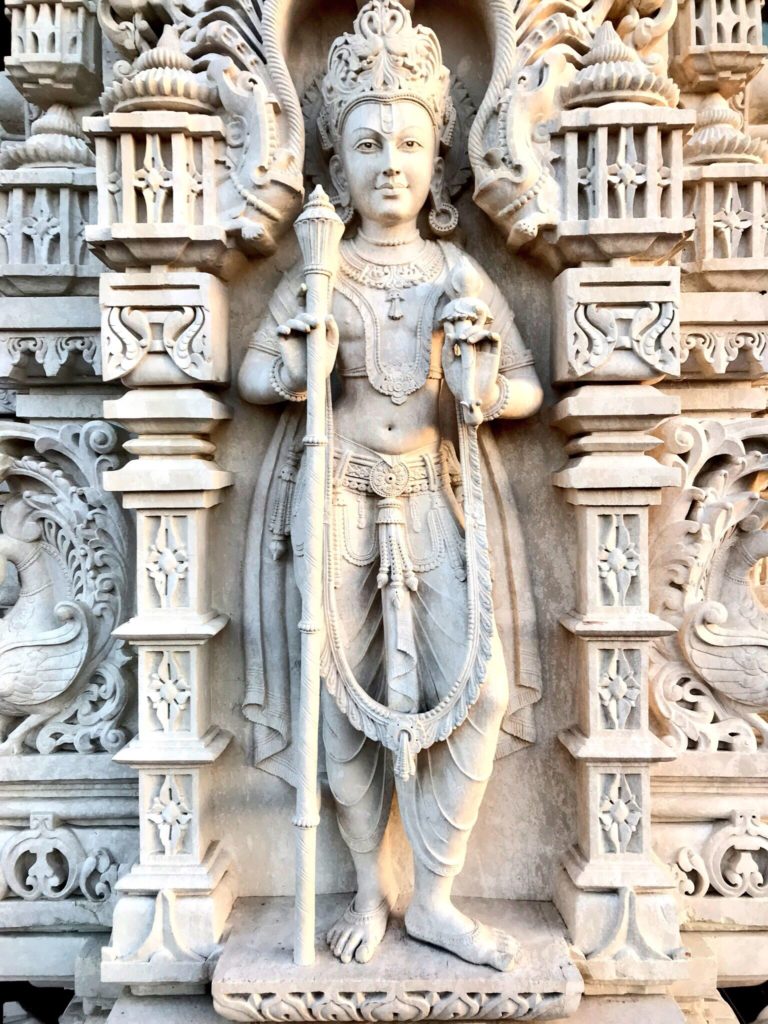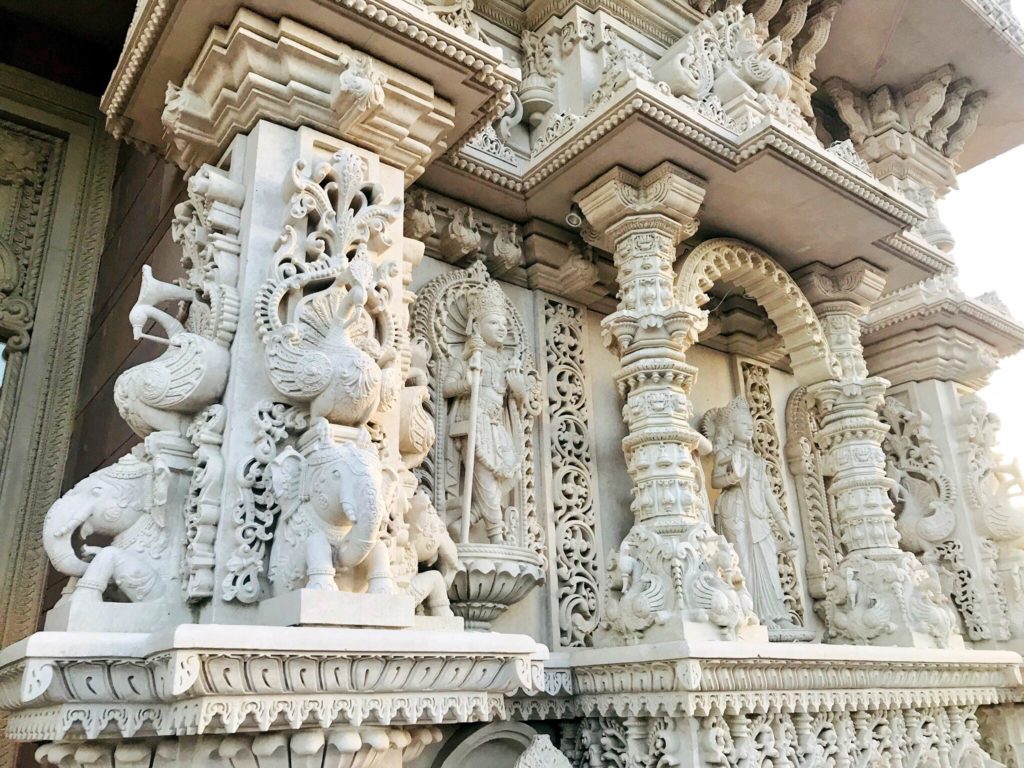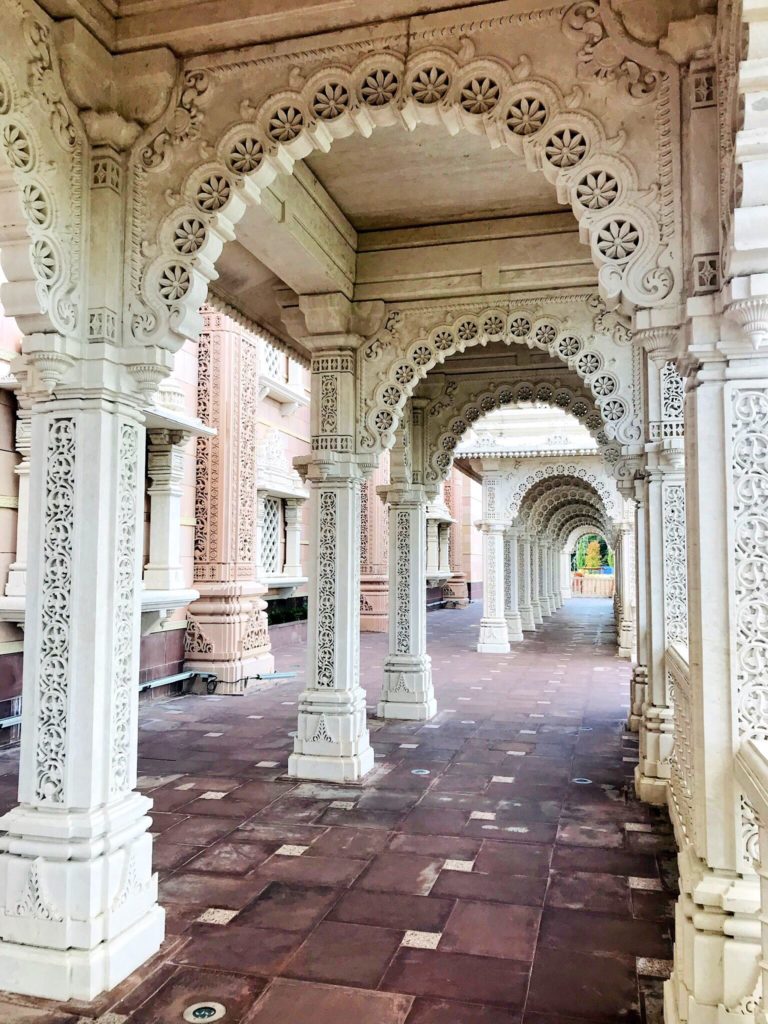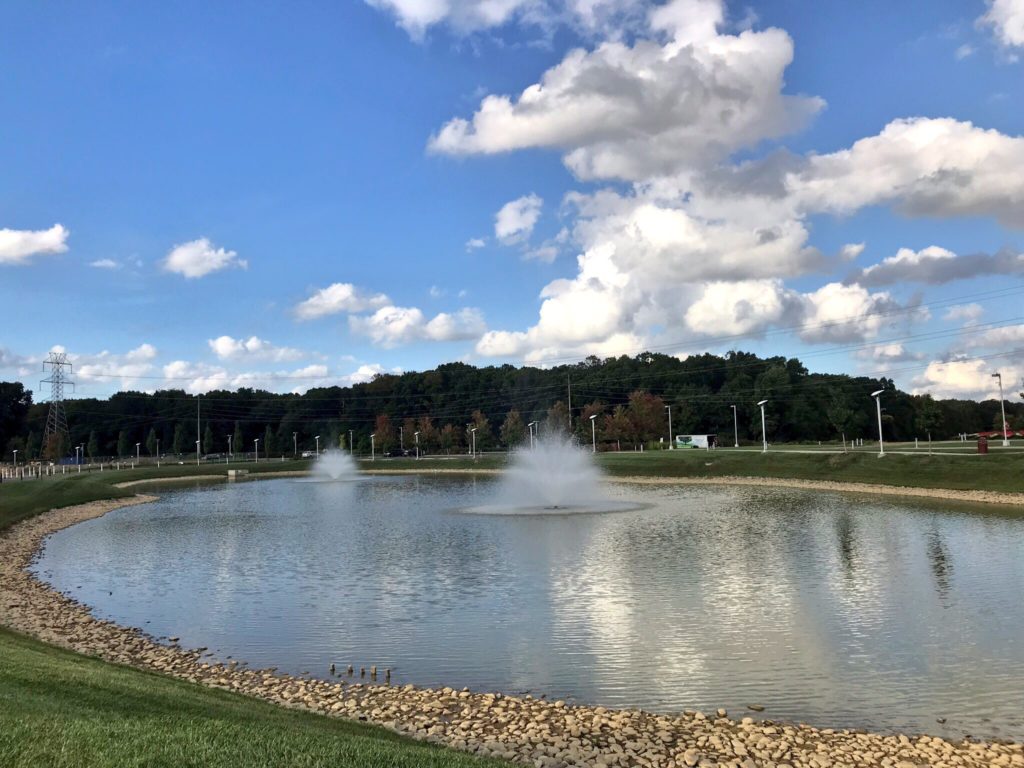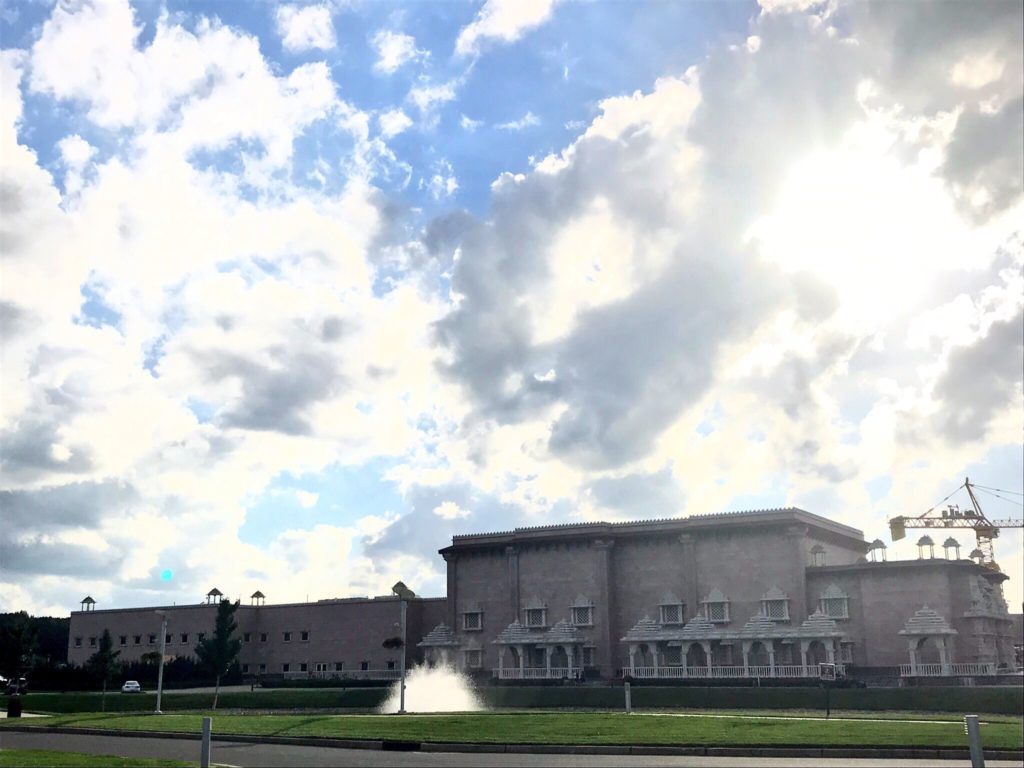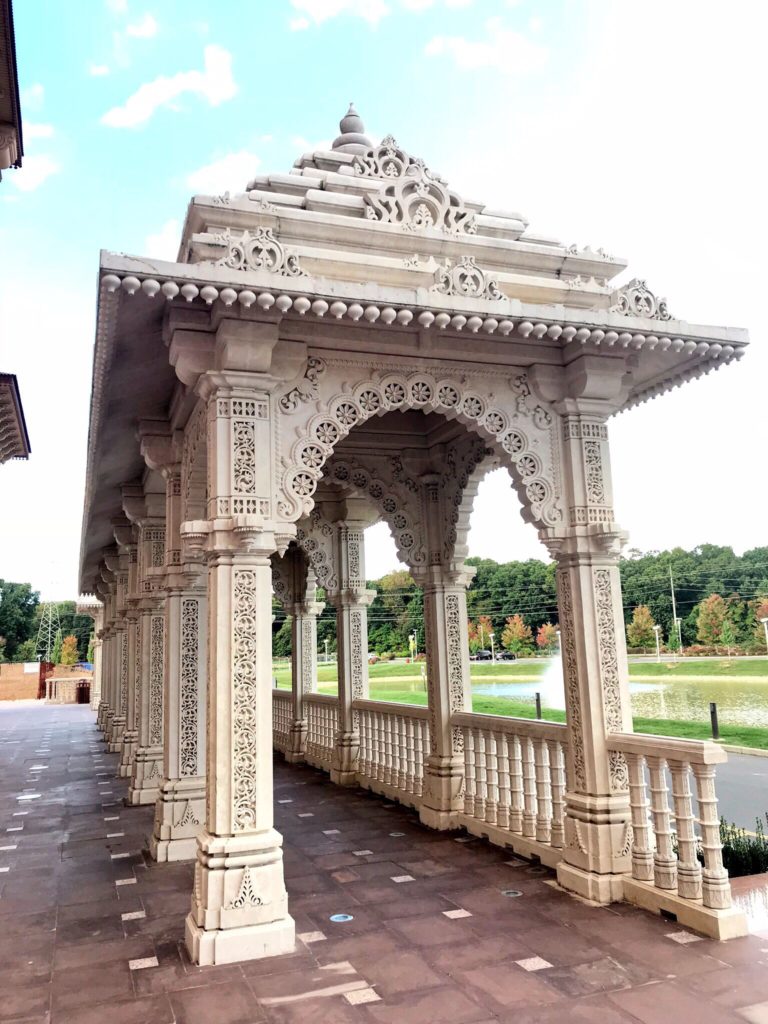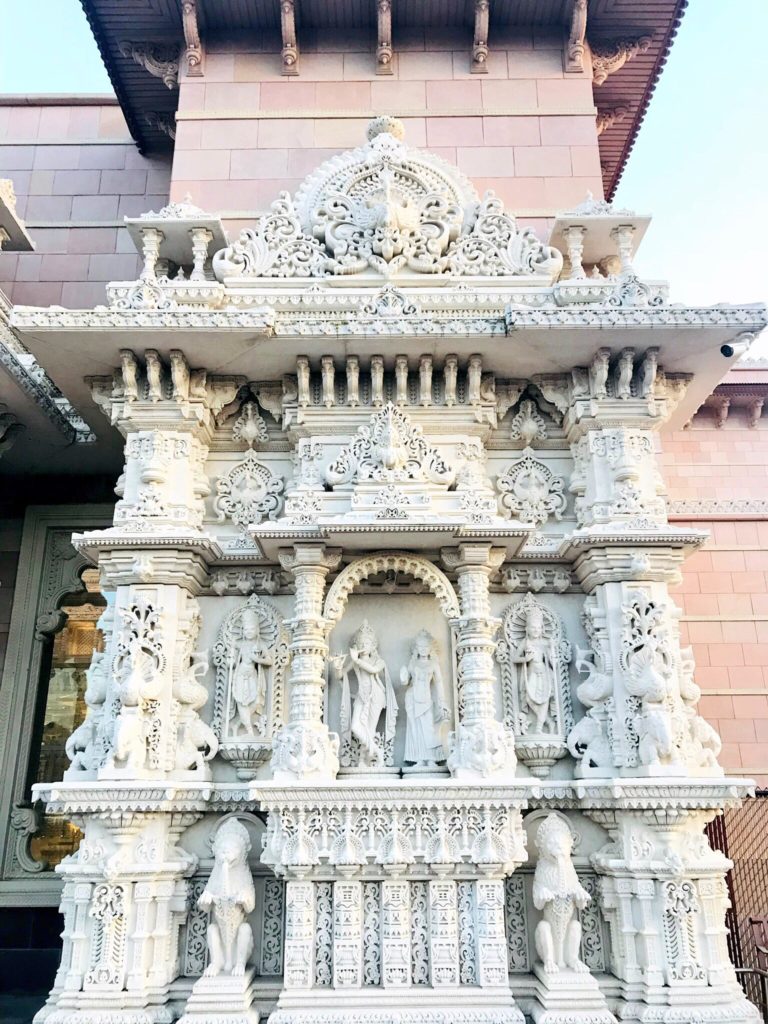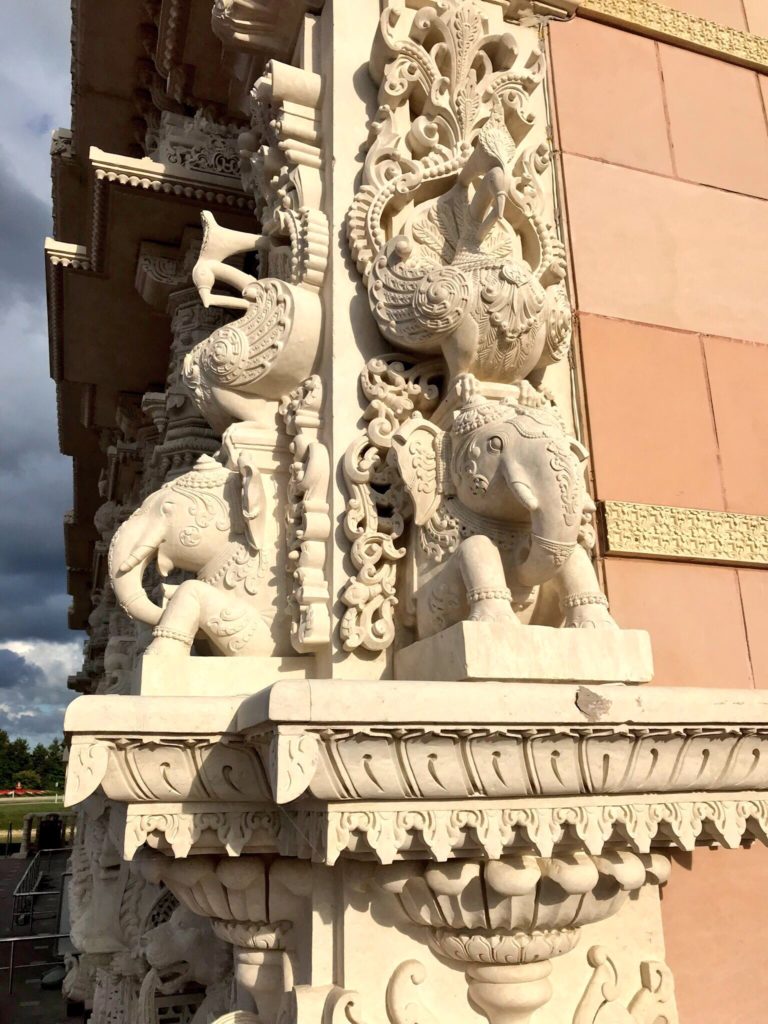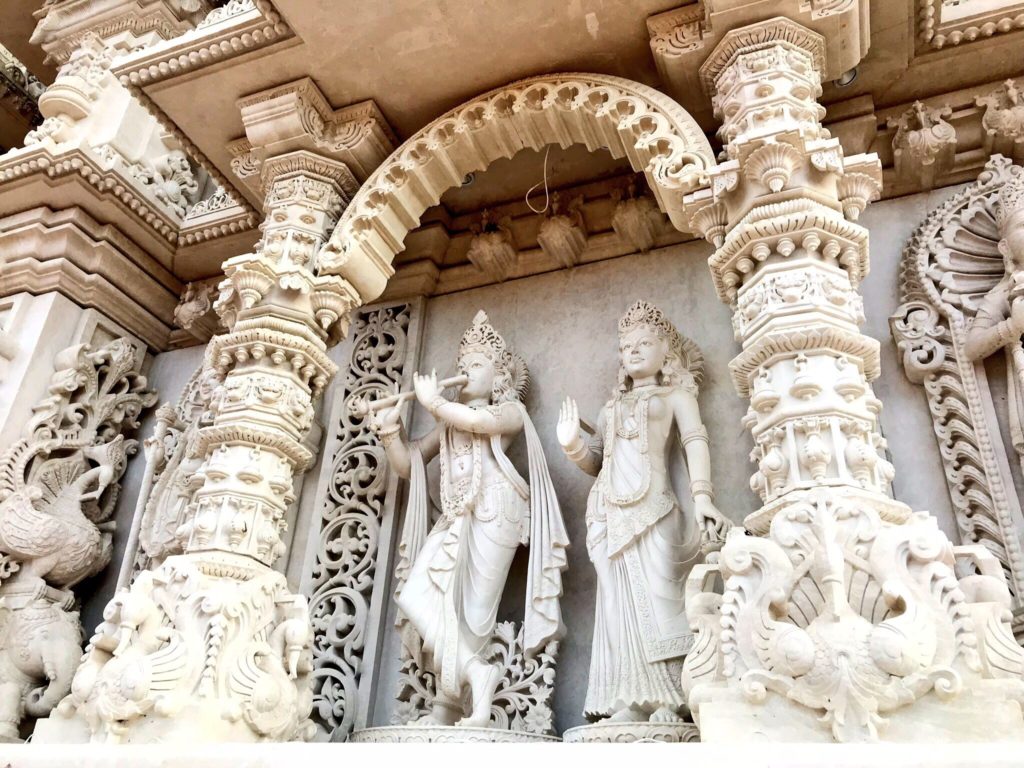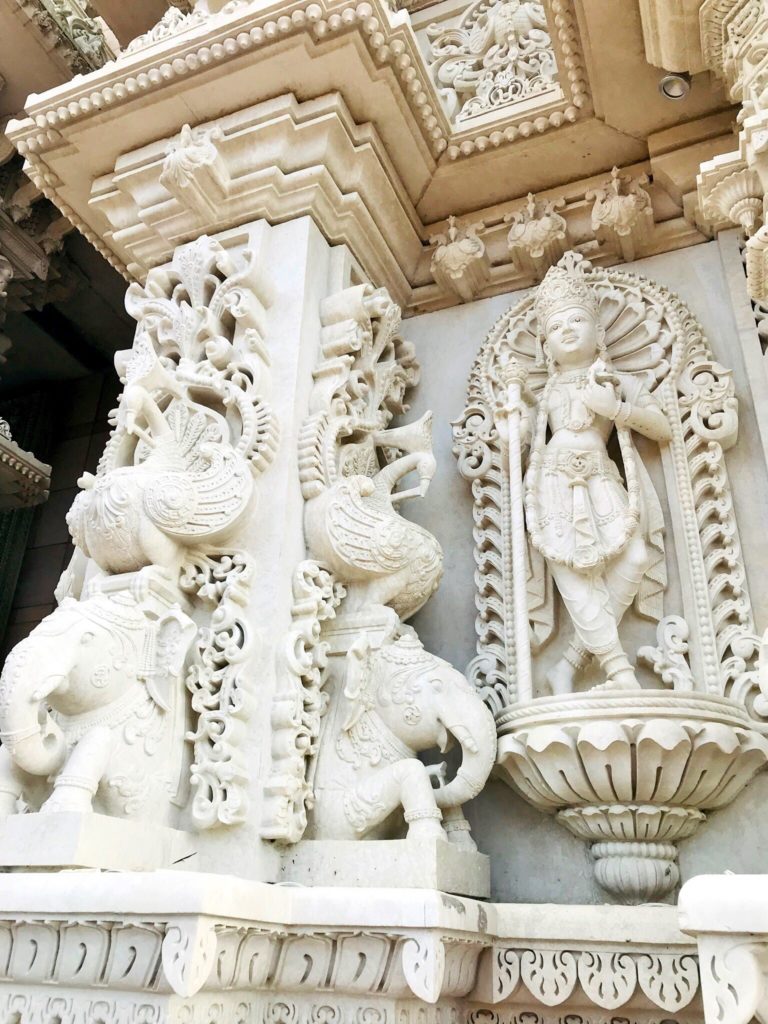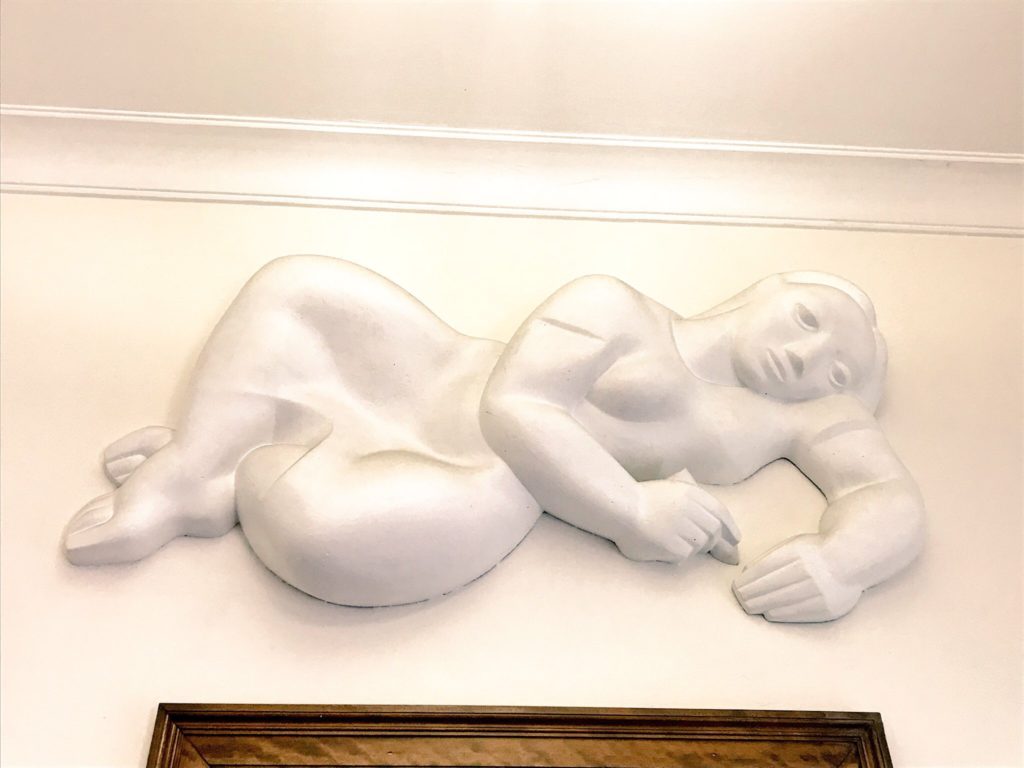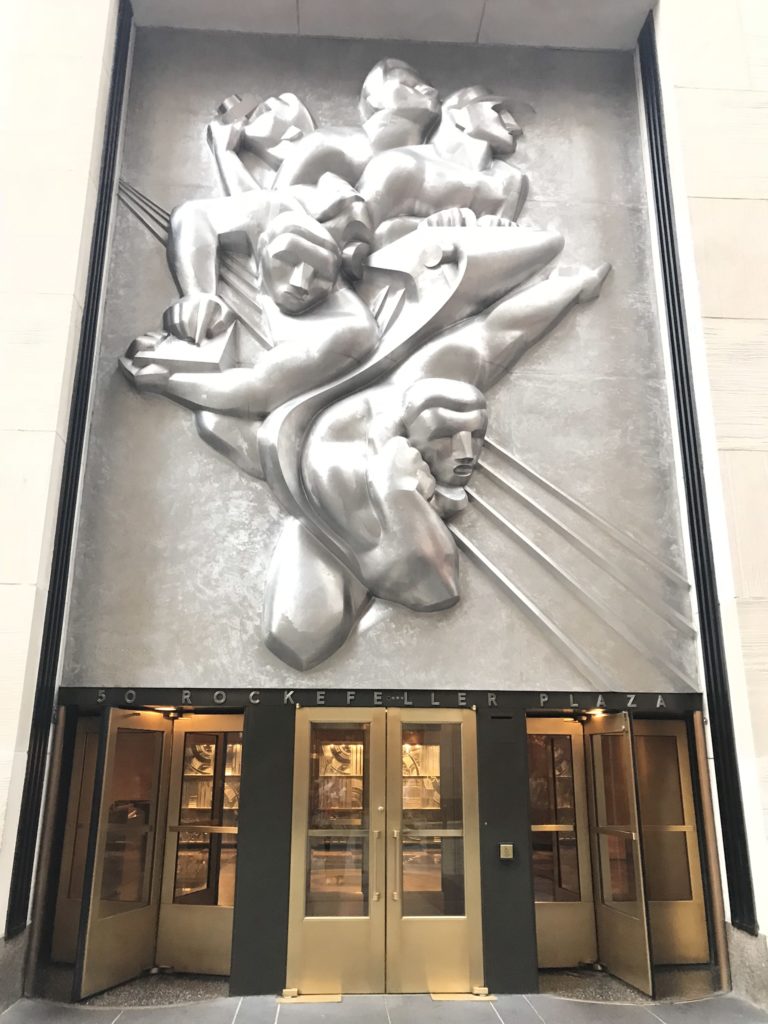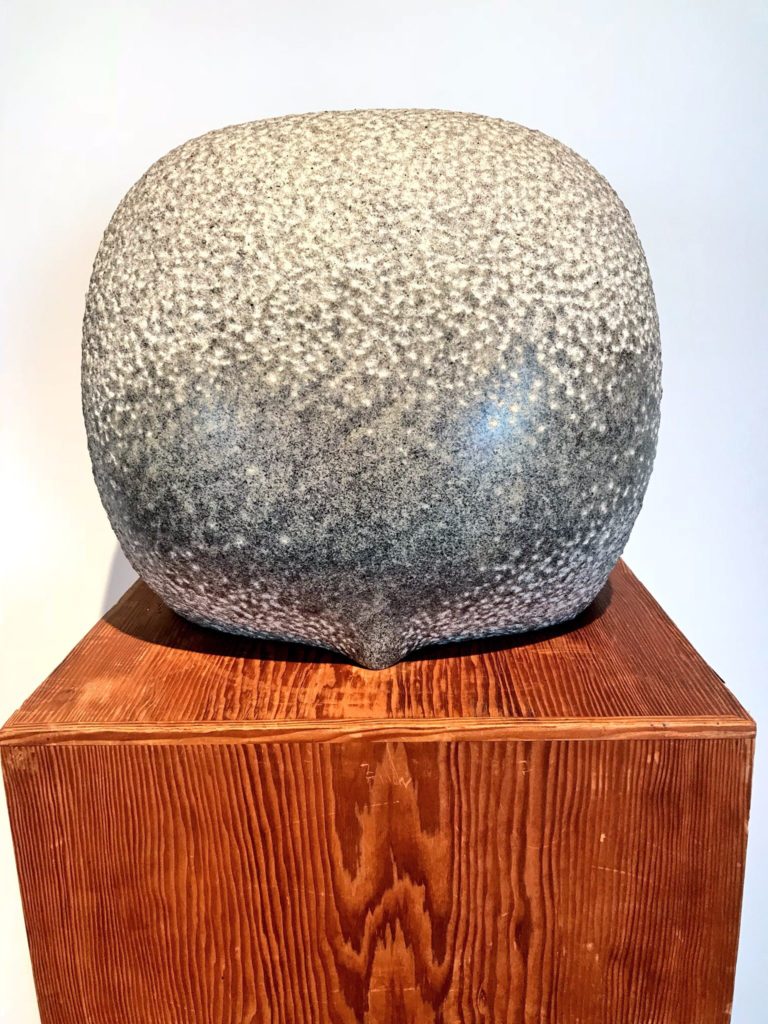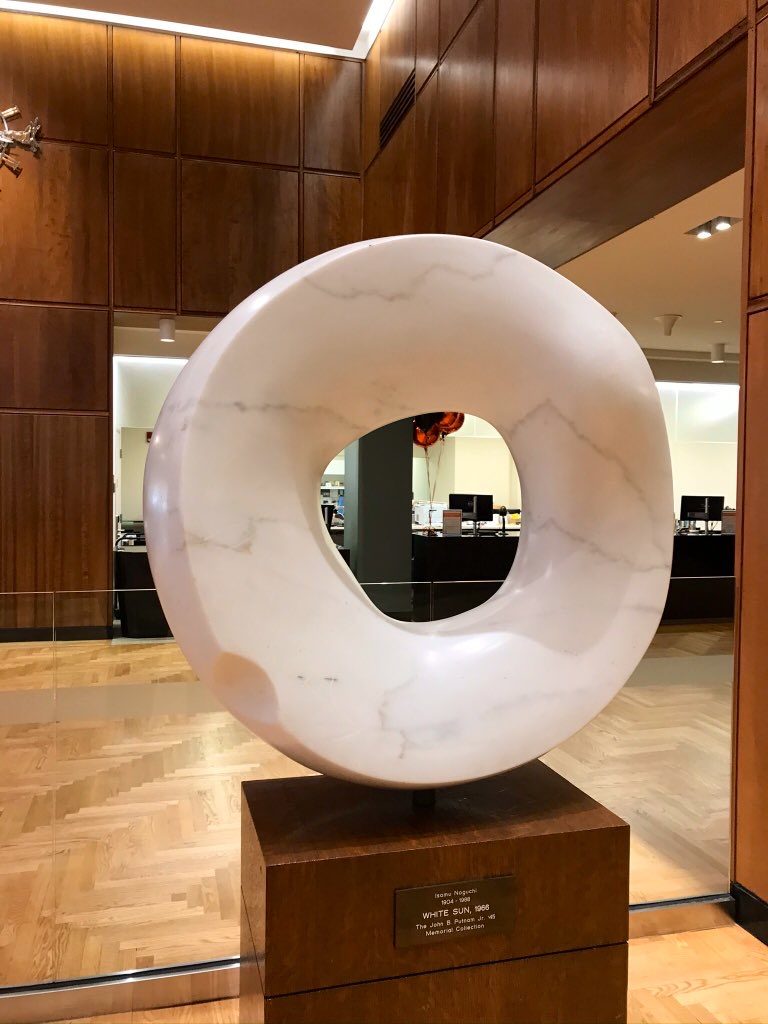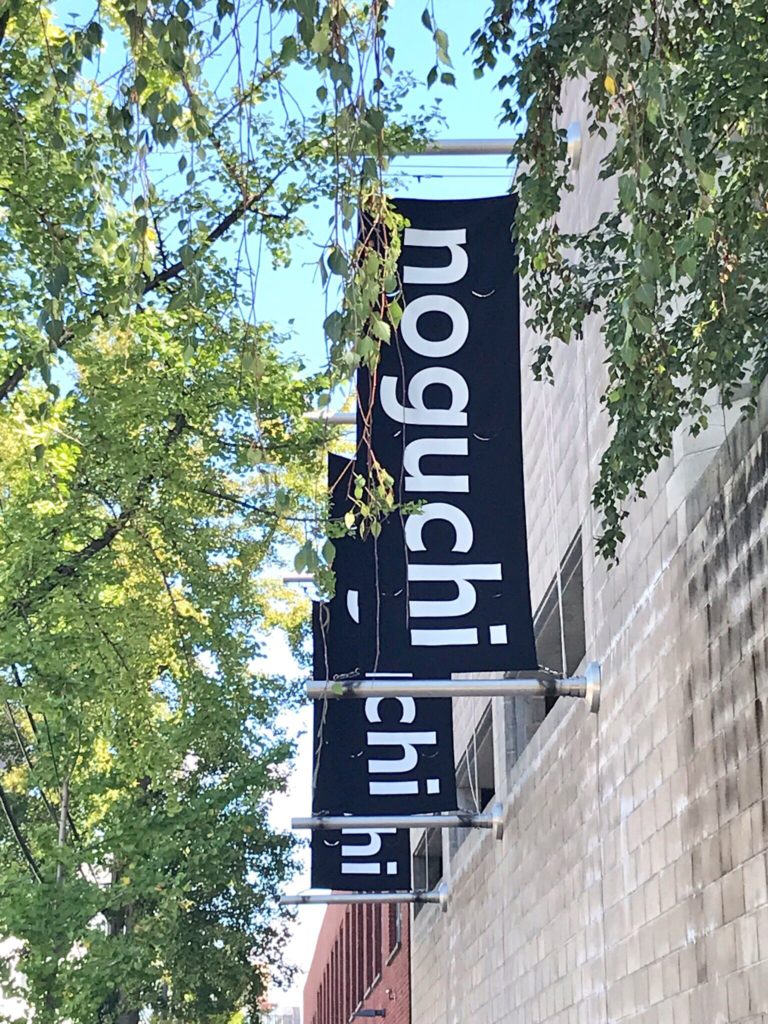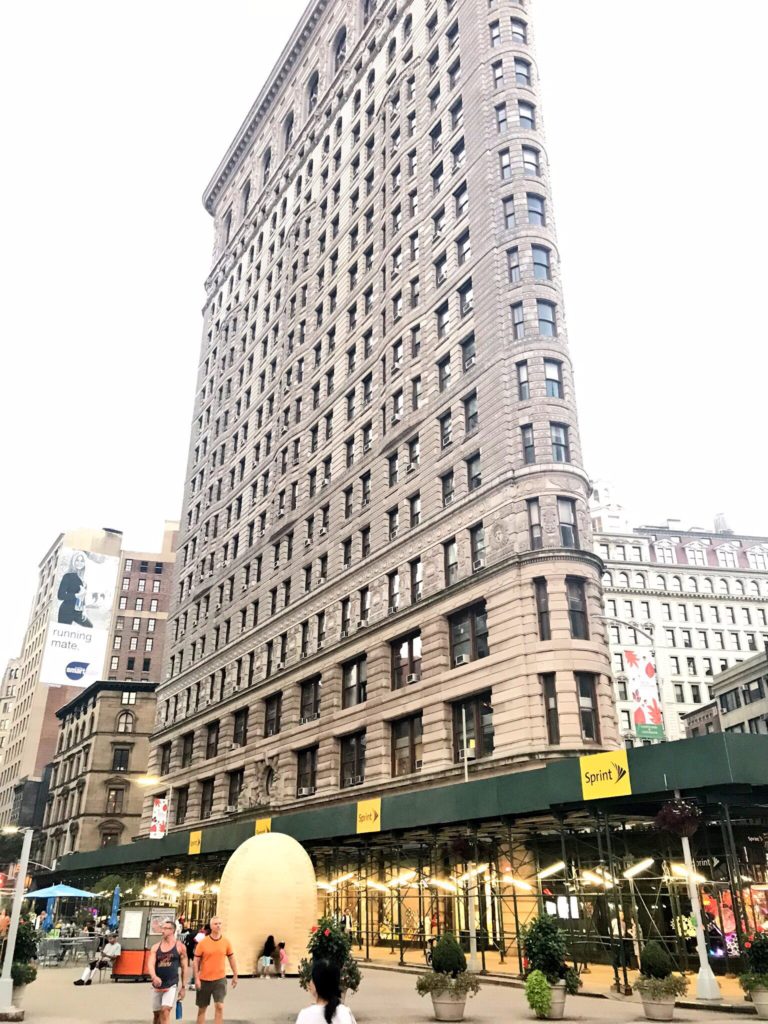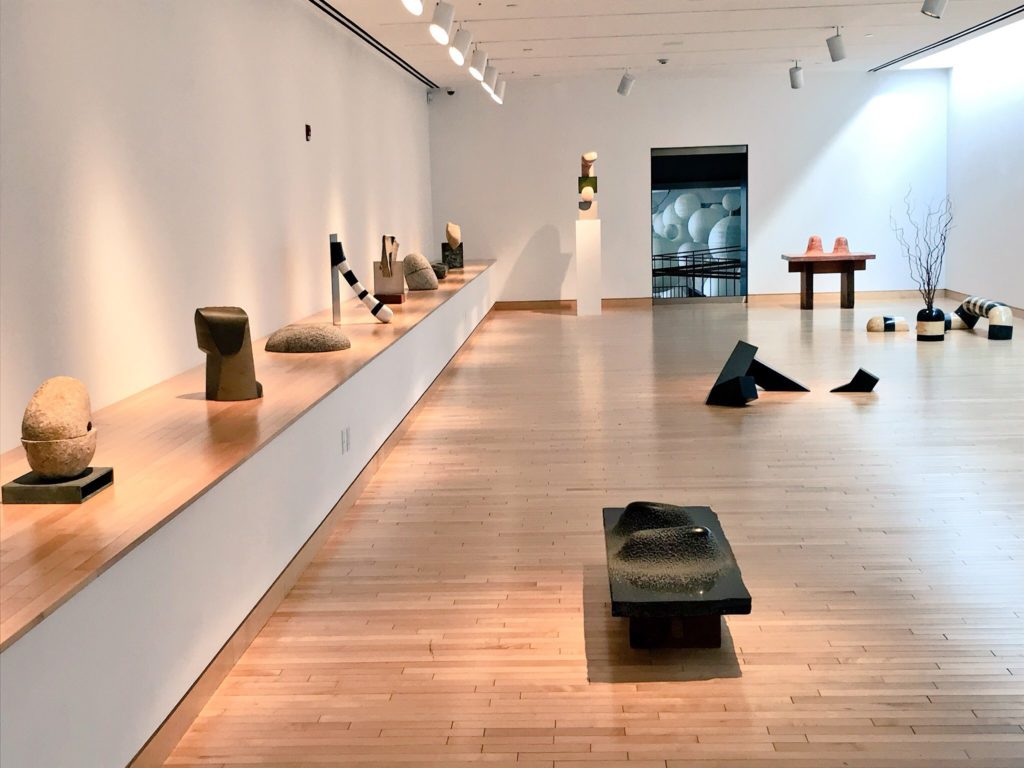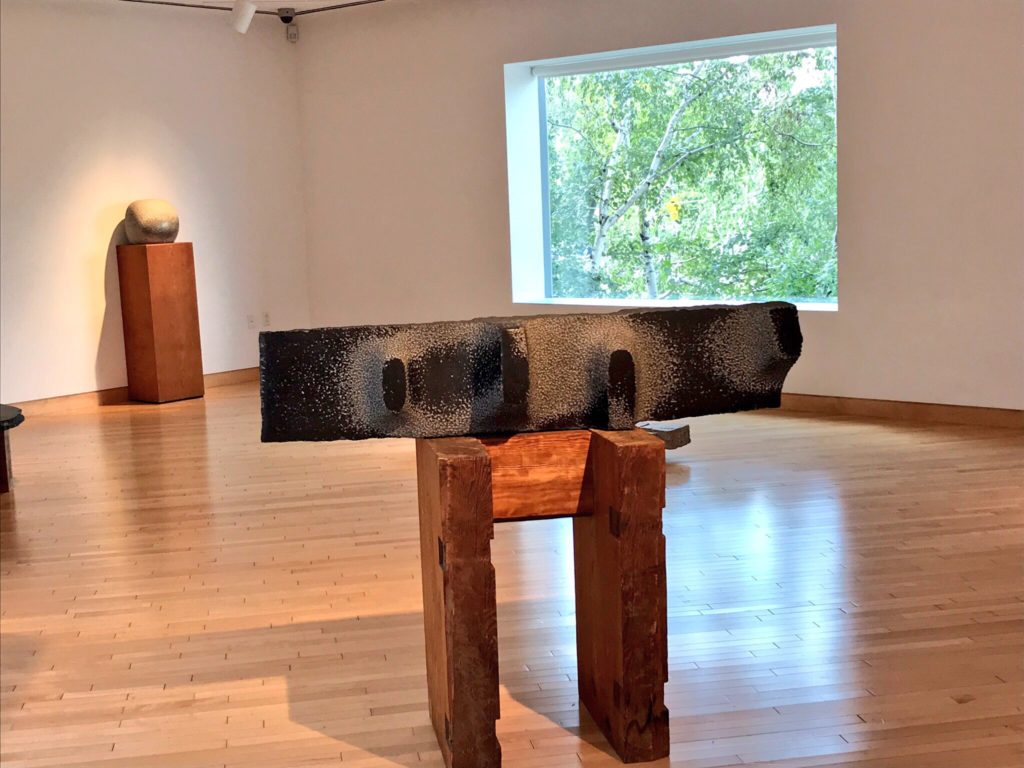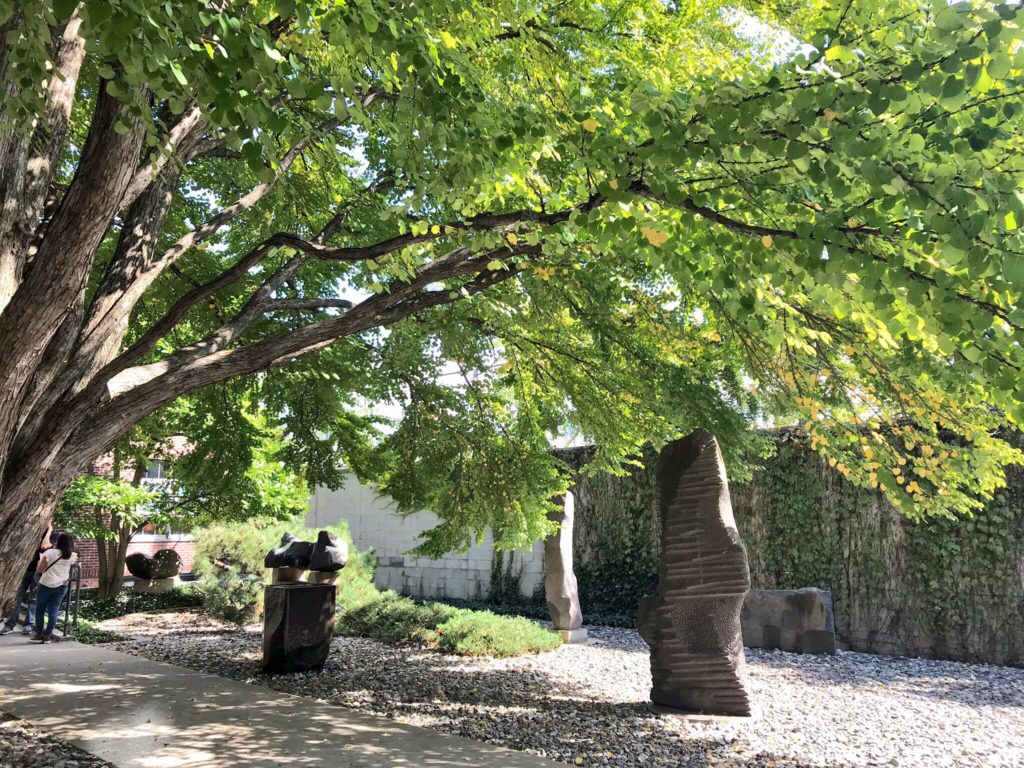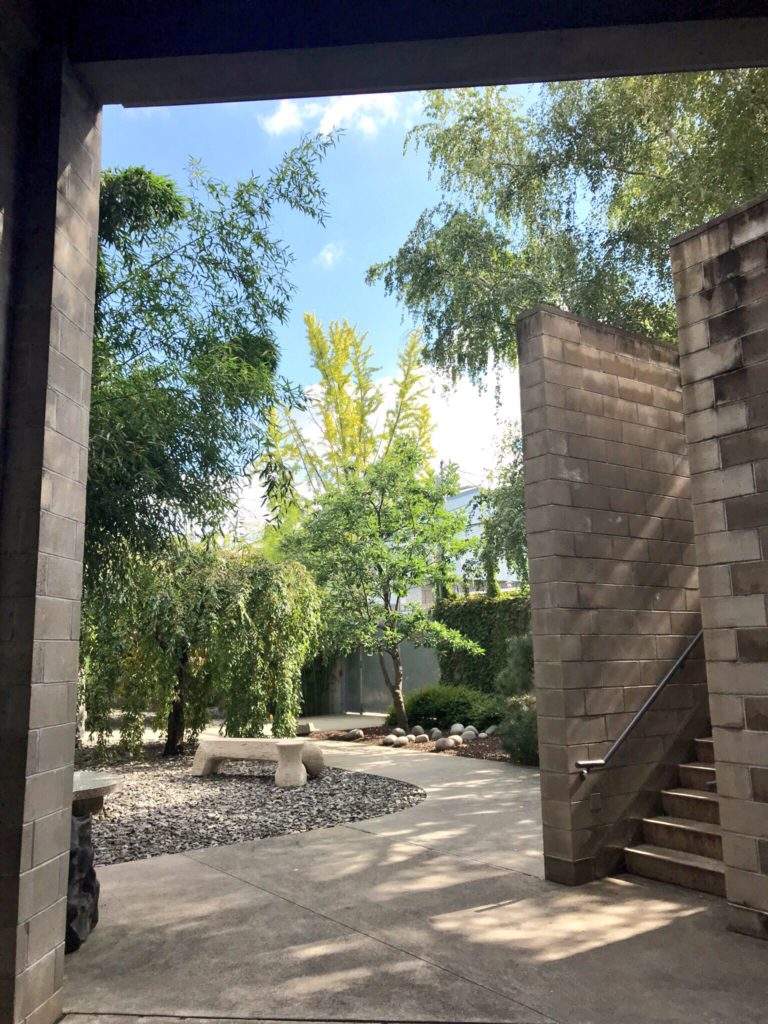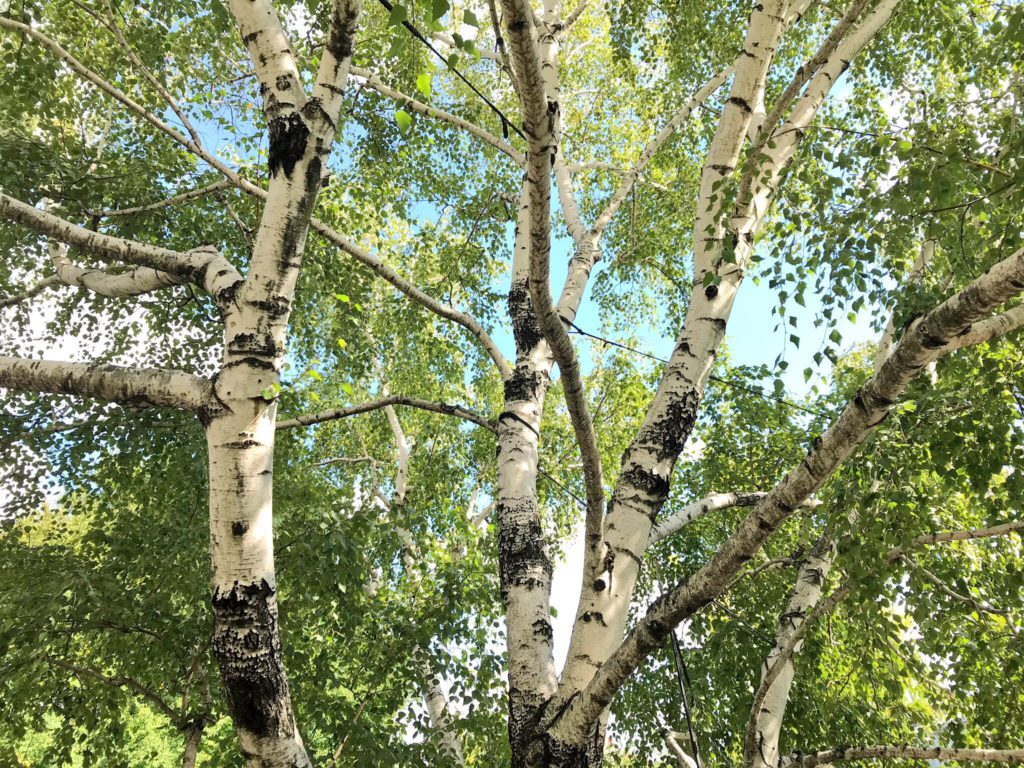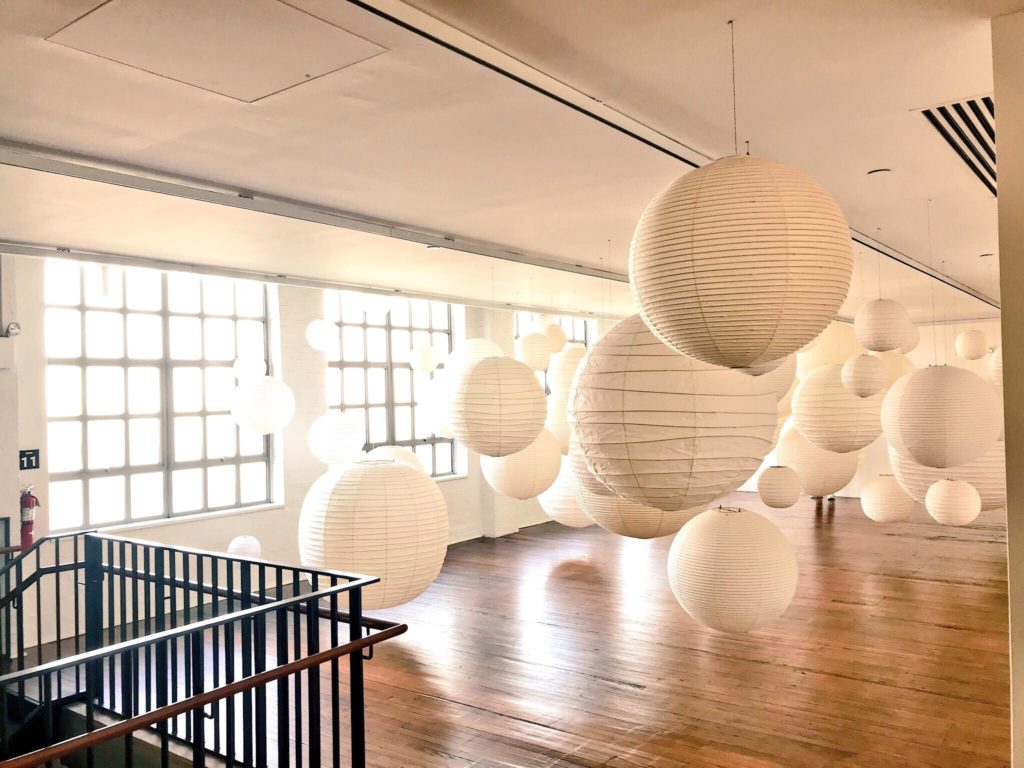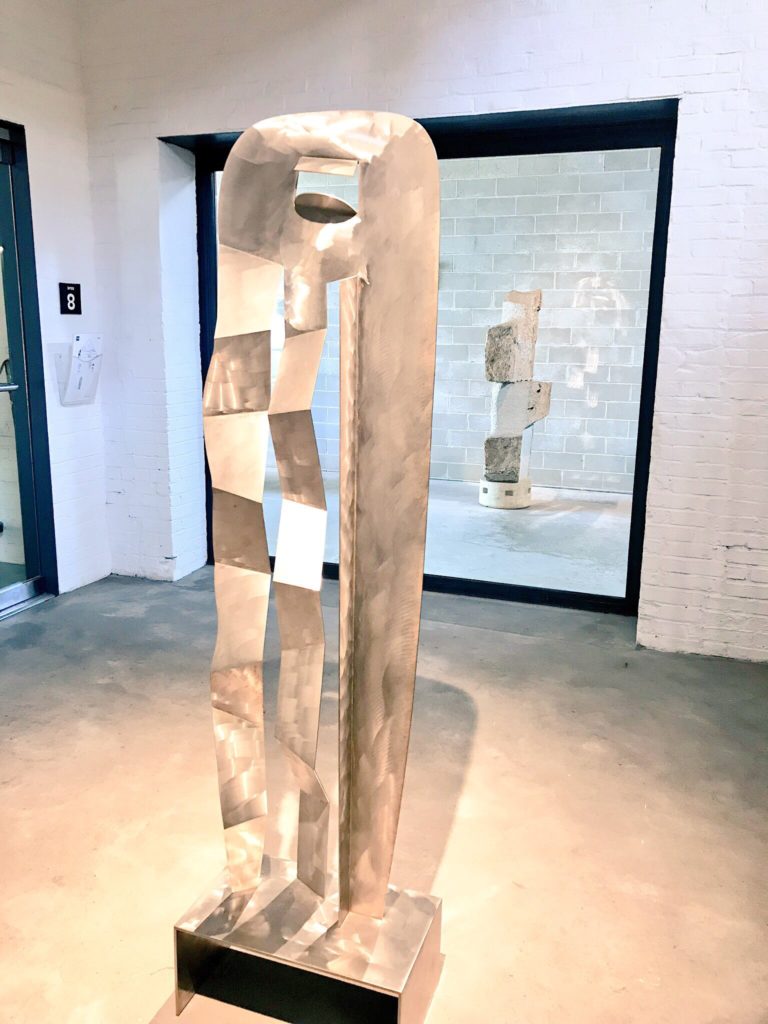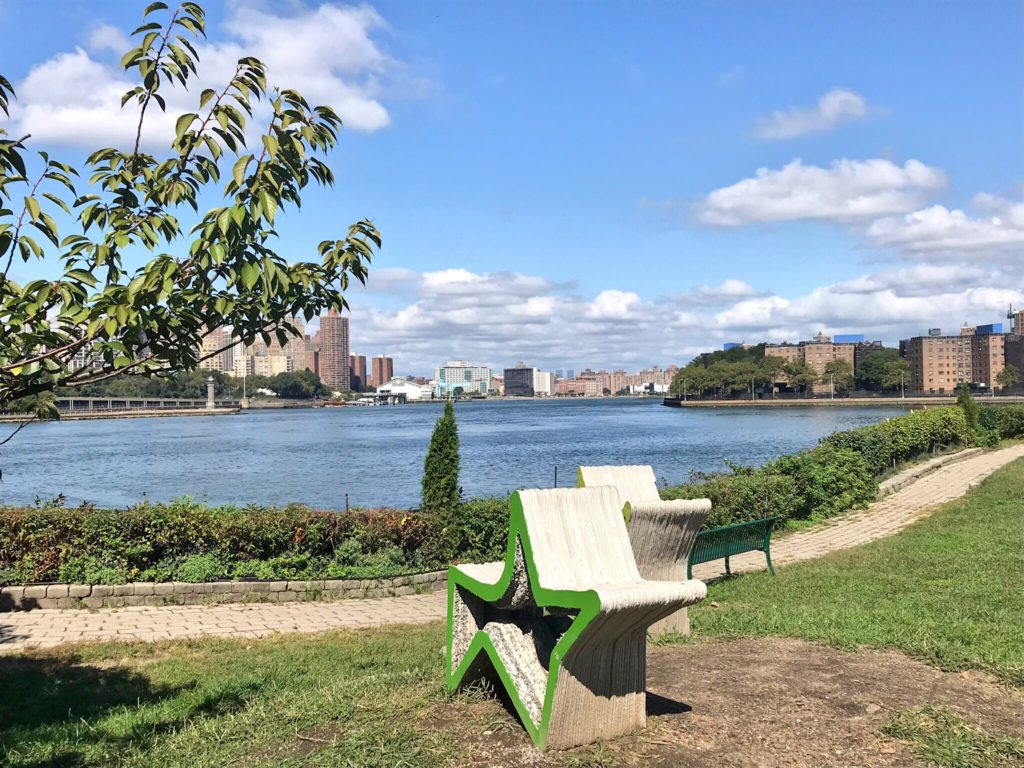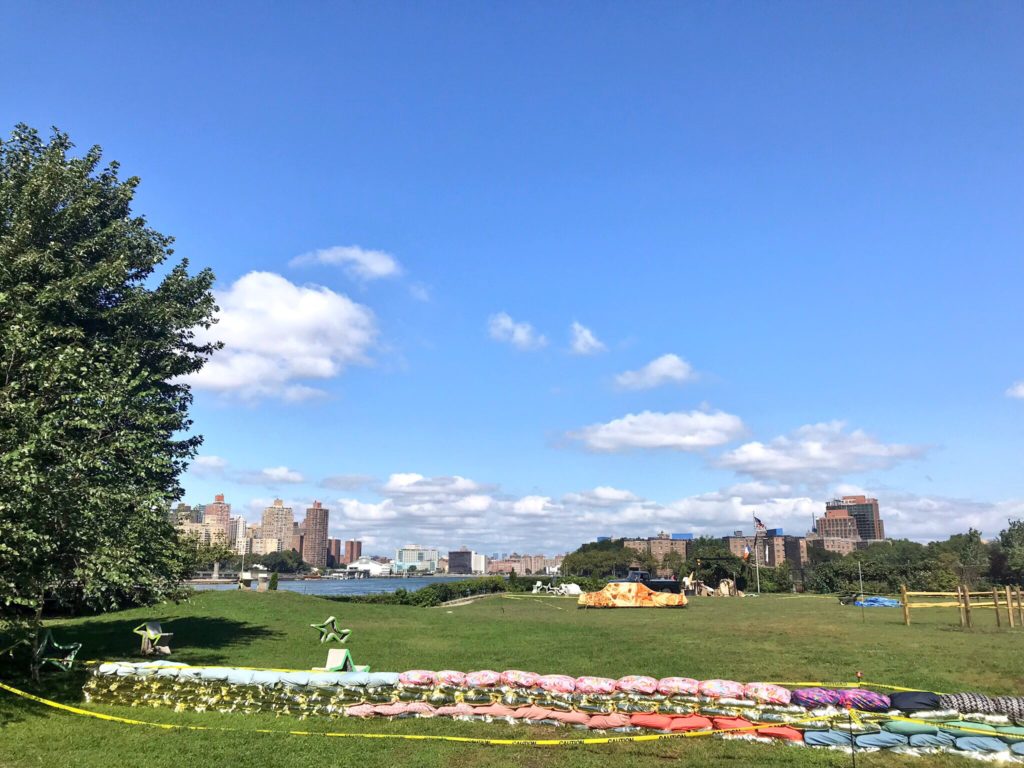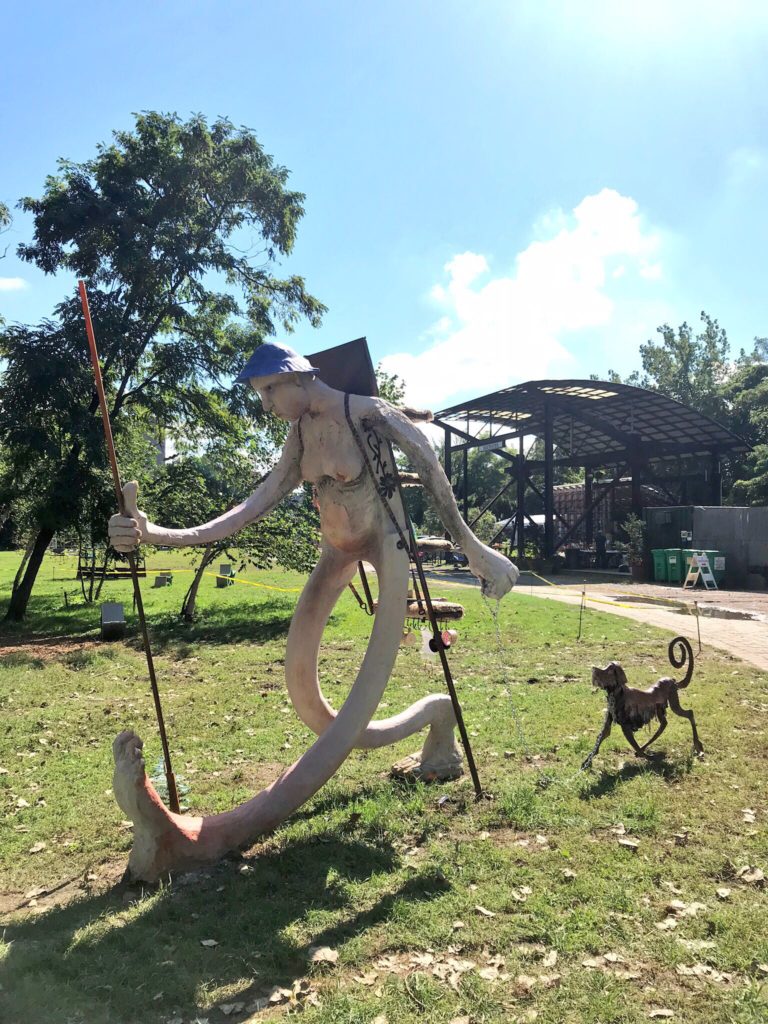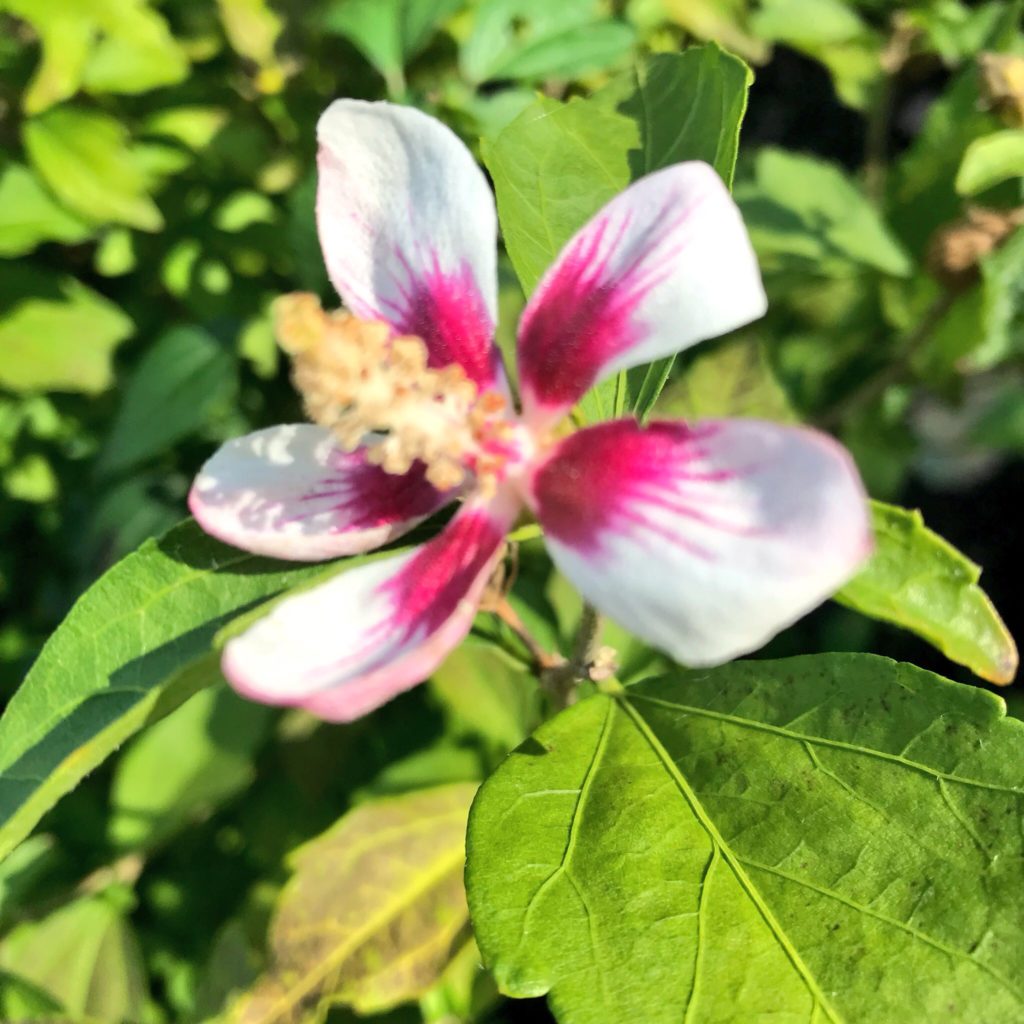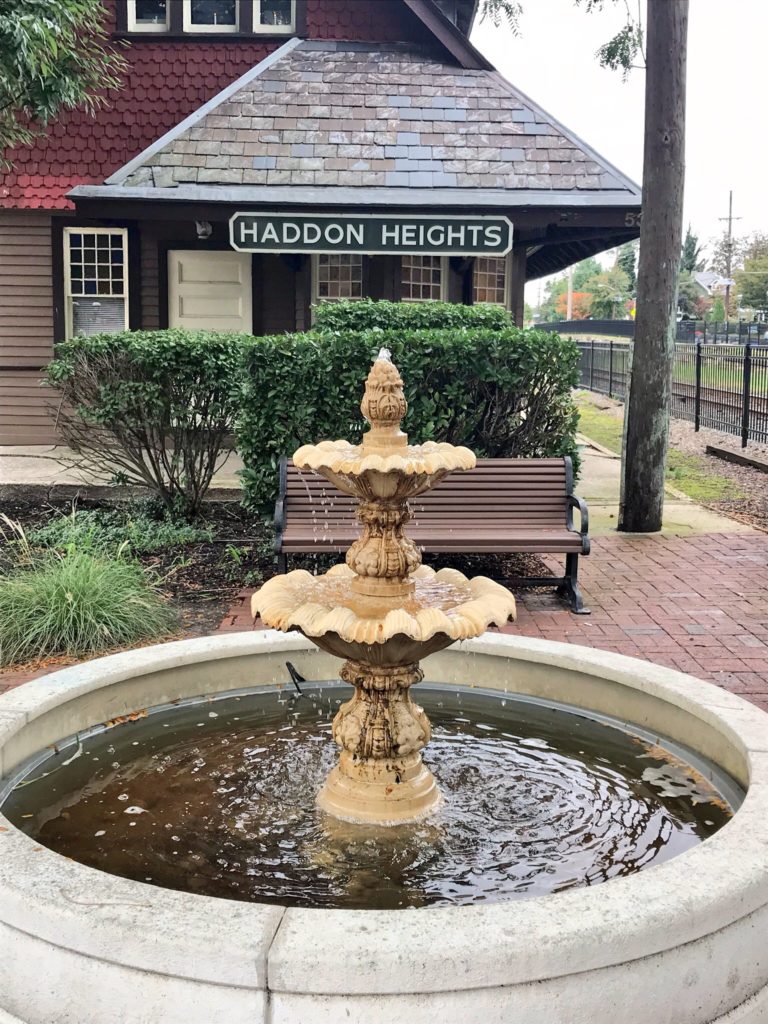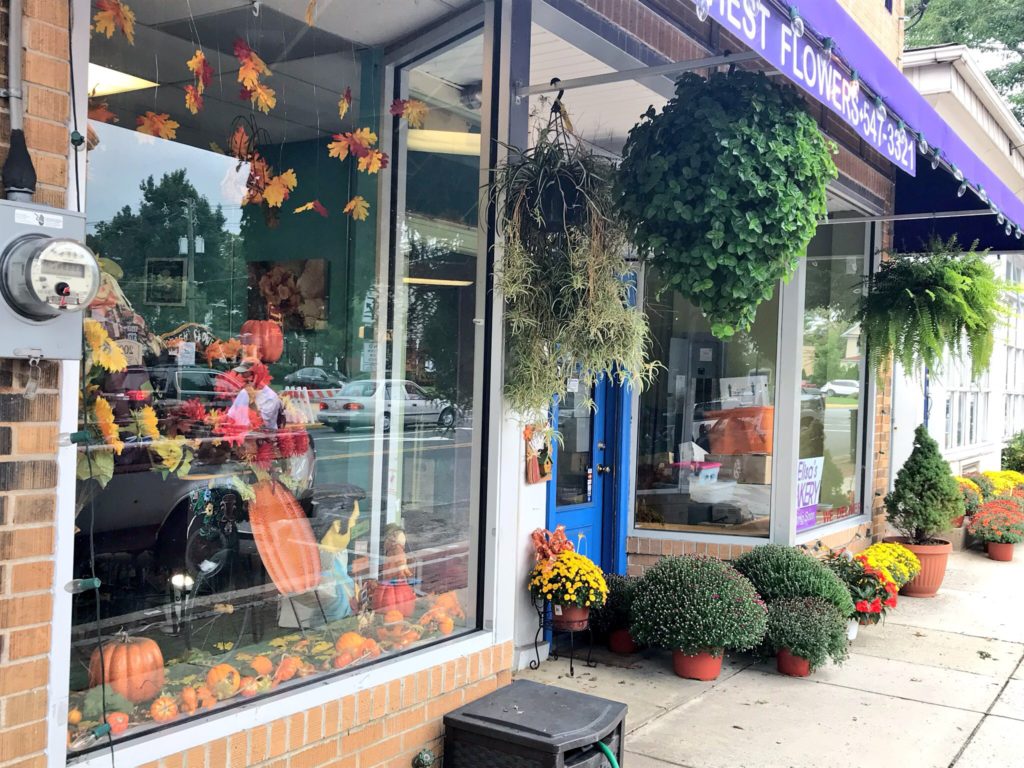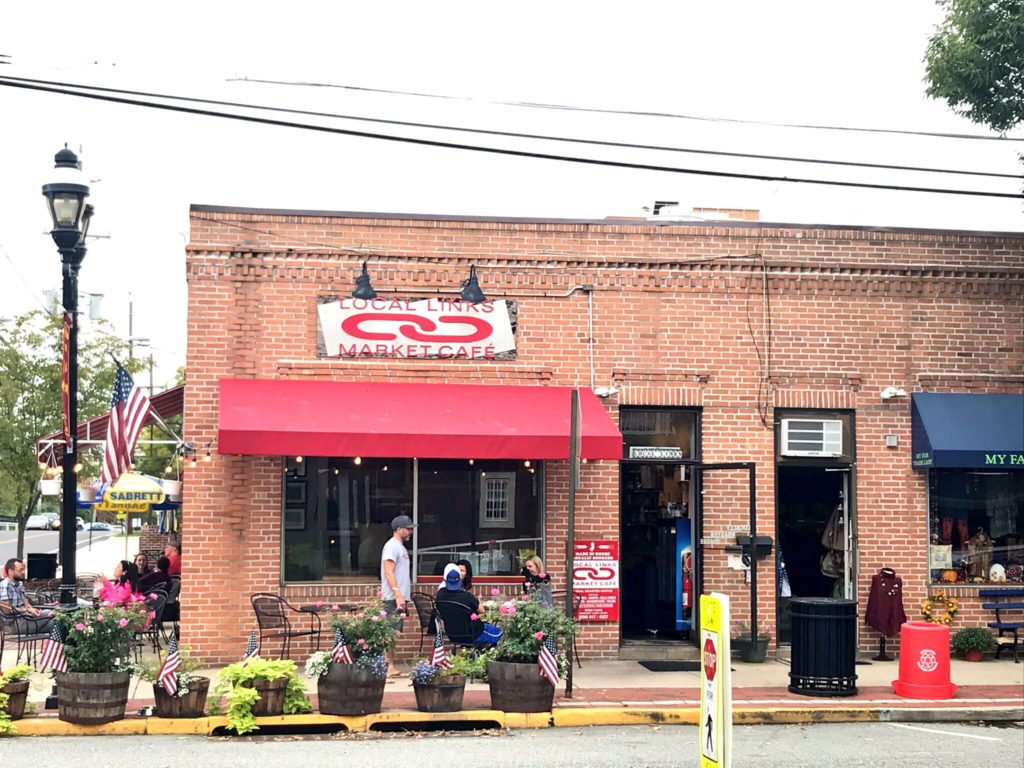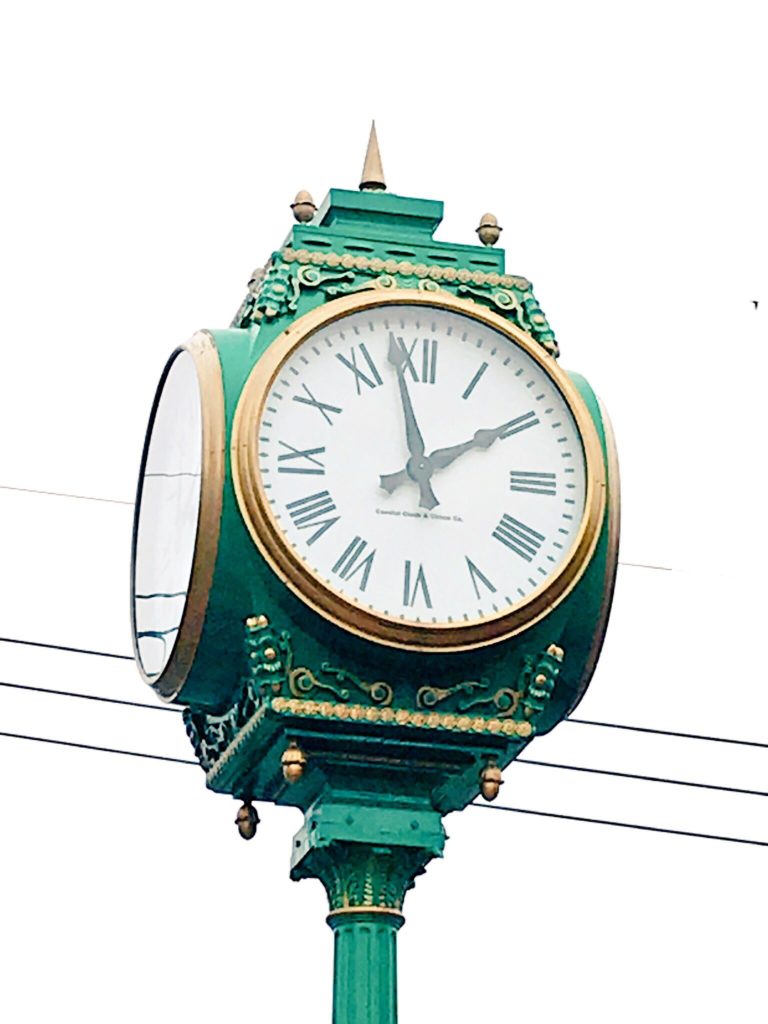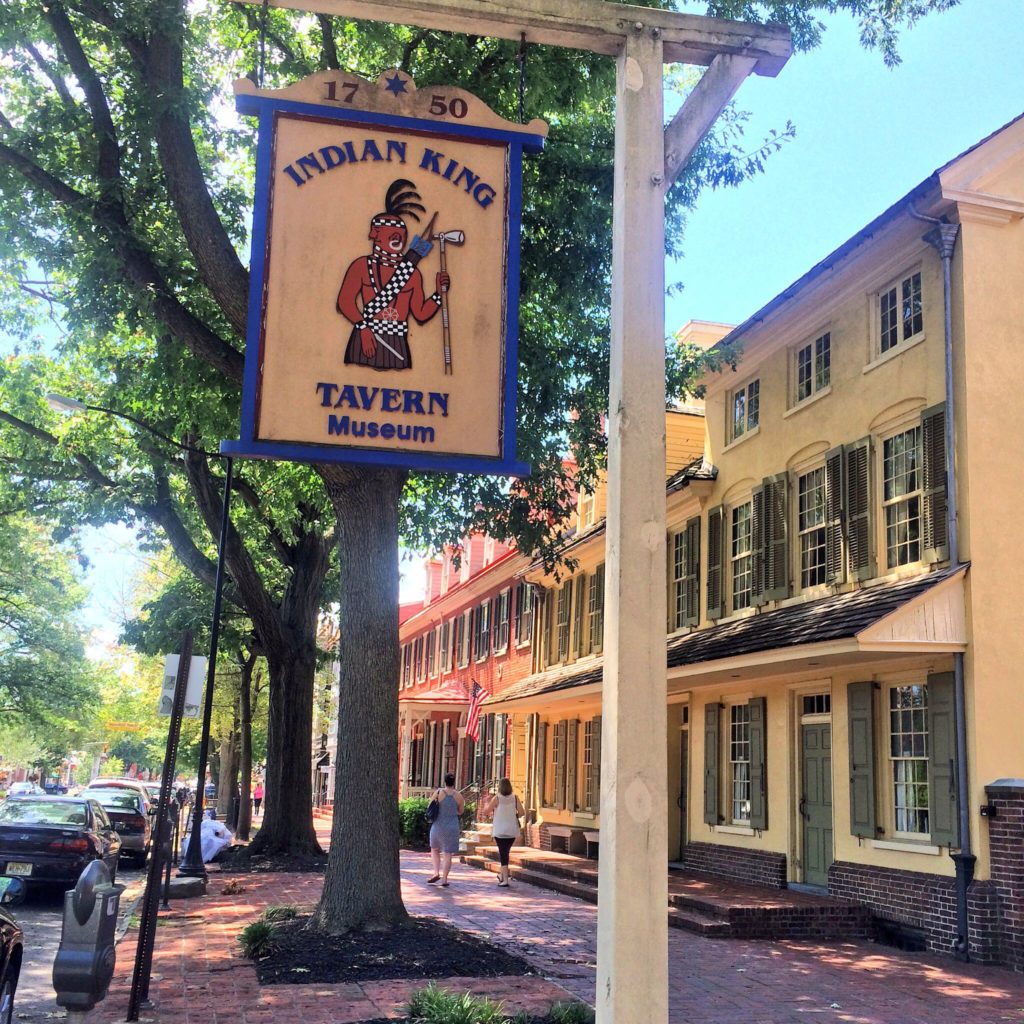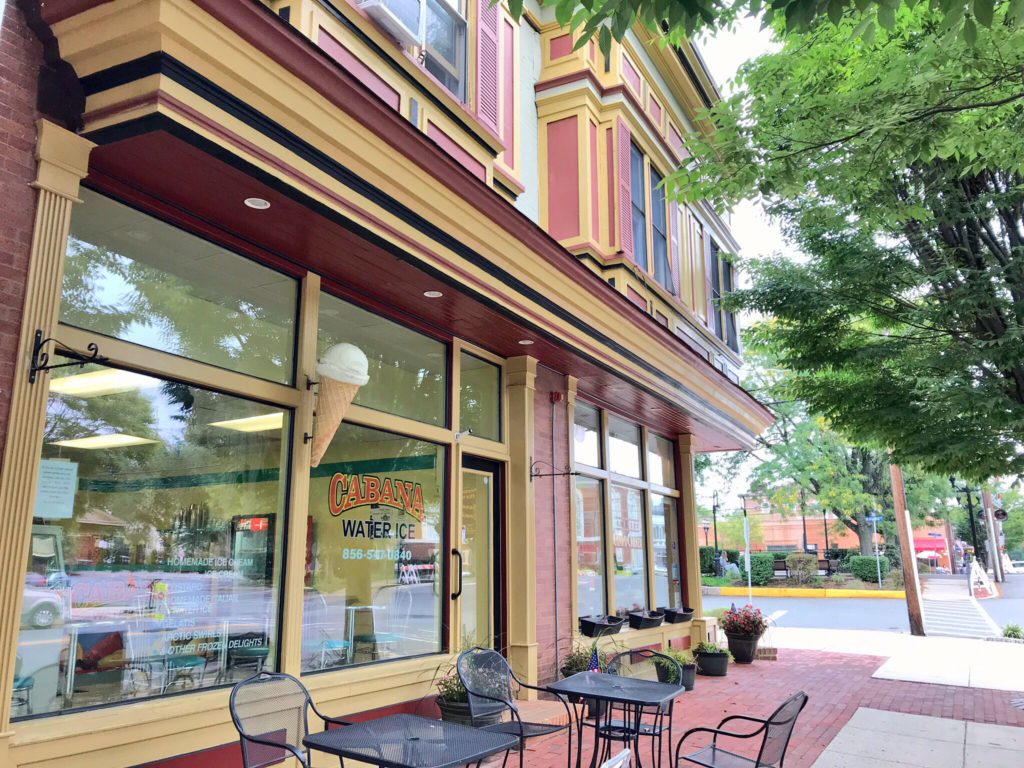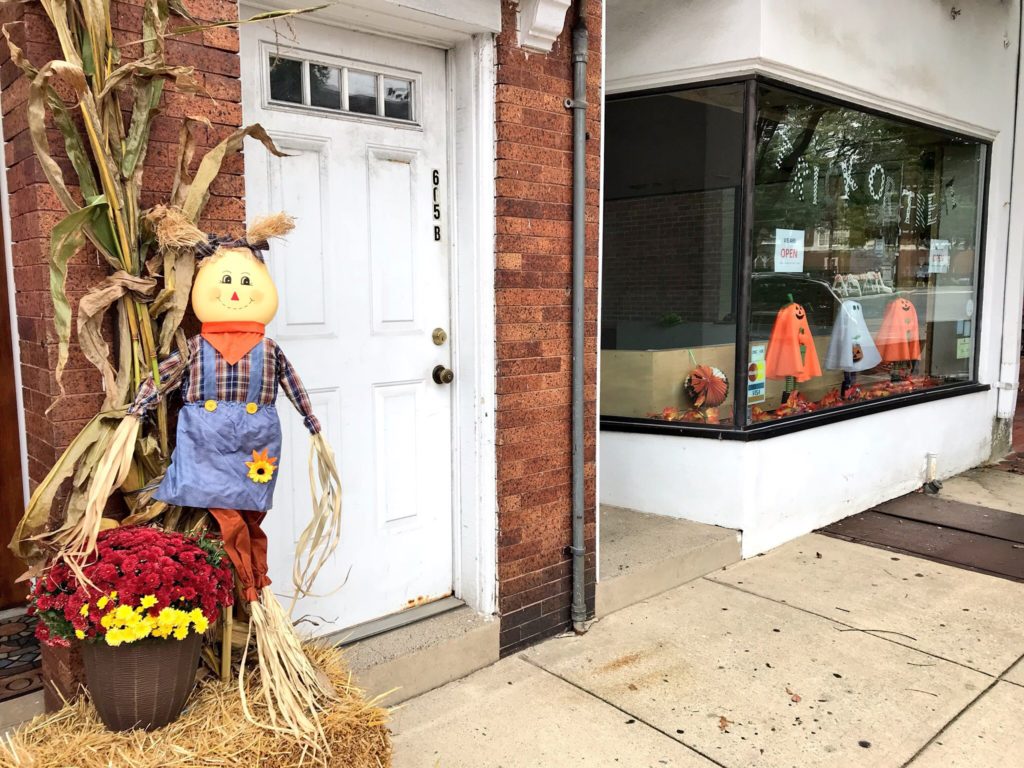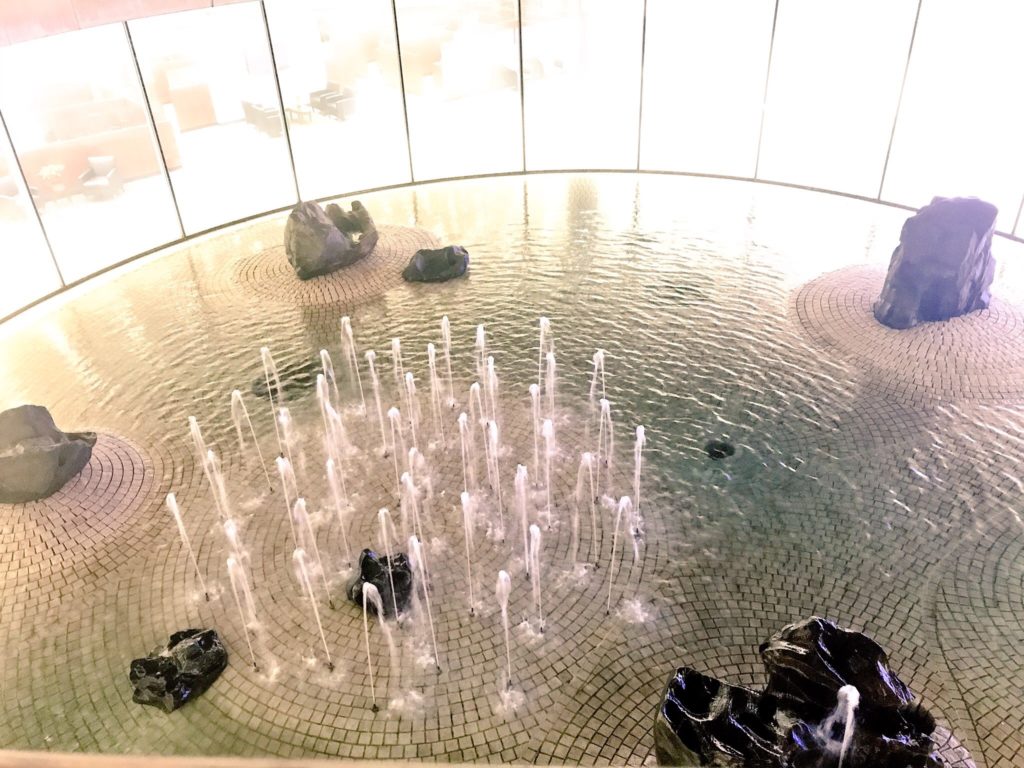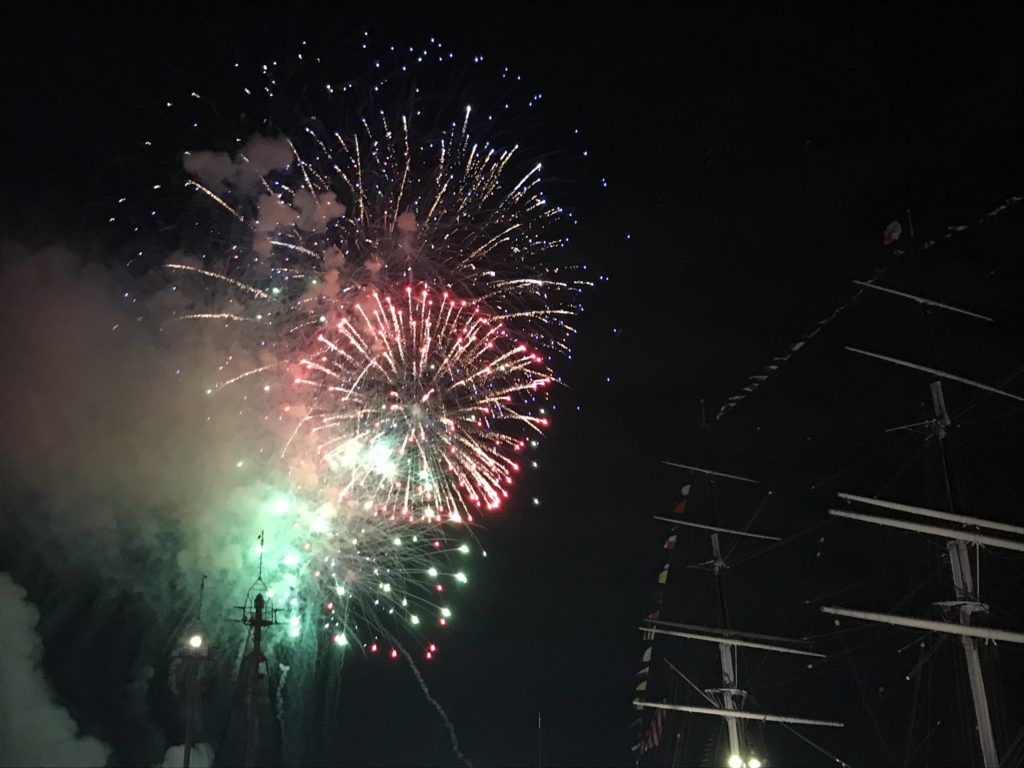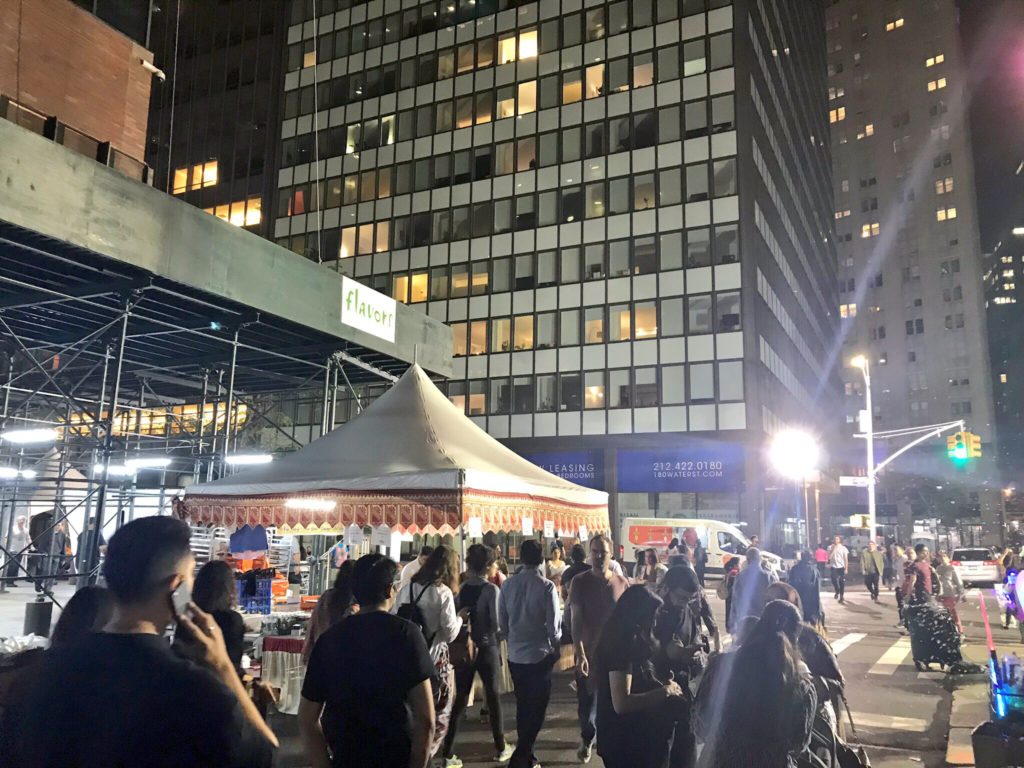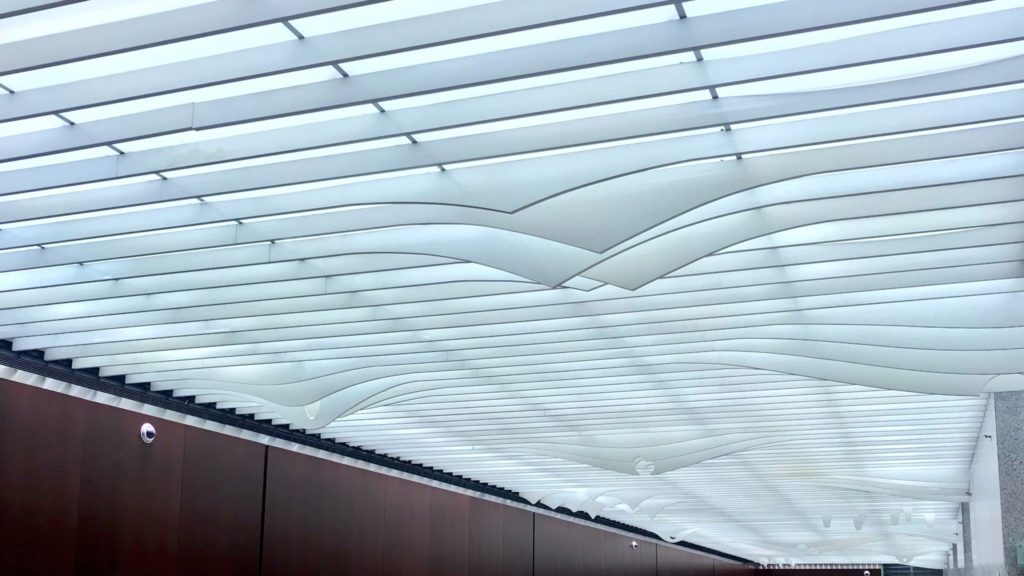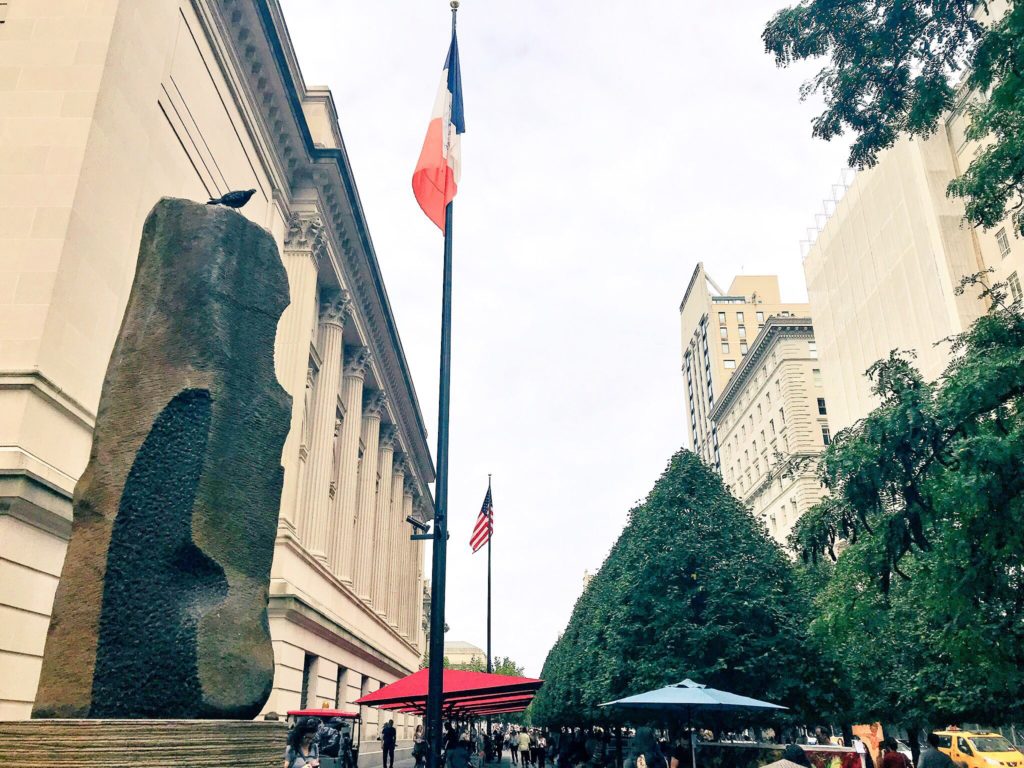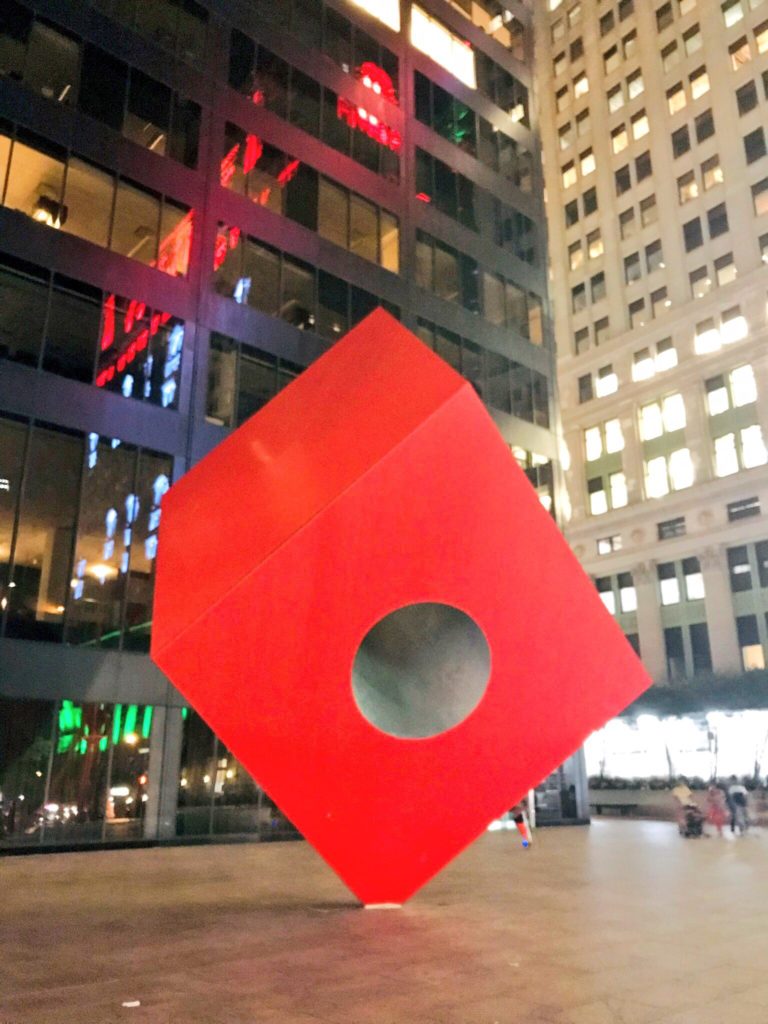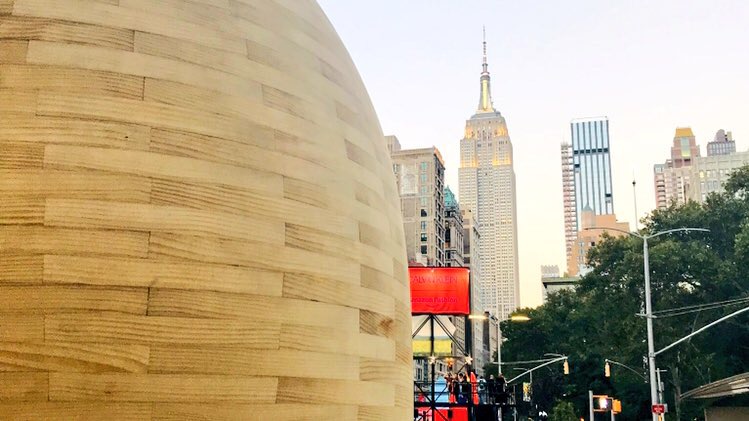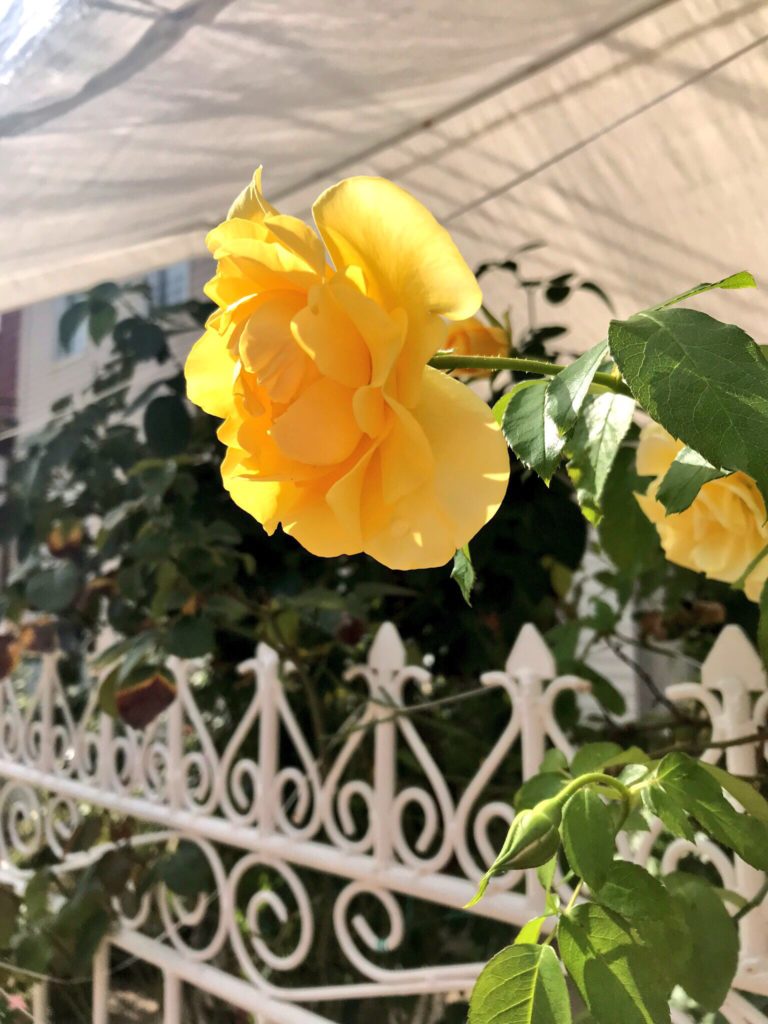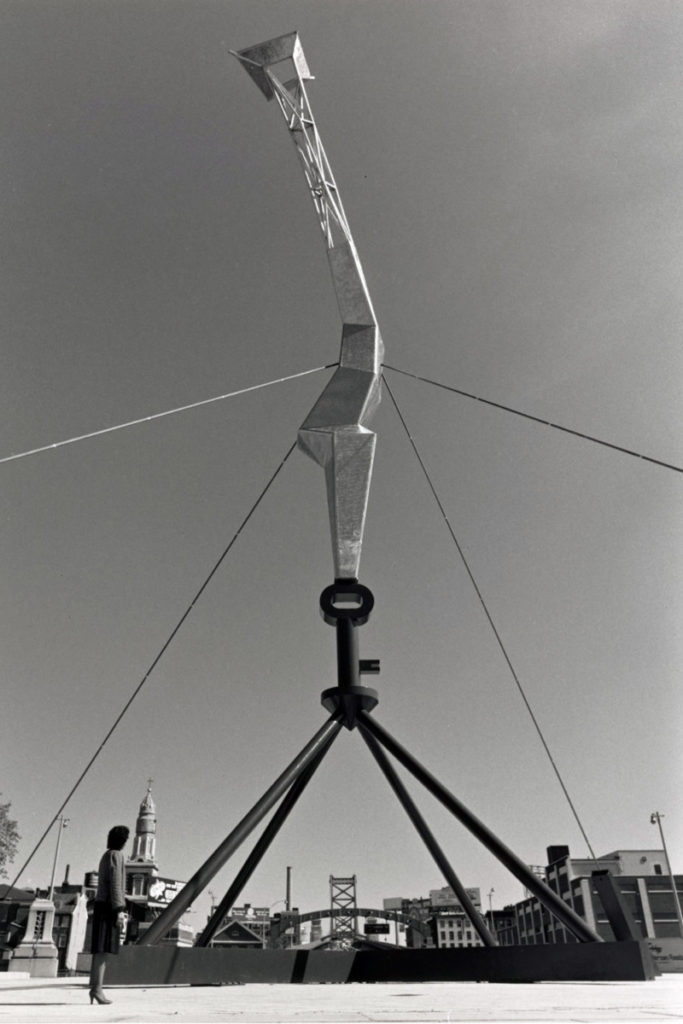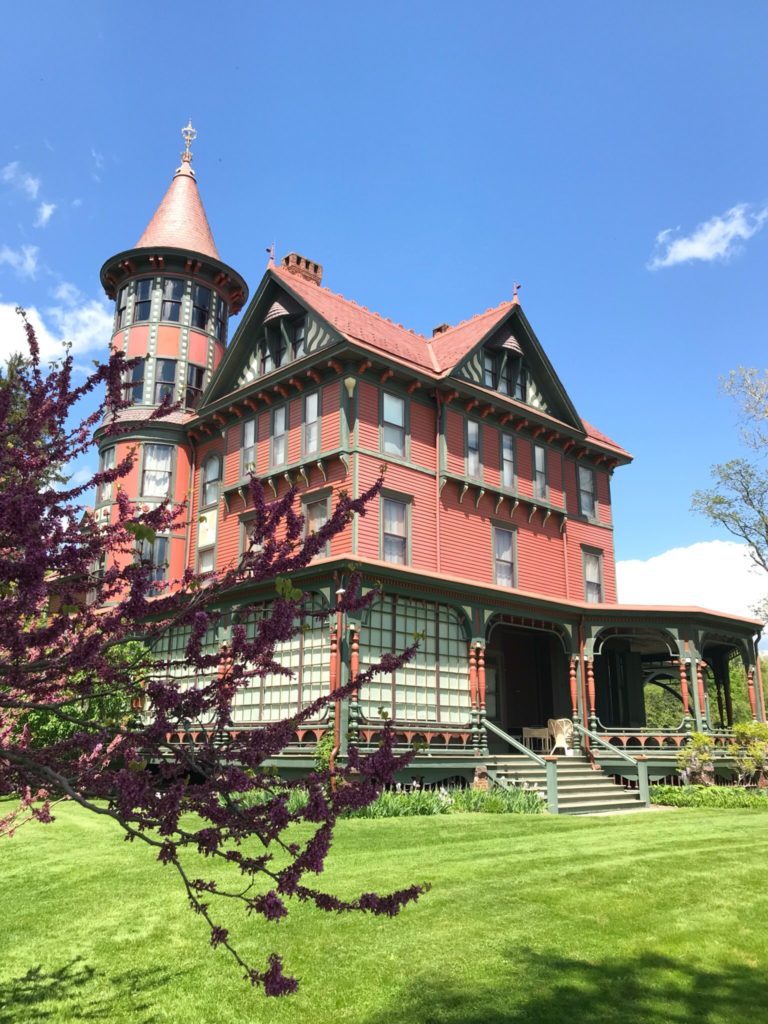
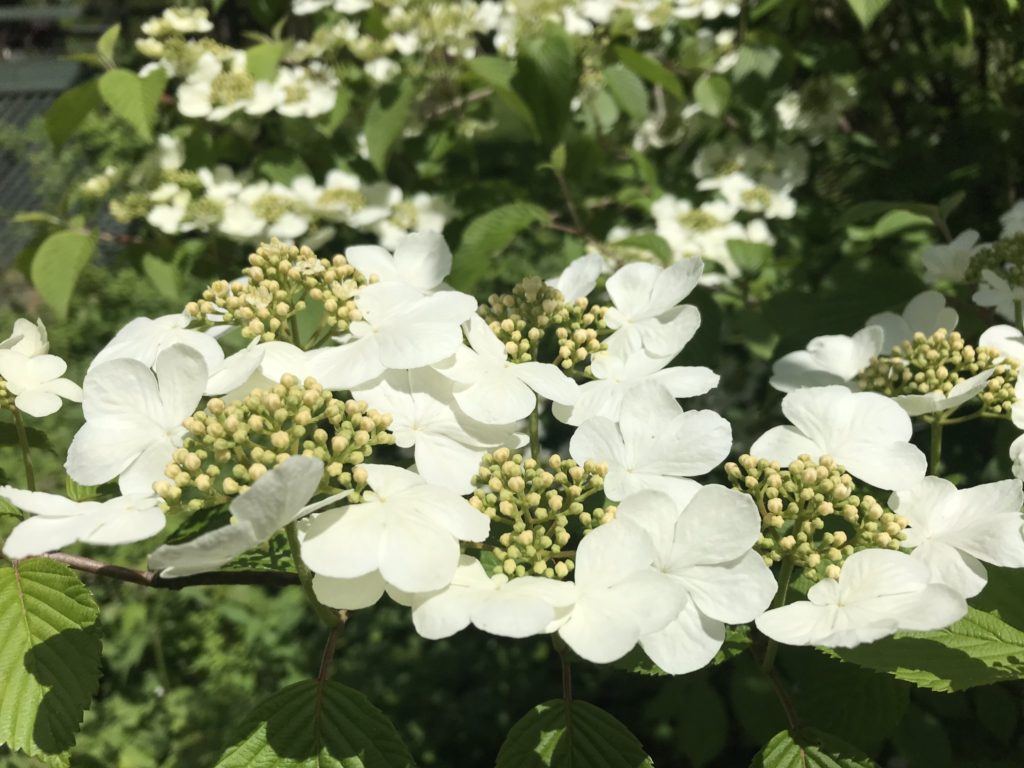
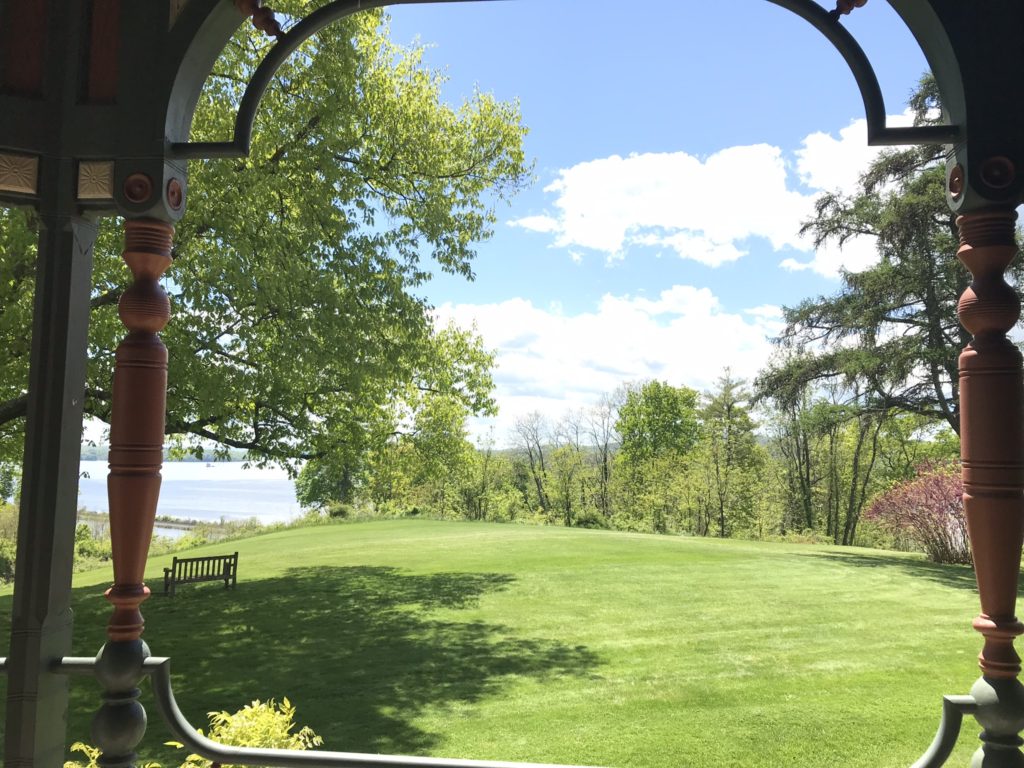
Fair, kind, and true, have often lived alone, Which three till now, never kept seat in one.
Sonnet 105, Shakespeare
From the Kingston Rhinecliff Bridge, the Hudson Valley views are breathtaking and with the array of May green, celebrate spring. Blossoming dogwood trees greet visitors at Wilderstein, the home of Margaret “Daisy” Suckley, a distant cousin of both Franklin and Eleanor Roosevelt.
The Wilderstein Mansion
The Suckley family home at Wilderstein is incredible, a beautiful model of Queen Anne Revival style, and cheerful with its bright colors. Photography is not permitted inside the mansion, but all the more reason for a tour. You will enjoy seeing elegant rooms ranging in style from English Revival to Louis XIV with stained glass windows by Joseph Burr Tiffany, Louis Comfort Tiffany’s cousin. Interestingly, the first portraits visitors see are of the maternal Montgomery matriarchs, including Alida Livingston, part of the extended Livingston family which includes the first governor of New Jersey, William Livingston, who resided at Liberty Hall. The name of this National Historic Landmark is from a petroglyph, a stone found on the property with a rendering of a figure smoking a peace pipe. “Wild man’s stone” is a term that conveyed fascination with Native American culture in 1852.
The Suckleys (which rhymes with “Book-ley” as articles note) hailed from England, and Daisy continued the tradition of daily tea at 3 p.m. year-round. The family fortune was from shipping, a similar source for a number of prominent Hudson Valley neighbors. Summers growing up on the Hudson River featured parties, sailing, and tennis, a sport in which Daisy won numerous trophies that are on display. Charming, too, among the elegant first floor rooms are a collection of glasses with the New York Giants’ logo. Once the staff at the gas station knew that Daisy was a Giants fan, they gave her glasses on each visit, sweet mementos of both her charm and the warm community. The upstairs with the turret and Hudson River views is undergoing restoration.
The Suckley Hudson River idyll experienced a ten-year disruption. Though Daisy was close with her father, Robert Browne Suckley, his noted profession was “gentleman,” which did not enhance the family fortune. Upon a reversal of that fortune in the 1893-1897 economic depression, the family moved overseas to Switzerland where it was less expensive to live at the time. The Suckley’s resided in a hotel, an isolating experience for children used to playmates. Several of seven Suckley children were born there and felt invested in European life. After their return to the United States, Daisy’s older brother, Henry, with whom she was close, volunteered to drive for the American Ambulance Corps on the French front, known through the writing of Ernest Hemingway and others. Capable and respected, Henry had become commander of the section sponsored by the members of the New York Stock Exchange. A few days before the United States entered World War I, Henry, 31, died in a bombing raid while transporting a wounded soldier, a remembrance of both on this Memorial Day.
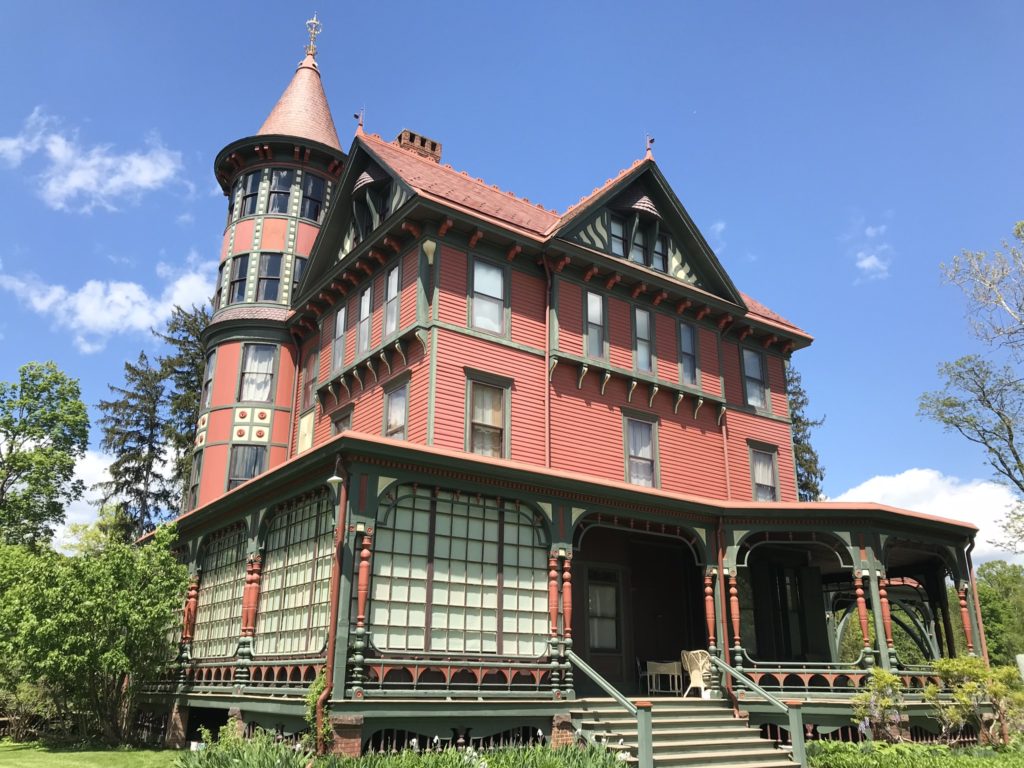
As a young woman, Daisy studied successfully at Bryn Mawr College for two years. Her father had championed the completion of a degree for his bright daughter, but Daisy’s mother Elizabeth thought that would make her less appealing as a prospective bride. Nevertheless, Daisy did serve as a nurse’s aide on Ellis Island during World War I and, after her father’s sudden death in 1921, found herself in the role of companion to an aunt and caretaker of her family.
When FDR was recovering from polio that same year at his nearby Springwood home, his mother Sara invited Daisy to tea to lift her son’s spirits. FDR welcomed intelligent and charming company, and this began his closeness with her. Their relationship evolved to the point where he included Daisy in the original planning for Top Cottage, or “Hill-Top Cottage,” which she initially believed they would share after his retirement. FDR’s trust in Daisy remained if not his romantic interest. She not only became the confidante of the president of the United States for twelve years, 1933-1945, but she helped him plan the Franklin D. Roosevelt Presidential Library and Museum, the first presidential library which FDR created to offer public access for documents of U.S. history. Daisy was one of the library’s initial archivists.
From the brief film interview with Daisy before the Wilderstein tour begins, some people might dismiss her as being a character. Daisy had not had the house painted since 1910, and it was then the 1980’s. She wore cat-eye glasses and used “patrician” speech. Beloved by her neighbors, however, who thought she needed help in later years, they suggested that Daisy take in a boarder, which she did, and also rented out the carriage house. As someone on the tour kindly noted, FDR had provided not only the nation but his cousin with Social Security following her retirement. After Daisy’s death at nearly 100 in 1991, it turned out that she had a rainy day fund of $900,000 that she was afraid to spend having experienced the loss of most of the remaining family fortune in the Great Depression. Two relatives received this money, and one, returning the love, put this aside as funds to begin the restoration of Wilderstein after her own passing.
What one also takes away from the video is Daisy’s empathy with FDR as she remarked on how incredibly tired he was before he died at his retreat in Warm Springs, Georgia. He could get away from the public eye, but never the burdens of public life that had weighed on him for twelve years. As his health declined, FDR had asked Eleanor to stay with him as Springwood, but unfortunately too much had passed between them.
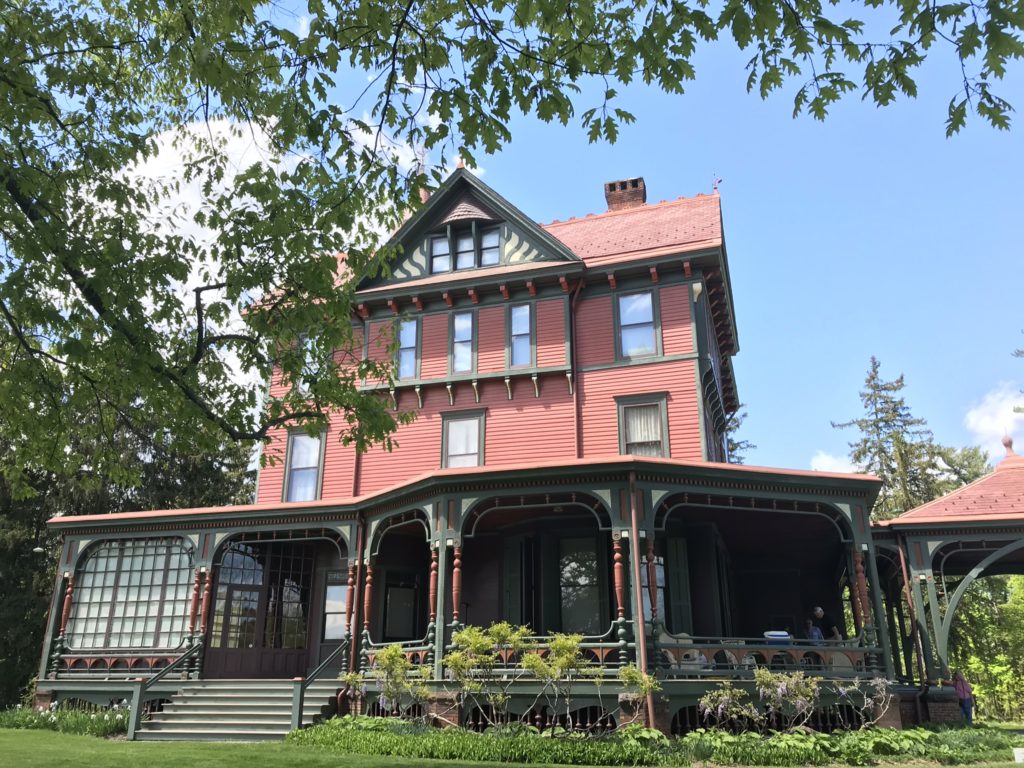
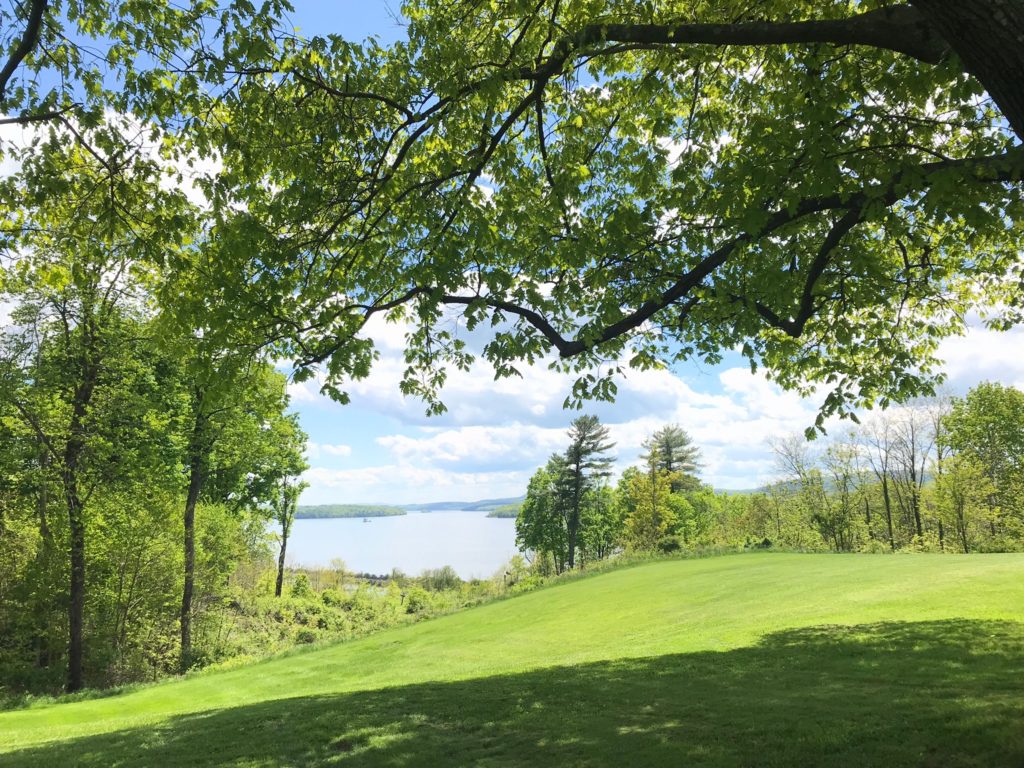
As a confidante, Daisy listened without judgment. When Franklin died, Daisy arranged for Lucy Mercer Rutherfurd’s departure to spare Eleanor’s feelings and Franklin’s reputation. After FDR’s death, his daughter Anna found Daisy’s letters to her father; he had saved them in his stamp collection box, which he always had with him. Both the stamps and the letters were sources of comfort and a turn of mind away from office. Whether or not she read them, Anna kindly returned the letters to Daisy. The discovery of these letters in 1991, along with some of FDR’s correspondence and Daisy’s diaries, was a revelation to most as no one knew of the closeness between them. The letters that remain characterize their relationship as a friendship with sometimes romantic overtones, but friendship is what it was though Daisy never married.
Admirably, even after FDR’s death, Daisy never revealed his confidences which ranged from opinions on foreign leaders, Winston Churchill was “an English mayor LaGuardia,” this in one of his letters, to his thoughts about declaring war on Japan. With the perspective of national security of 2019, it is extraordinary to think that at least some, if not all, of their letters traveled through the US Mail. What is even more telling is not necessarily what FDR wrote to her, but the constancy and the intimacy – he shared his innermost thoughts sent from international summits like the Atlantic Charter Conference on the Battleship HMS Prince of Wales in Newfoundland and the White House, where Daisy was a frequent guest. They took drives together in the Hudson Valley when FDR returned to the respite of home and adoration. Daisy took two of the rare photographs of FDR in a wheelchair, both at Top Cottage, another testament to their closeness and his trust in her.
Thank you and credit to our wonderful guide, who noted that Daisy was “smart” and “witty,” with a dash of research added. A nice couple on the tour asked great questions, which always adds to the experience. Thank you, too, to my friend from school, and reader, who shared Sonnet 105 with me, and we pass the gift along to Daisy.
Wilderstein is holding another of its wonderful art exhibitions on the grounds, and it was a pleasure to meet James Meyer, one of the artists who was installing his work “Undercurrent”. The show opens June 1st, 5-7. Be sure to pick up a brochure about the art and artists on your Wilderstein visit.
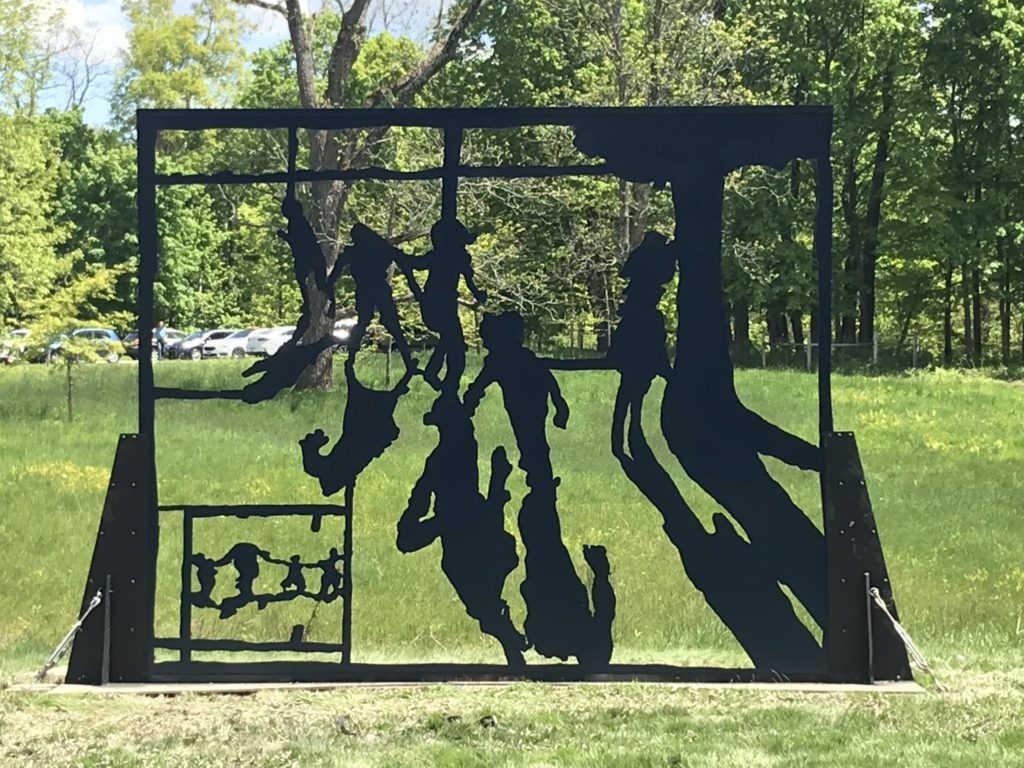
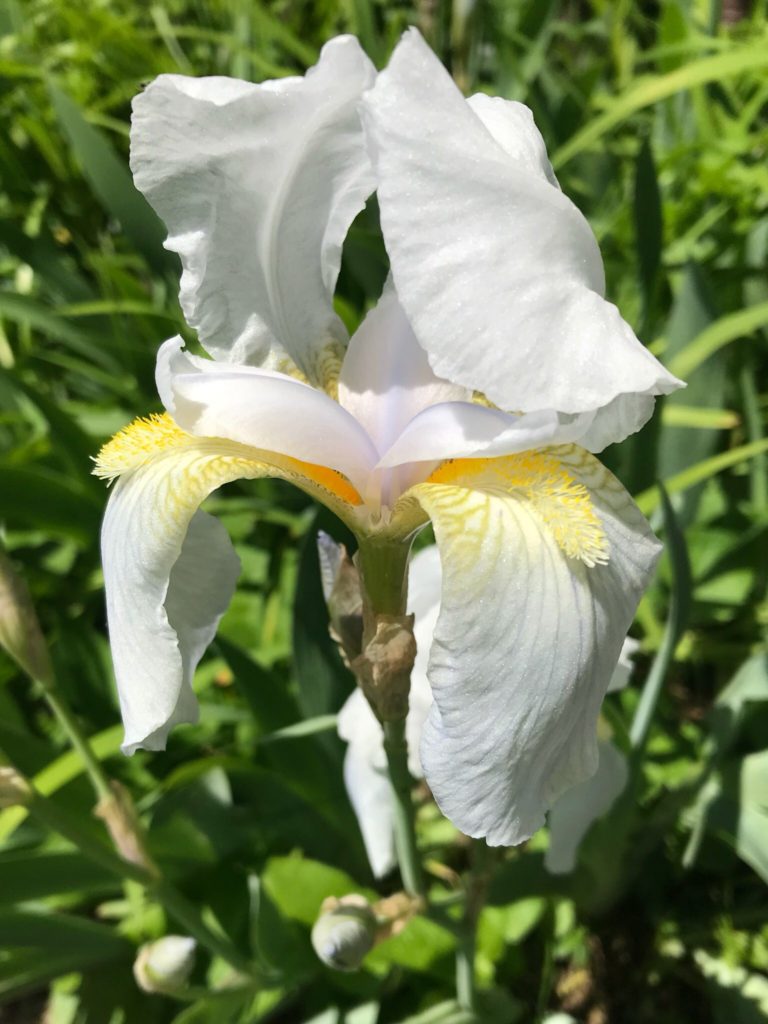
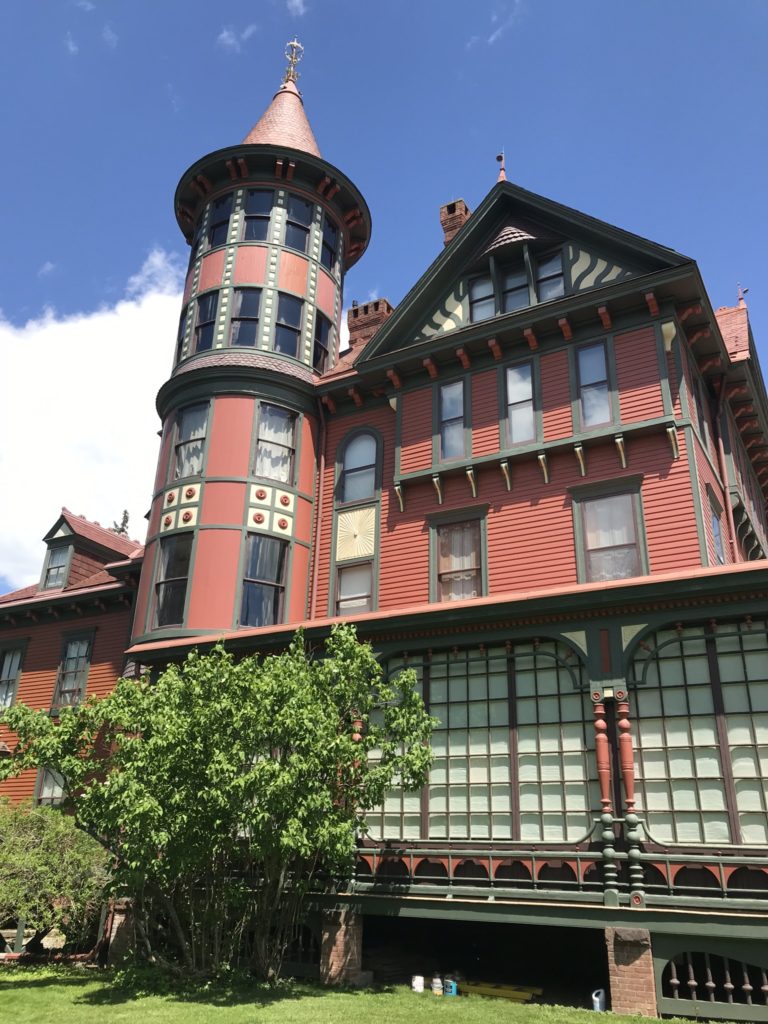
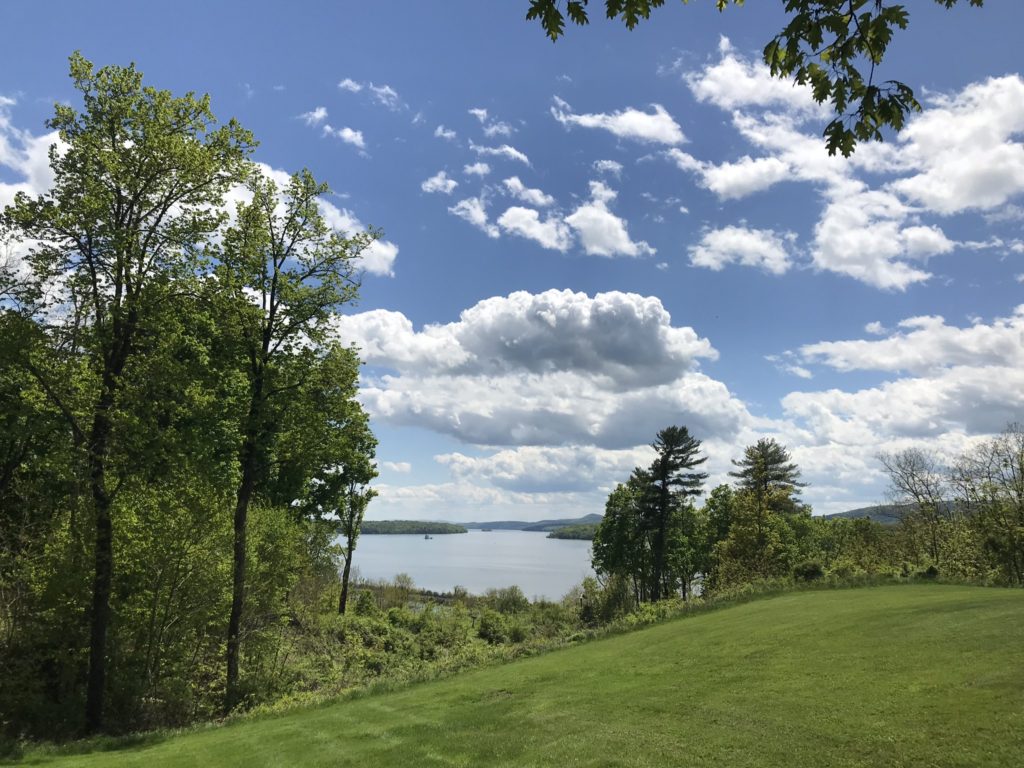
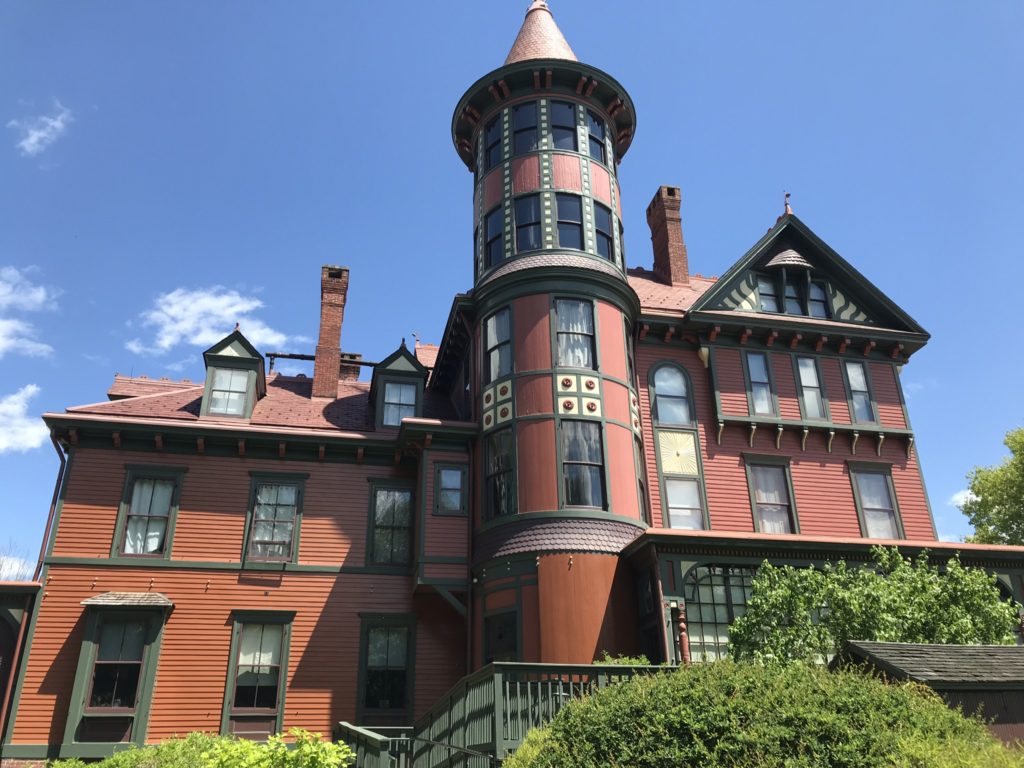

Fala
Before Daisy’s death and the discovery of her closeness with FDR, she was known as the cousin who gave the president his beloved Scottish terrier, the darling of both his owner and the nation. At times, Fala was the president’s political avatar as in the famous “Fala speech” of 1944 in which FDR expressed Fala’s disdain for false rumors generated about him by political opponents. Reportedly, the joke stemmed from a suggestion by Orson Welles.
The celebrated Fala was born in 1940 on the Wilderstein estate where Daisy kept kennels, one of her many interests, and she picked out the charmer to lift her cousin’s spirits. FDR named him after an ancestor, “Murray the Outlaw of Falalahill”. Before Fala became a White House resident, Daisy trained him to perform tricks, even appearing to smile, which should have gotten him a place on a ballot. As it was, Fala so popular that he had his own secretary to handle his fan mail. If you, too, are a fan of the adorable dog, you can also read more about him in Margaret “Daisy” Suckley and Alice Daigliesh’s book “The True Story of Fala,” available on Amazon, the FDR Library blog, and “Hyde Park: The Year From the Top”.
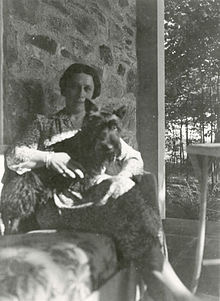
Fala’s image is everywhere in the cheery gift shop along with a book by Ken Burns’ collaborator, Geoffrey C. Ward, who wrote many of the award-winning scripts for Mr. Burns’ historical works, including “The Civil War”: “Closest Companion: The Unknown Story of the Intimate Friendship Between Franklin Roosevelt and Margaret Suckley”. His book is the source of information about the FDR-Daisy letters in various articles. Look forward to reading this, and you can also find it on Amazon.
Calvert Vaux and Central Park
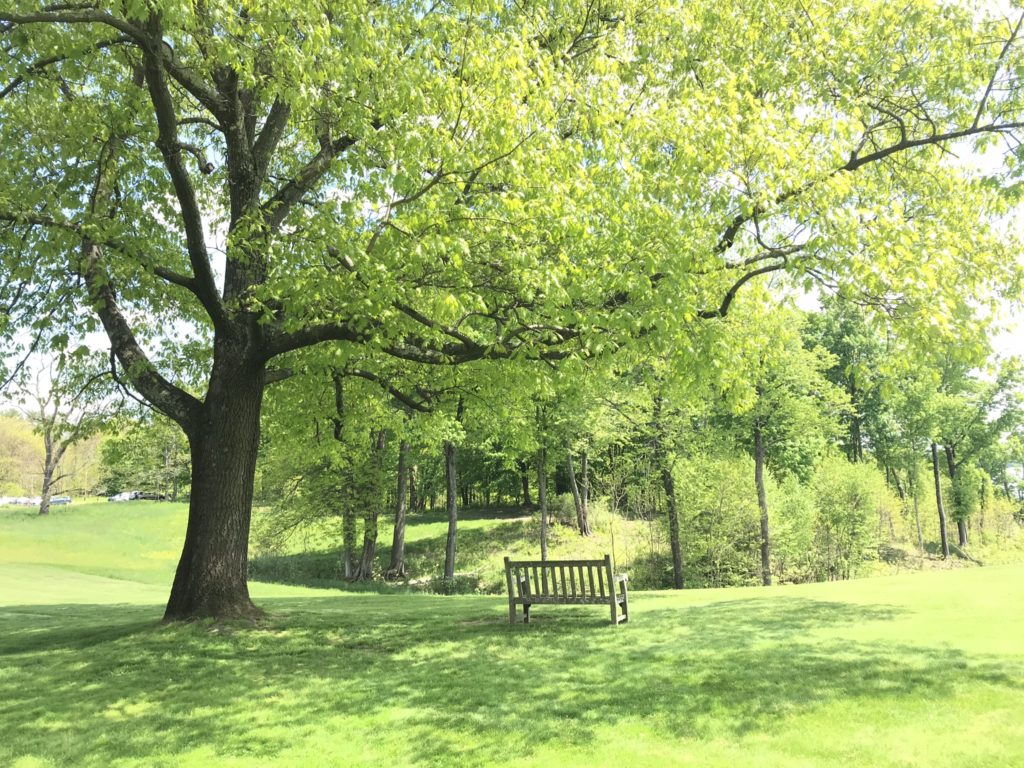
If you enjoy Central Park and Prospect Park, both part of New York City Department of Parks and Recreation, Wilderstein is another wonderful place to visit that Calvert Vaux designed. Daisy’s father engaged Calvert Vaux, known as one of the Central Park co-designers to plan the grounds in the “American Romantic style” for Wilderstein. The Central Park Conservancy Institute for Urban Parks carries on the generous tradition of Calvert Vaux and Frederick Law Olmsted. The Conservancy park professionals support their fellow urban park colleagues across the country by sharing best practices for maintaining beautiful open spaces for everyone to enjoy. Central Park’s Belvedere Castle, designed by Mr. Vaux, will reopen soon after its restoration. For news of the restoration, NY1’s Roger Clarke @RogerClark41 on Twitter will have updates.
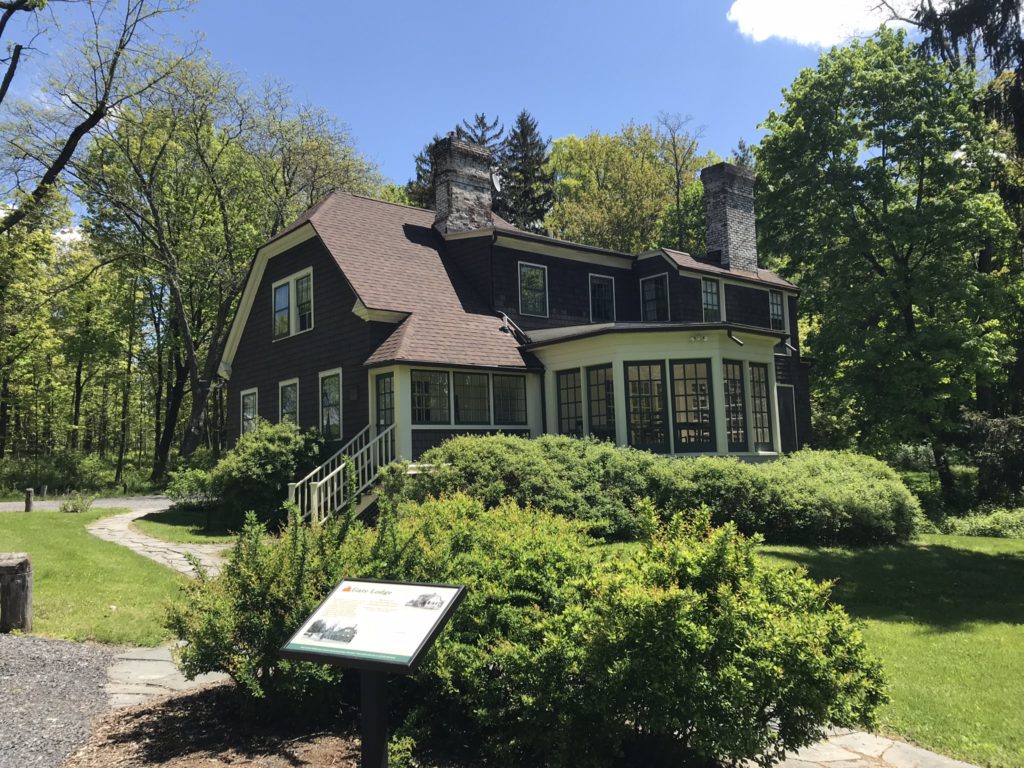
The rains which brought us the beautiful greenery this year made Calvert Vaux’s Wilderstein Trails better suited for exploration on another visit, though it was delightful to have made the hours on this trip (12 – 4 Thursday through Sunday in the summer). Among the structures Mr. Vaux planned for the grounds, the Potting Shed by Lord and Burnham is newly restored. The beautiful plants on the grounds are also a credit to Calvert Vaux’s partner on this project Horticulturalist Samuel Parsons of Queens, New York. Though the original 100-plus acre estate is now three, visitors can walk down to Suckley Cove on the river for more beautiful views and the petroglyph from which the estate gets its name. As they say, the third time’s the charm, an ideal excuse for another visit to Wilderstein.
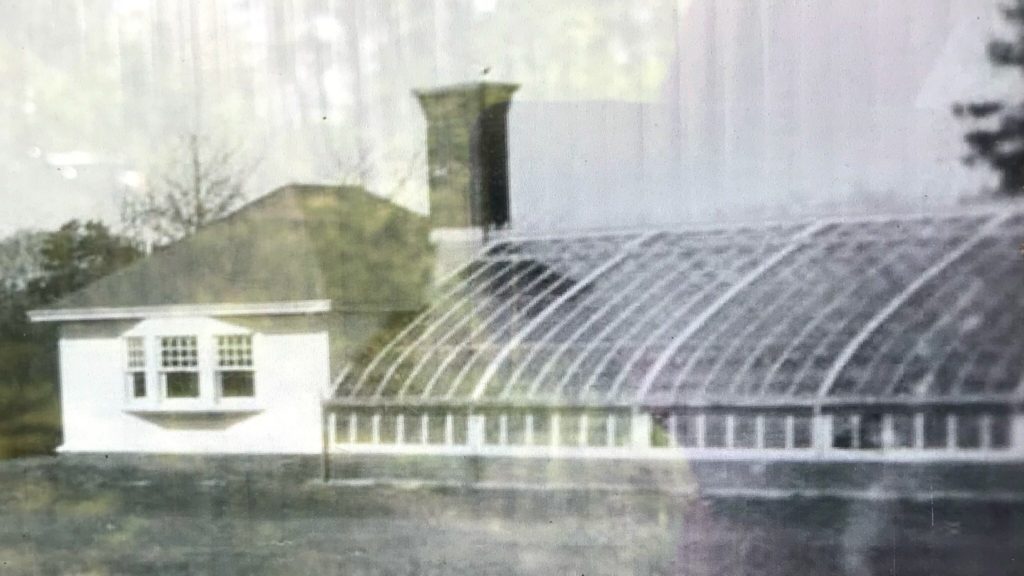
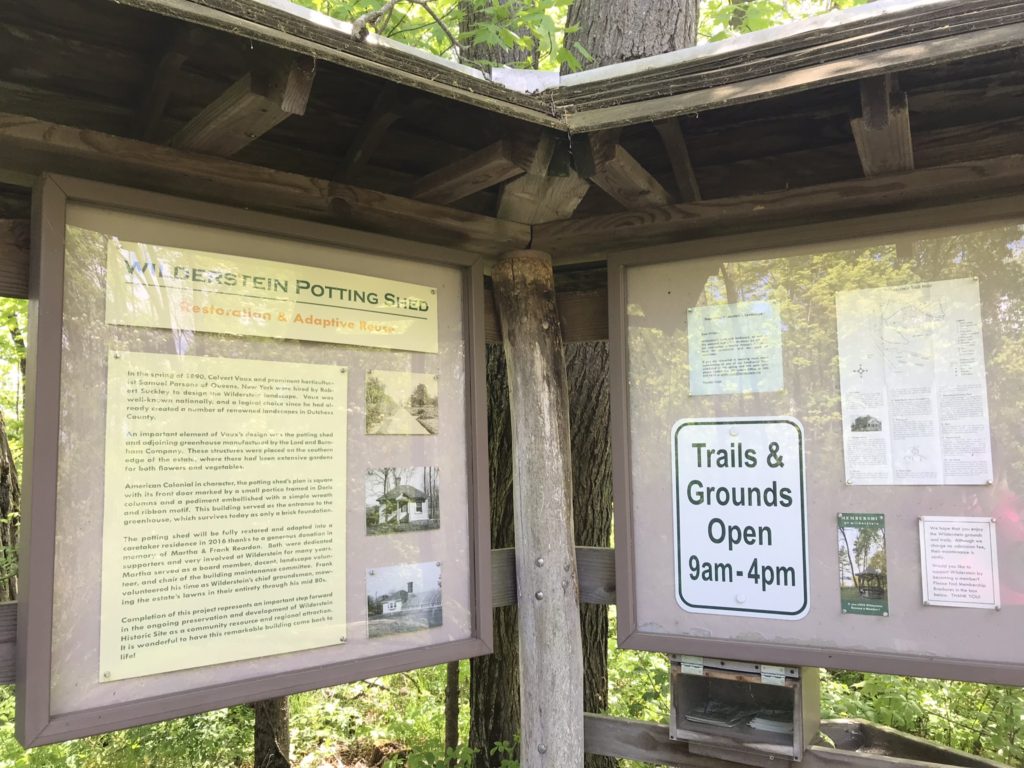
Hamlet of Rhinecliff
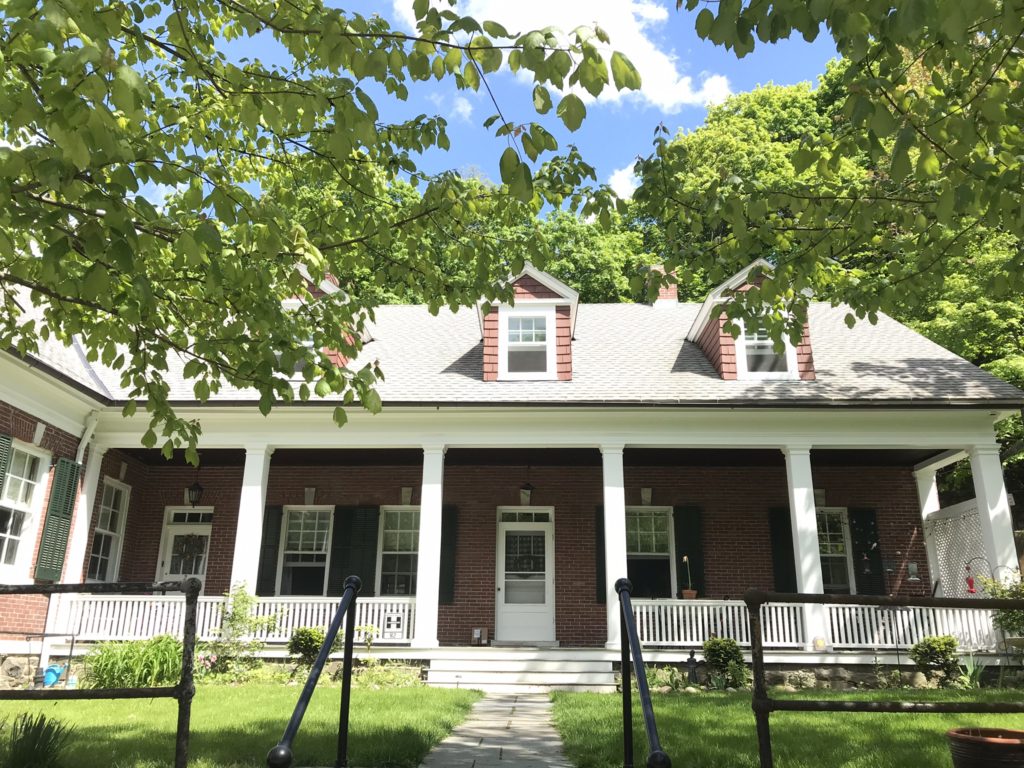
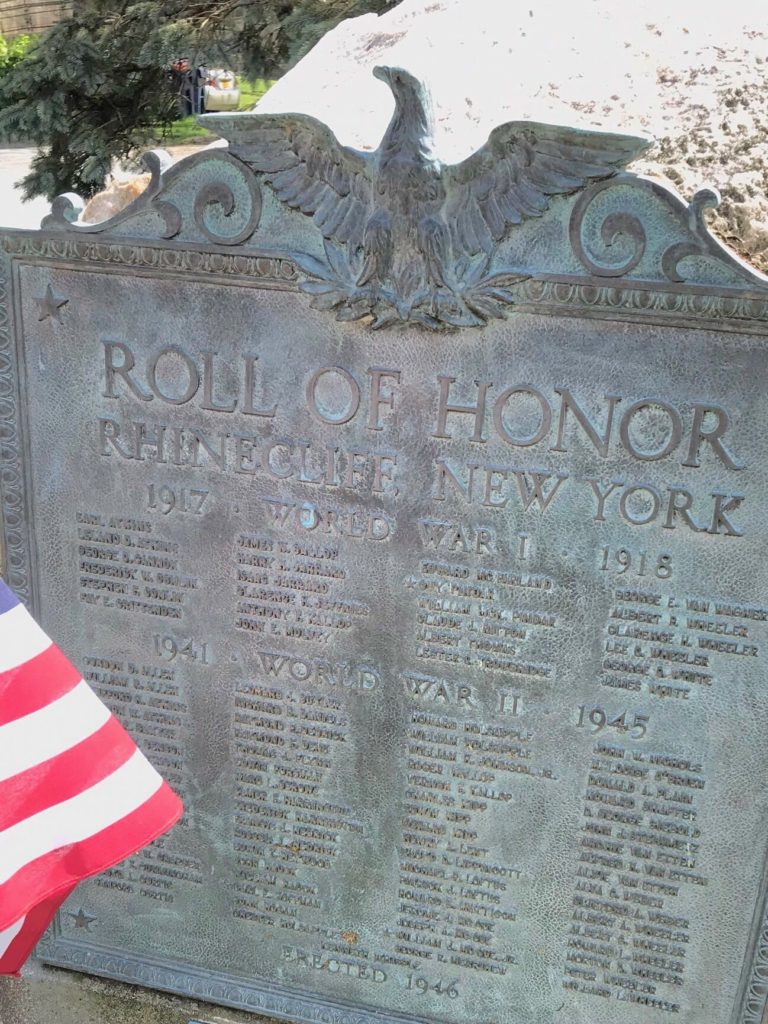
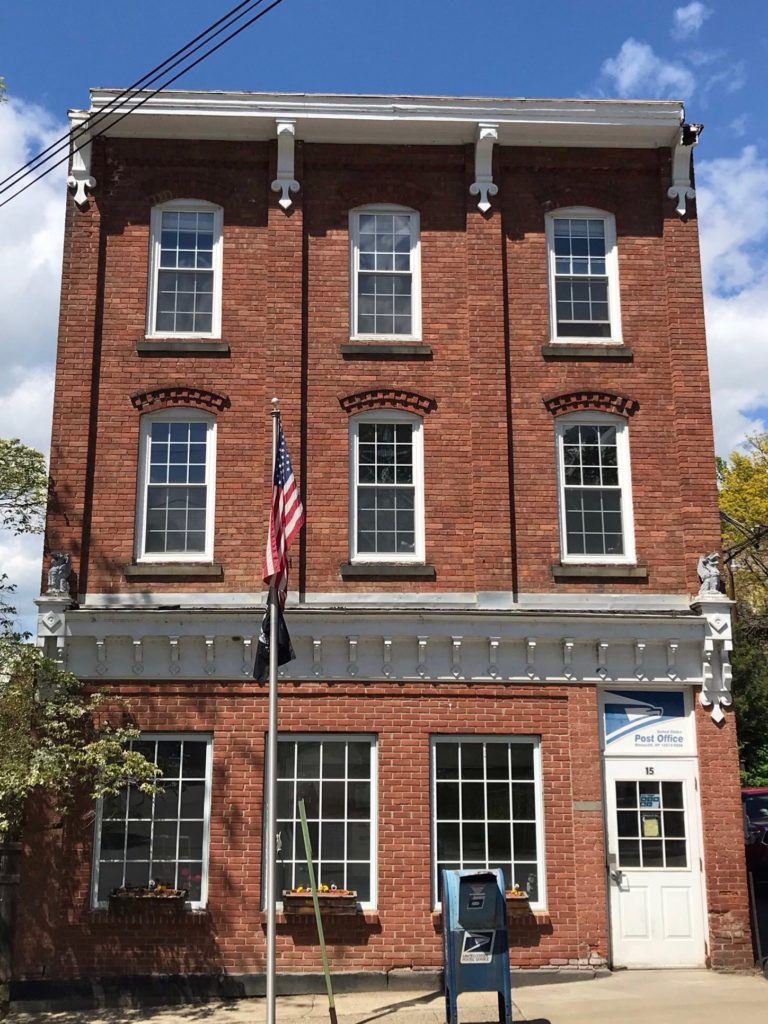
Rhinebeck
A few photos of charming Rhinebeck with thanks to @RhinebeckGuide for following on Instagram. You can enjoy wonderful photos and remembrances of their Memorial Parade there and on Facebook.
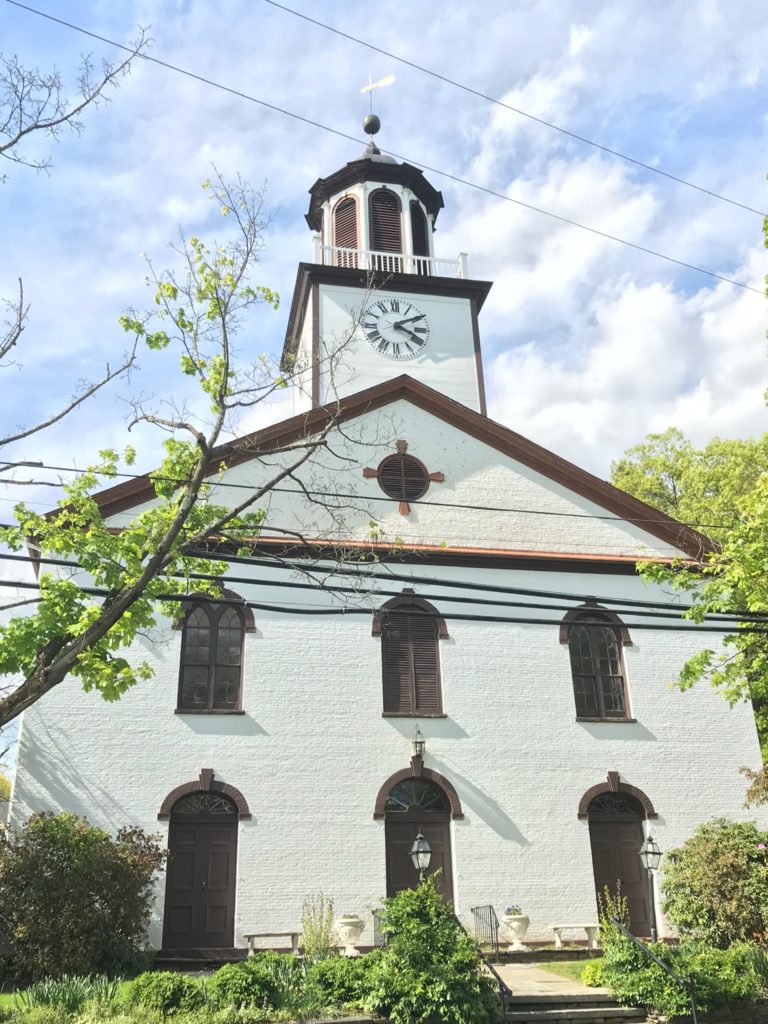
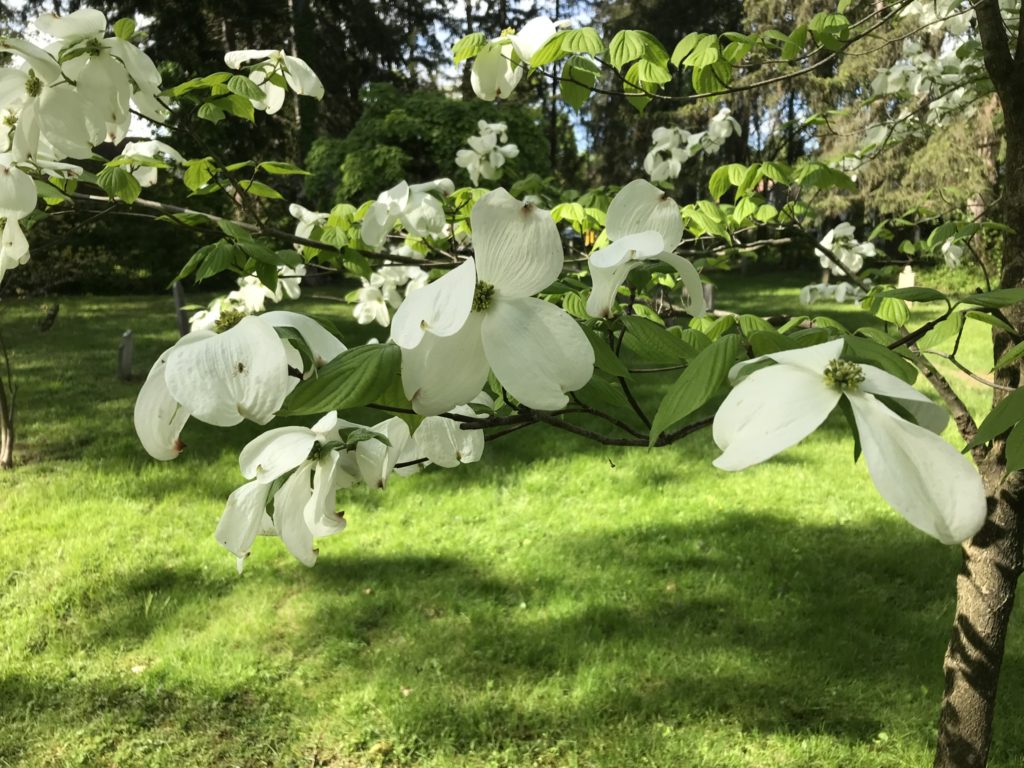
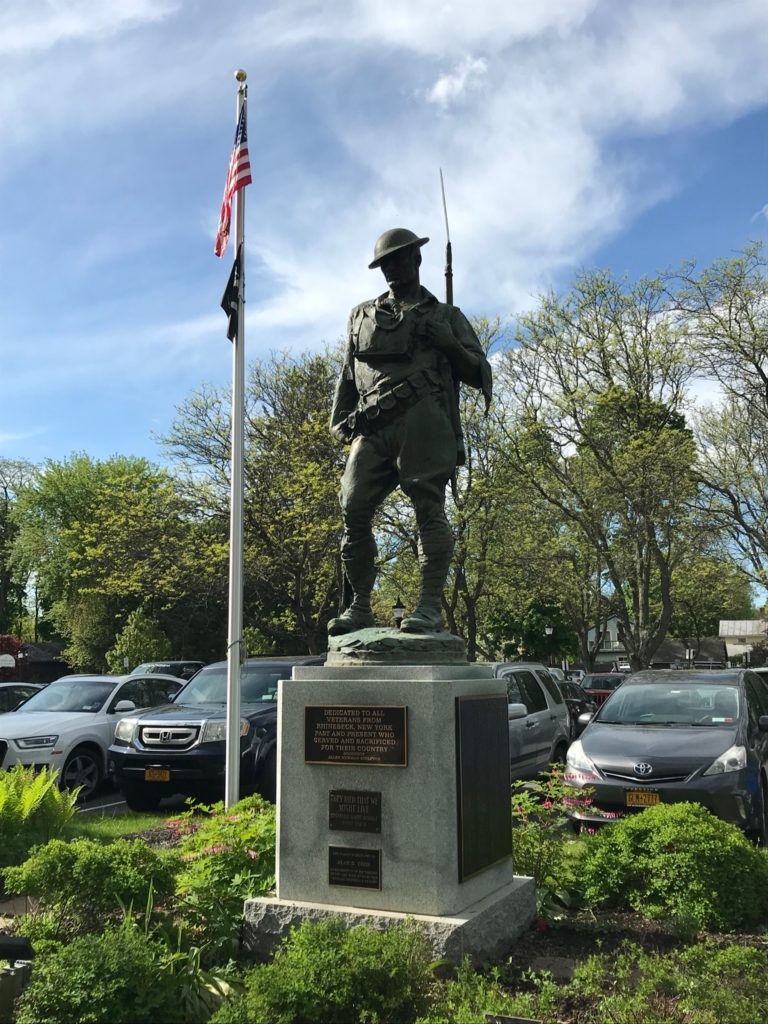
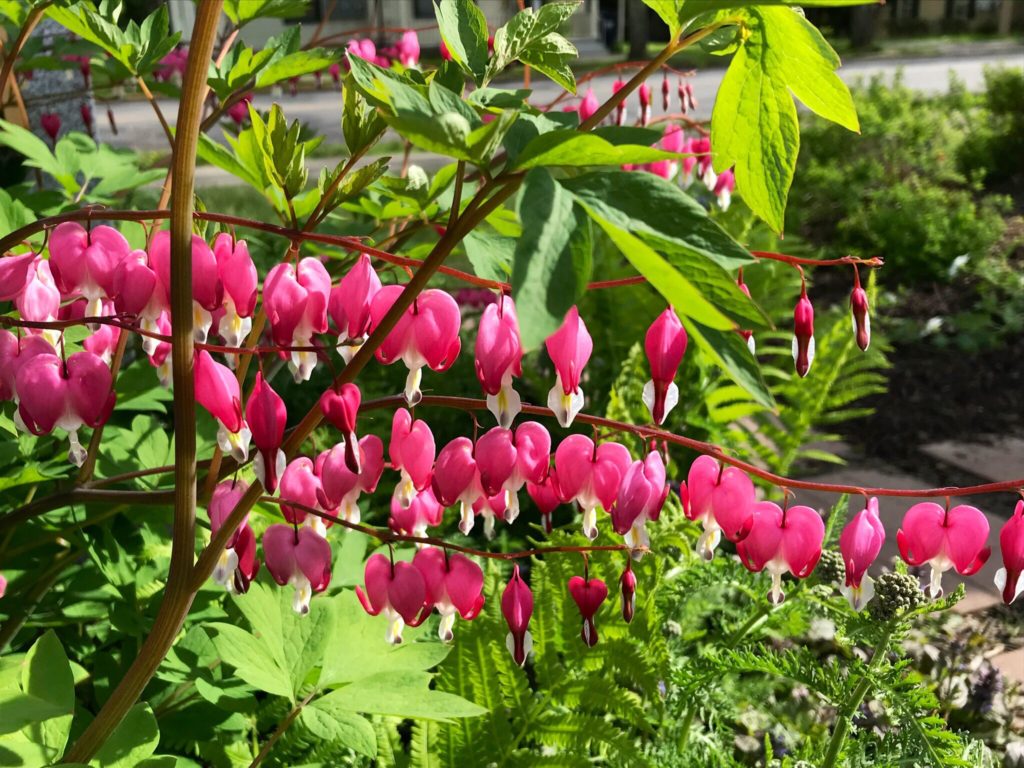
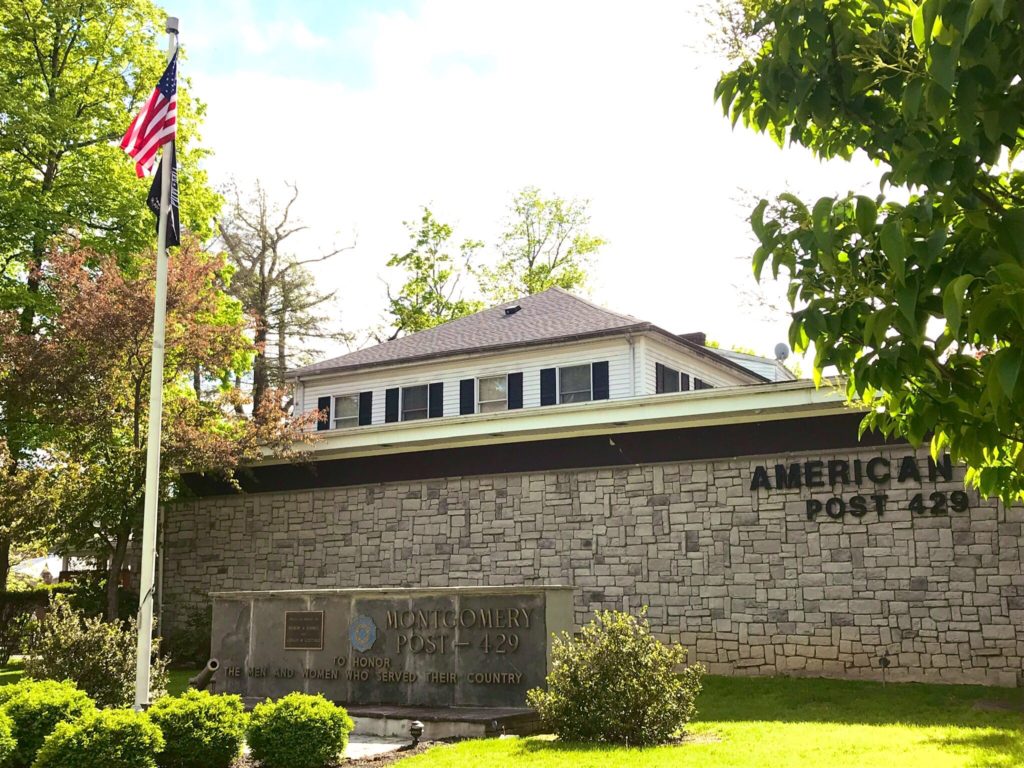
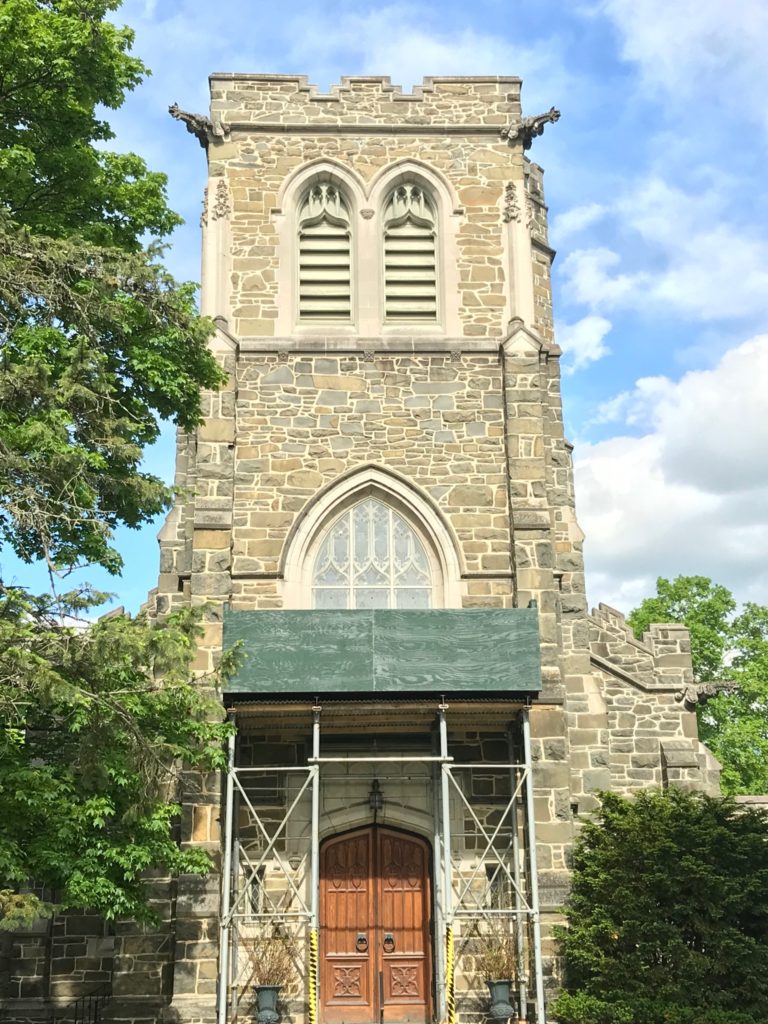
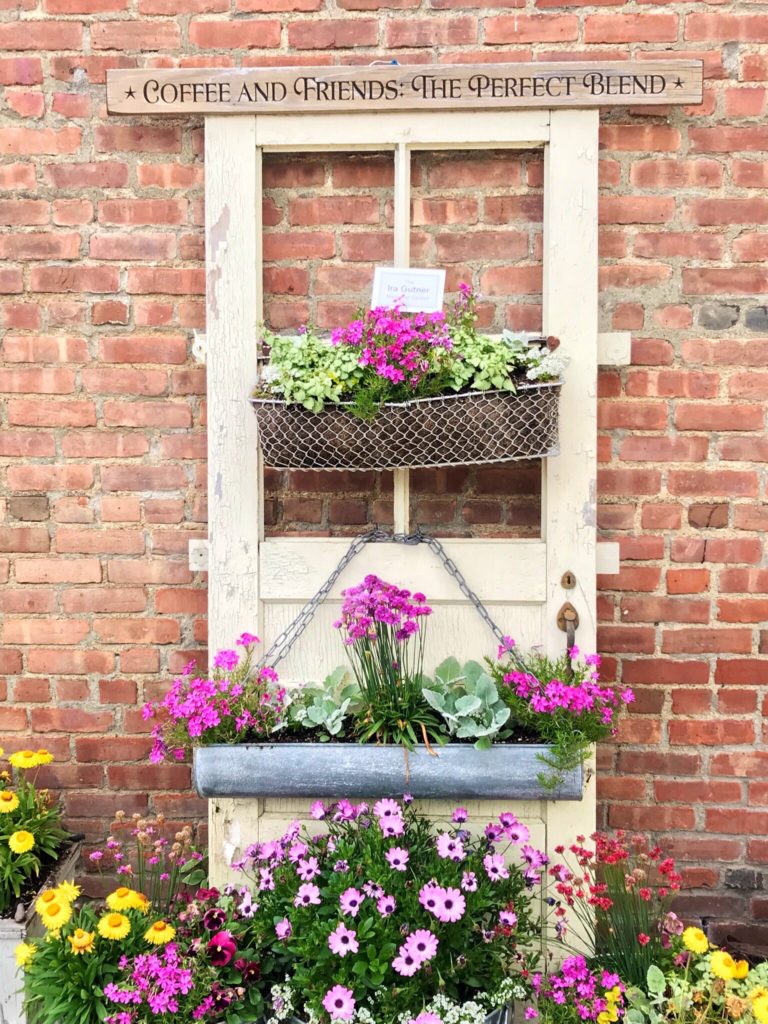
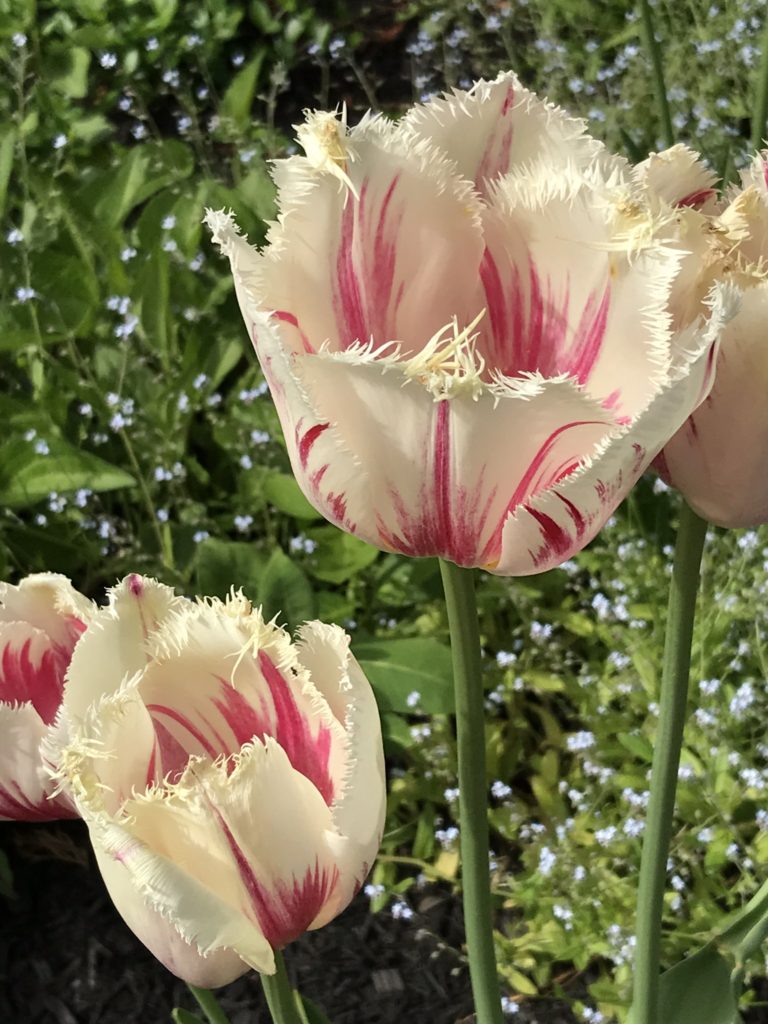
The Rhinebeck Post Office
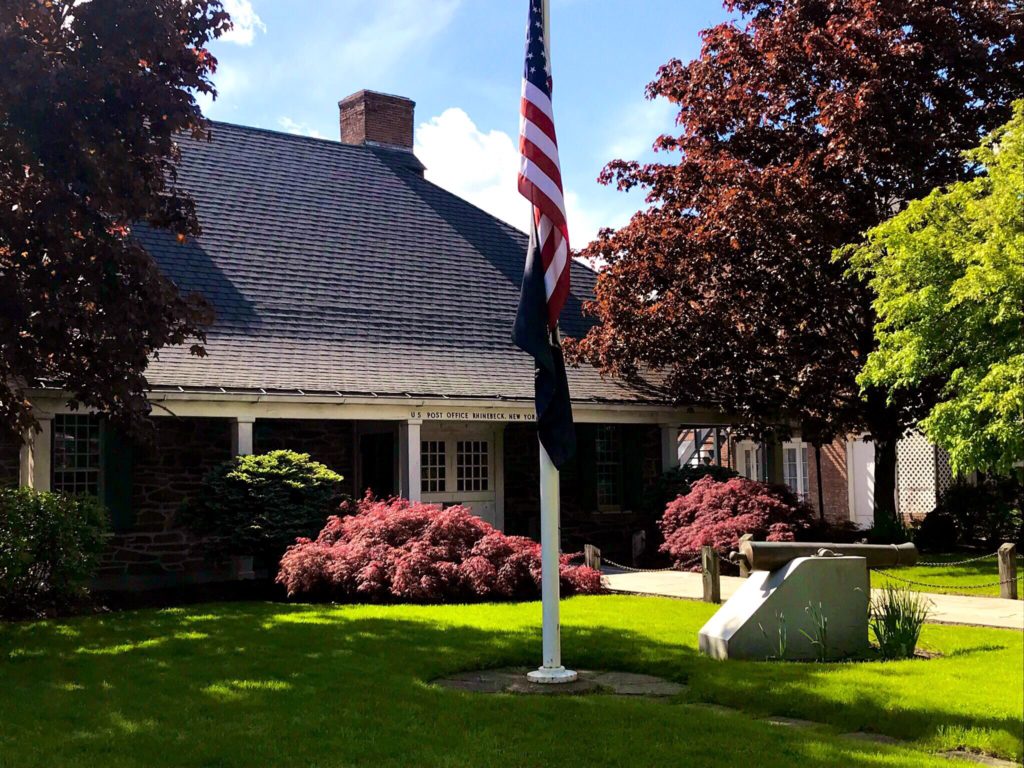
Avid stamp collector President Franklin Delano Roosevelt opened the Rhinecliff Post Office on May 1, 1939, and Crown Prince Frederick of Denmark placed the cornerstone in this hometown WPA historic marvel of chandeliers, fieldstone, murals, and museum. Present, too, were Treasury Secretary Henry Morgantheau and Postmaster General James Farley with whom FDR sometimes designed new stamps as well as Dutchess County post offices and public buildings. Newspaper photos often pictured FDR serenely working on his stamp collection. As a boy, stamp collecting had introduced Franklin to the world. In the role of president during WWII, the calm and orderliness of his past-time appealed to a shaken public who viewed him as a paternal figure putting the world in order.
FDR oversaw the design of the post office, on the National Register of Historic Places, requesting that it represent “Kipsbergen,” the home of his Beekman ancestors. The name may be familiar from the town’s historic Beekman Arms, also in the are designated as the “Rhinebeck Village Historic District”. Formally designed by architect Rudolph Stanley Brown, the post office is built in Dutch Colonial Revival style, popular in the area and favored by FDR. The building incorporated some of the stones from the original Beekman home that had burned down. Rhinebeck artist Olin Dows, both a painter and chief of the Treasury Relief Art Project, funded by the Works Project Administration, created the murals for both the Rhinebeck and Hyde Park post offices.
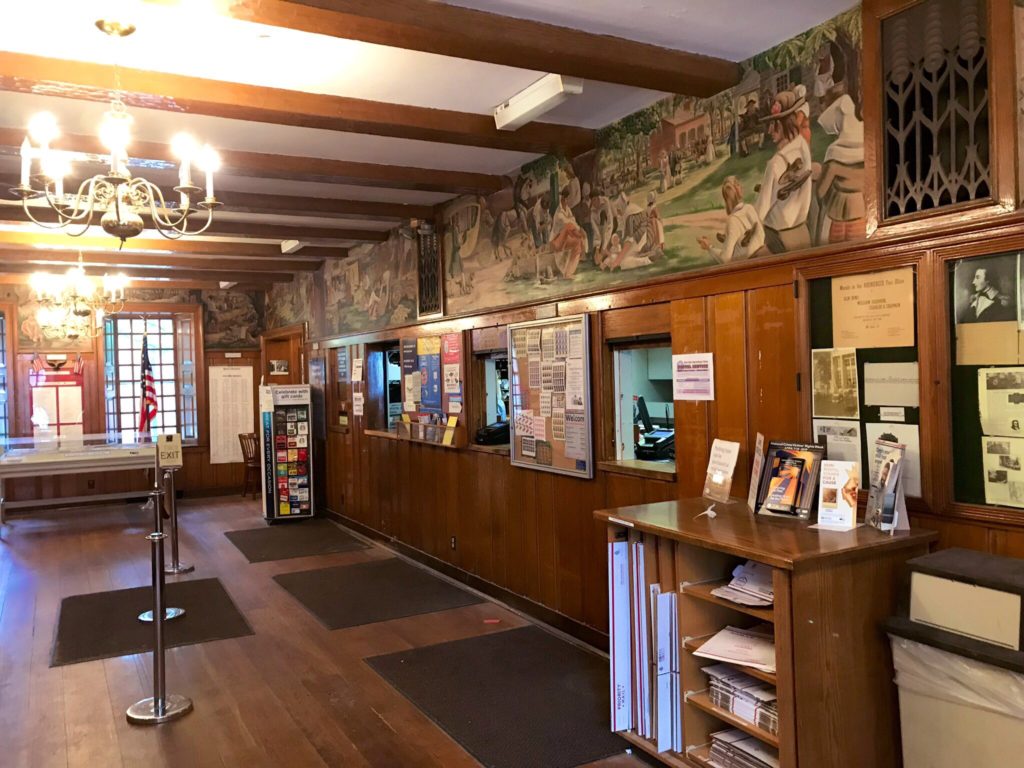
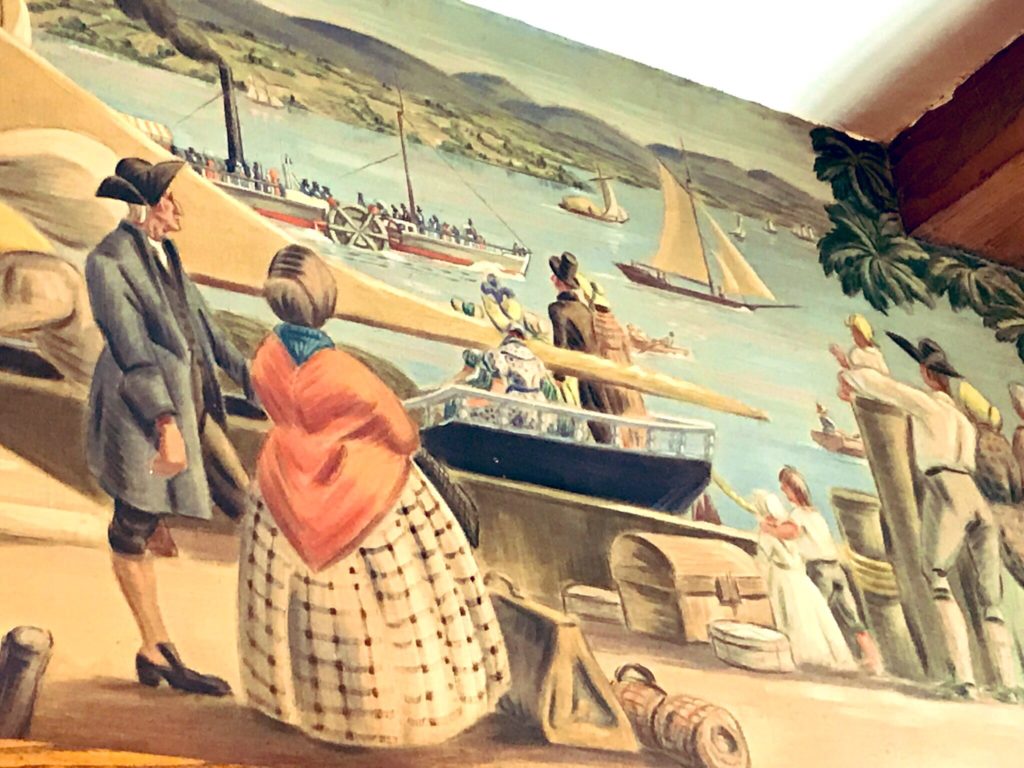
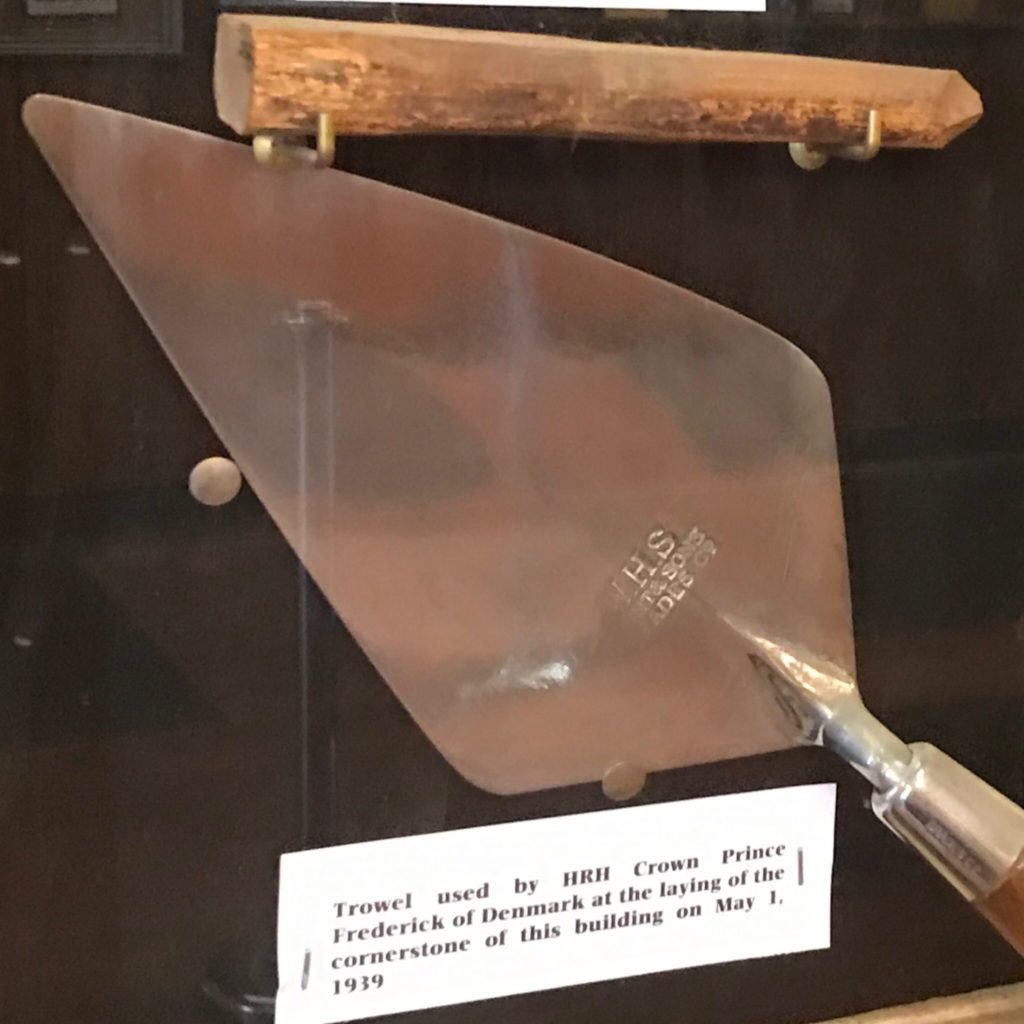
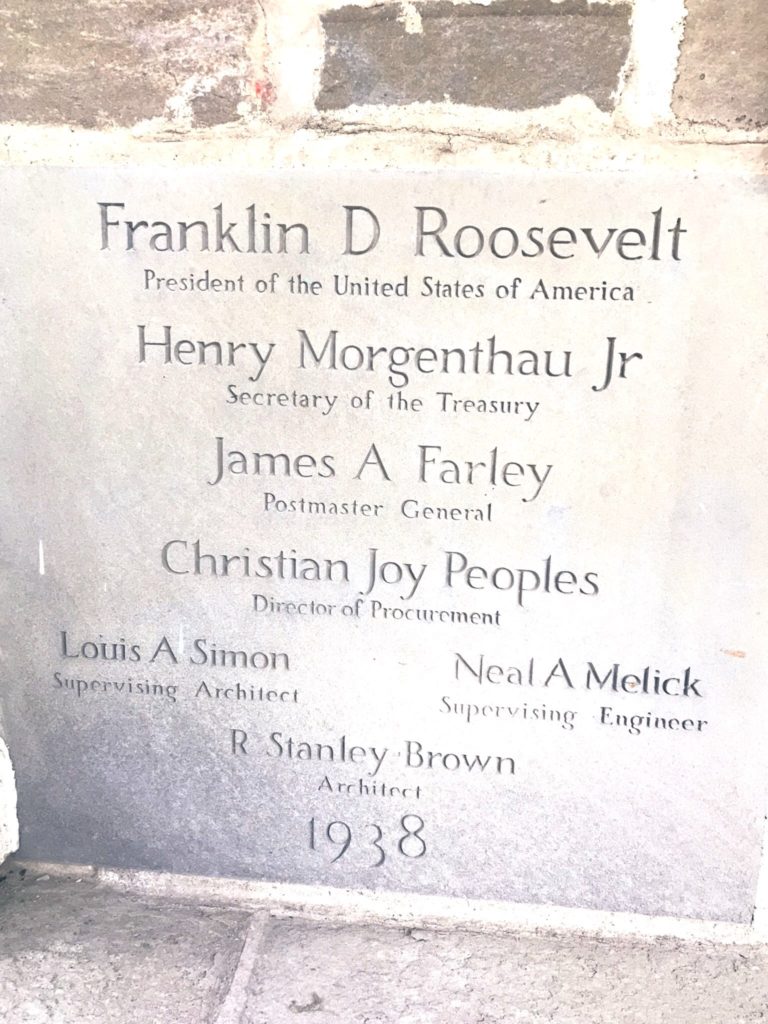
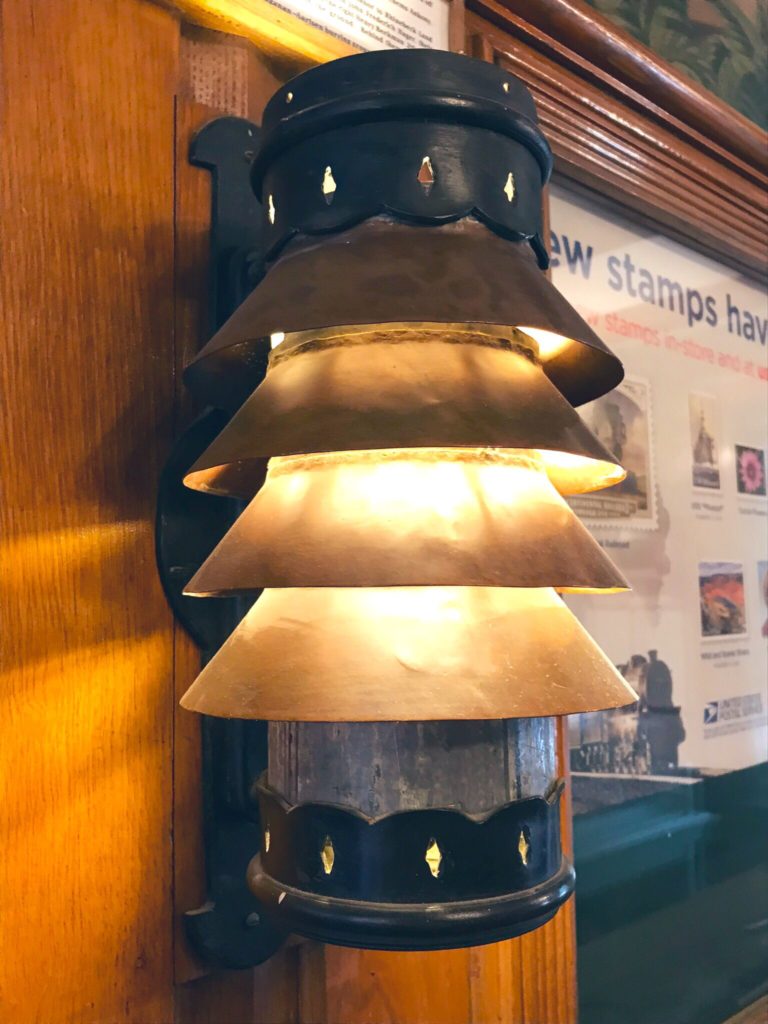
FDR Library and D-Day Exhibit at Hyde Park
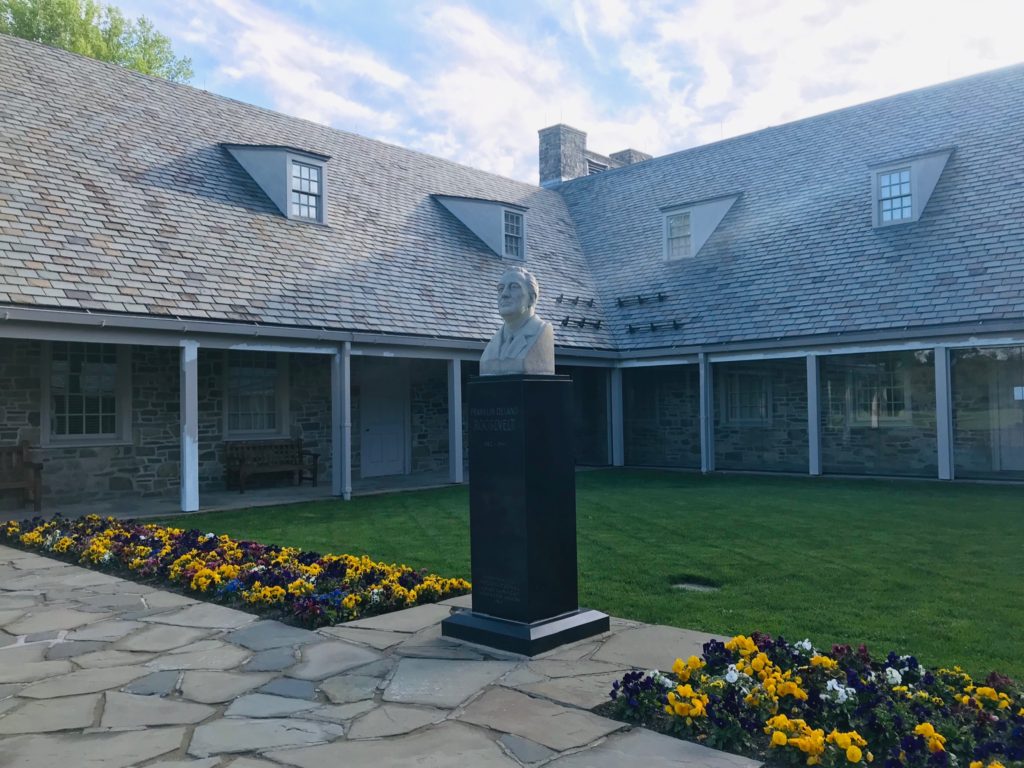
This weekend, “D-DAY: FDR and Churchill’s ‘Mighty Endeavor'” opens with ongoing events throughout the summer. The FDR Library will honor friend of the library Ralph Osterhaudt for his service and lifelong commitment to the legacy of his fellow servicemen in World War II. You can sign up for newsletters about the library’s exhibits and events.
Thank you again to the FDR Library for retweeting “Hyde Park: The Year from the Top”. Pictured are some recent photos of the library and the beautiful grounds at Hyde Park where you can also visit Springwood, the resting place of the president and first lady, Top Cottage, and nearby Val-kill, the Eleanor Roosevelt National Historic Site, as well as enjoying the delightful town.
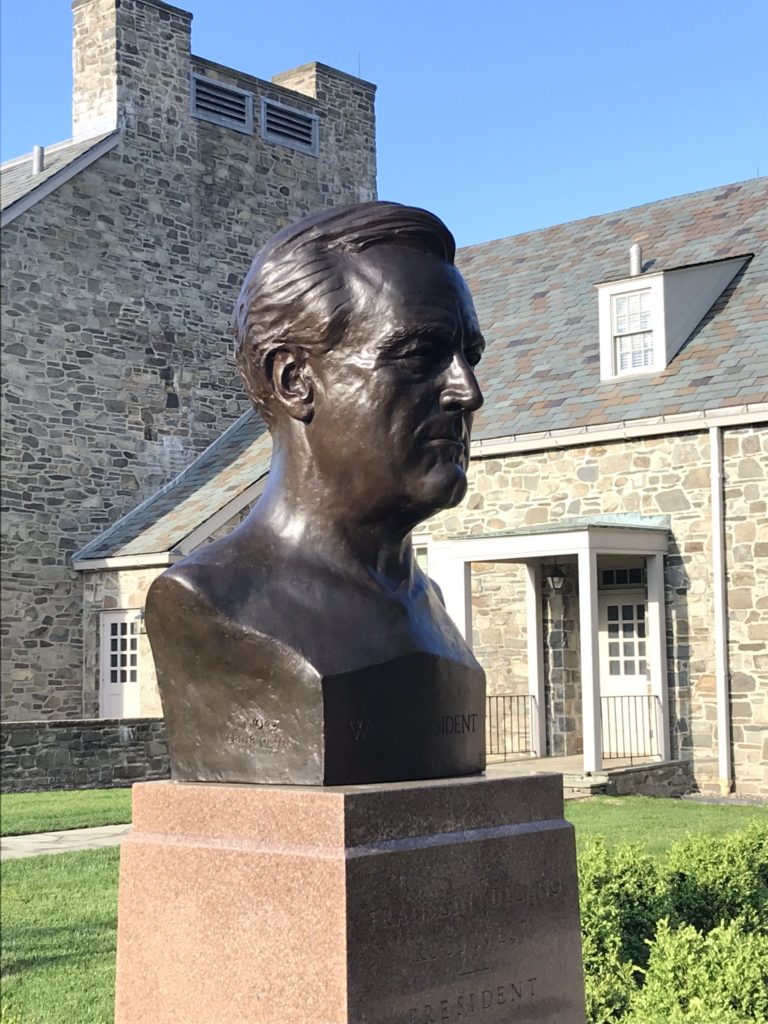
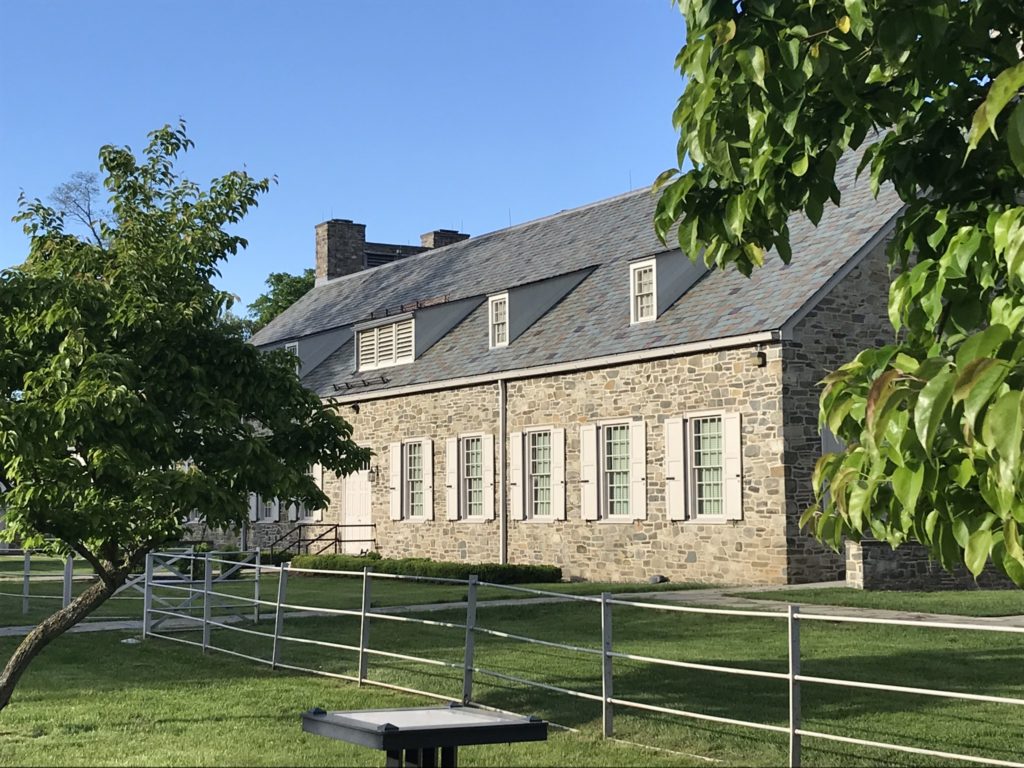
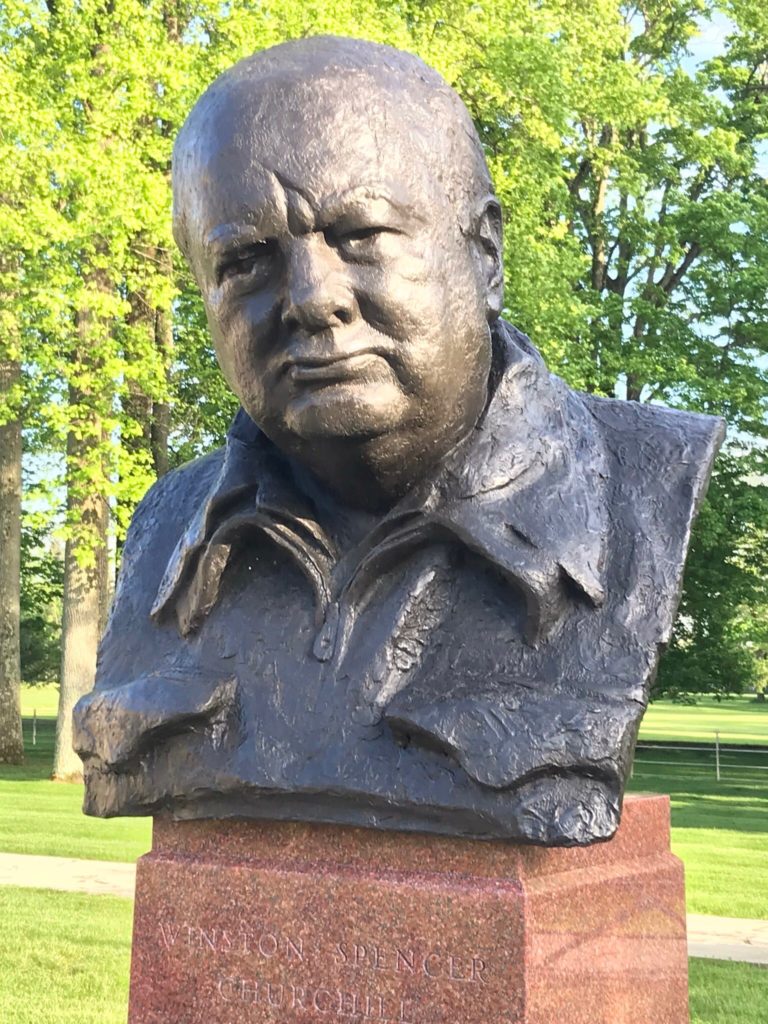
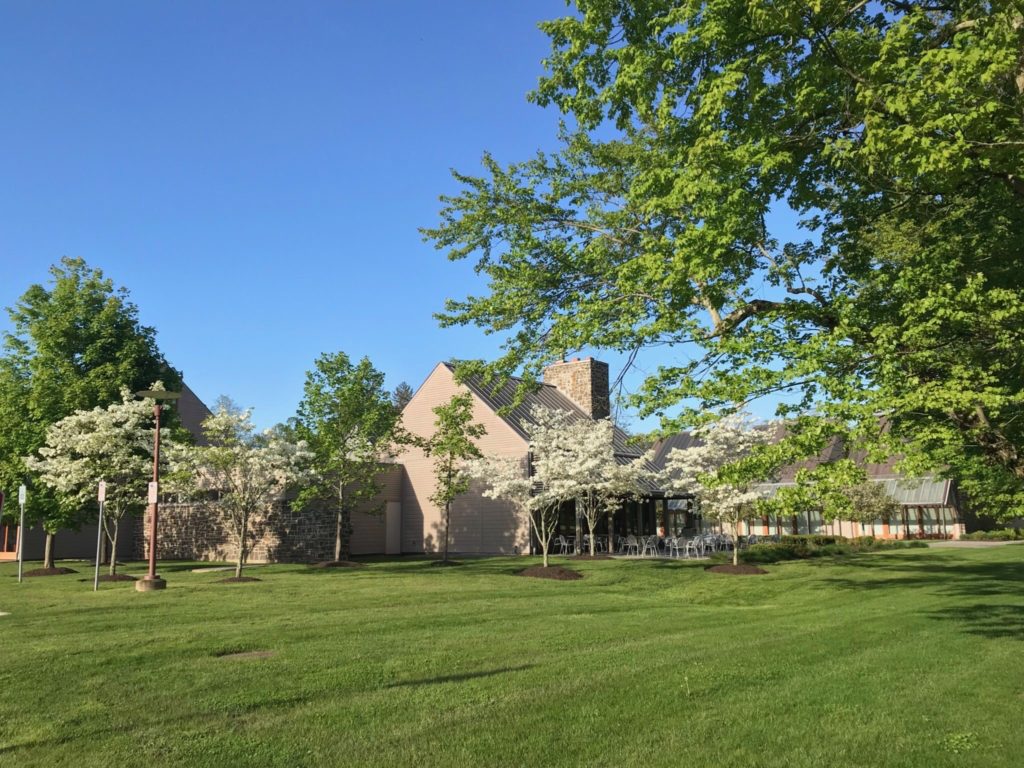
Vanderbilt Mansion and Historic Gardens
The nearby Vanderbilt Mansion National Historic Site, with upcoming summer events, features beautiful Historic Gardens, the nonprofit F.W. Vanderbilt Garden Association, Inc., that welcome volunteers.
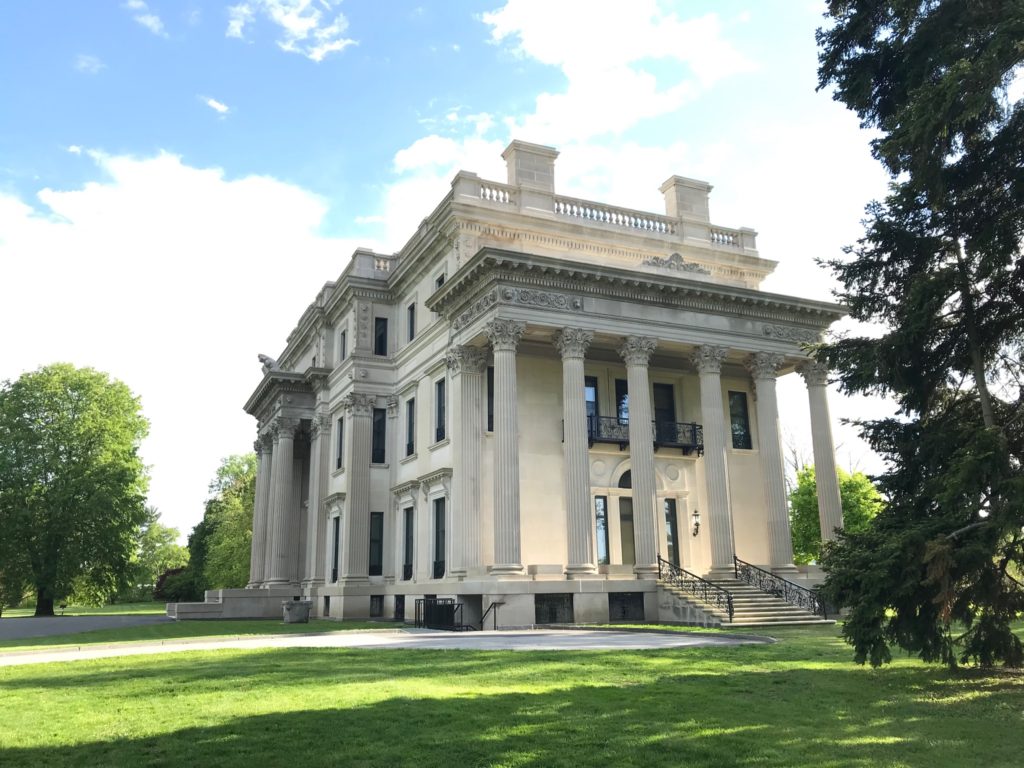
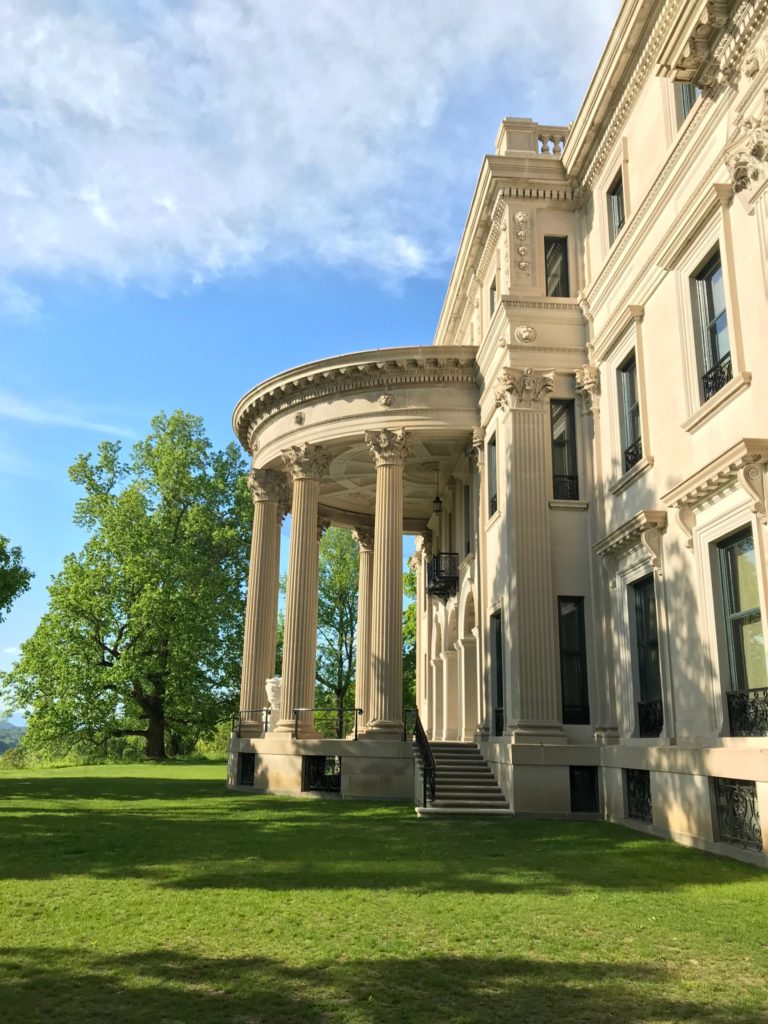
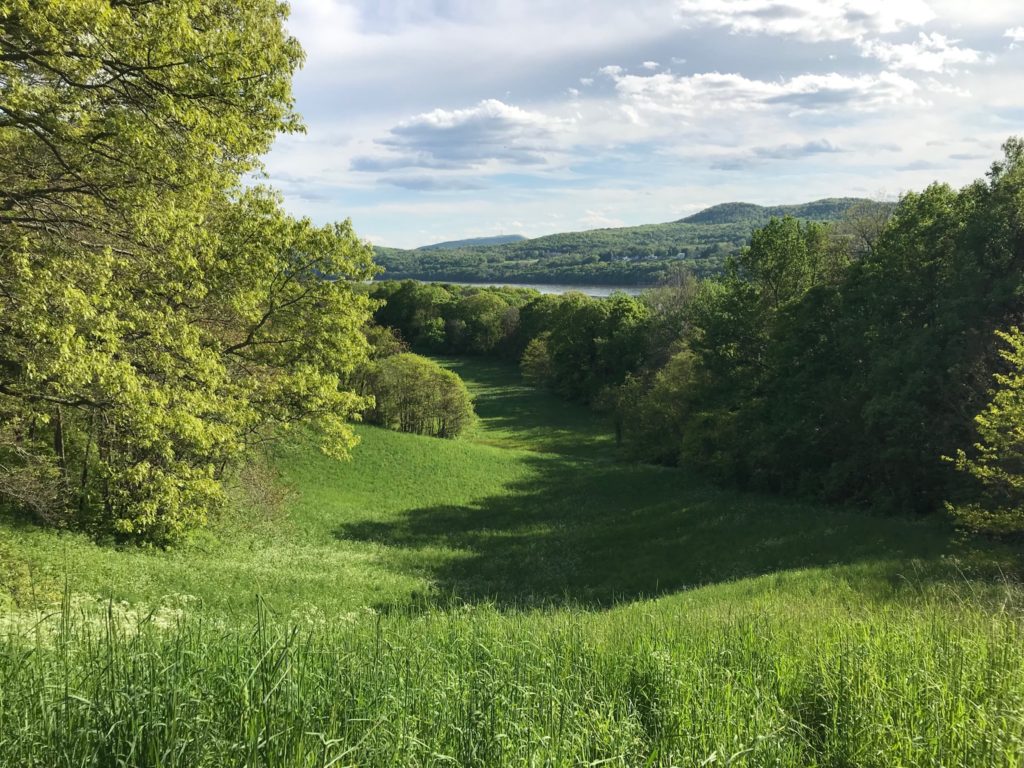
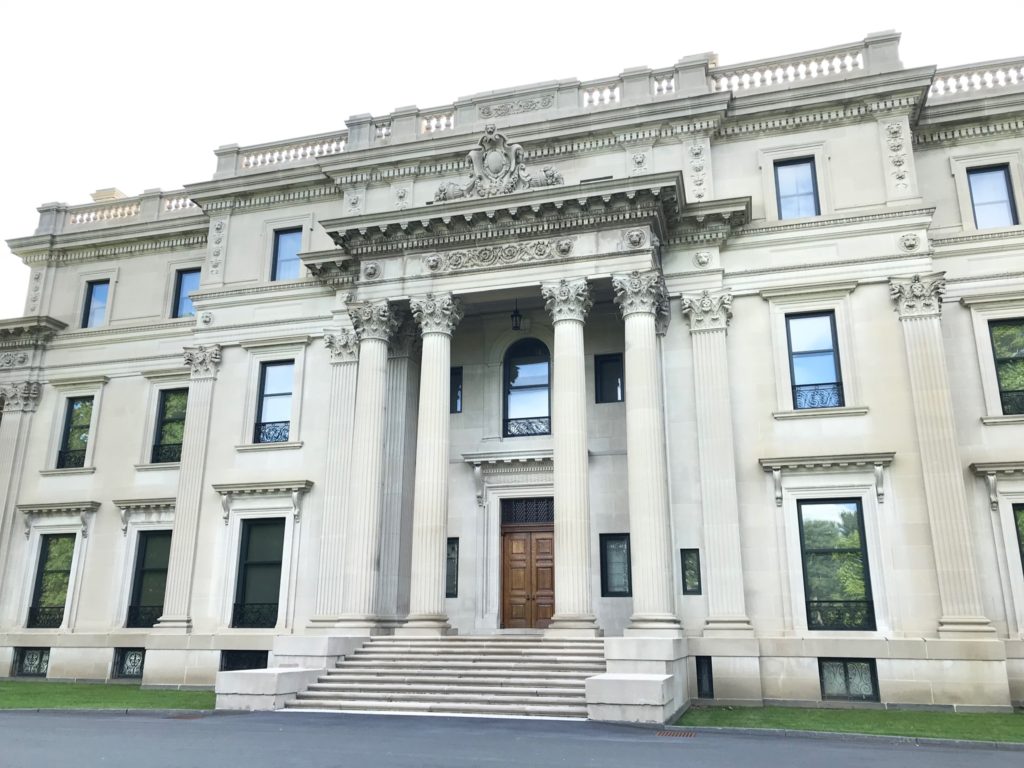
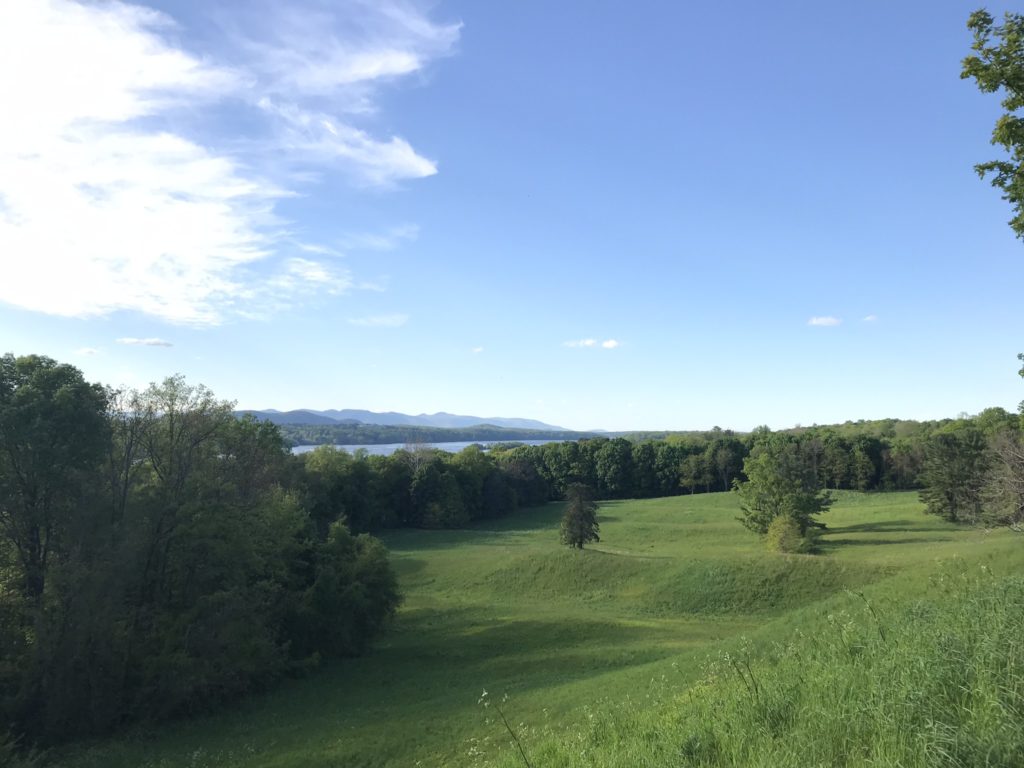
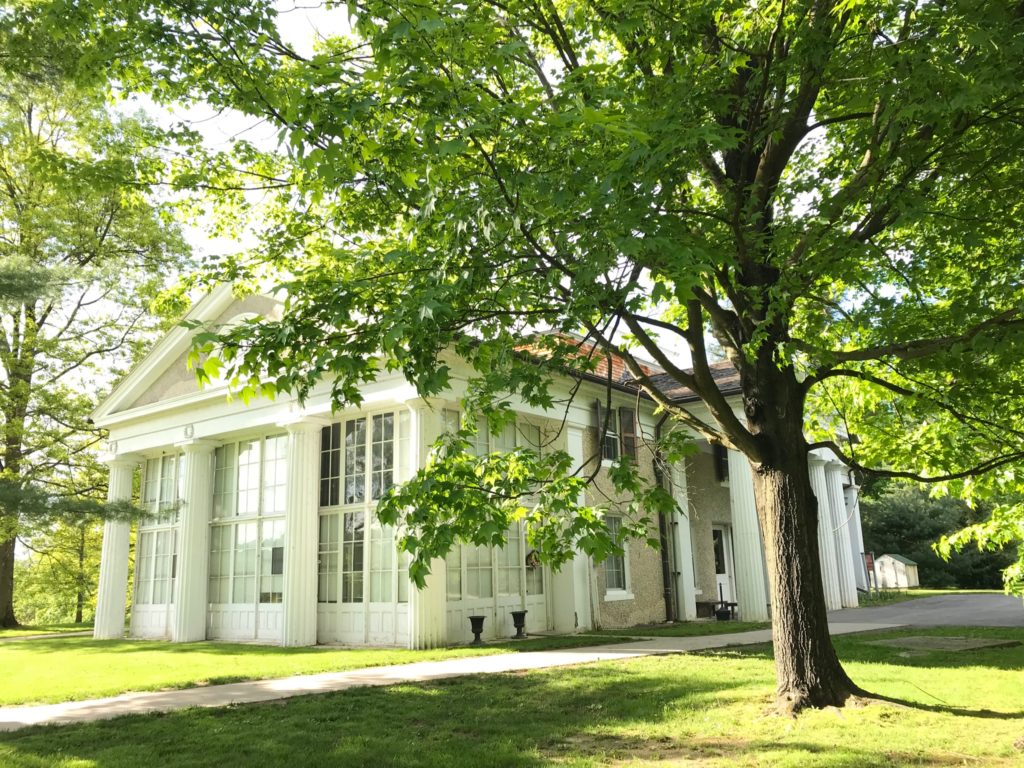
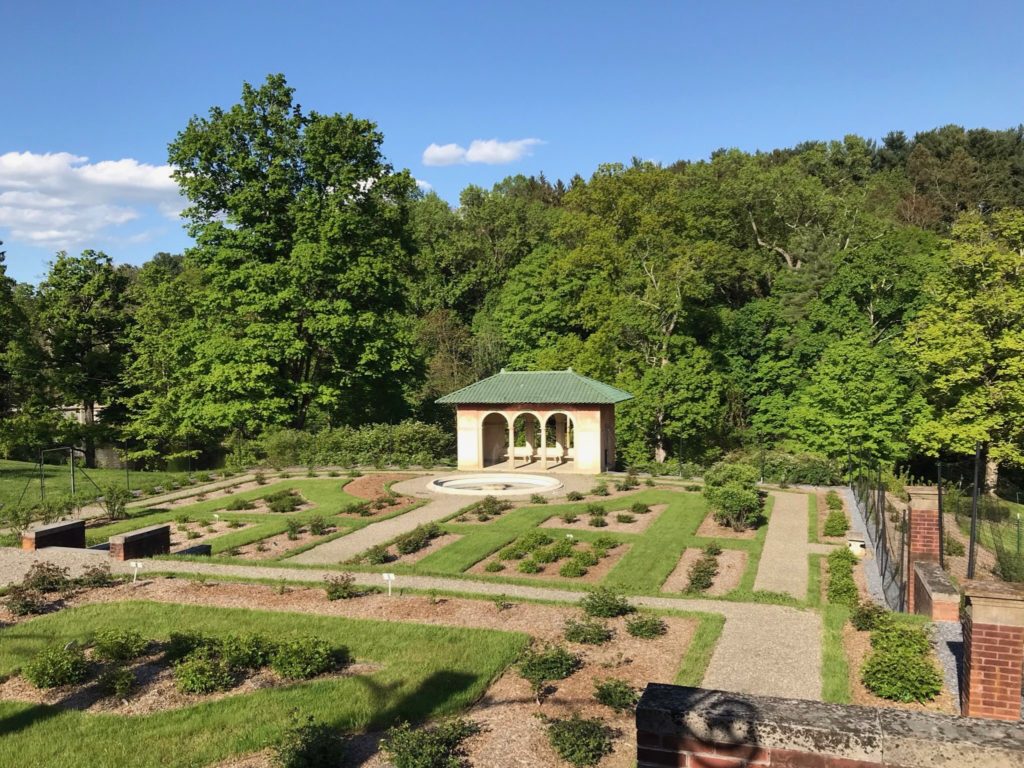
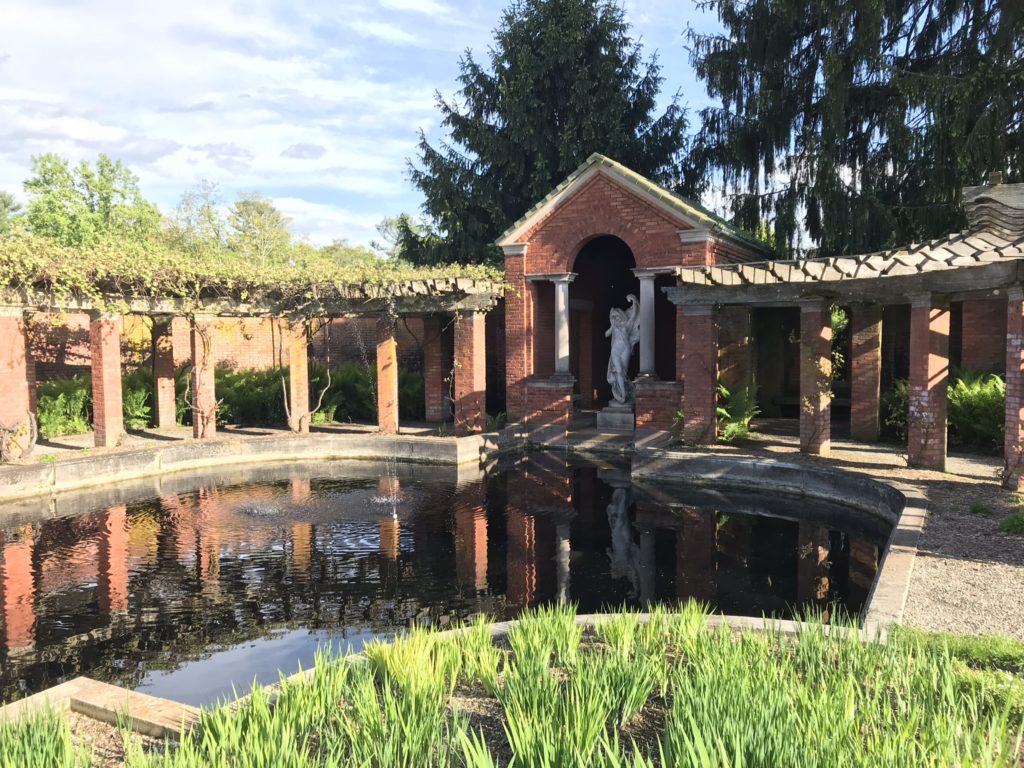
Culinary Arts Institute of America
Looking forward to a formal visit to the Culinary Institute of America, but had to post these lovely sunset views. Thank you for the kind permission to photograph.
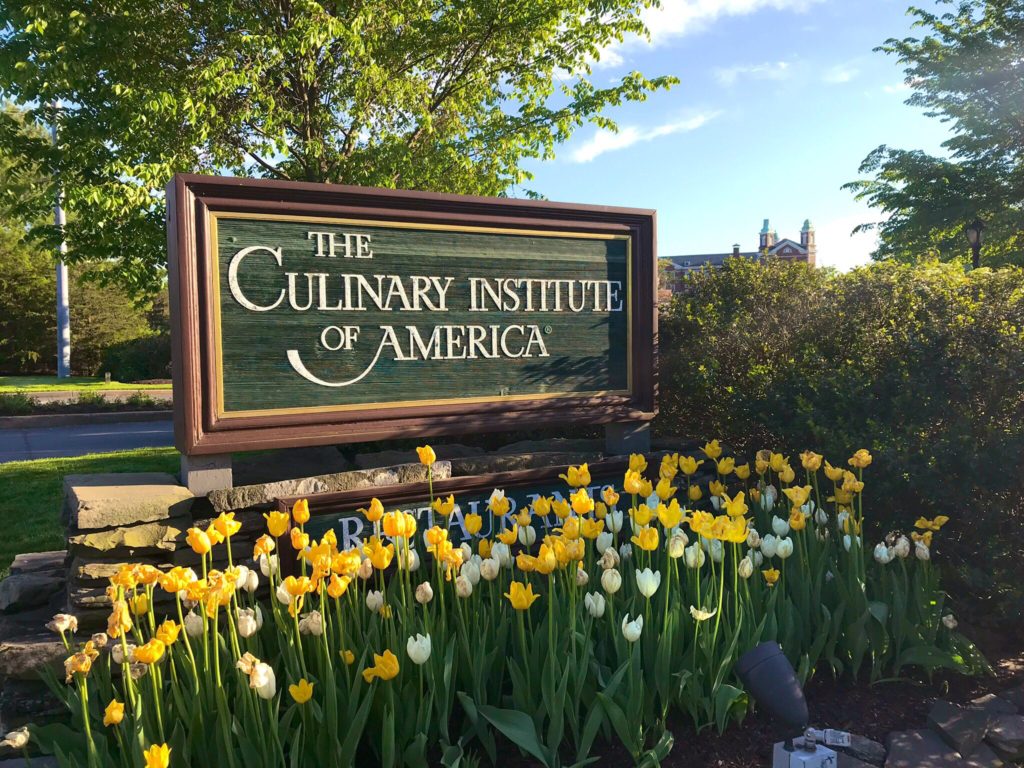
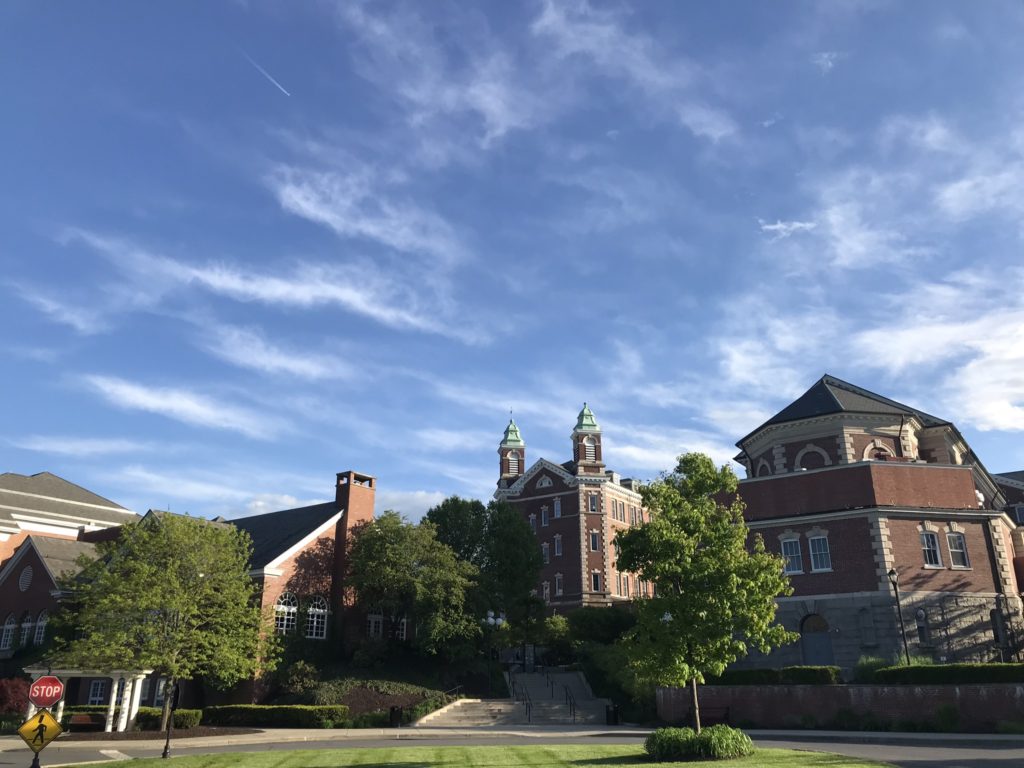
(Sources: Wilderstein.org, FDR Library, fdrlibrary.tumblr.com, PBS “The Roosevelts: An Intimate History,” nytimes.com, tmagazine.blogs.nytimes.com, postalmuseum.si.edu, livingnewdeal.org, hrvh.org, hvmag.com, hudsonrivervalley.com, flickr.com, Wiki)
“Daisy, Fala, and Wilderstein: Rhinecliff Gems” All Rights Reserved © 2019 Kathleen Helen Levey
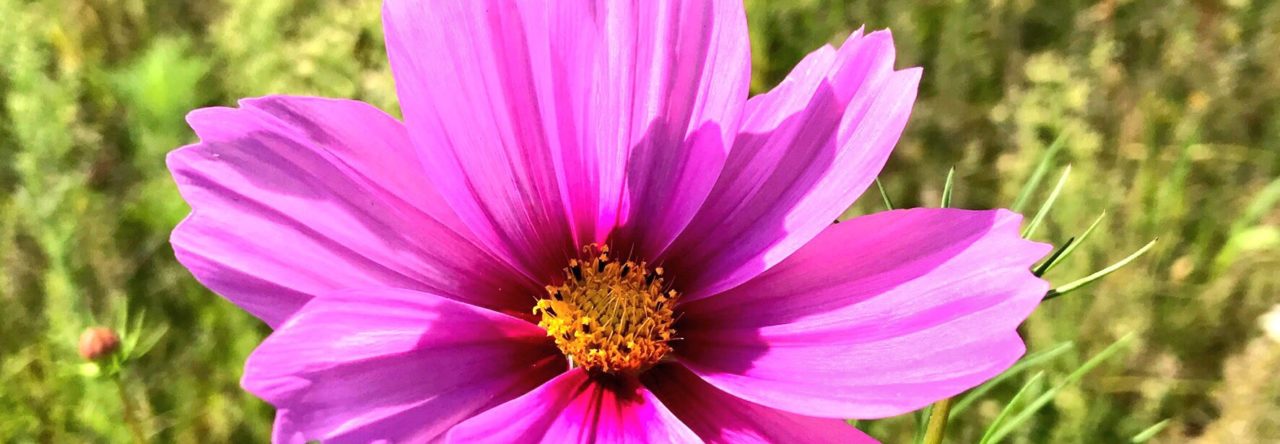

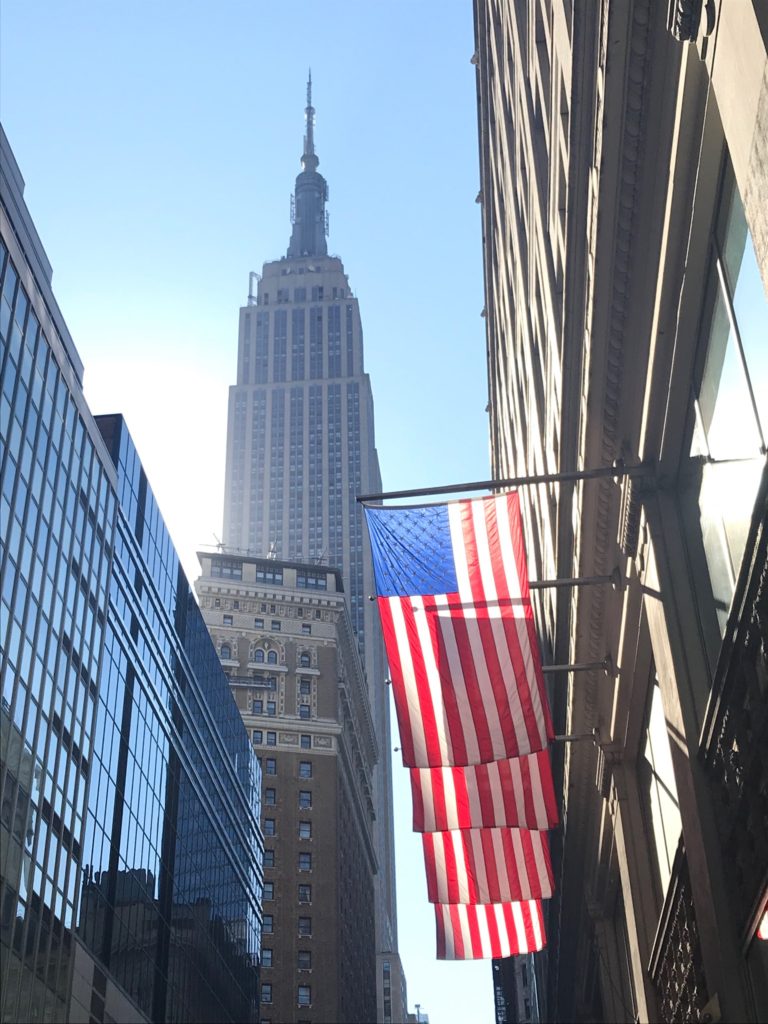
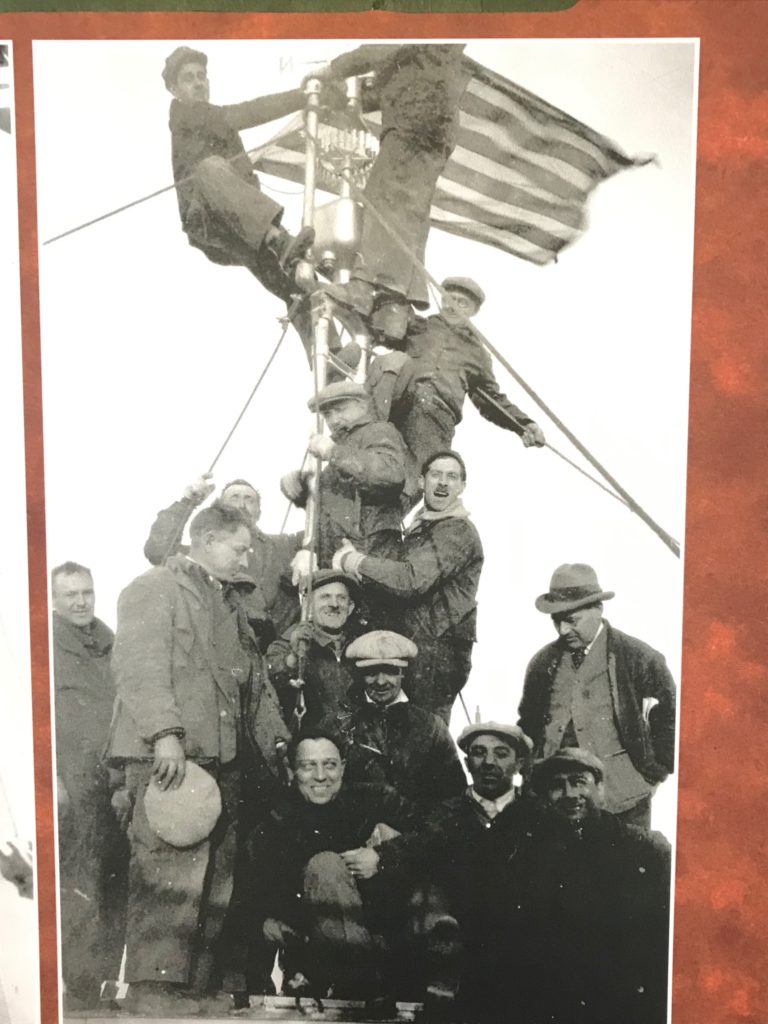
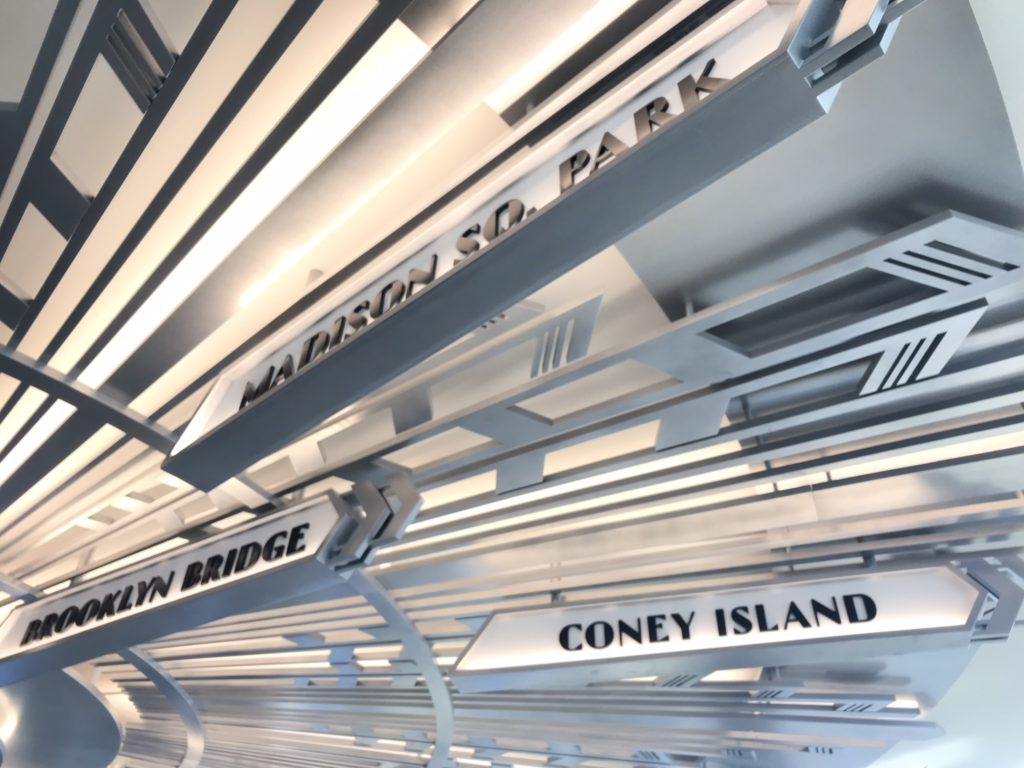
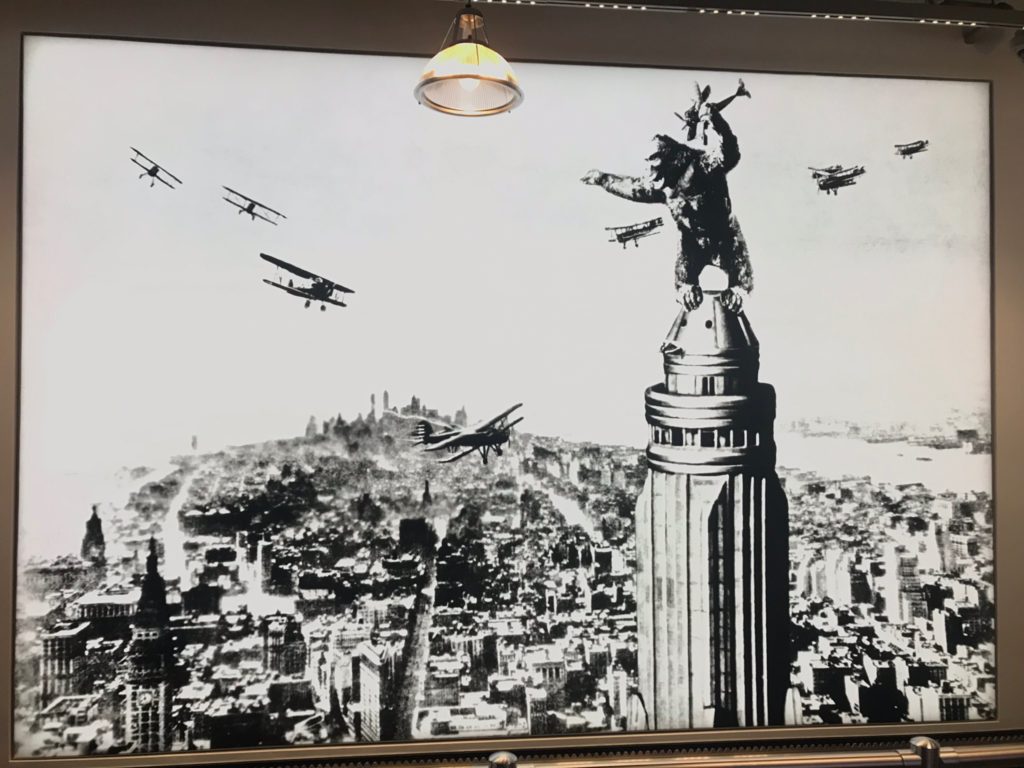
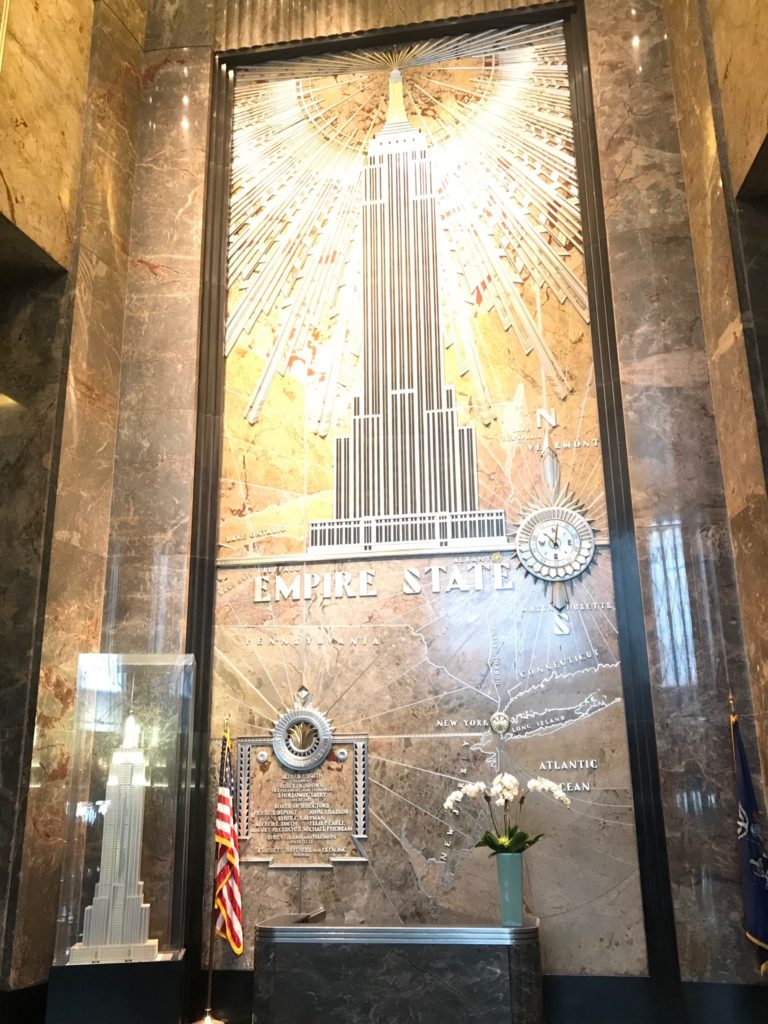
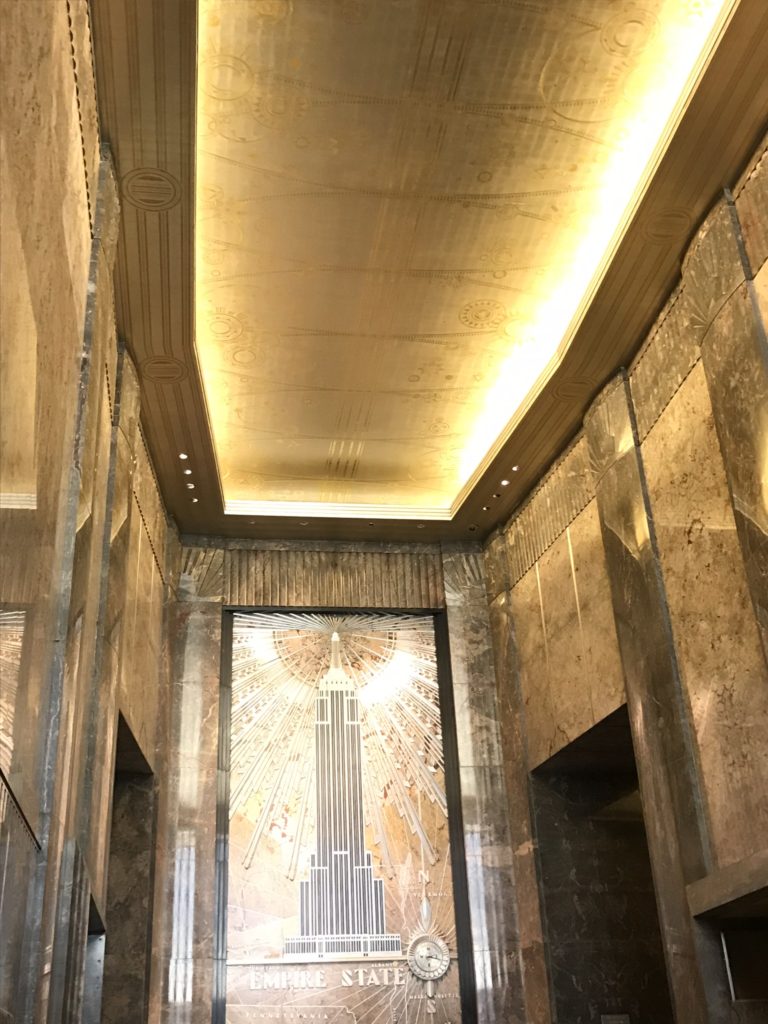
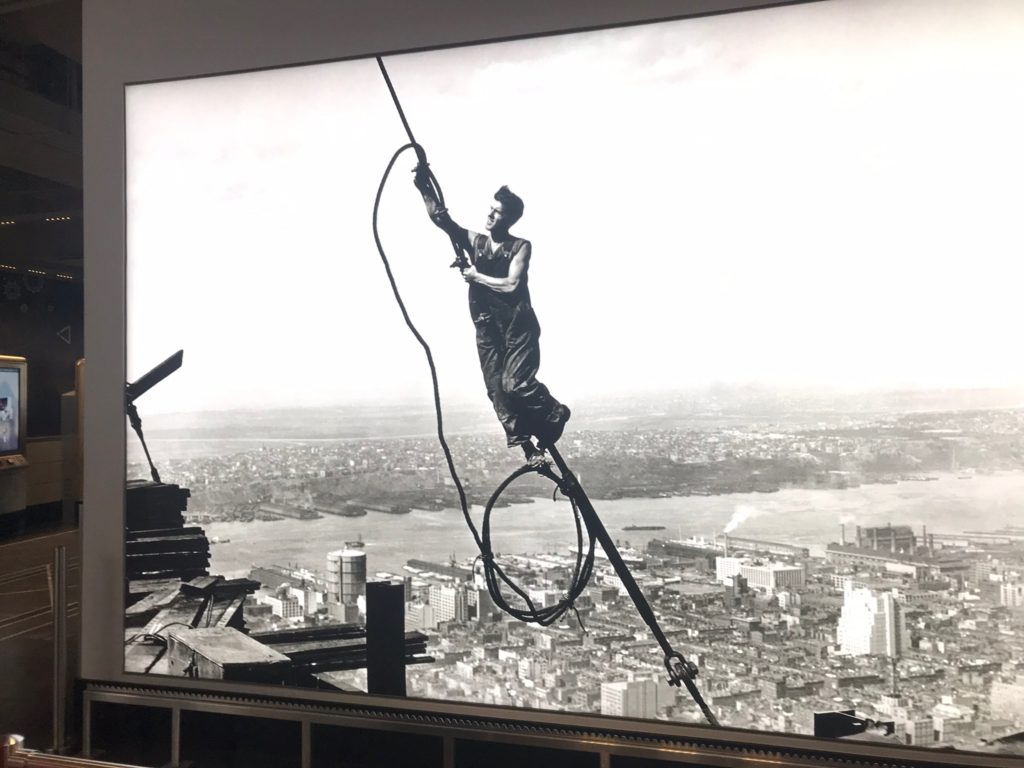
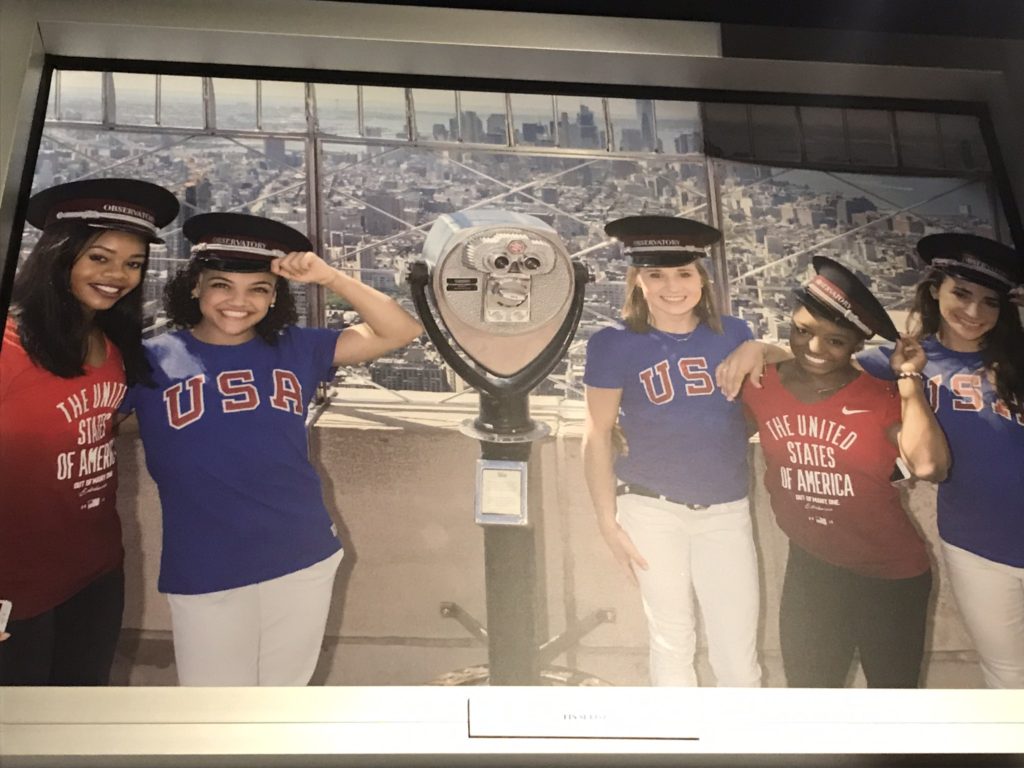
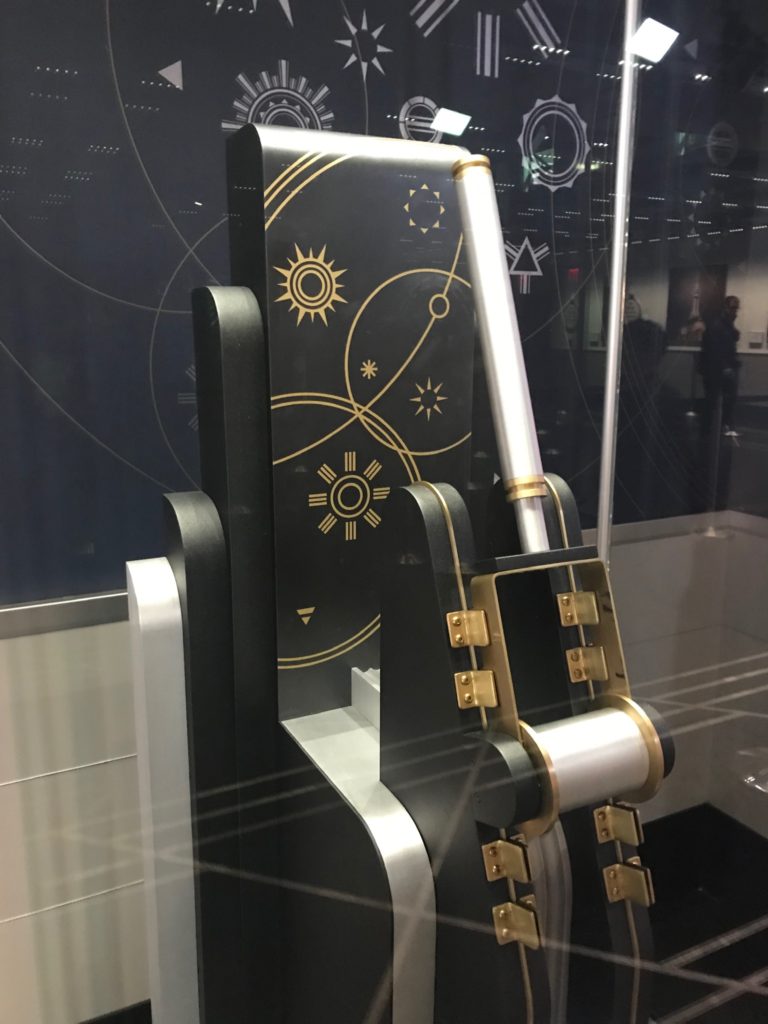
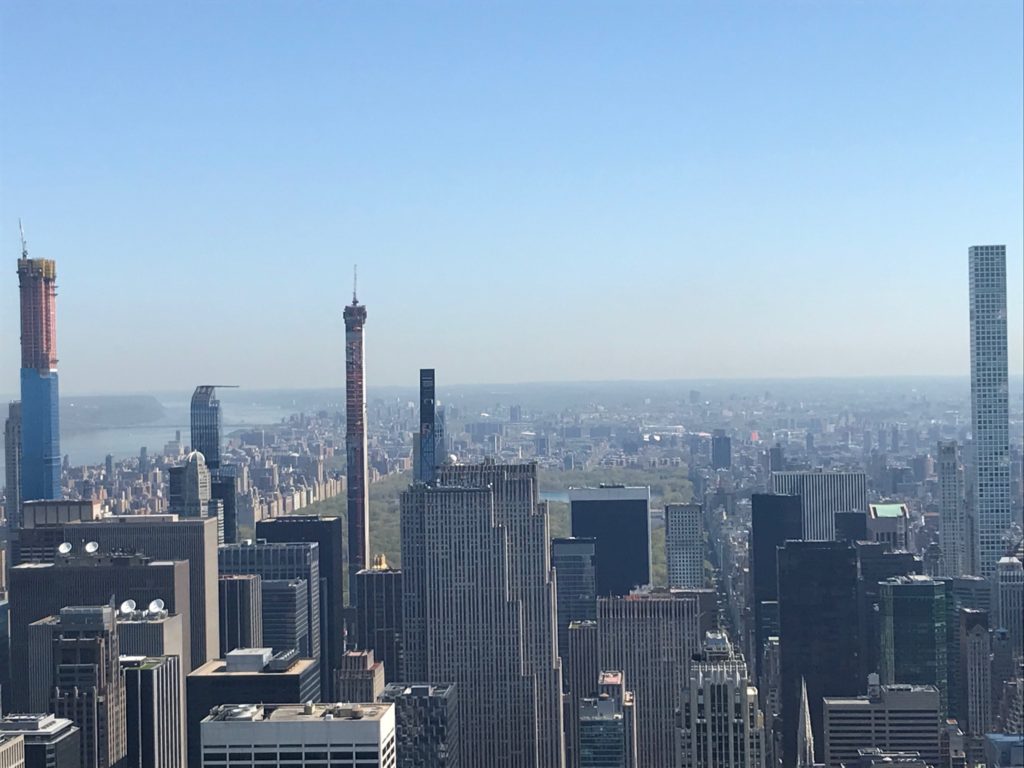
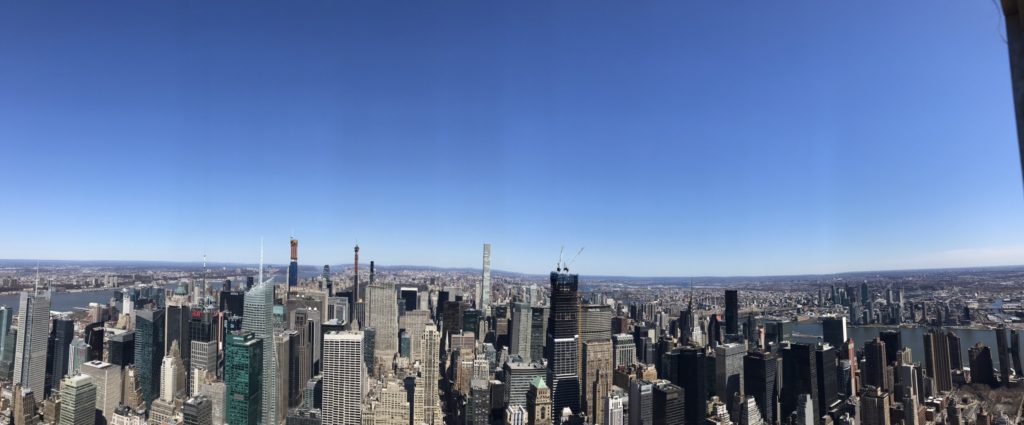
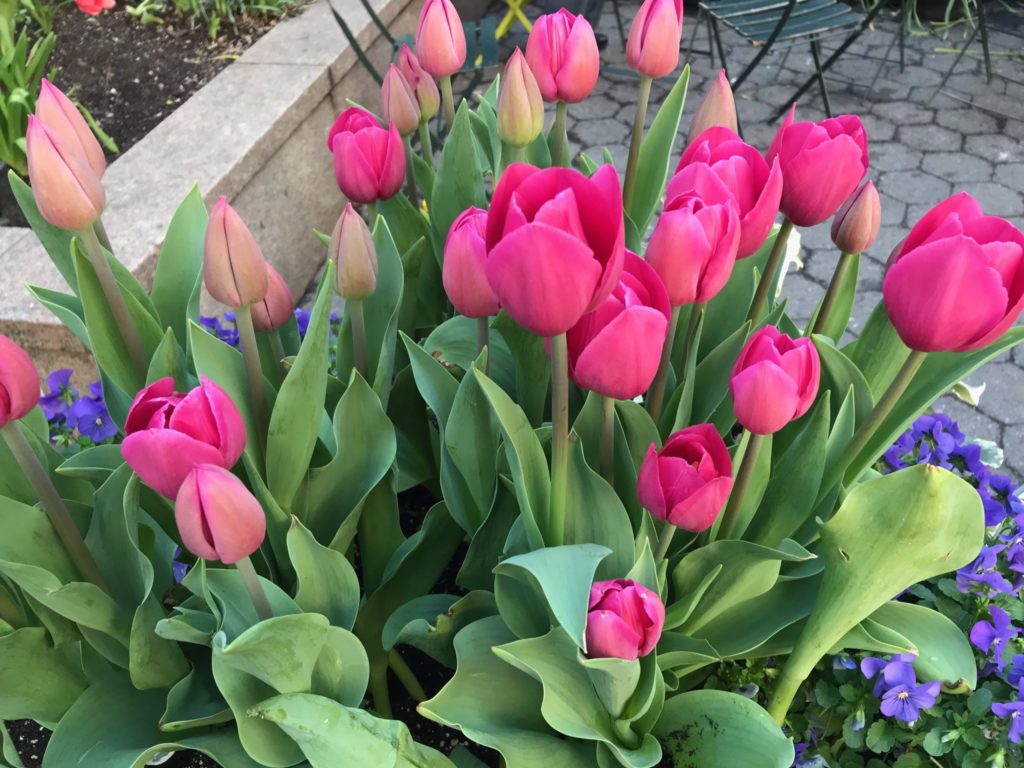
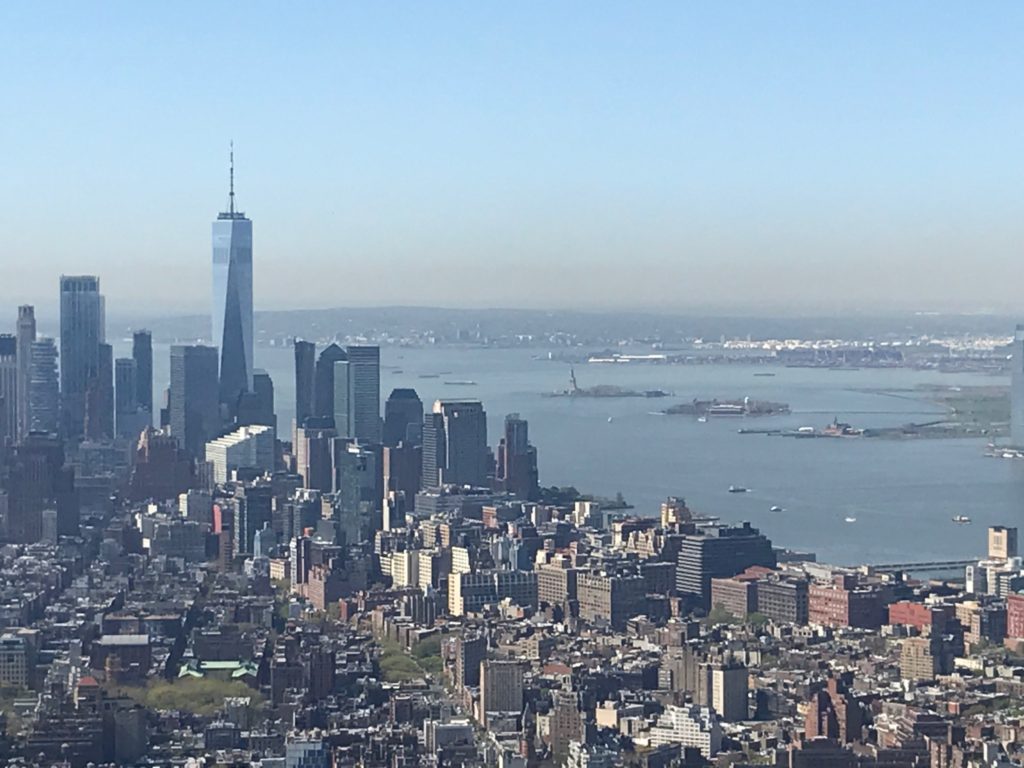
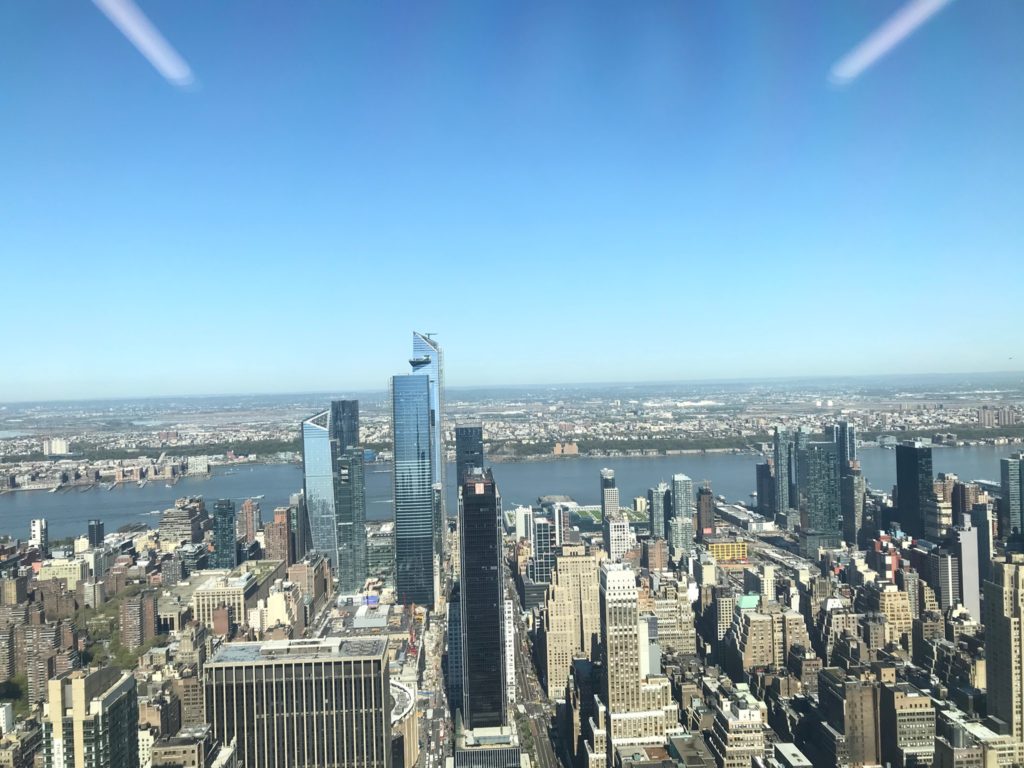
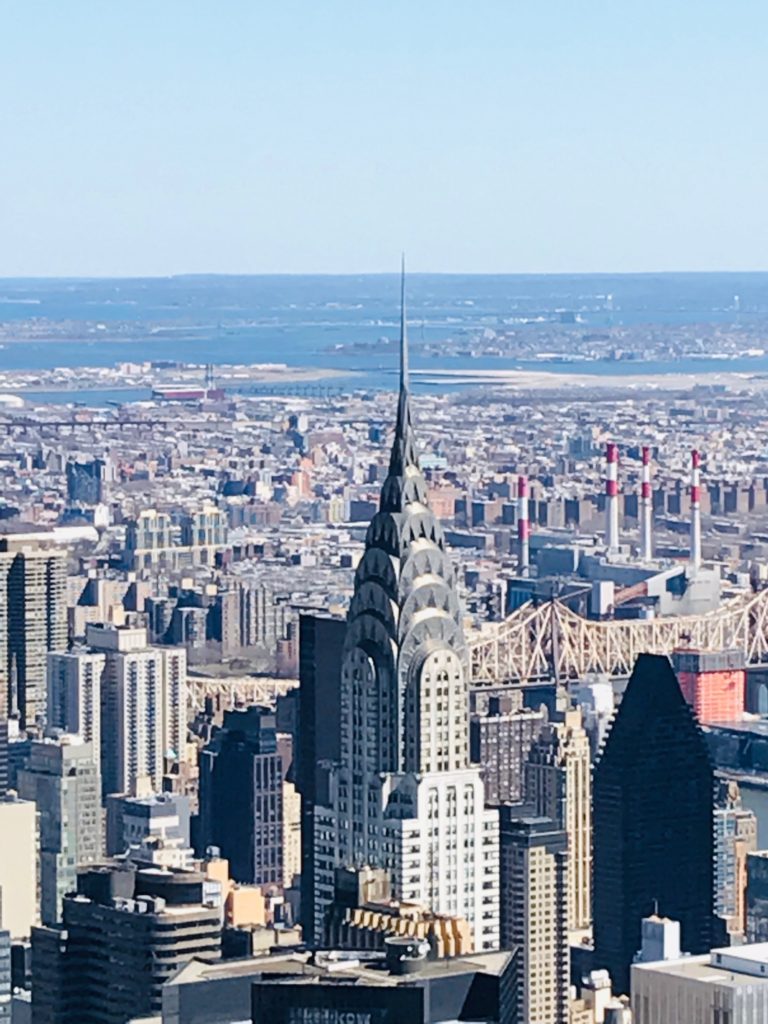
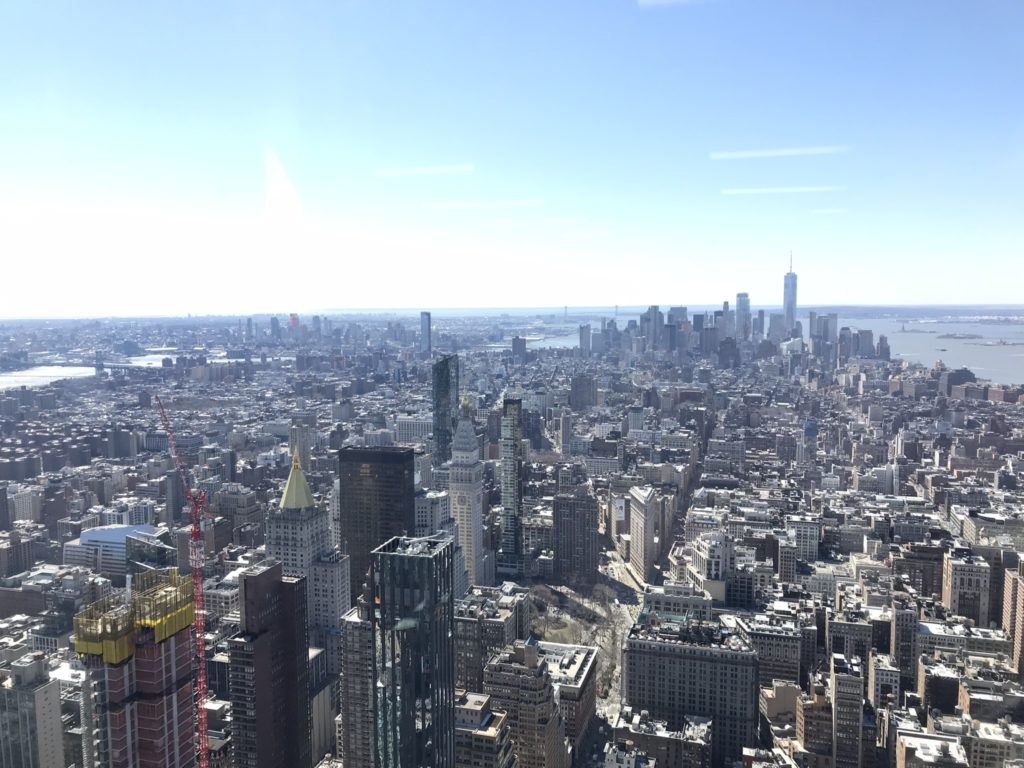
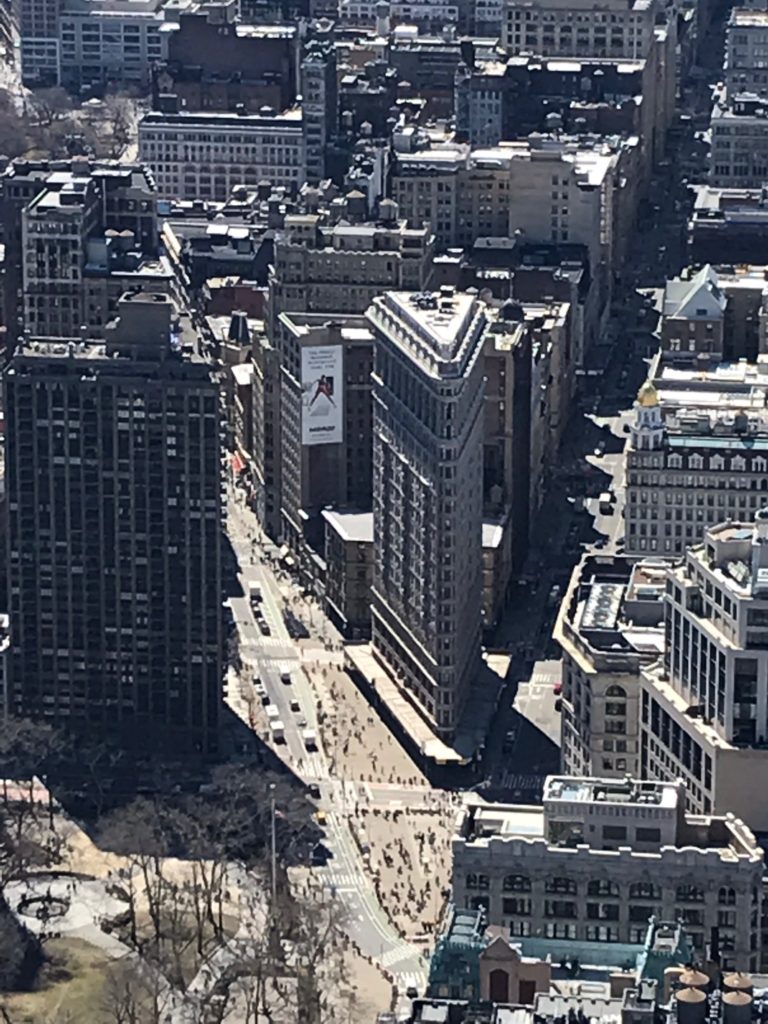
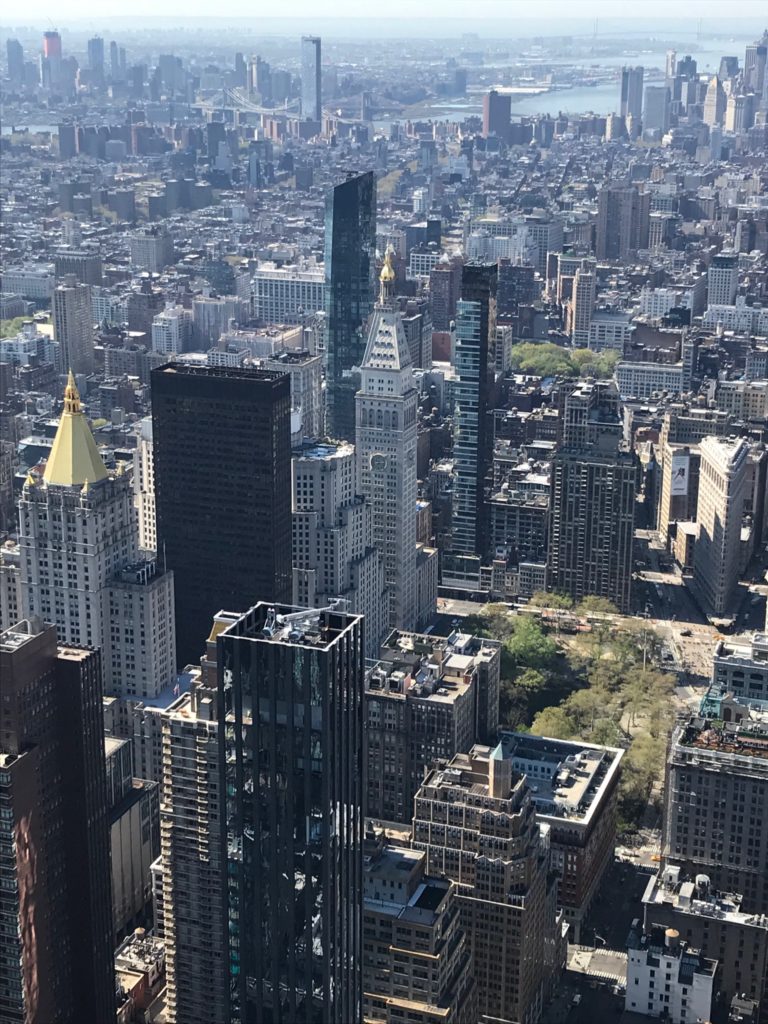
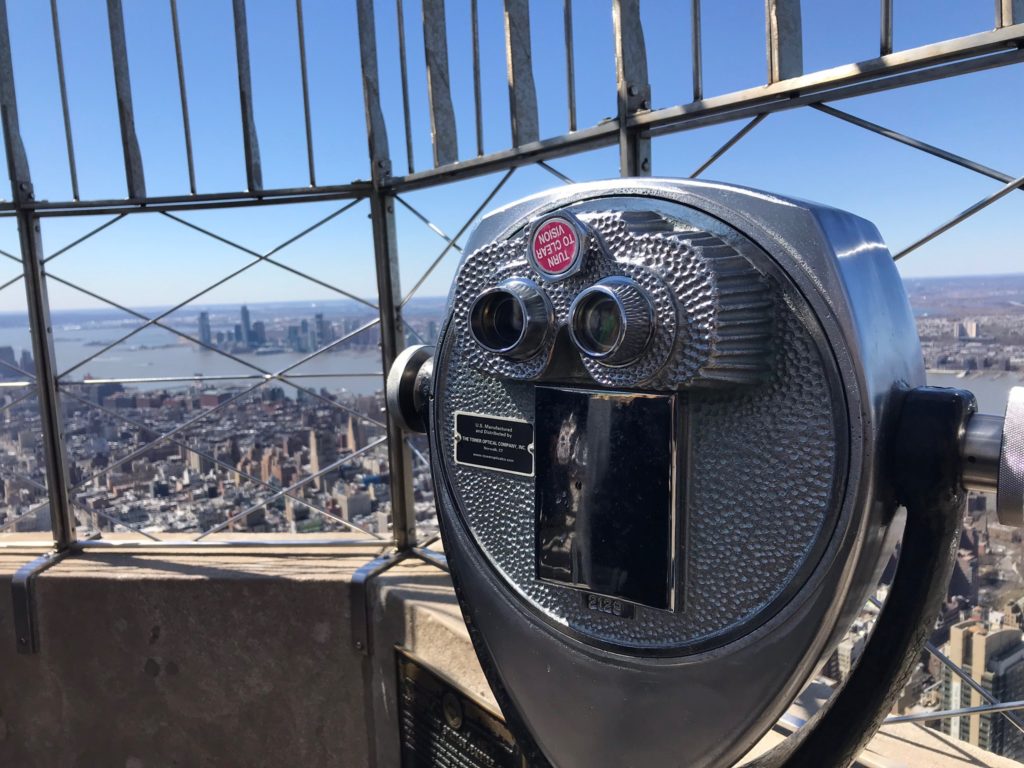
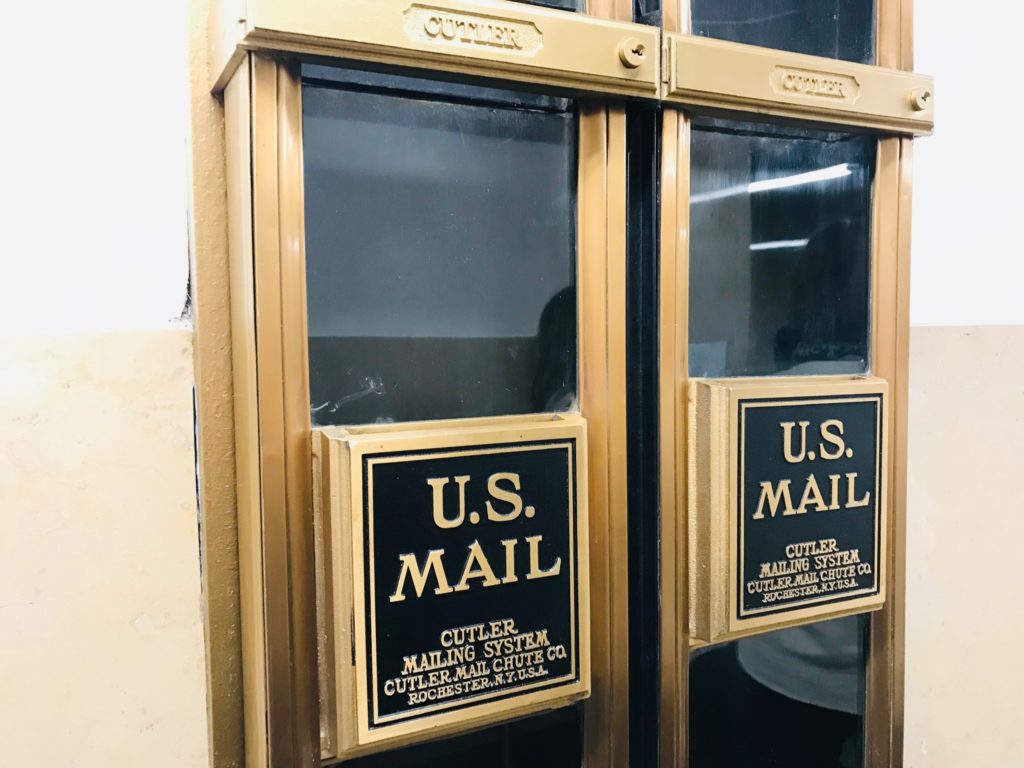
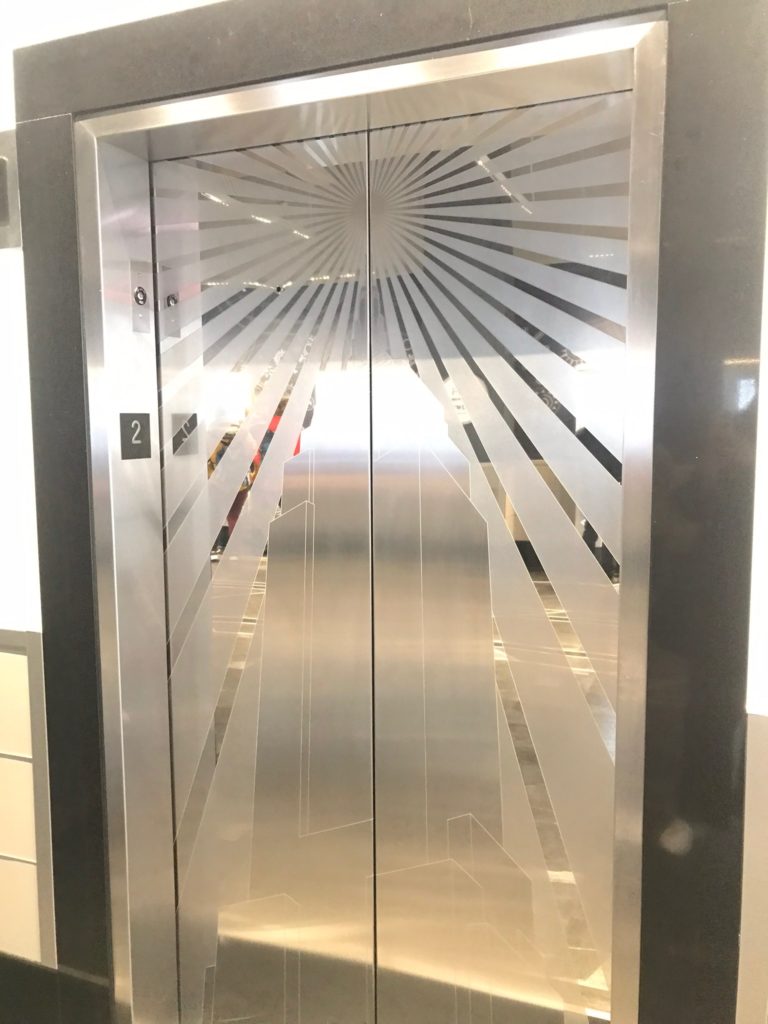
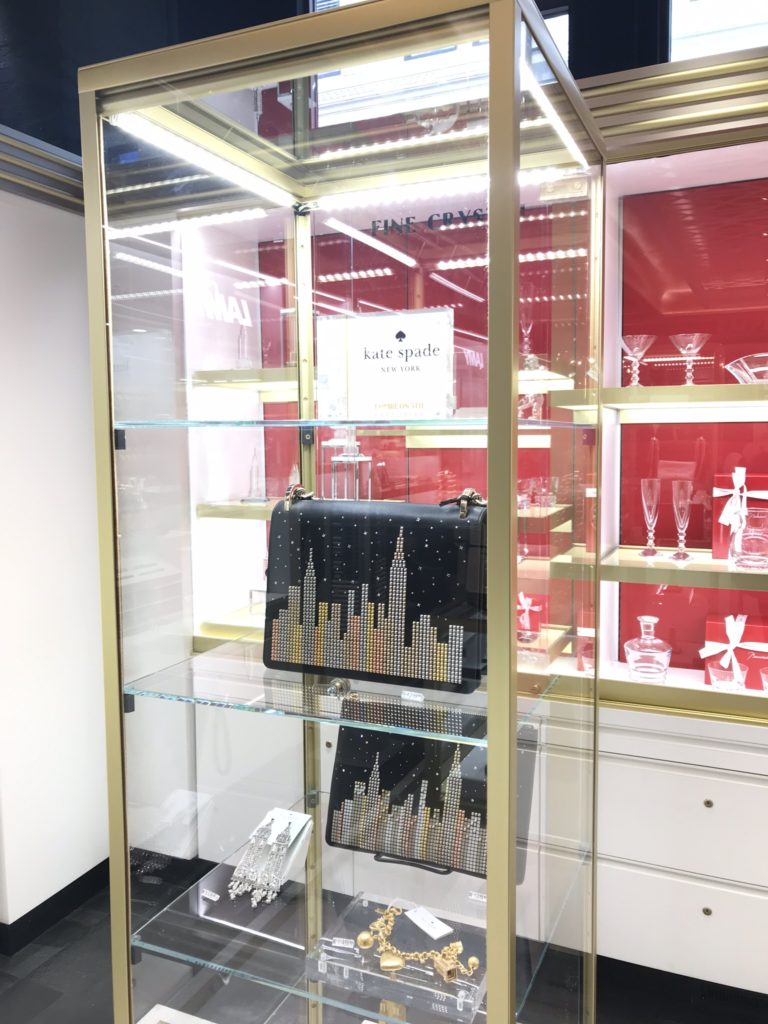
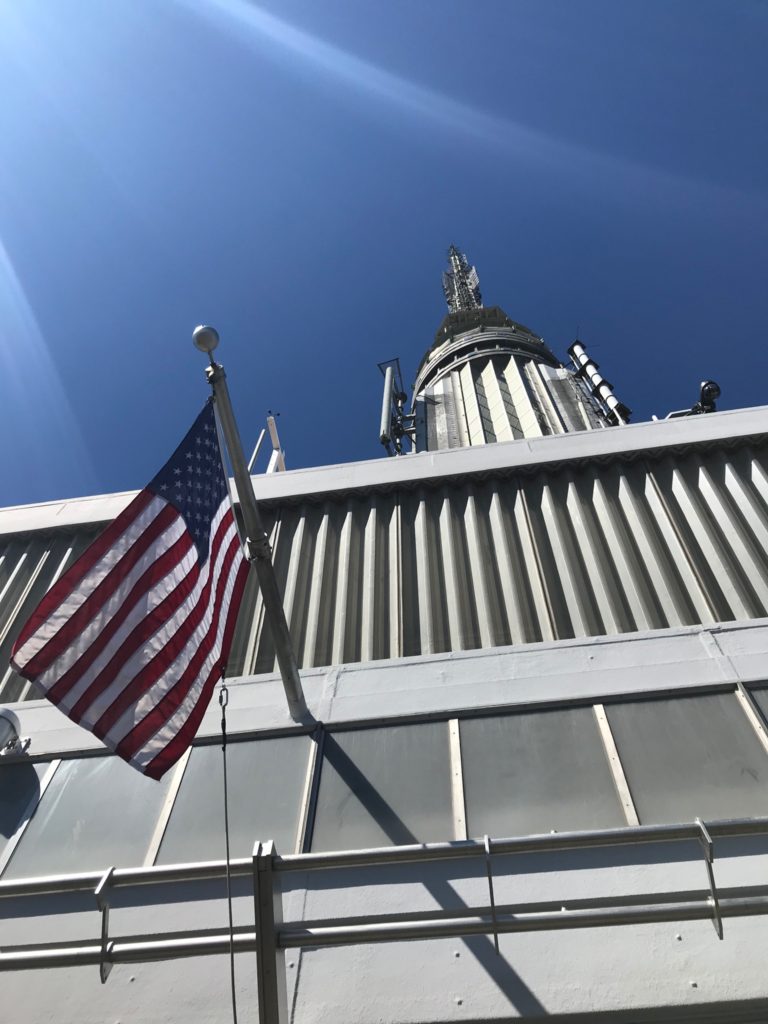
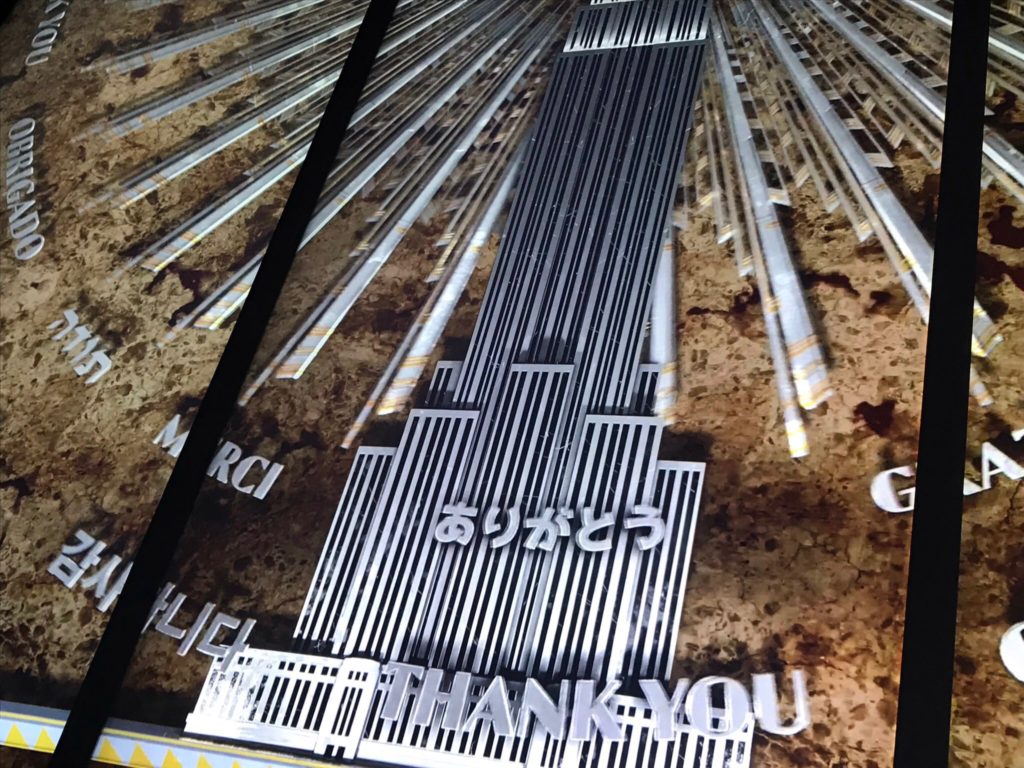
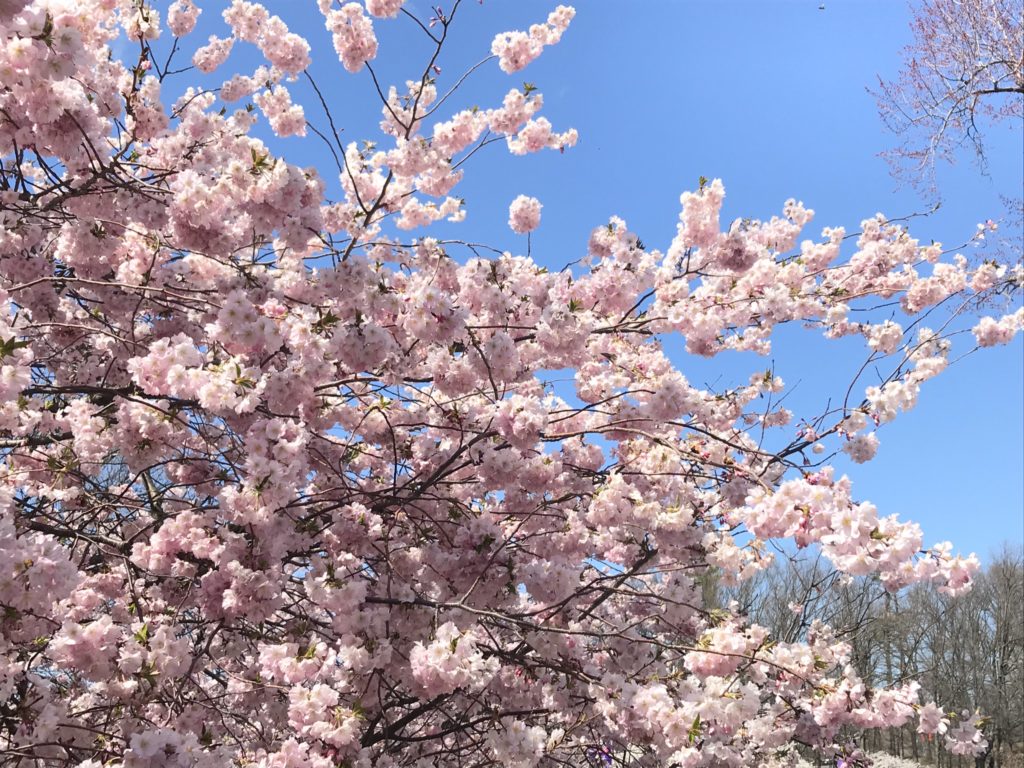
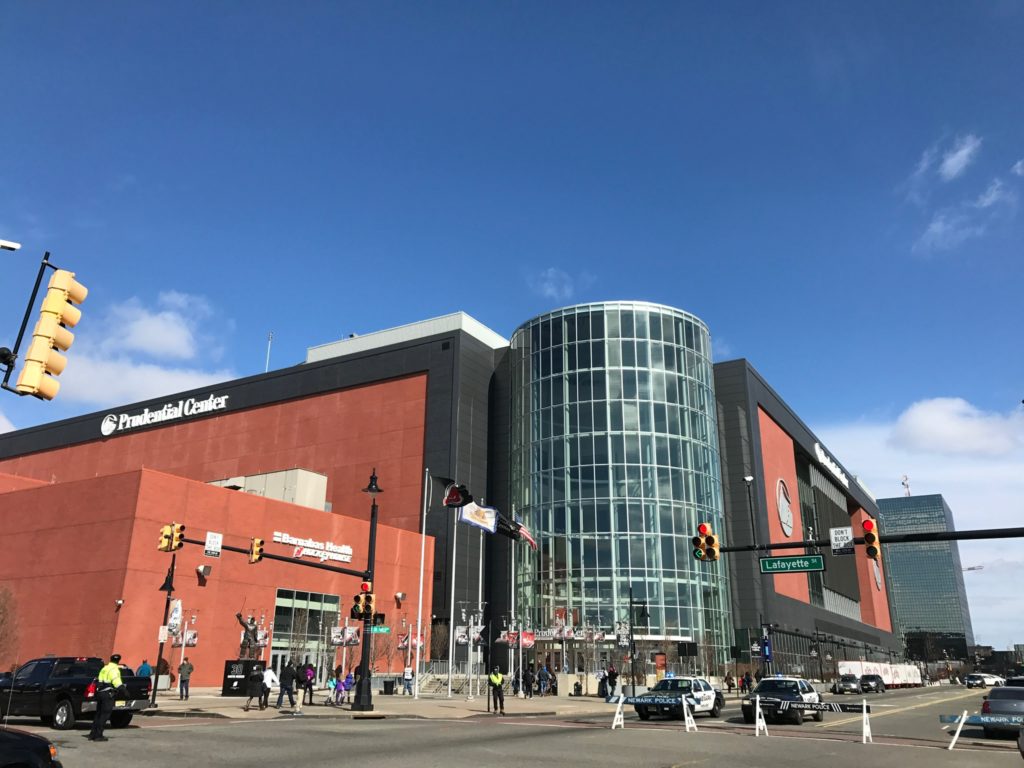



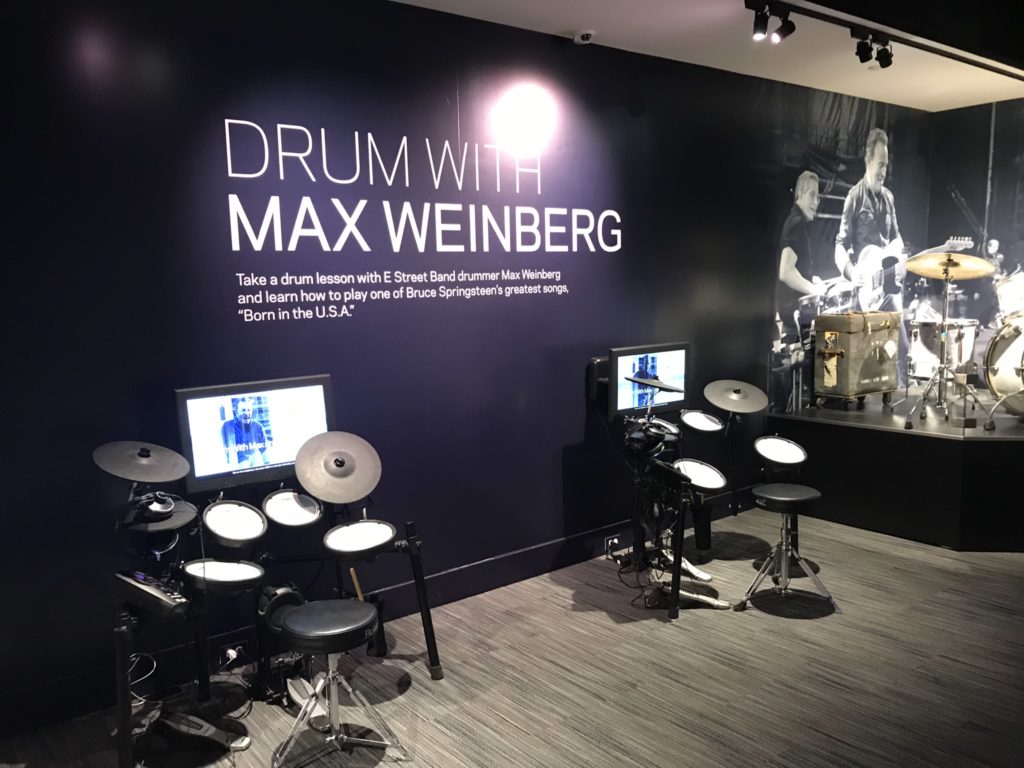

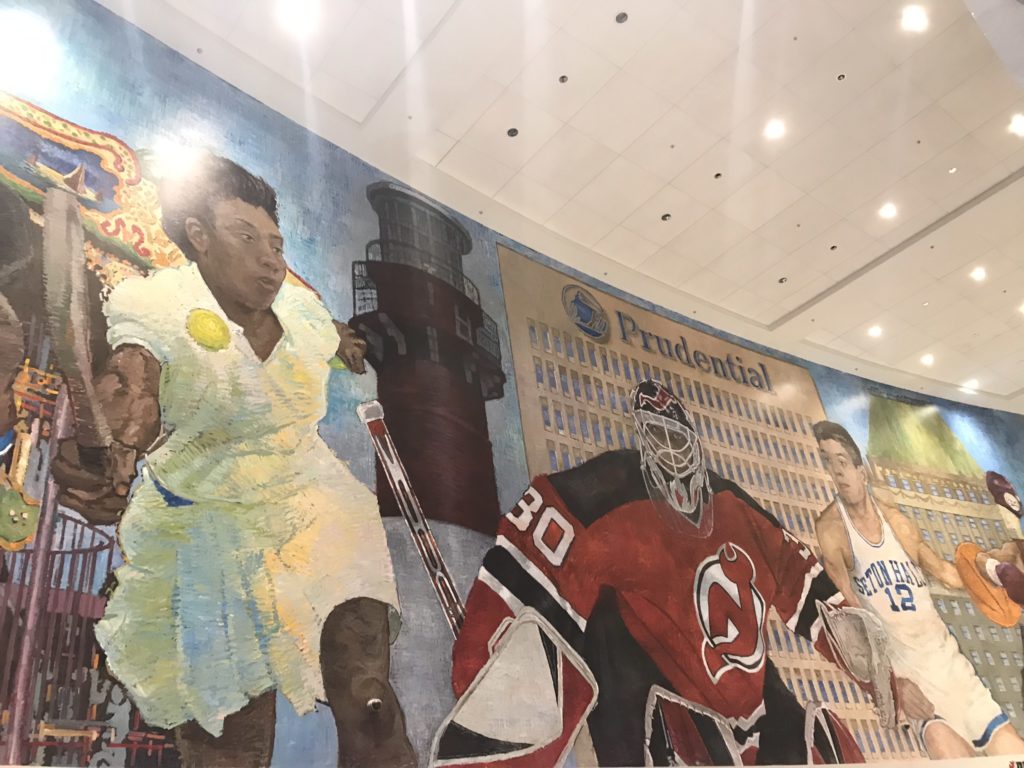

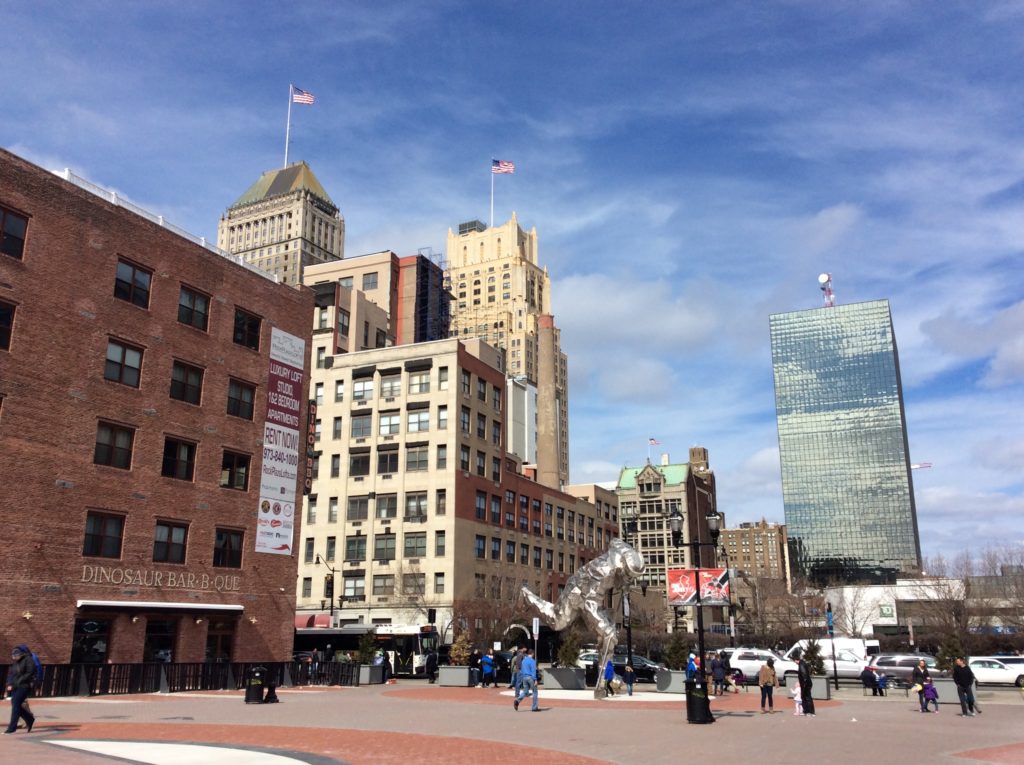
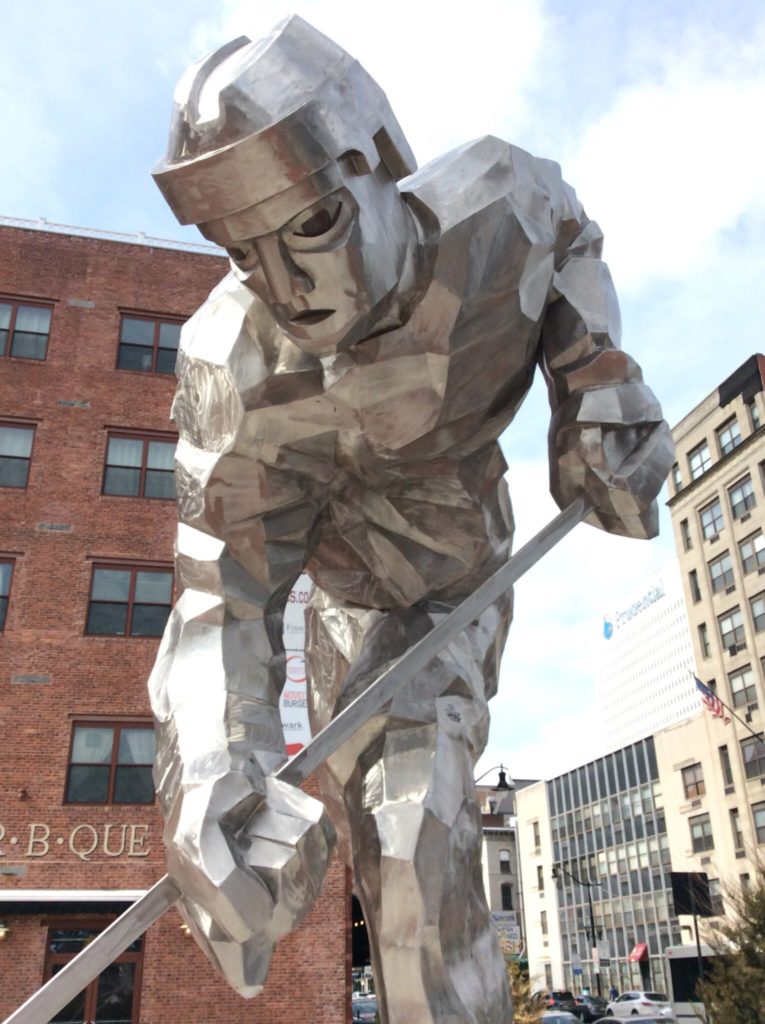
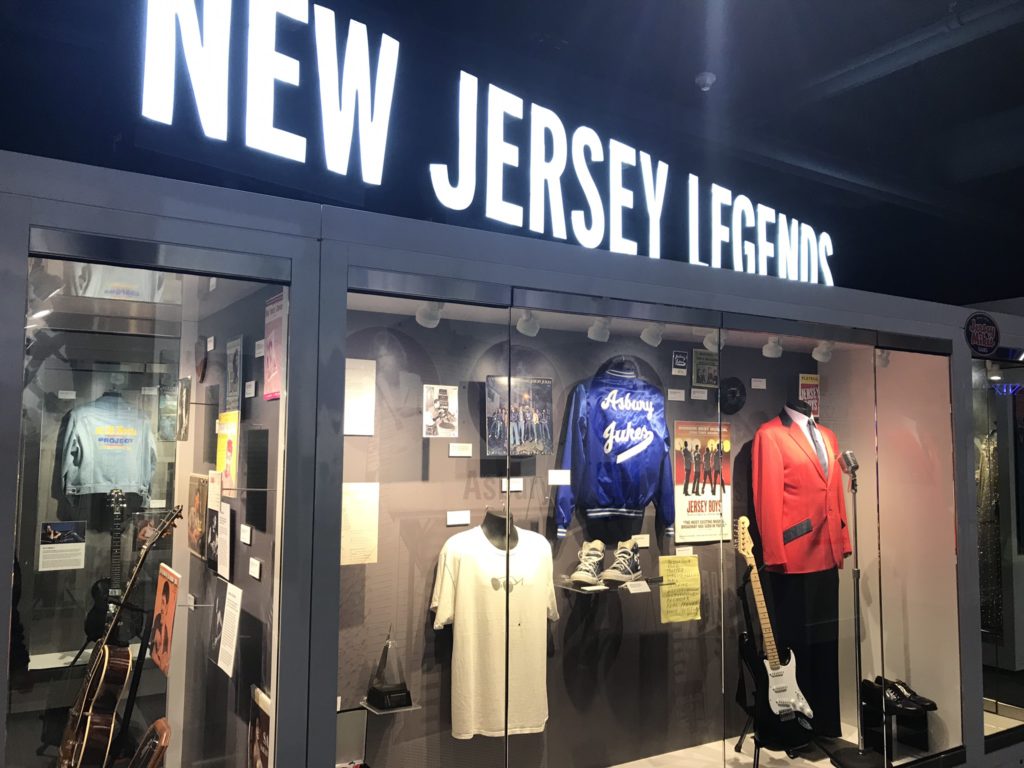
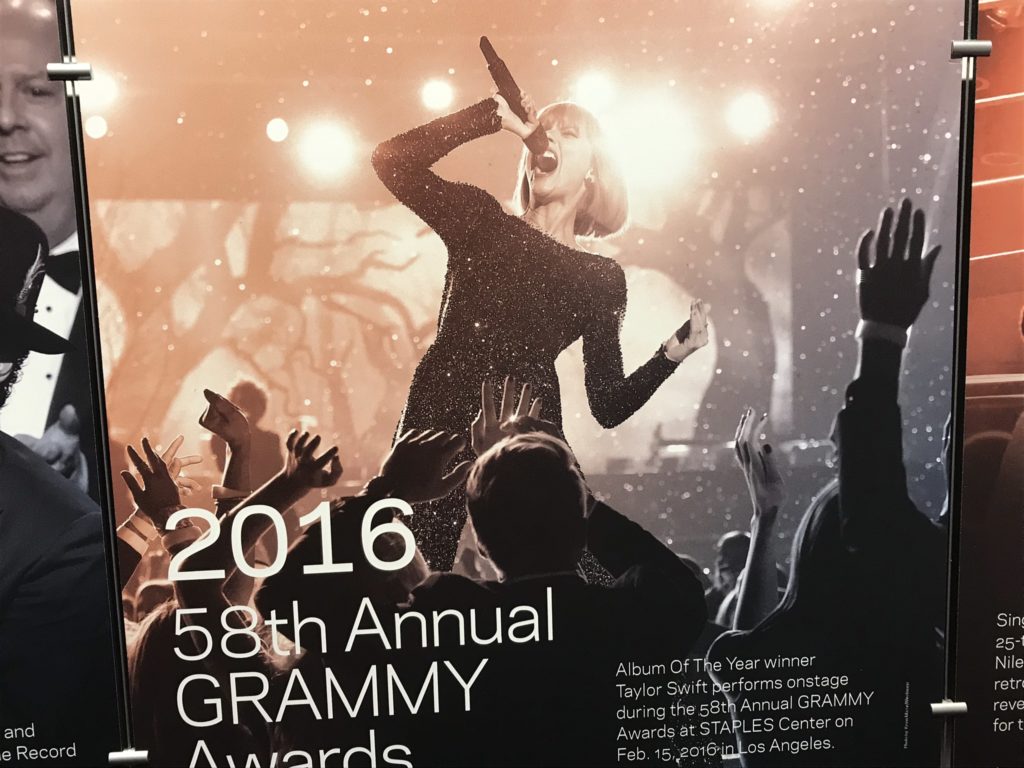
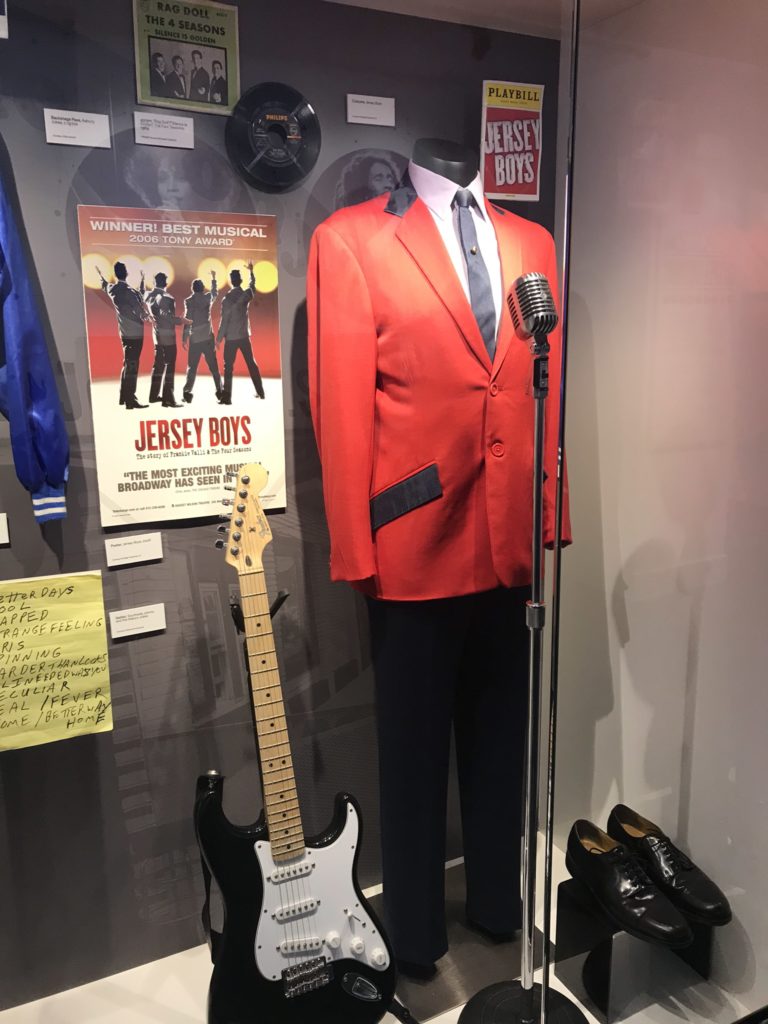
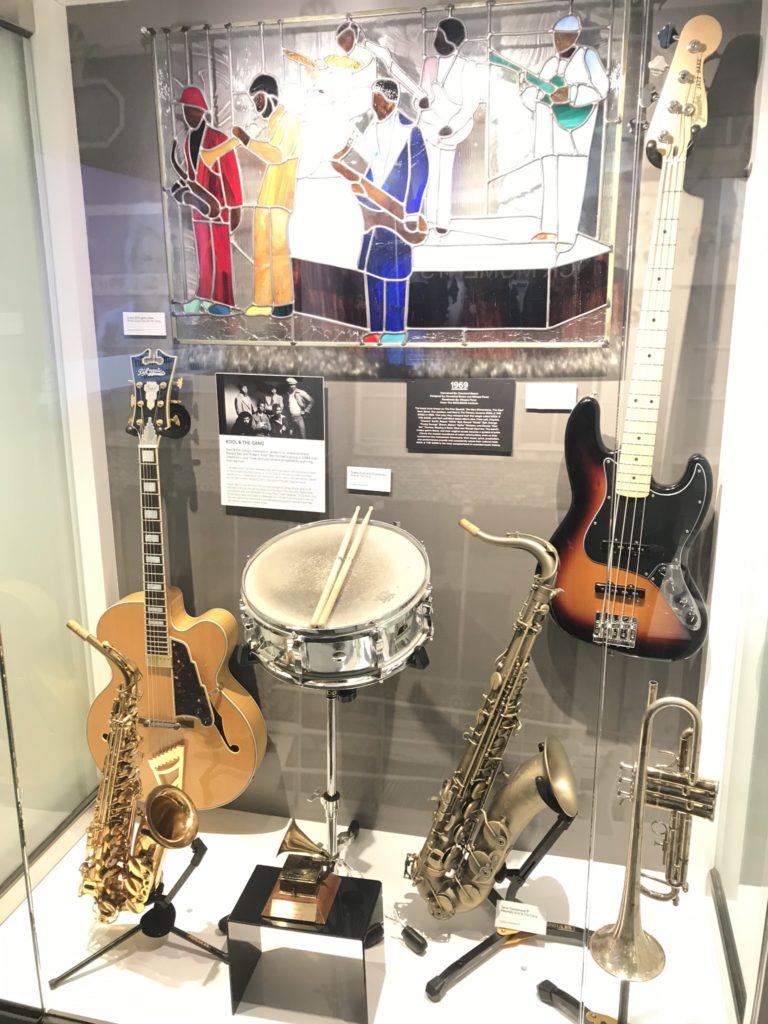
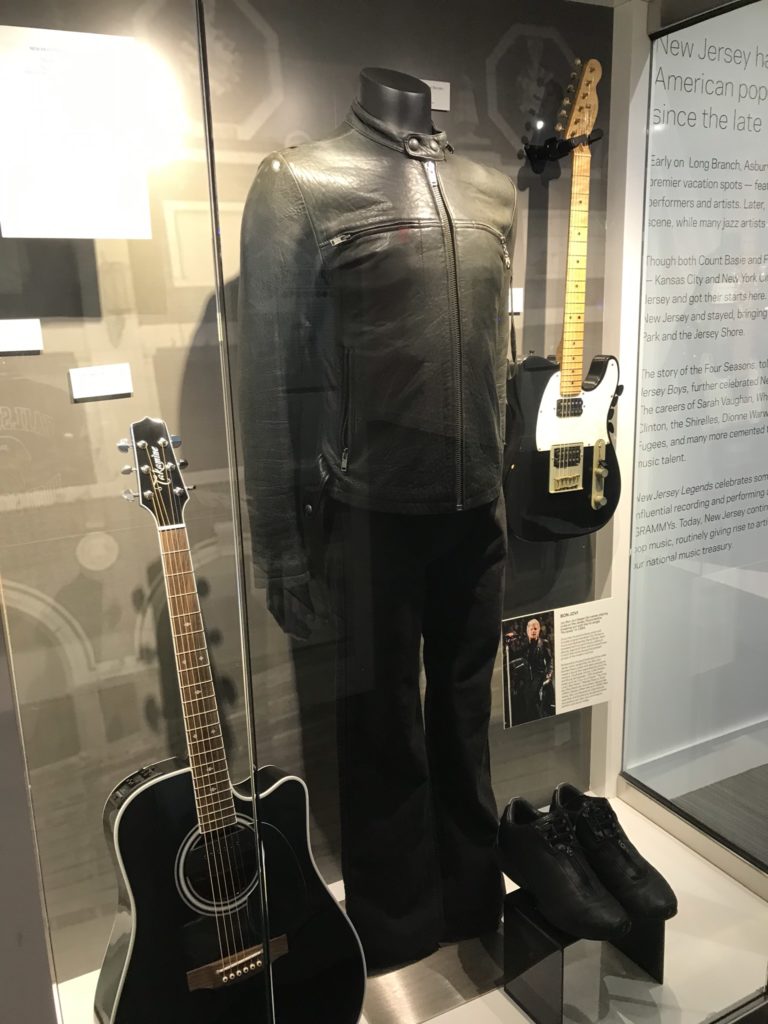
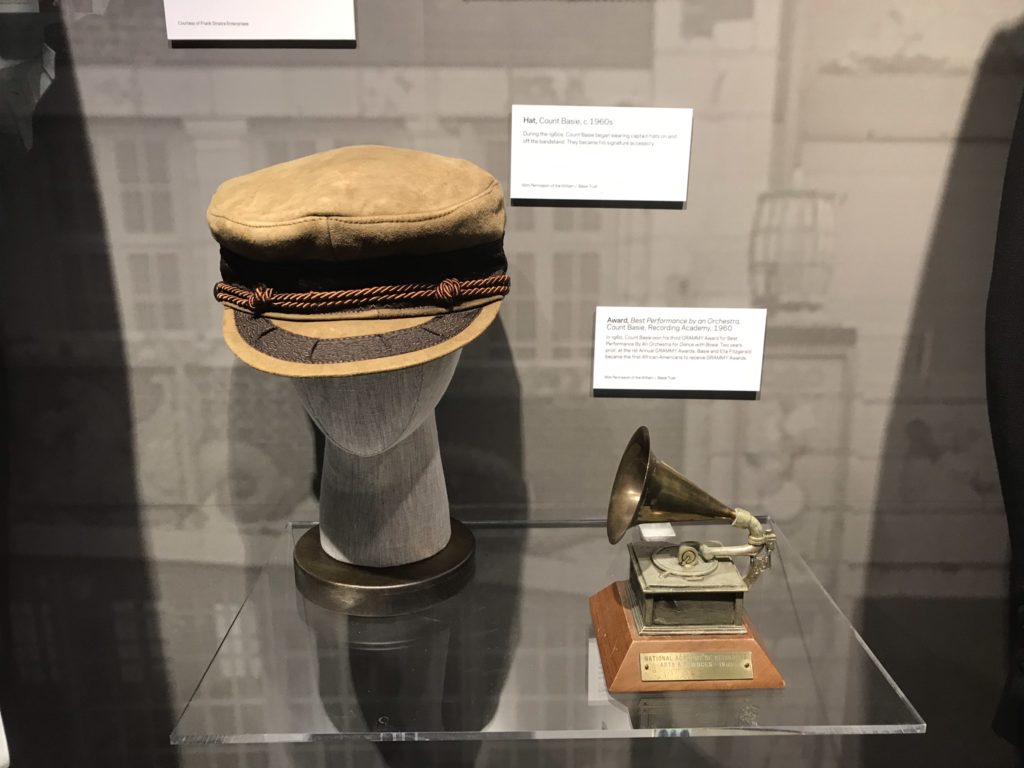
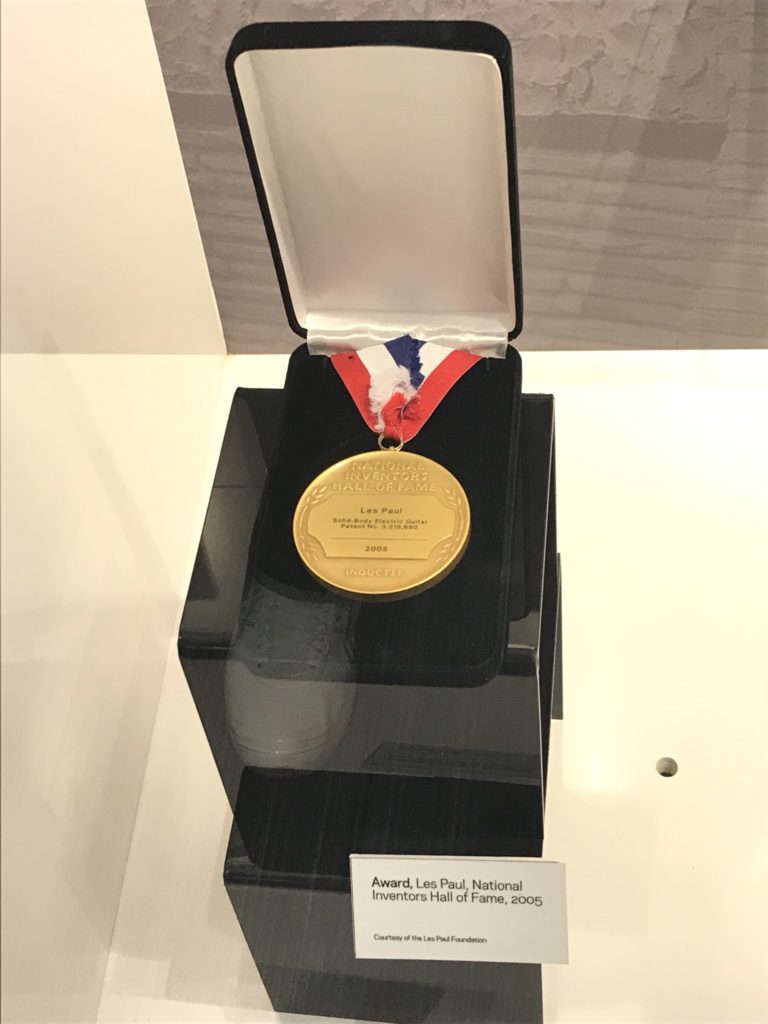
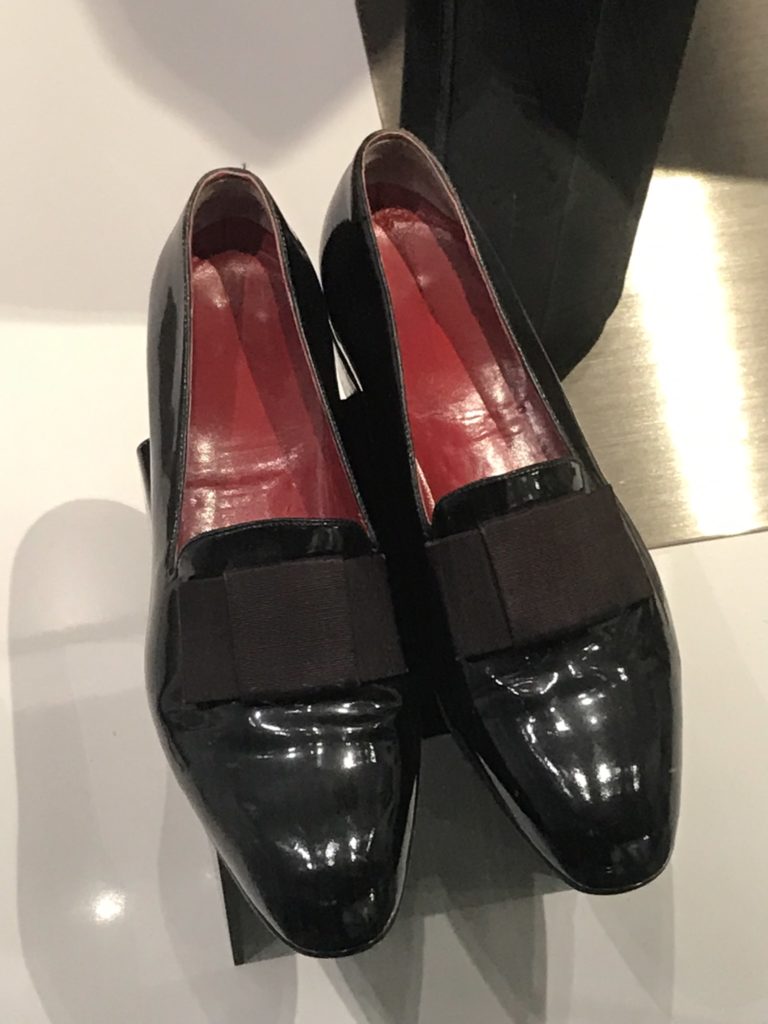
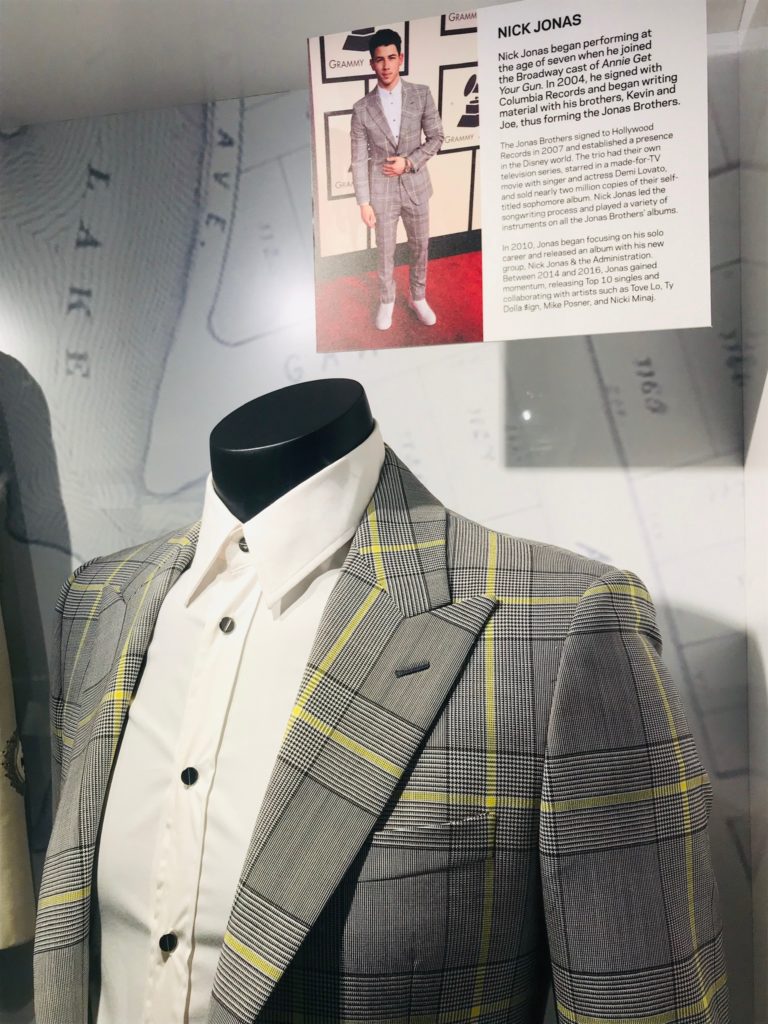
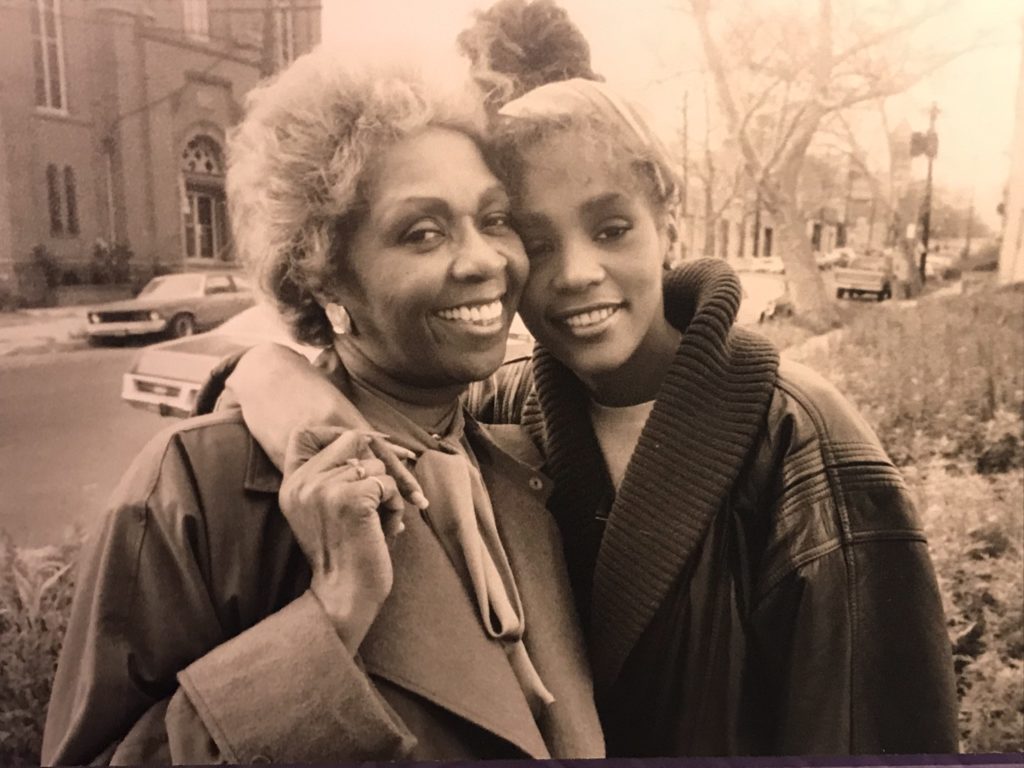
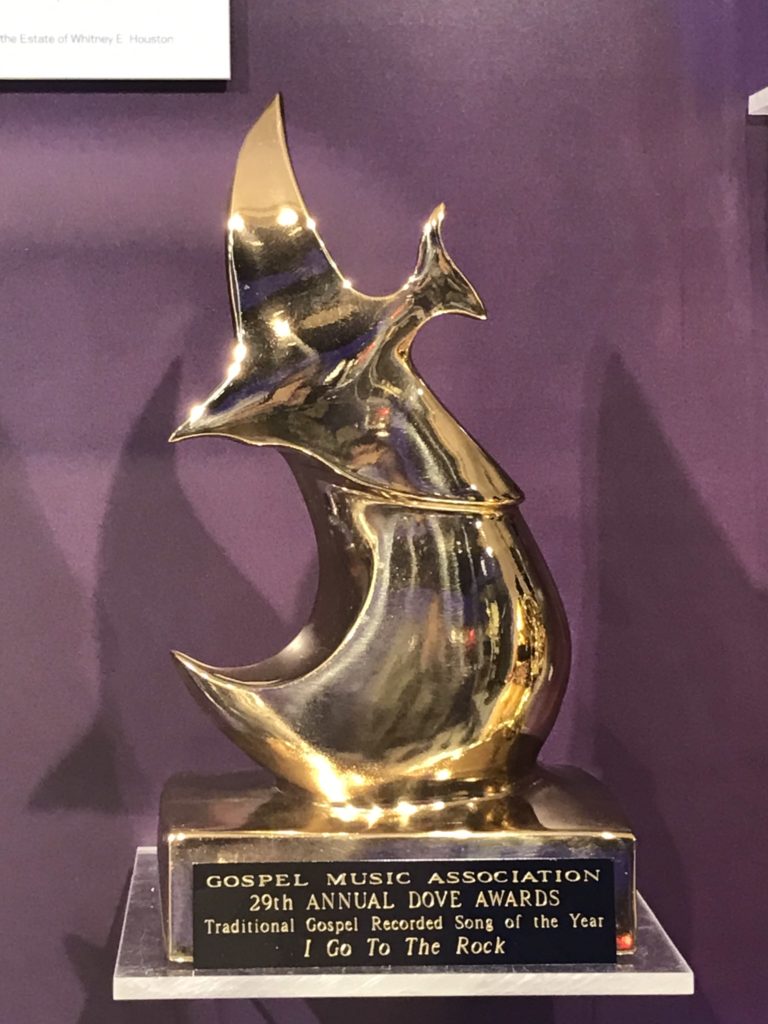
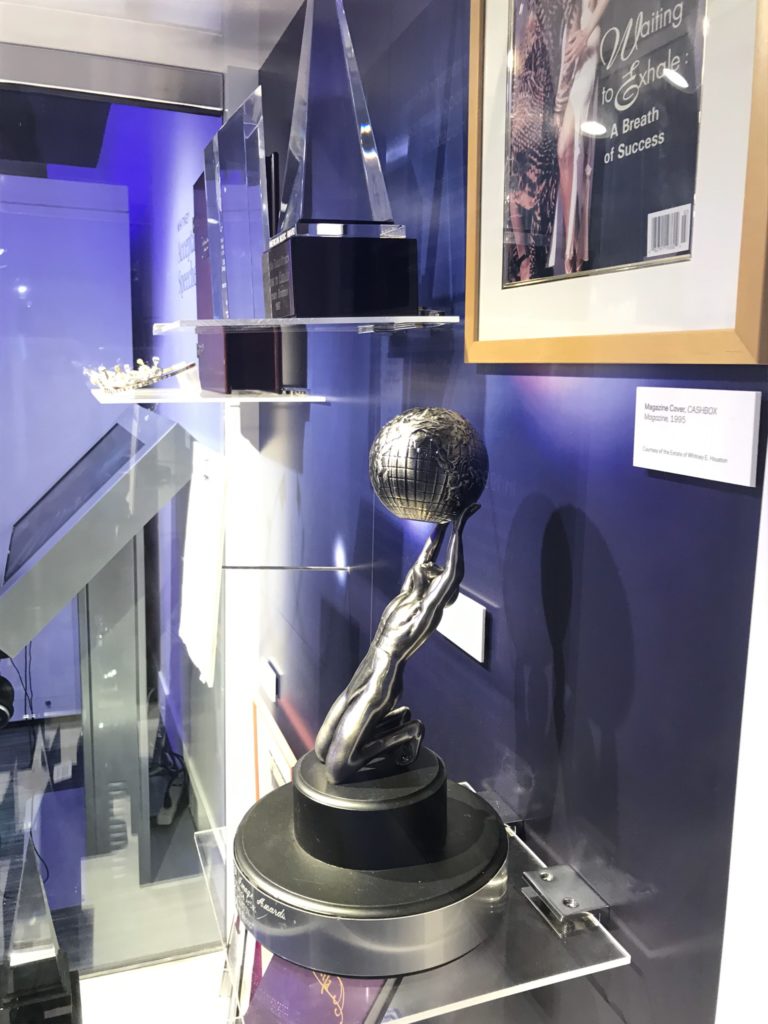
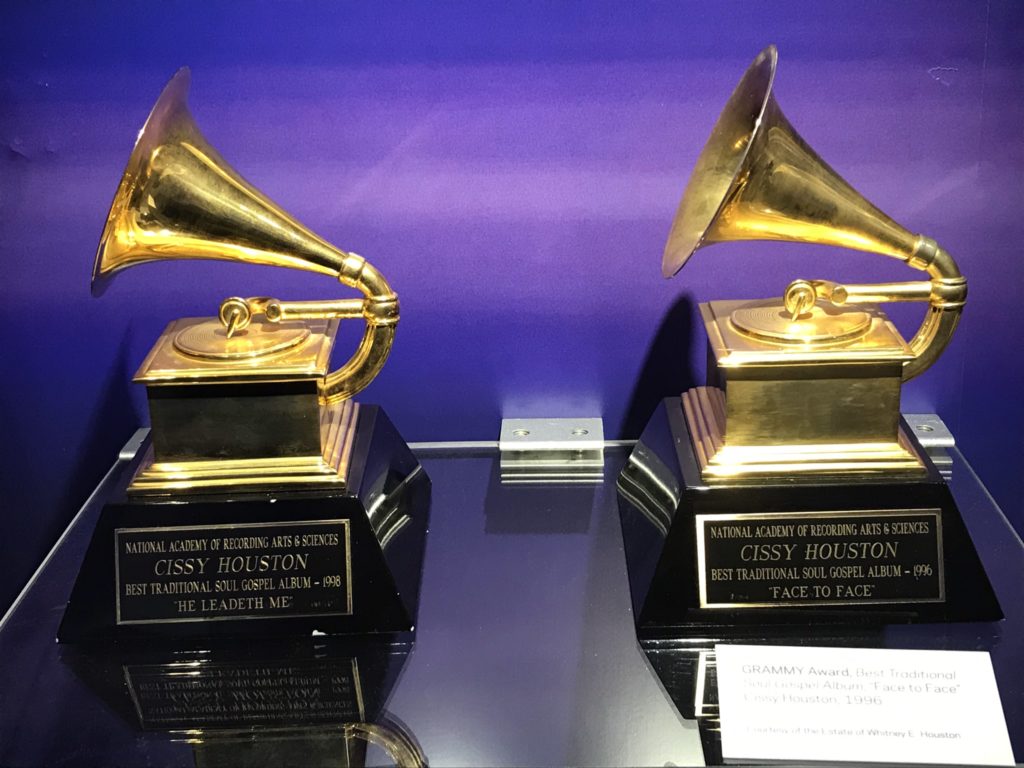

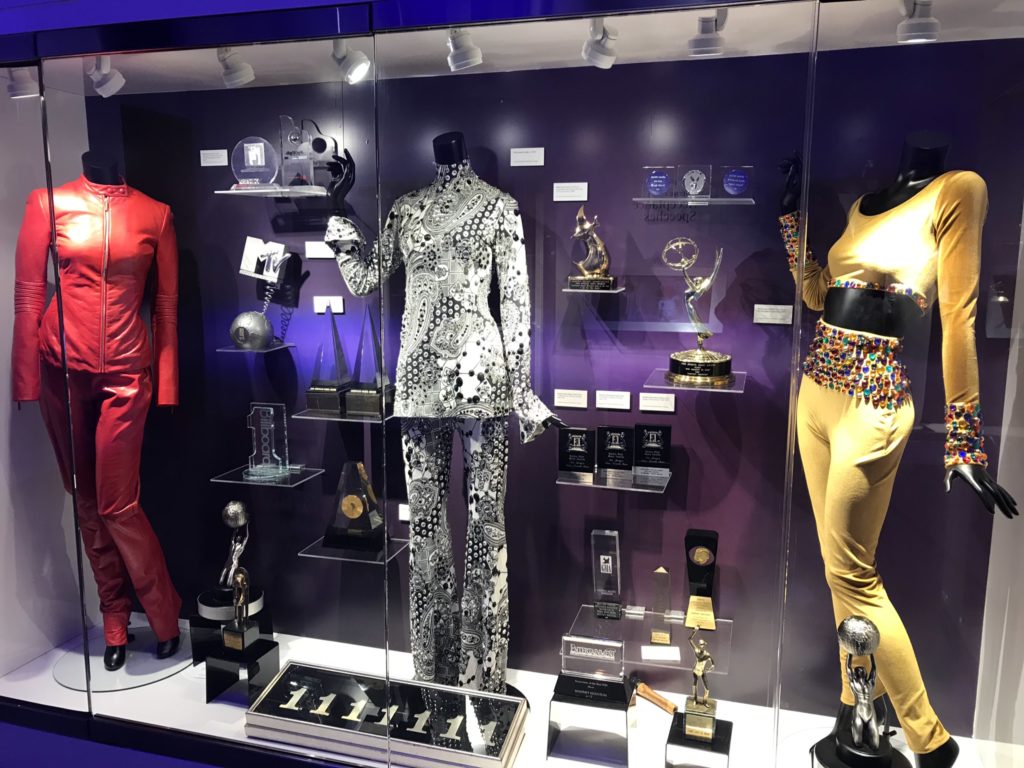
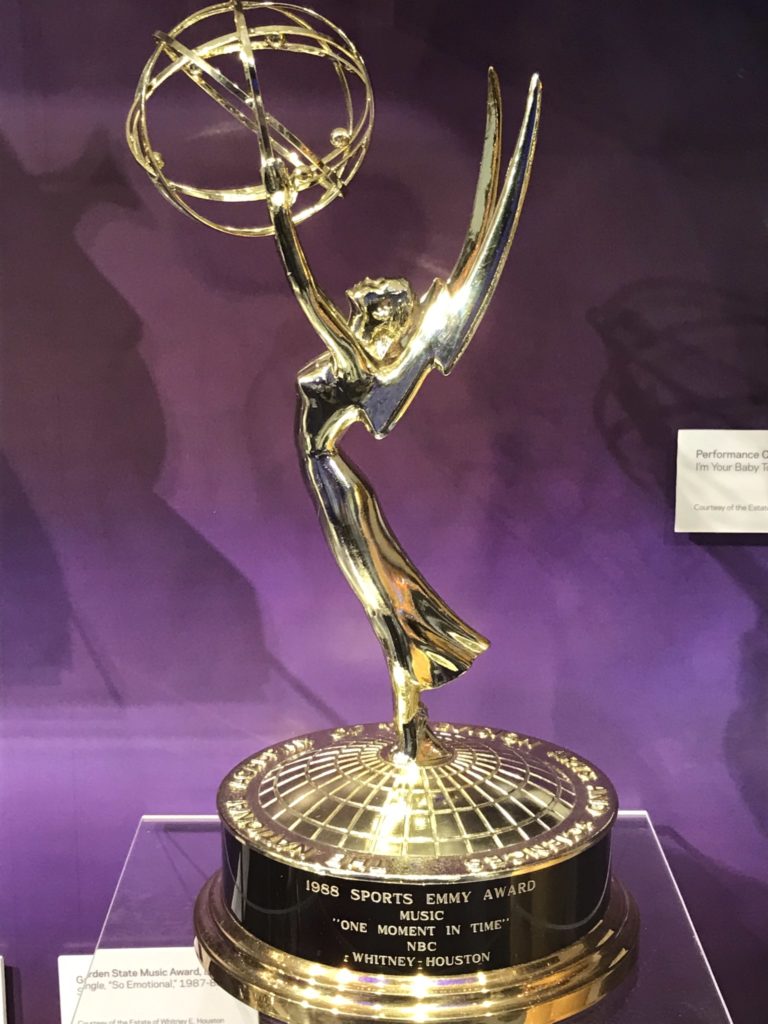
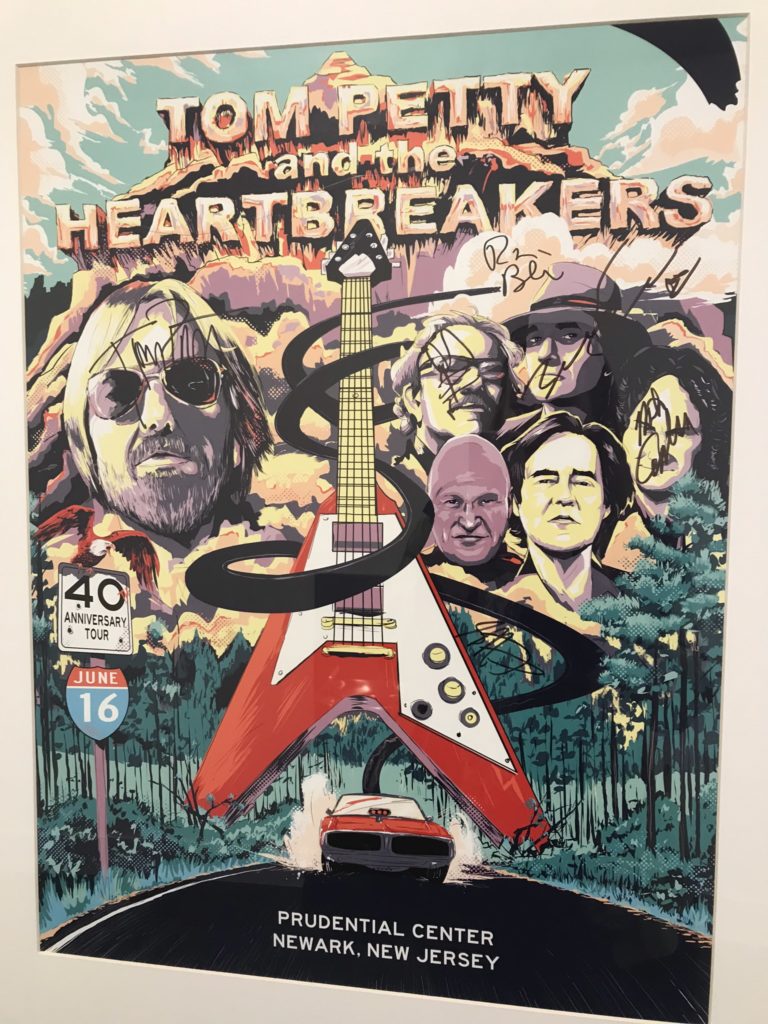
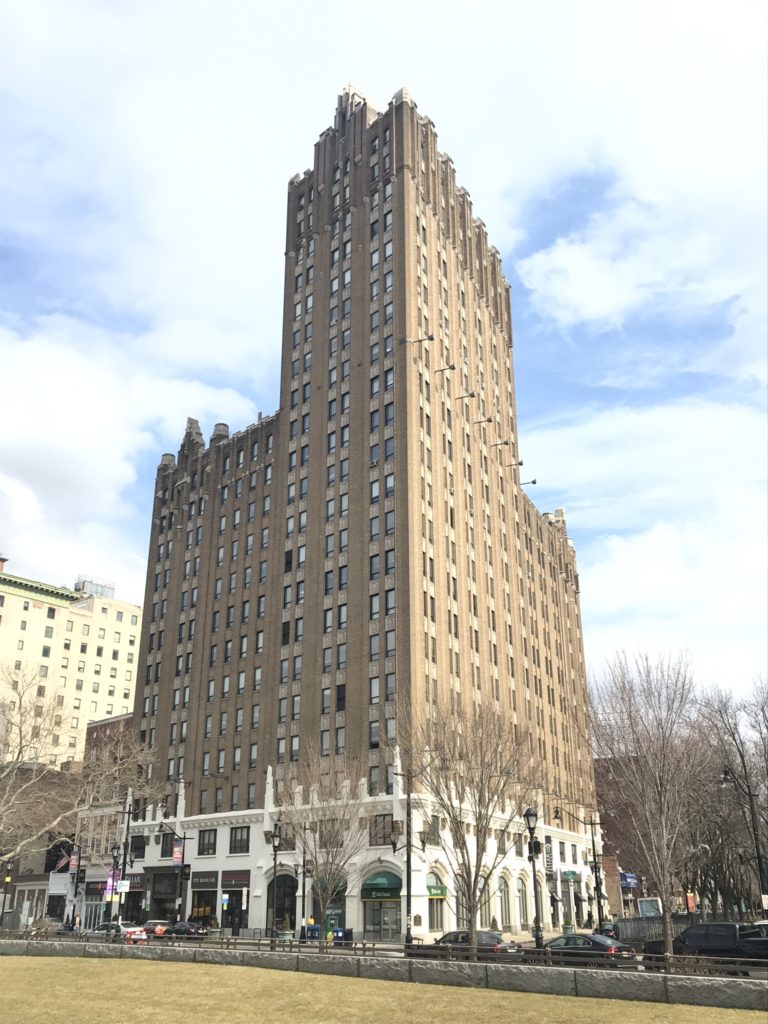

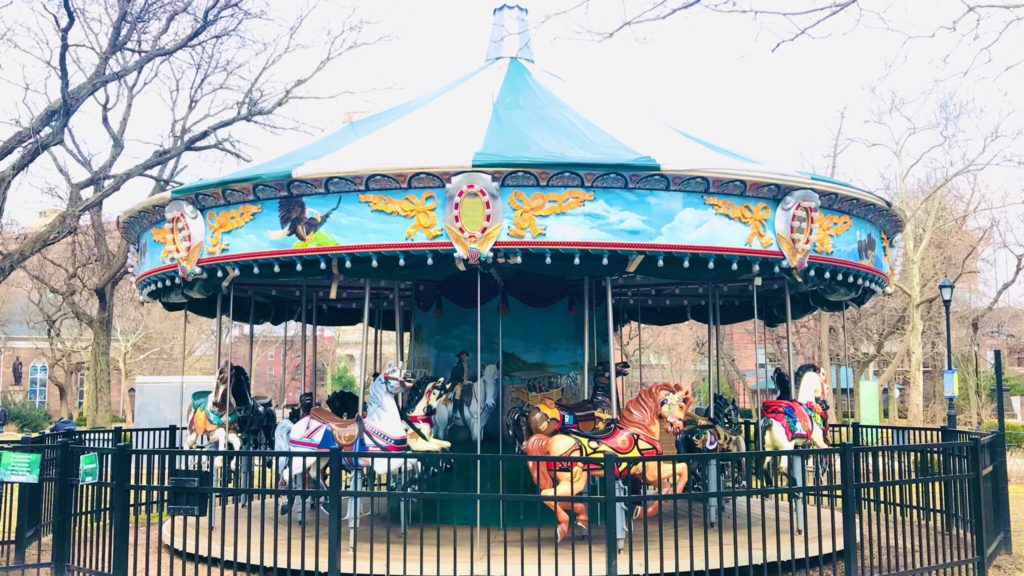
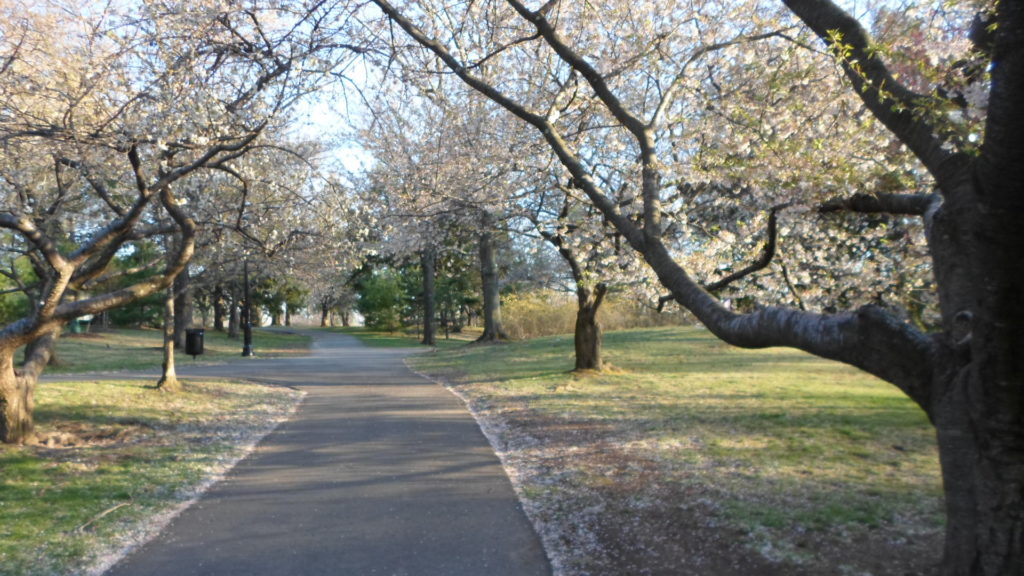
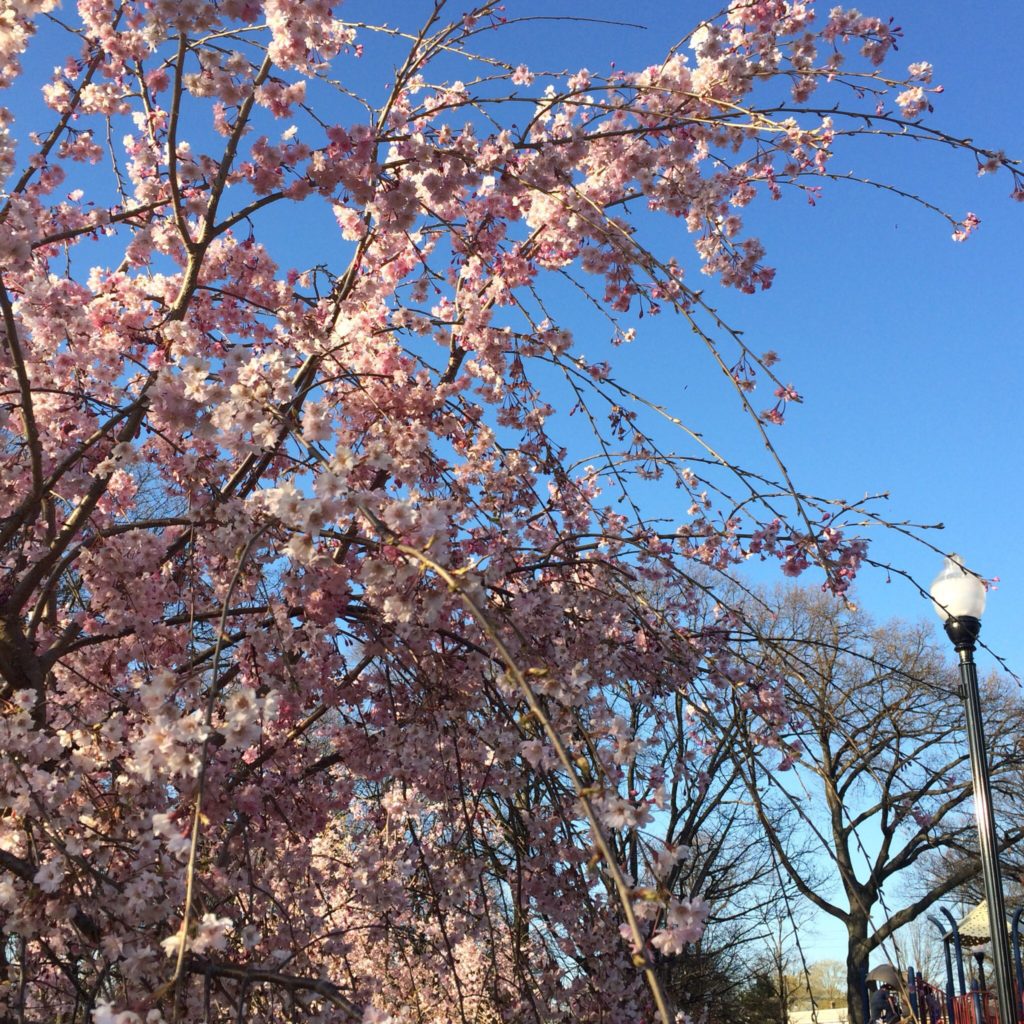
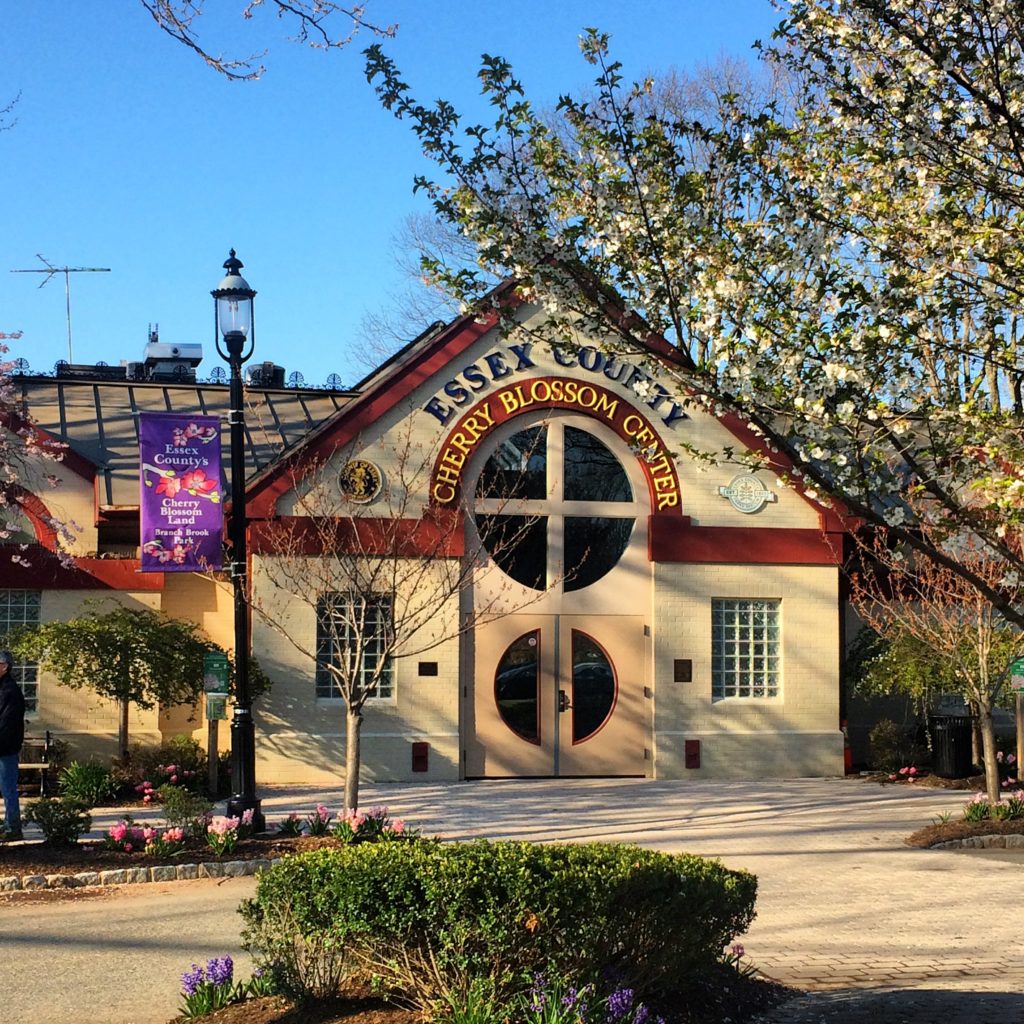
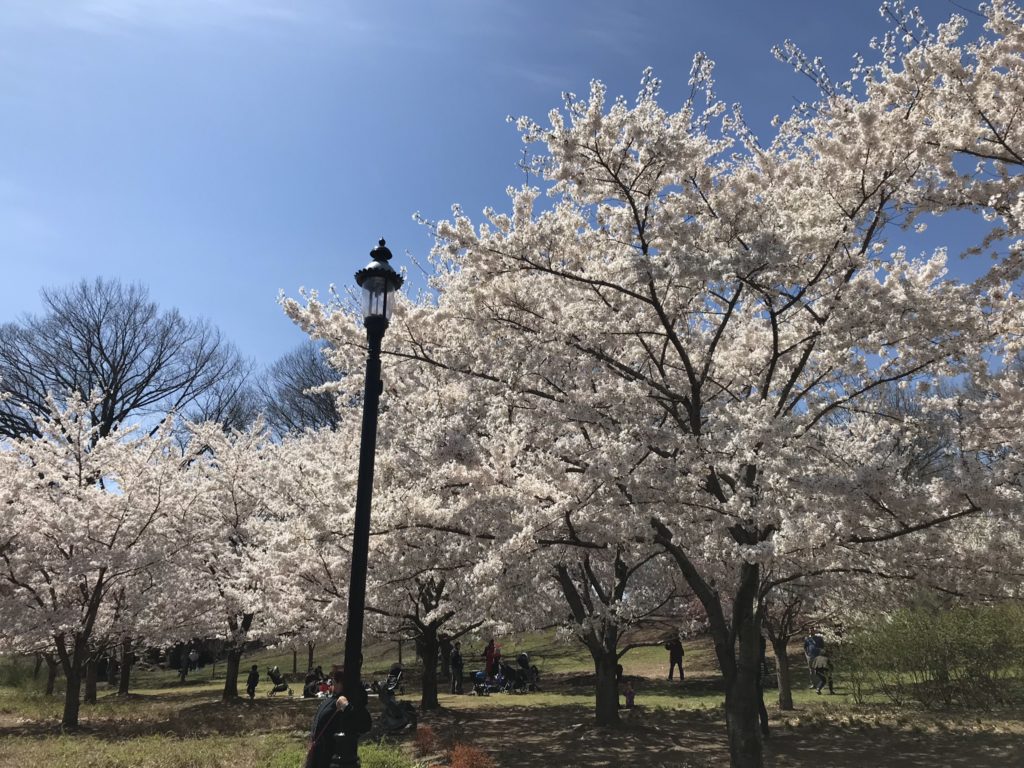
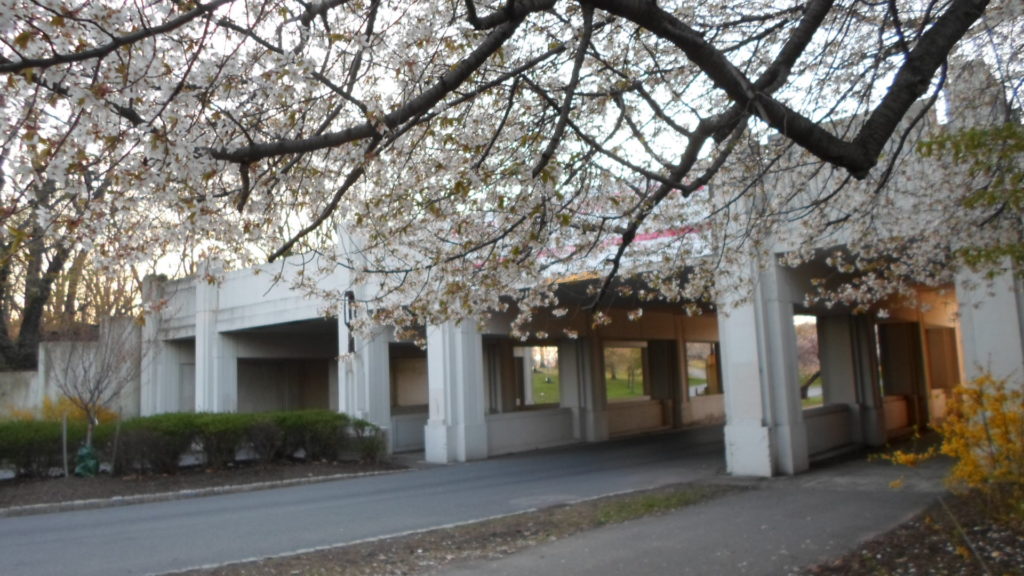
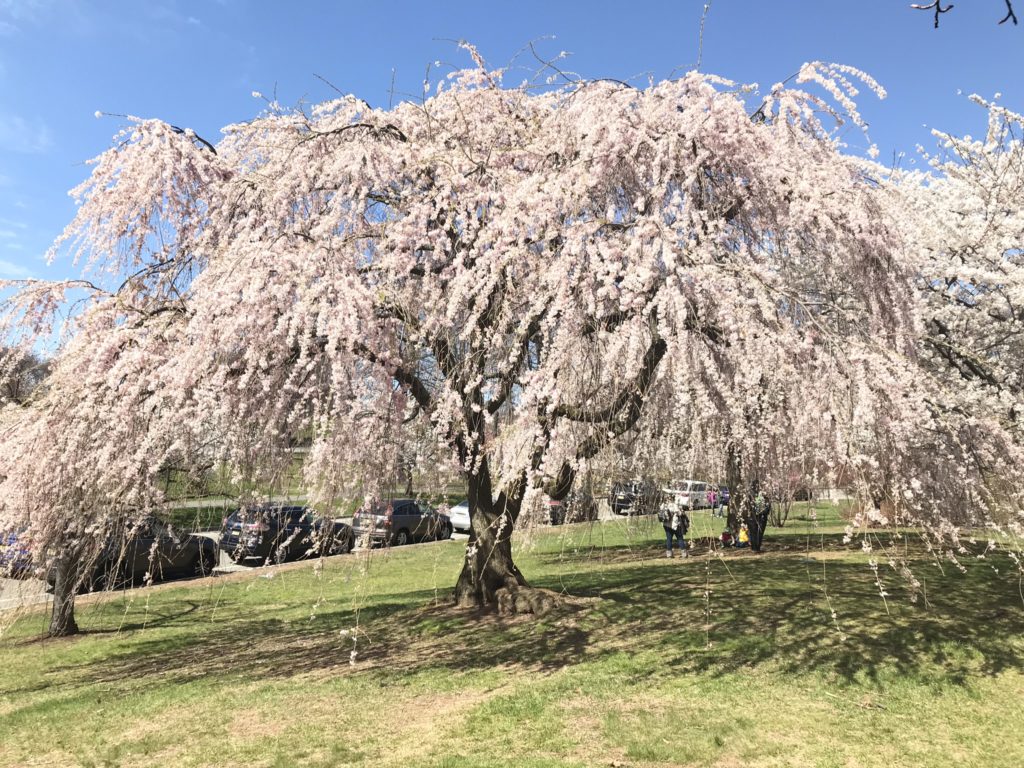
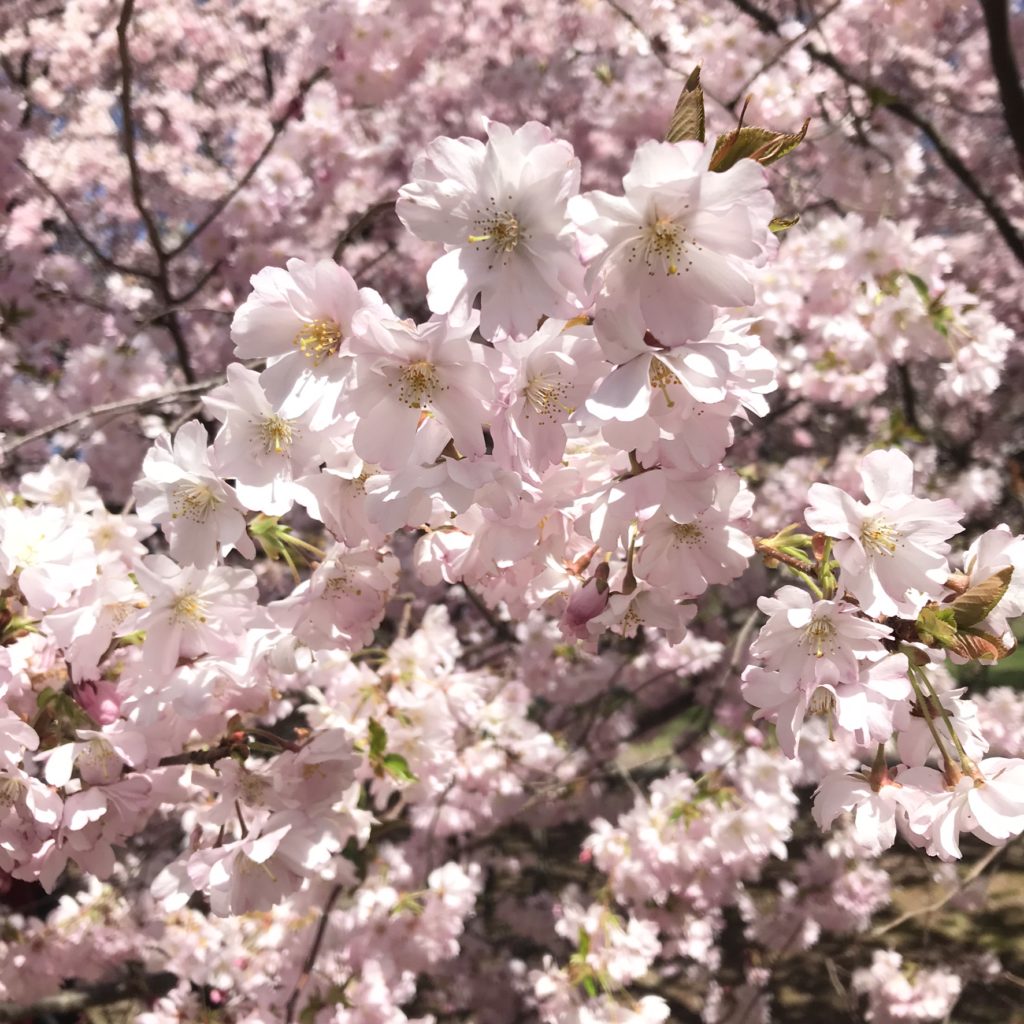
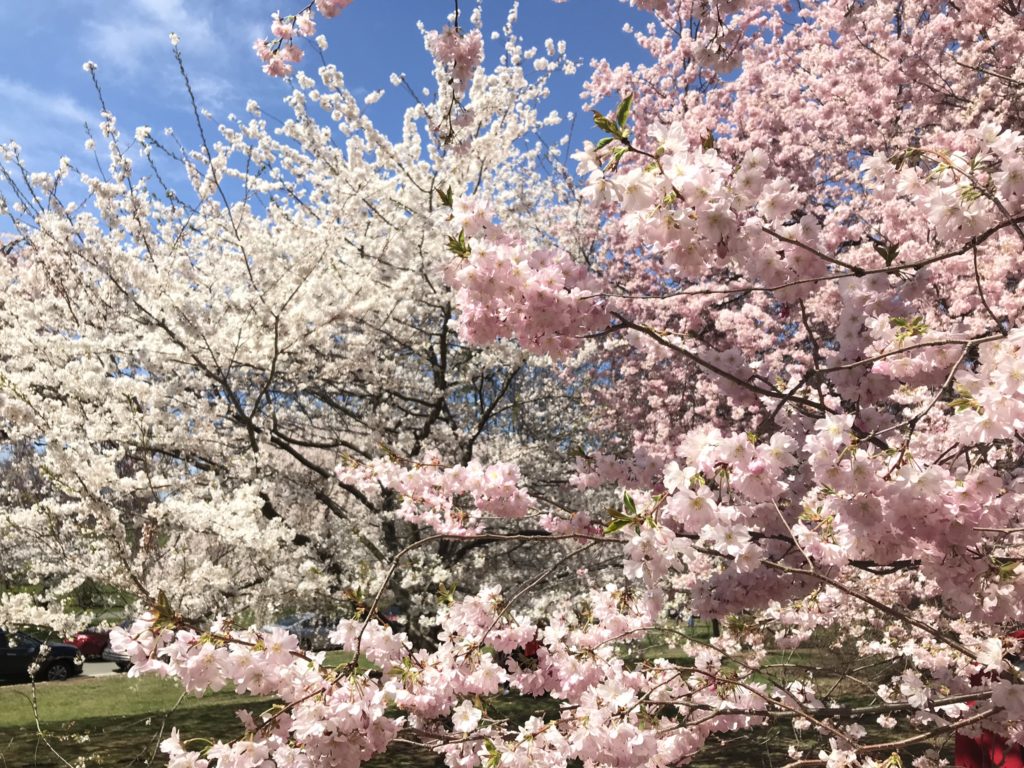
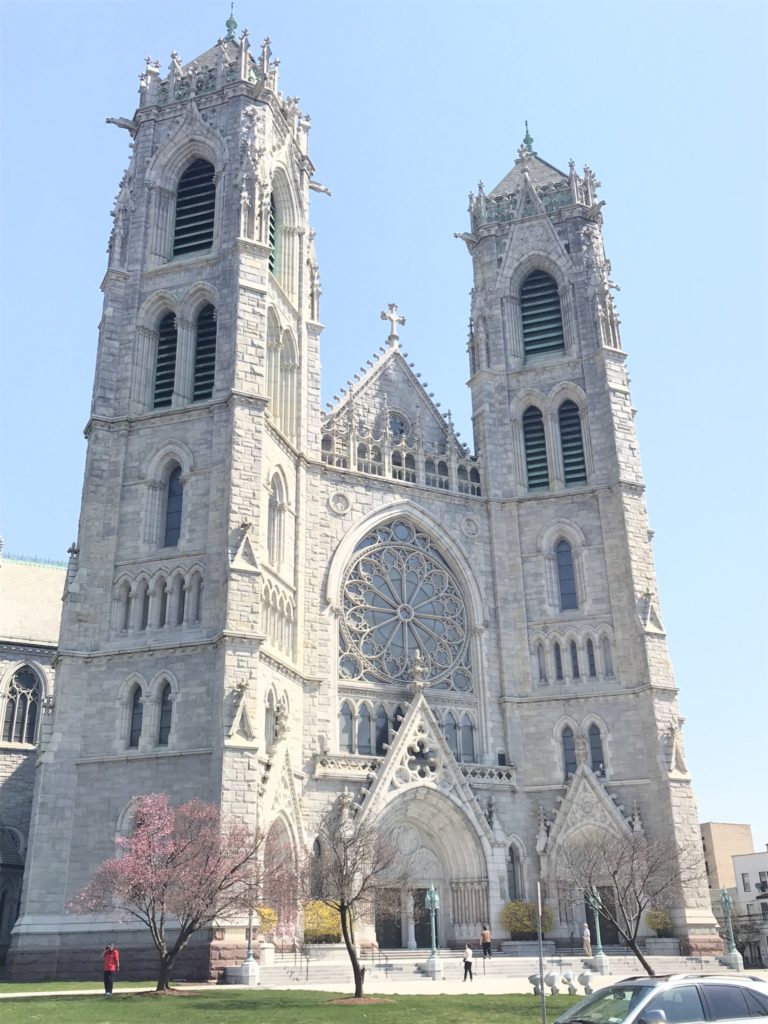
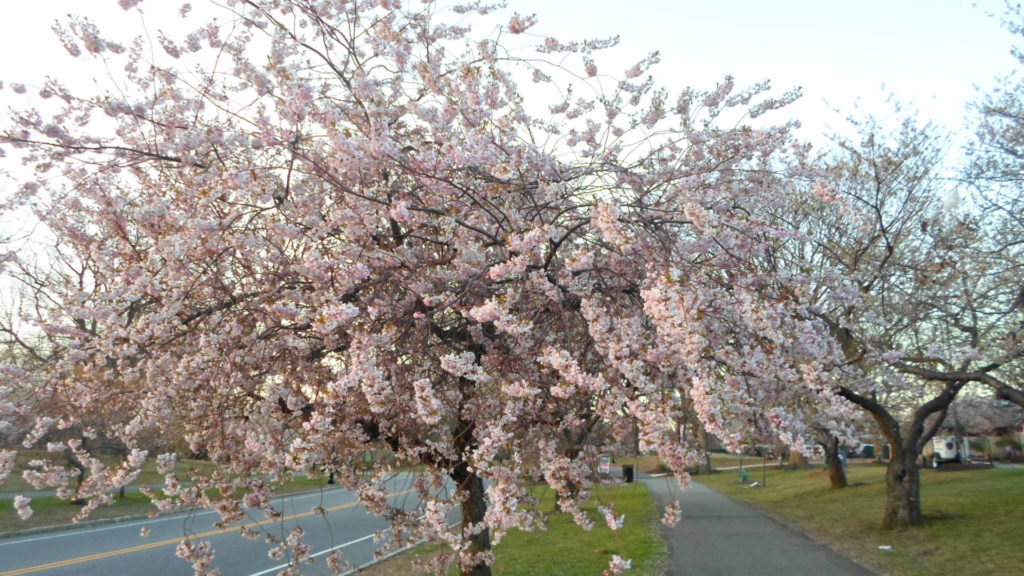
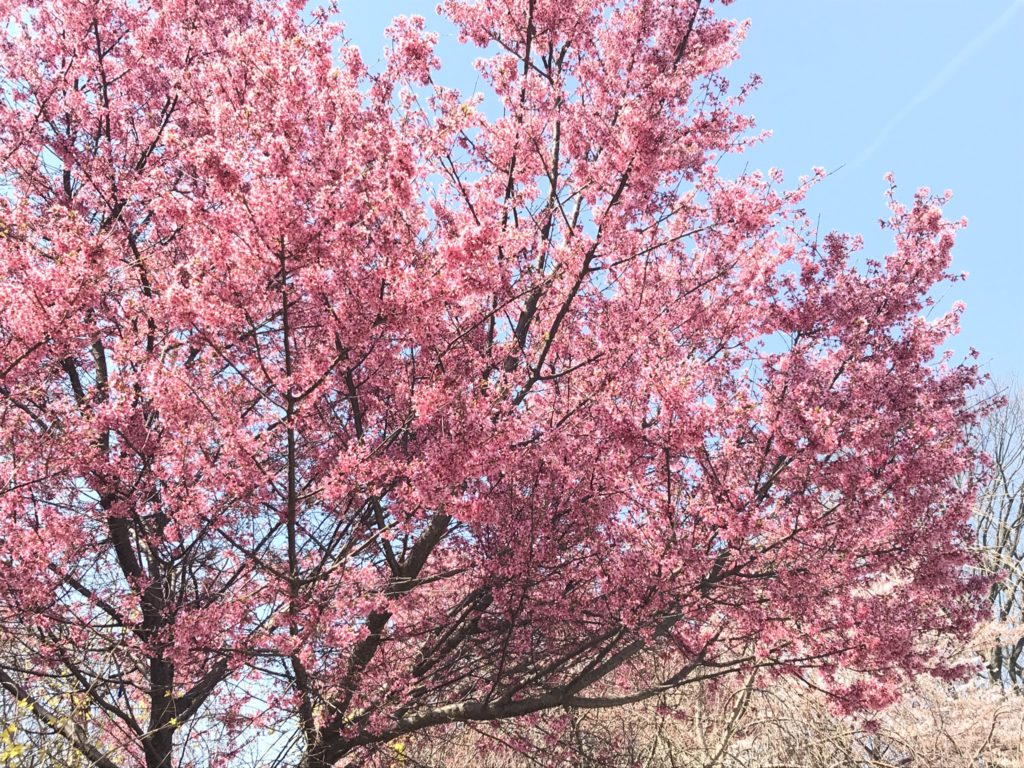
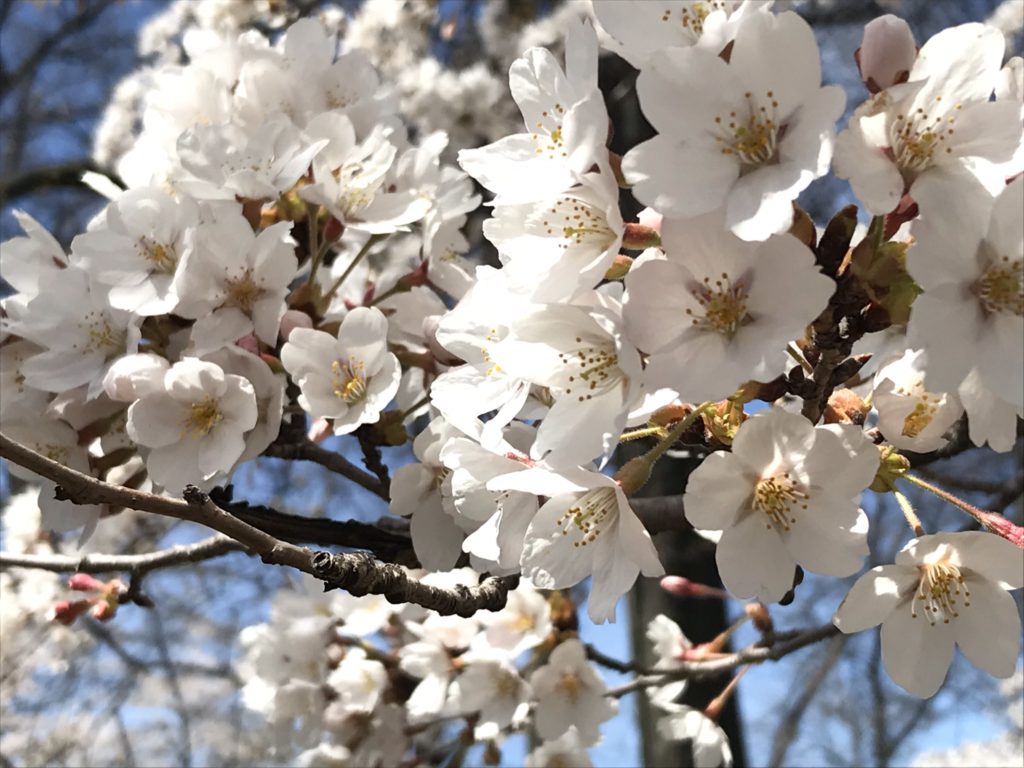

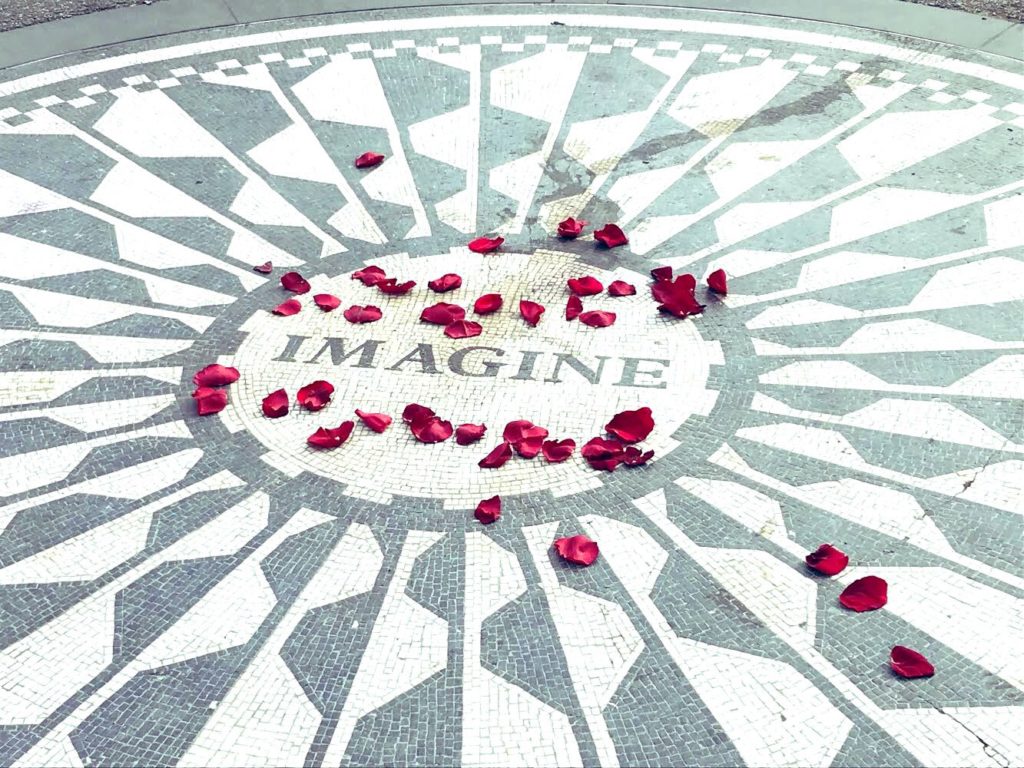
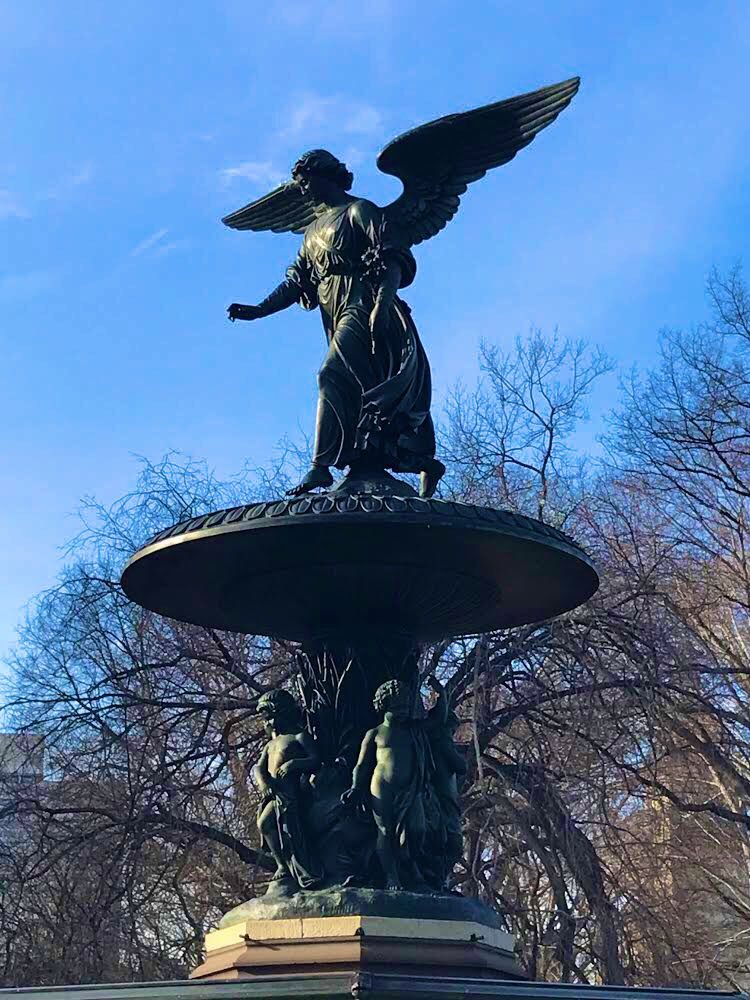
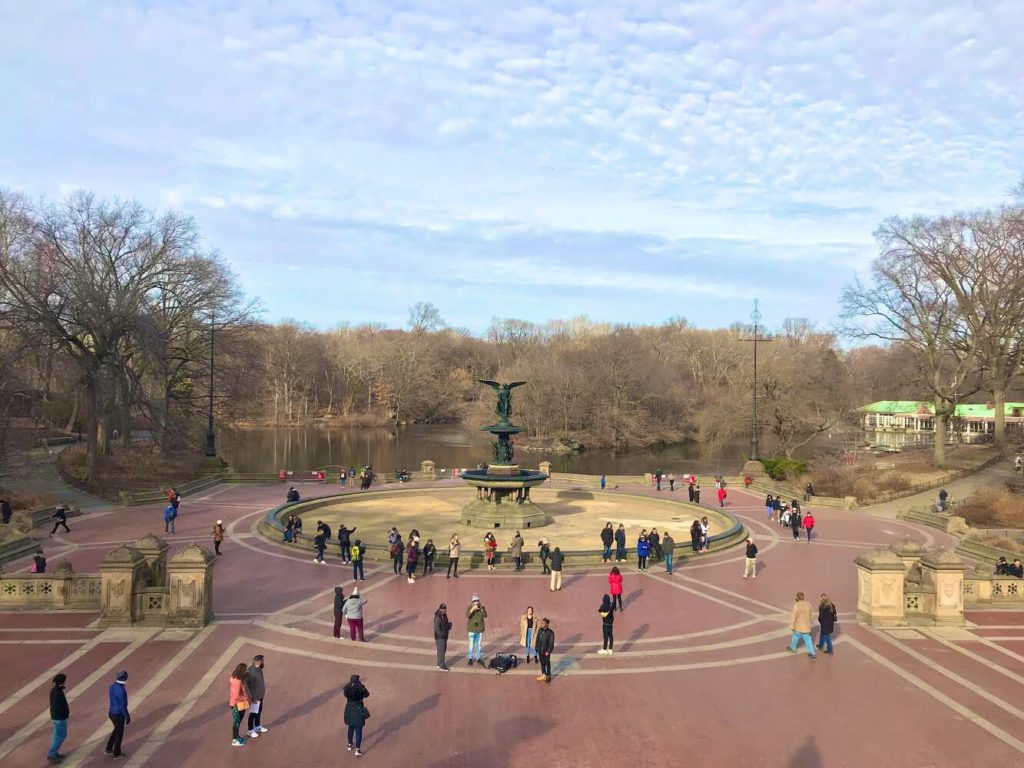
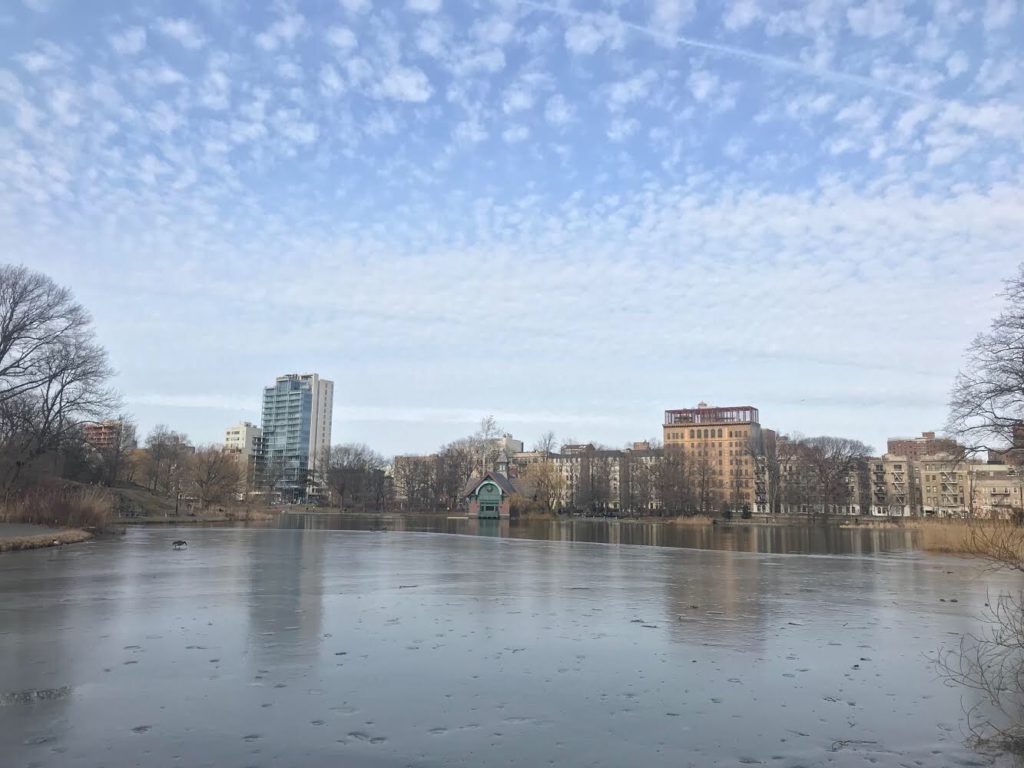





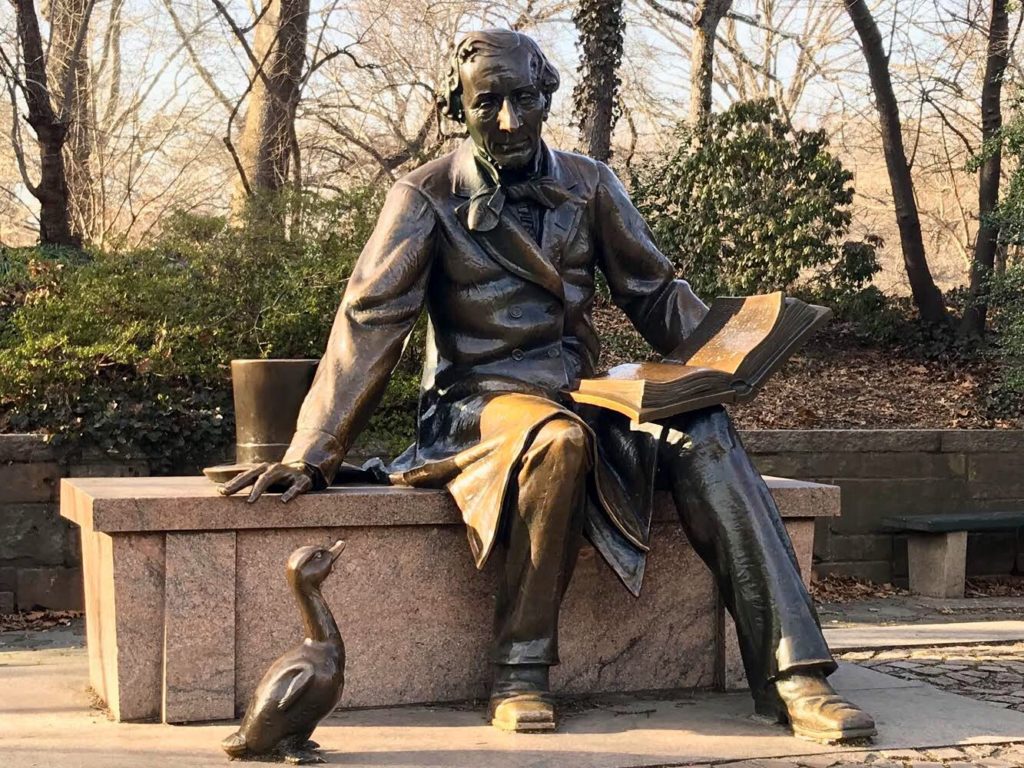


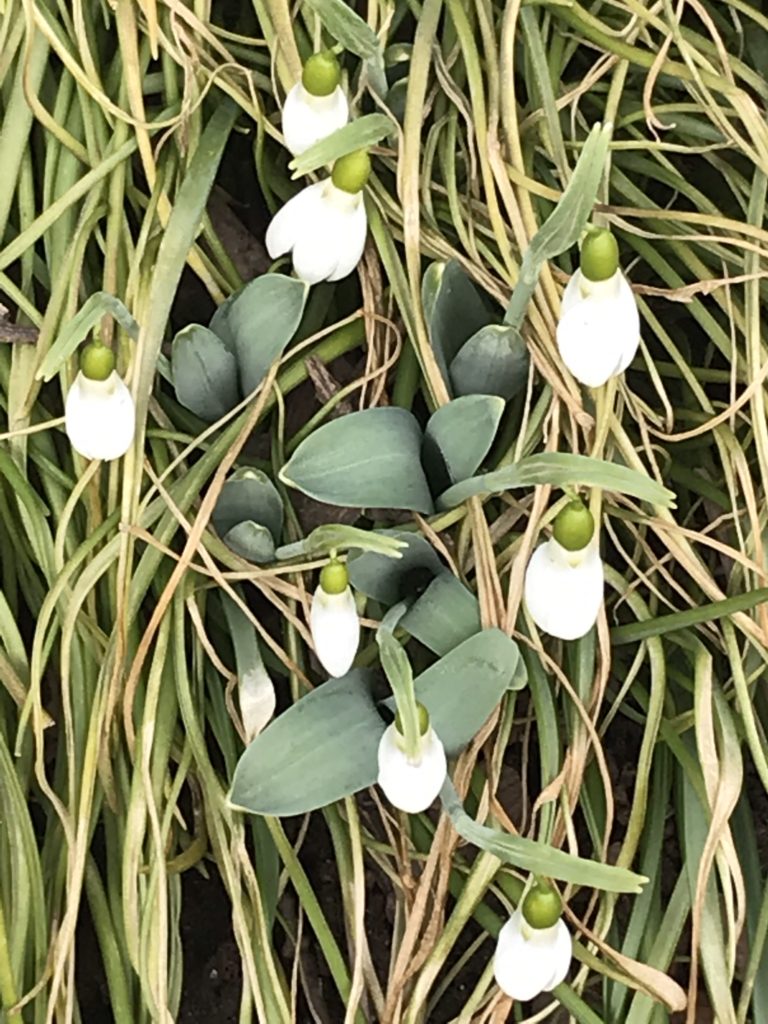
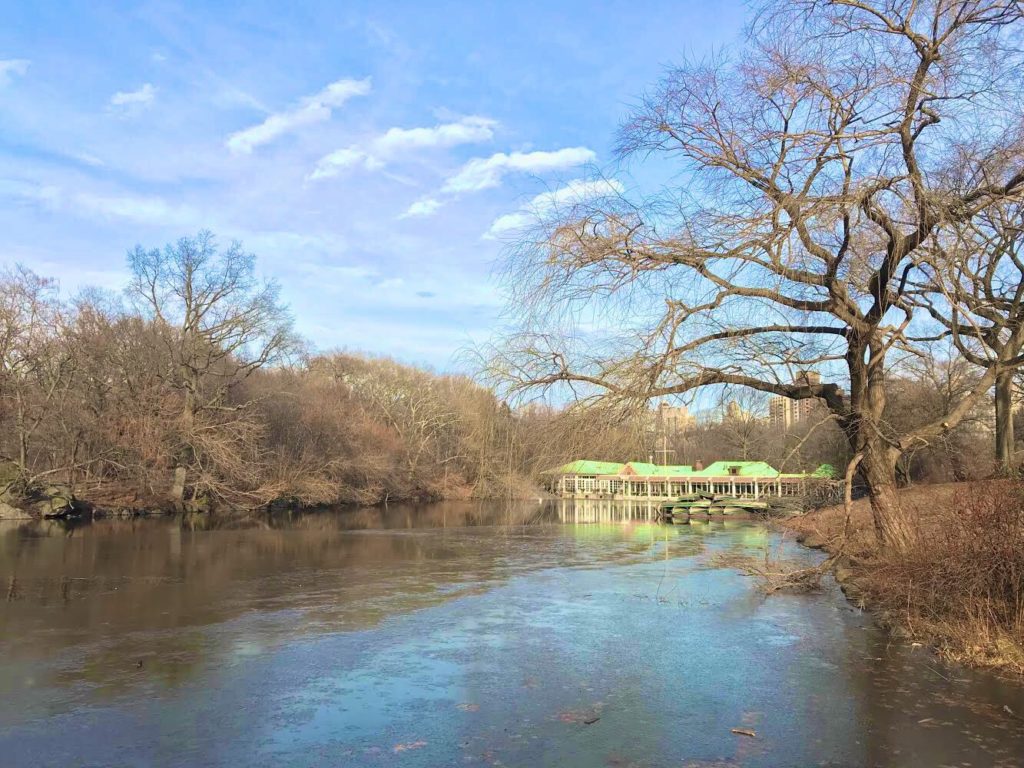
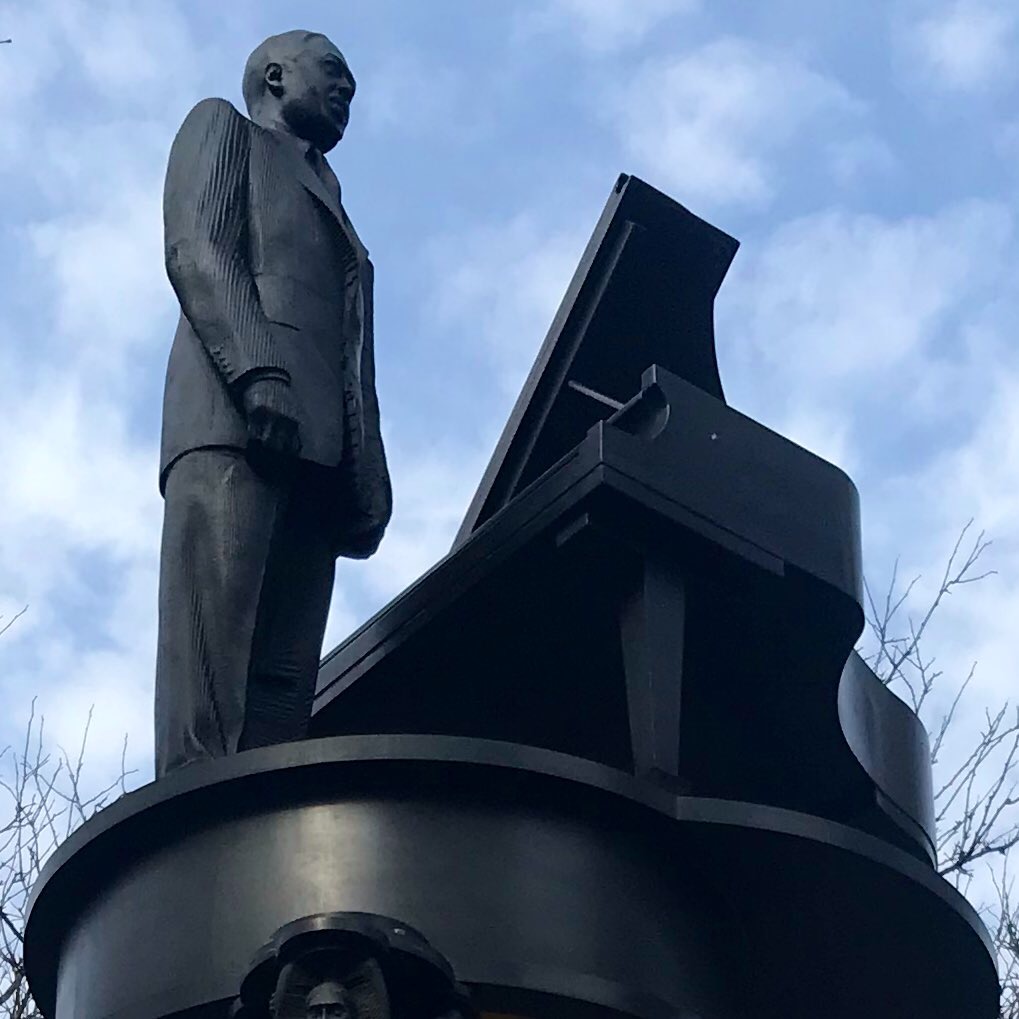
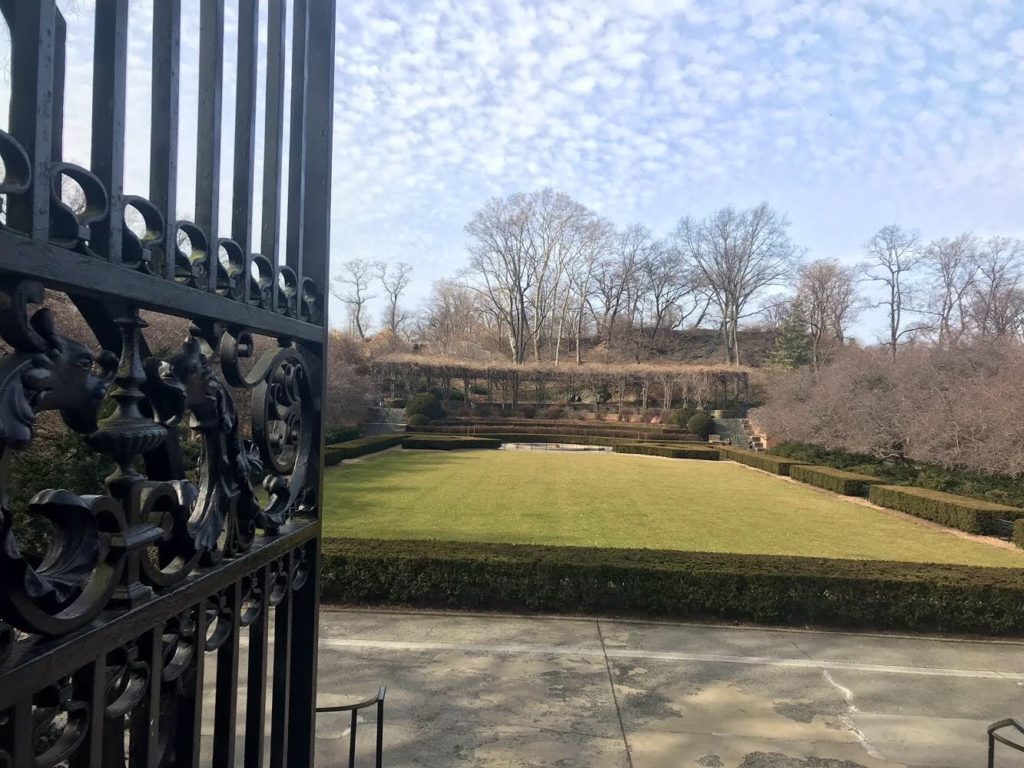
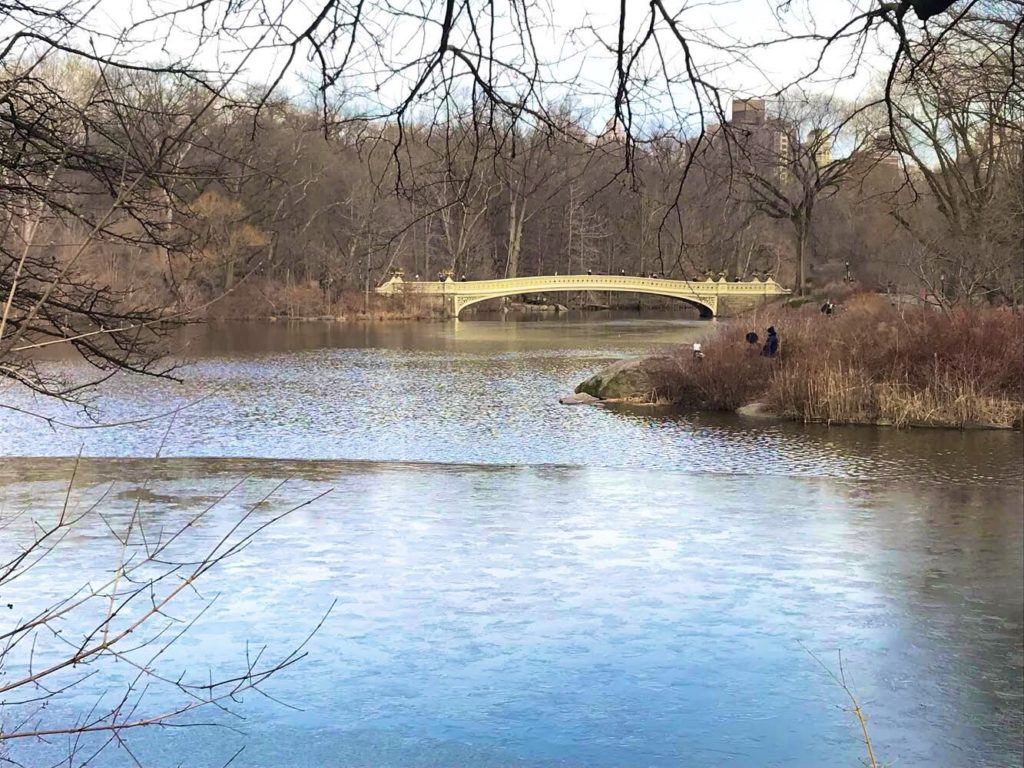

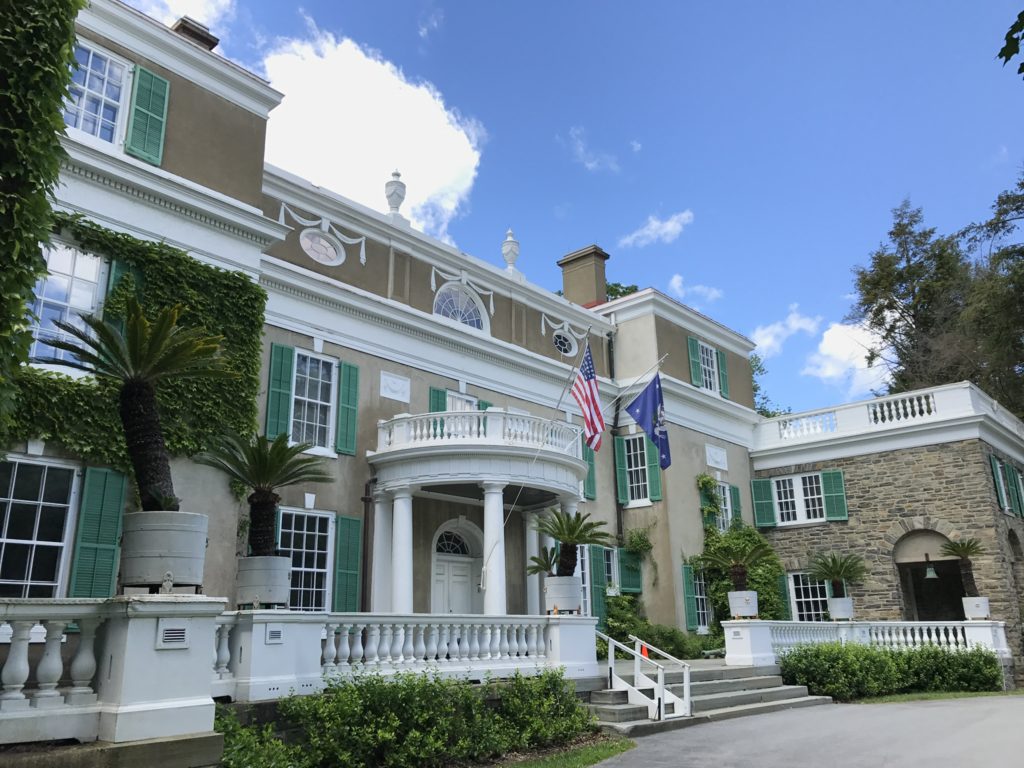
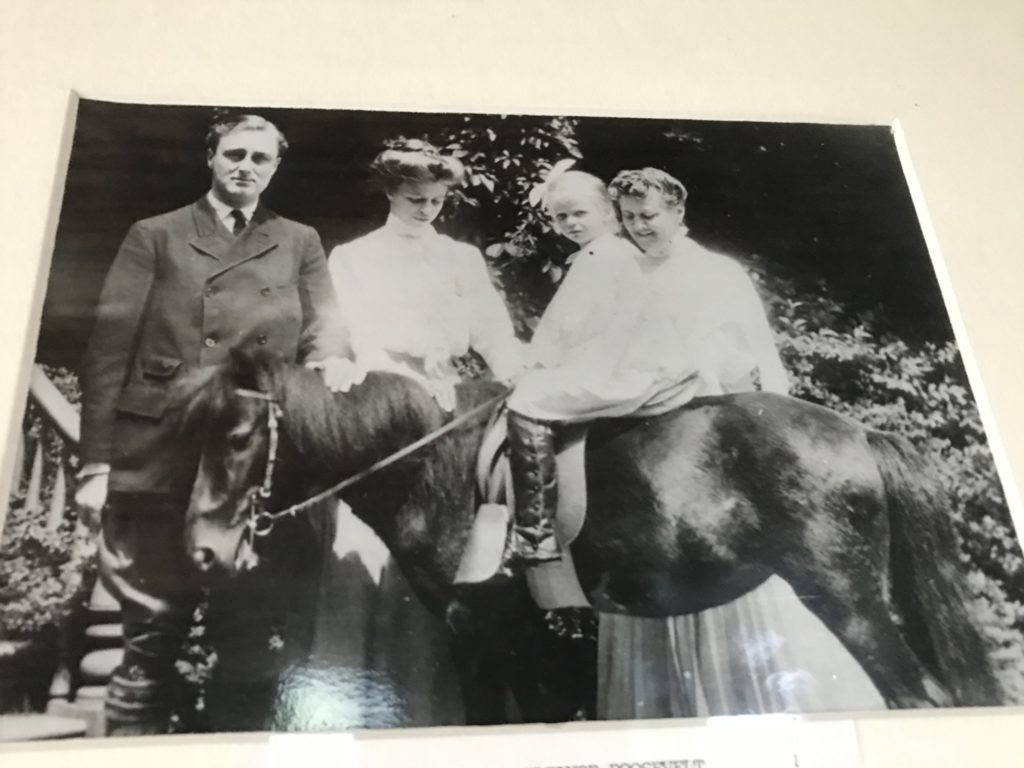
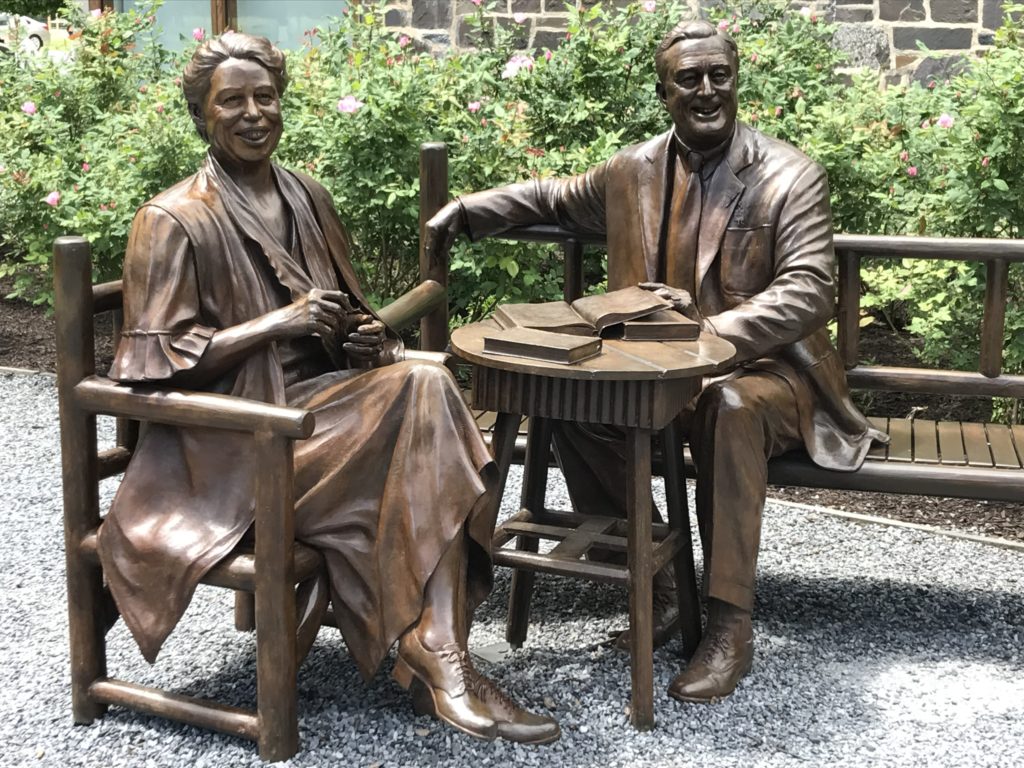
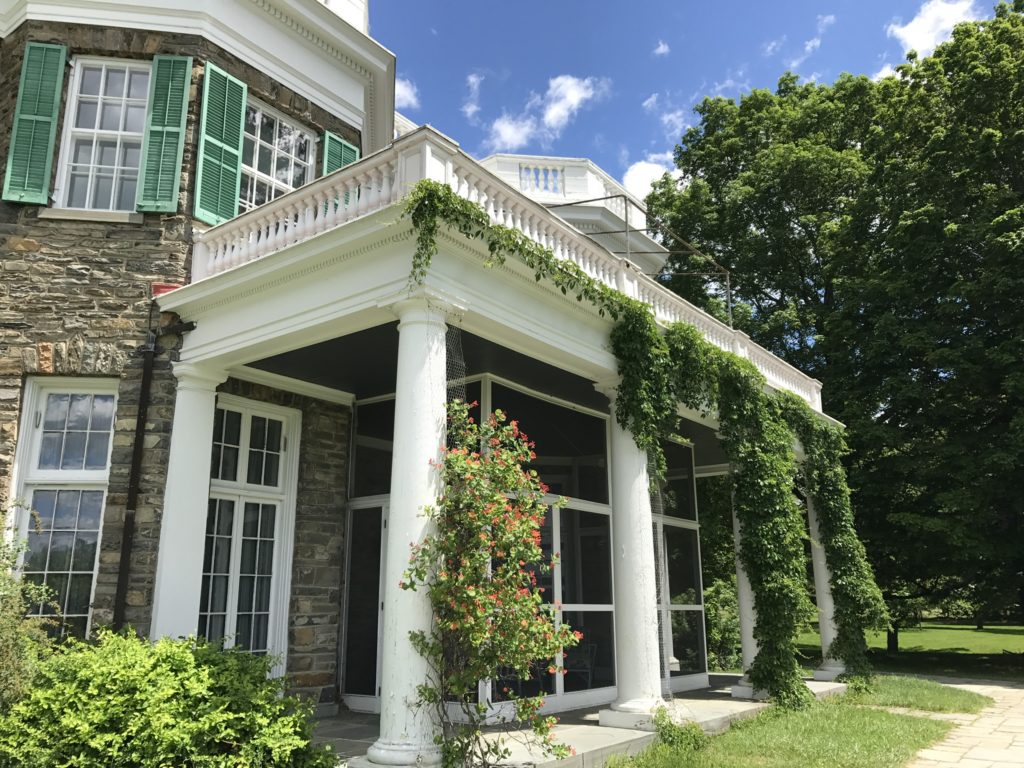
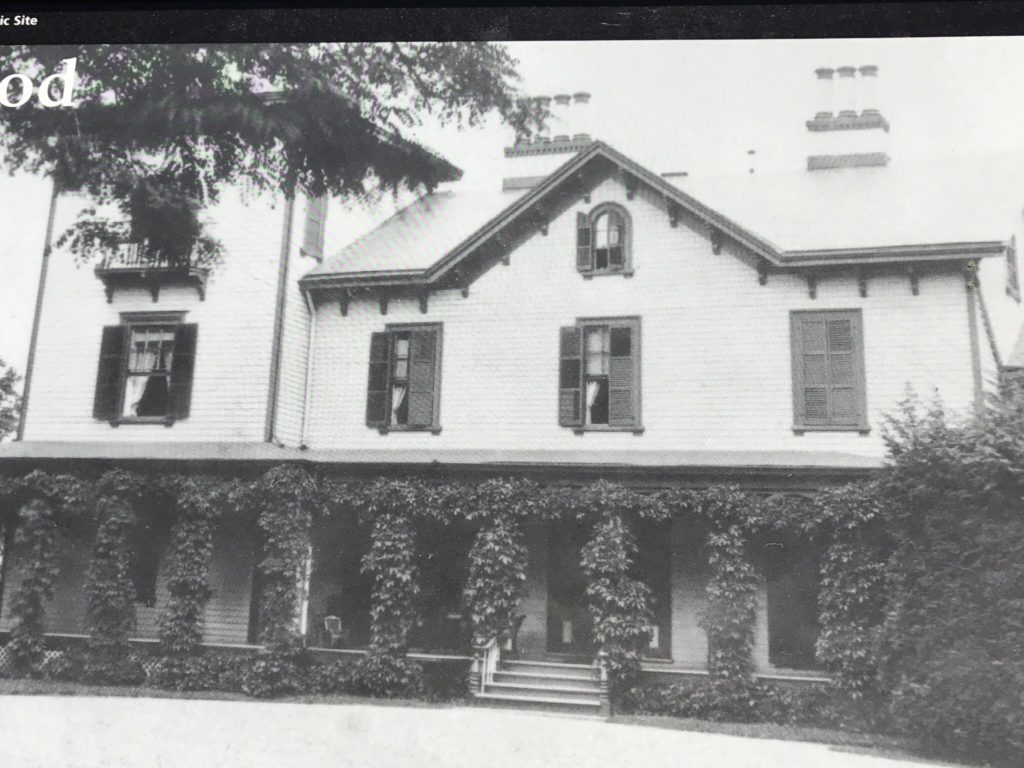
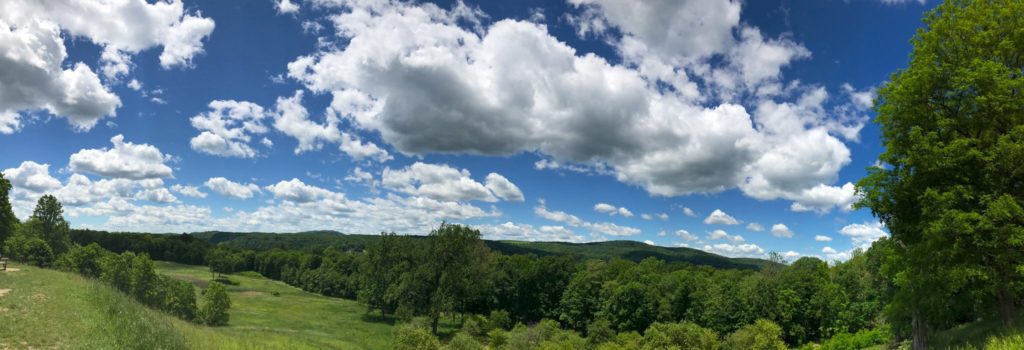
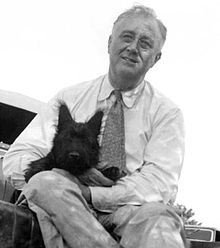
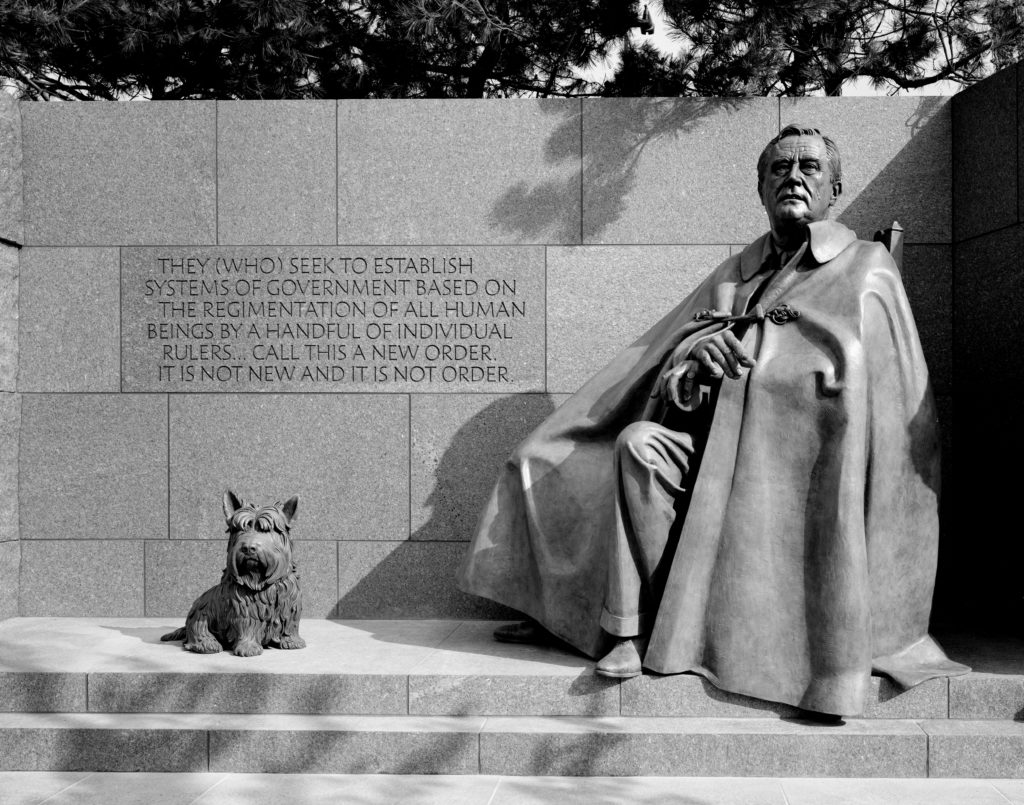
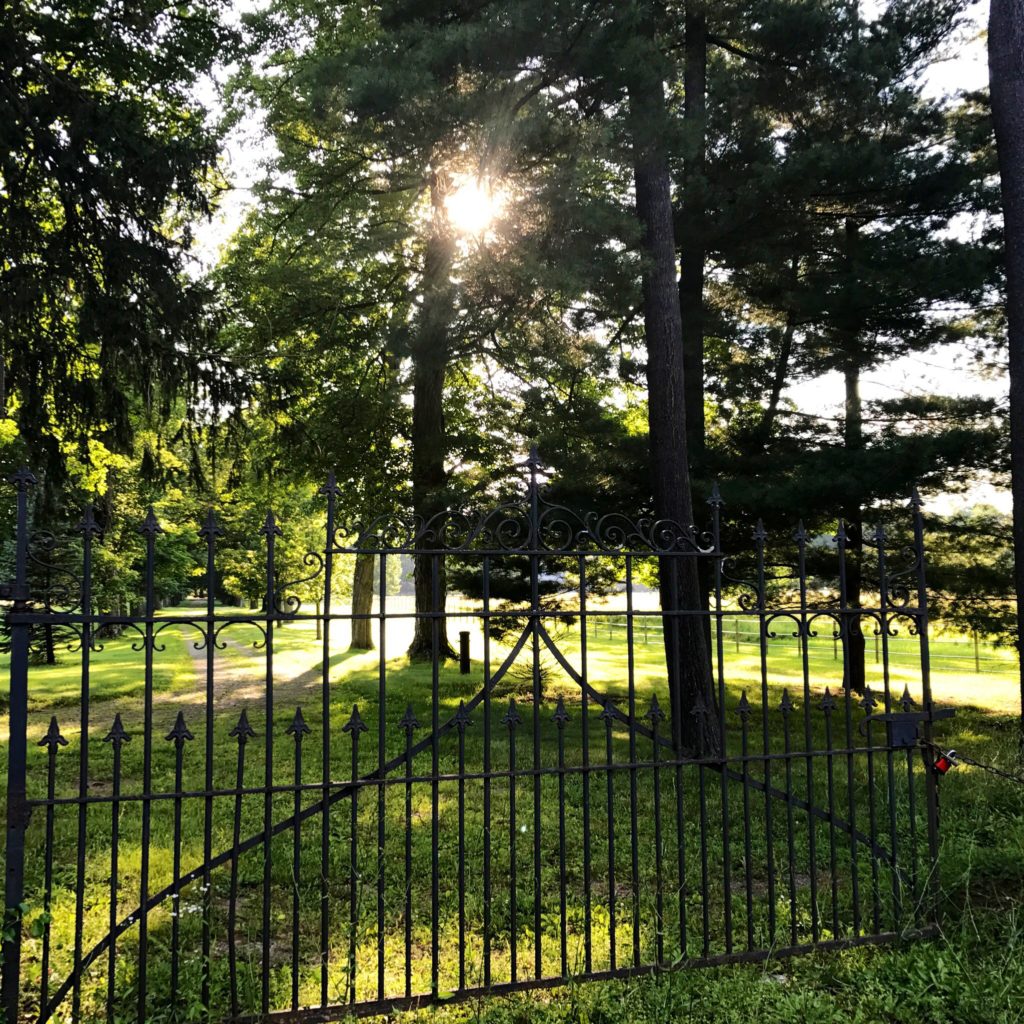
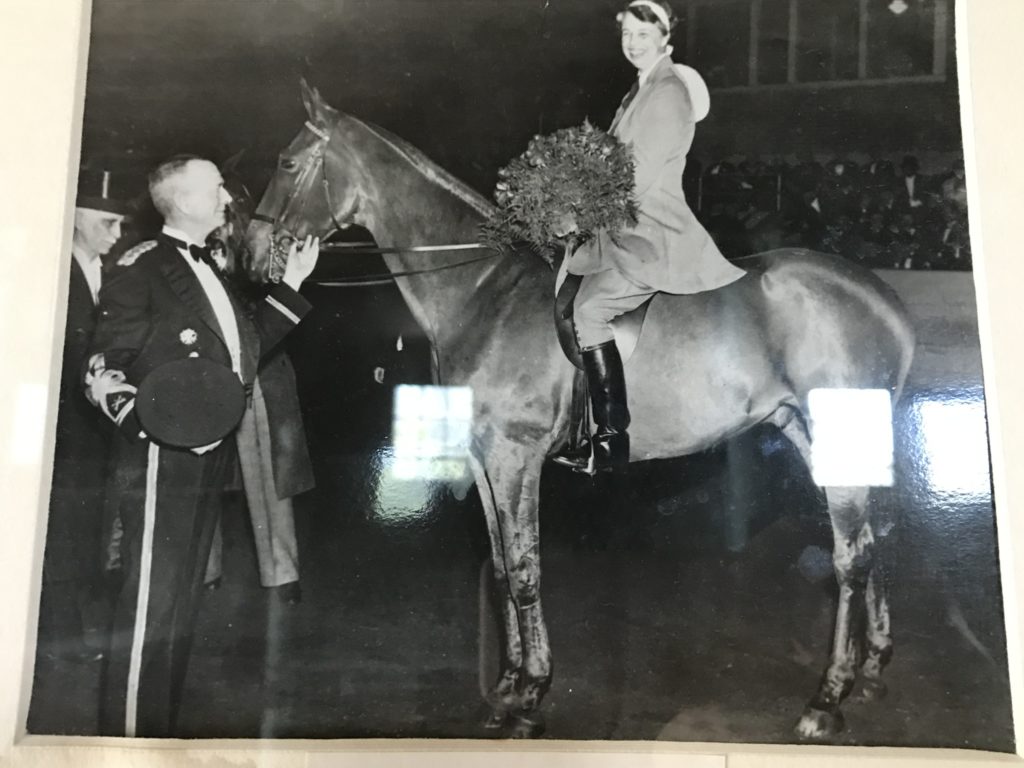
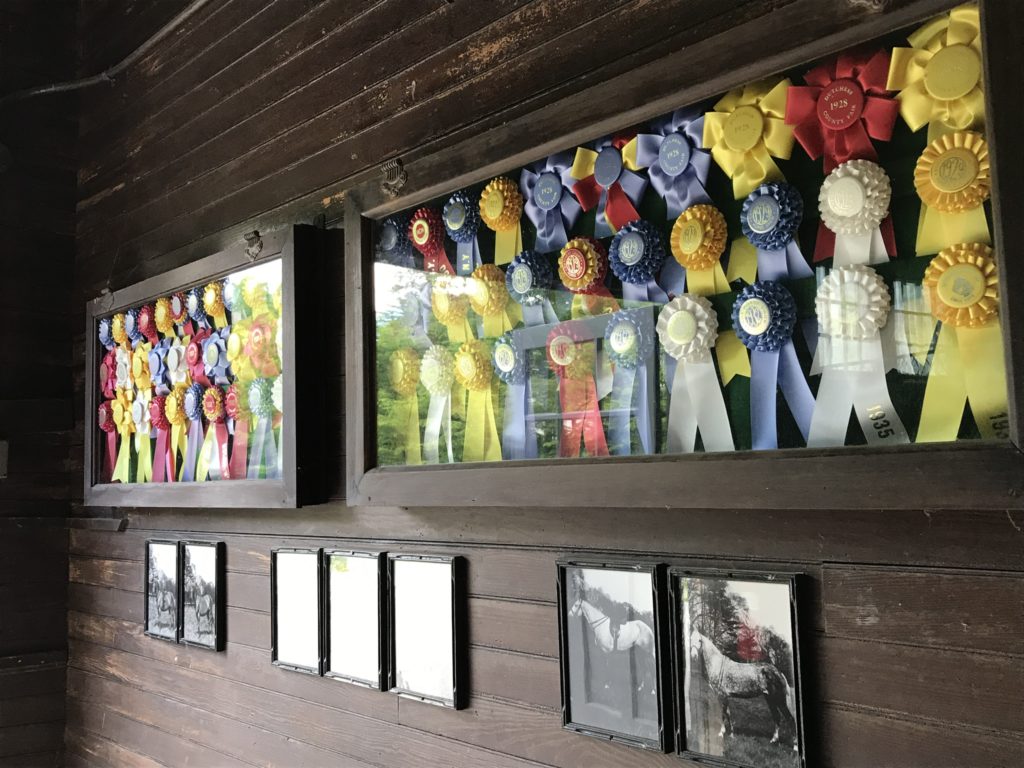
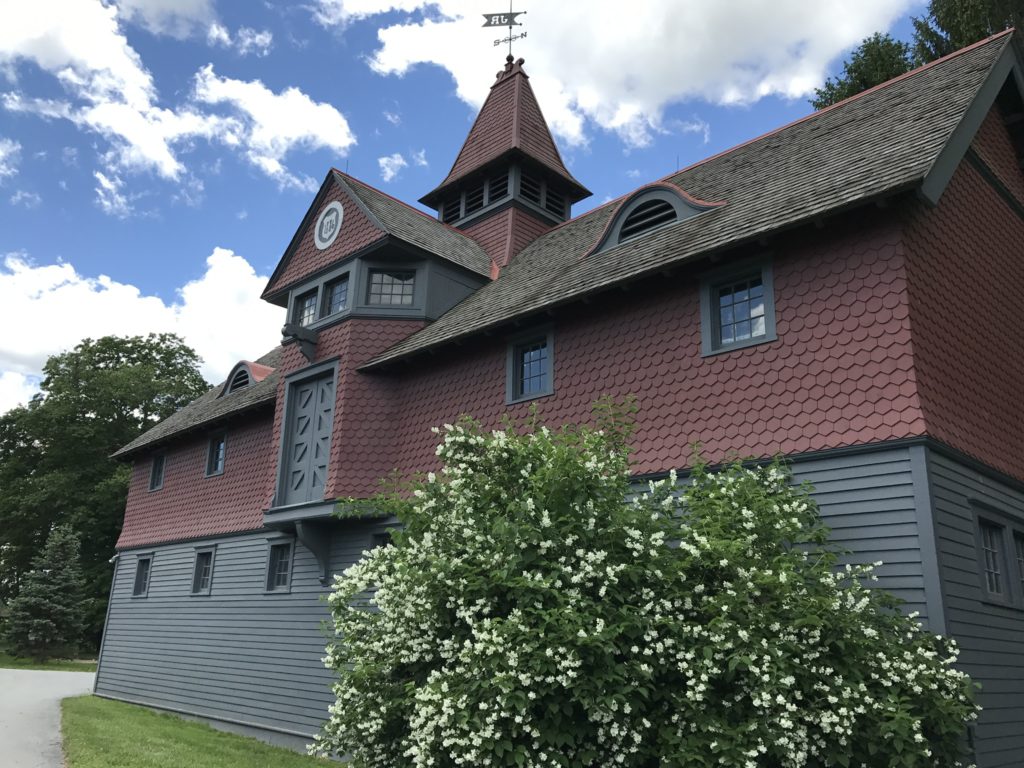
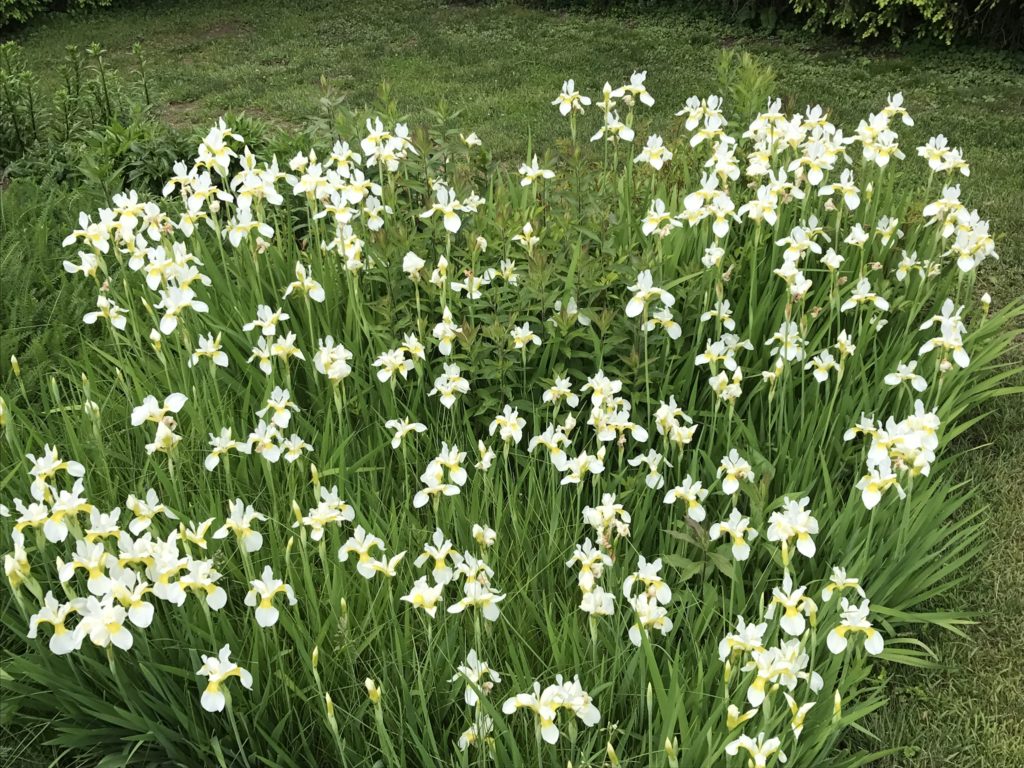

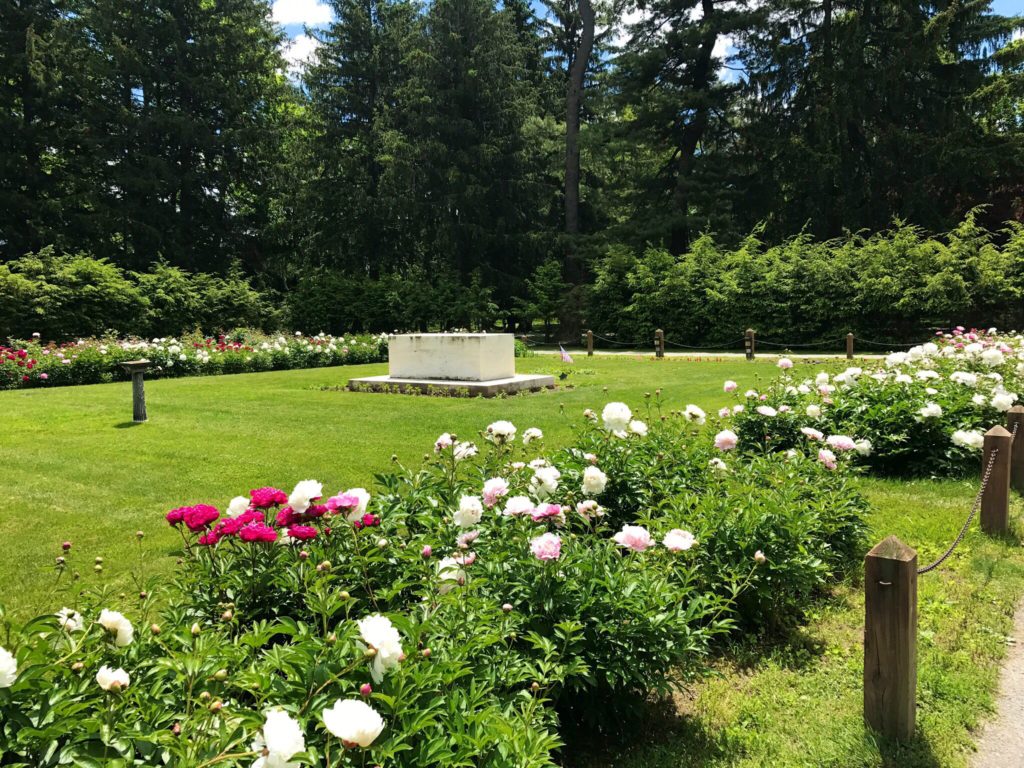

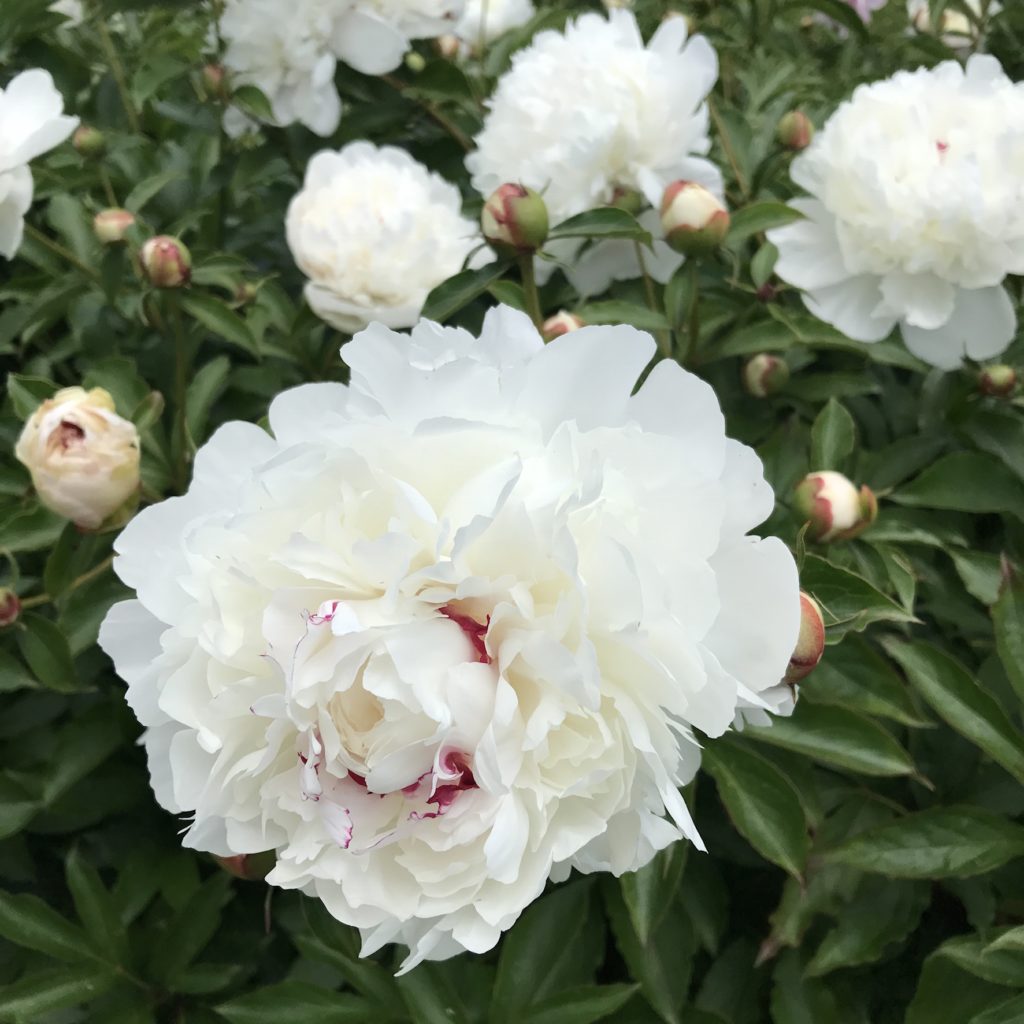
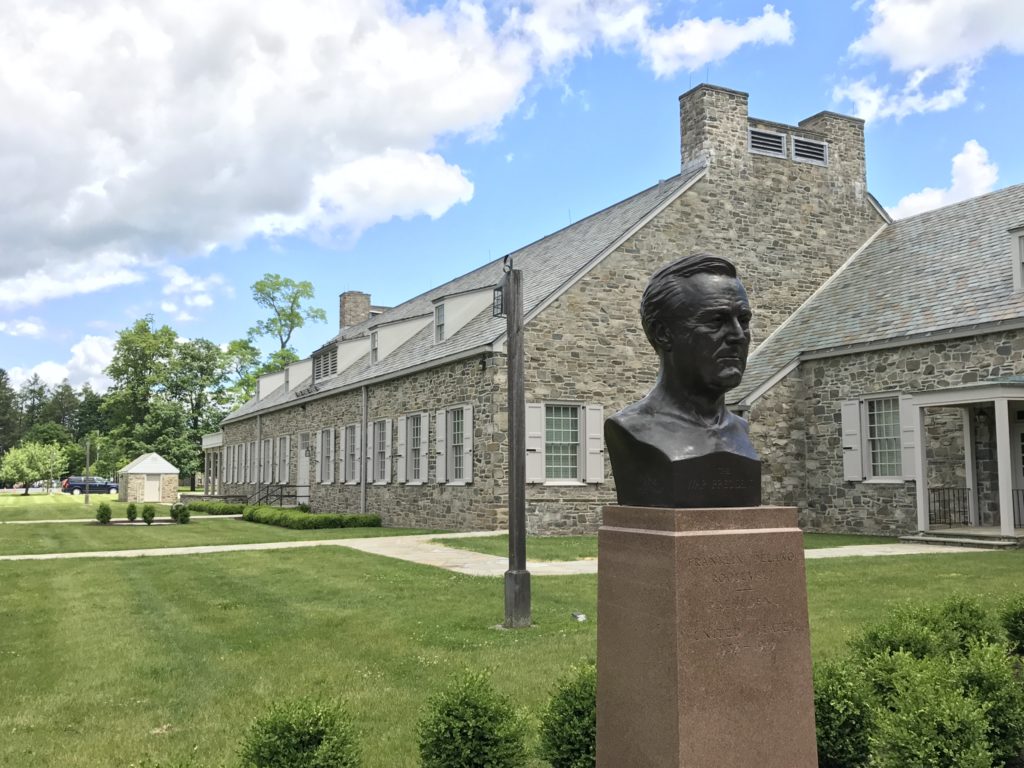
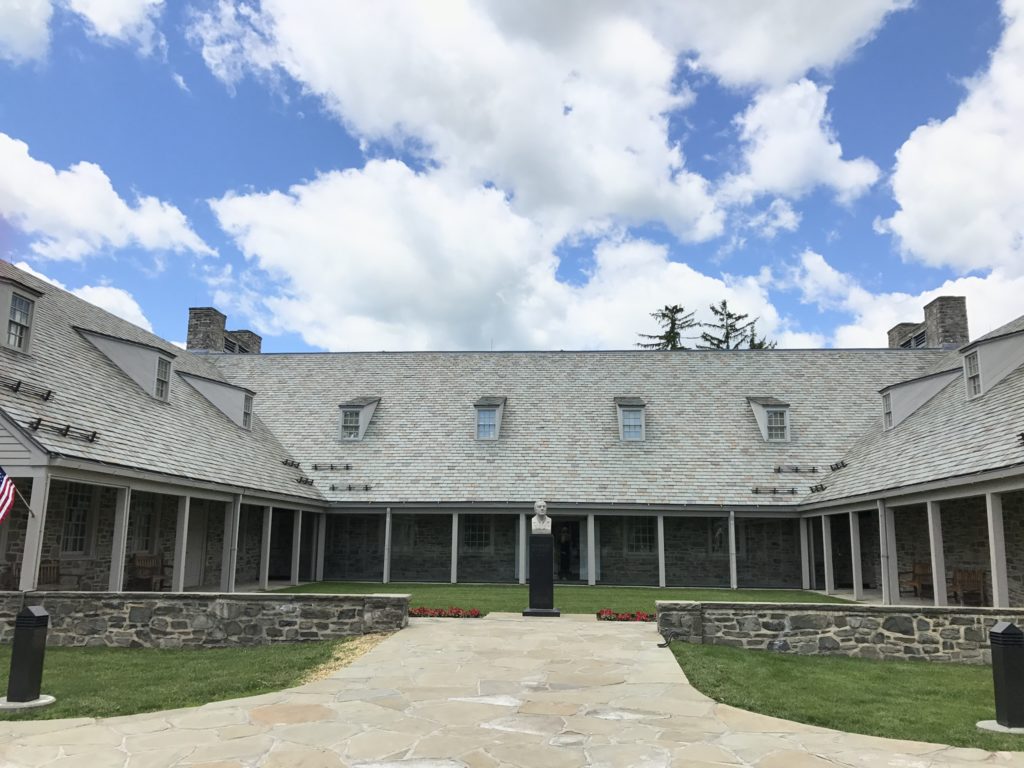
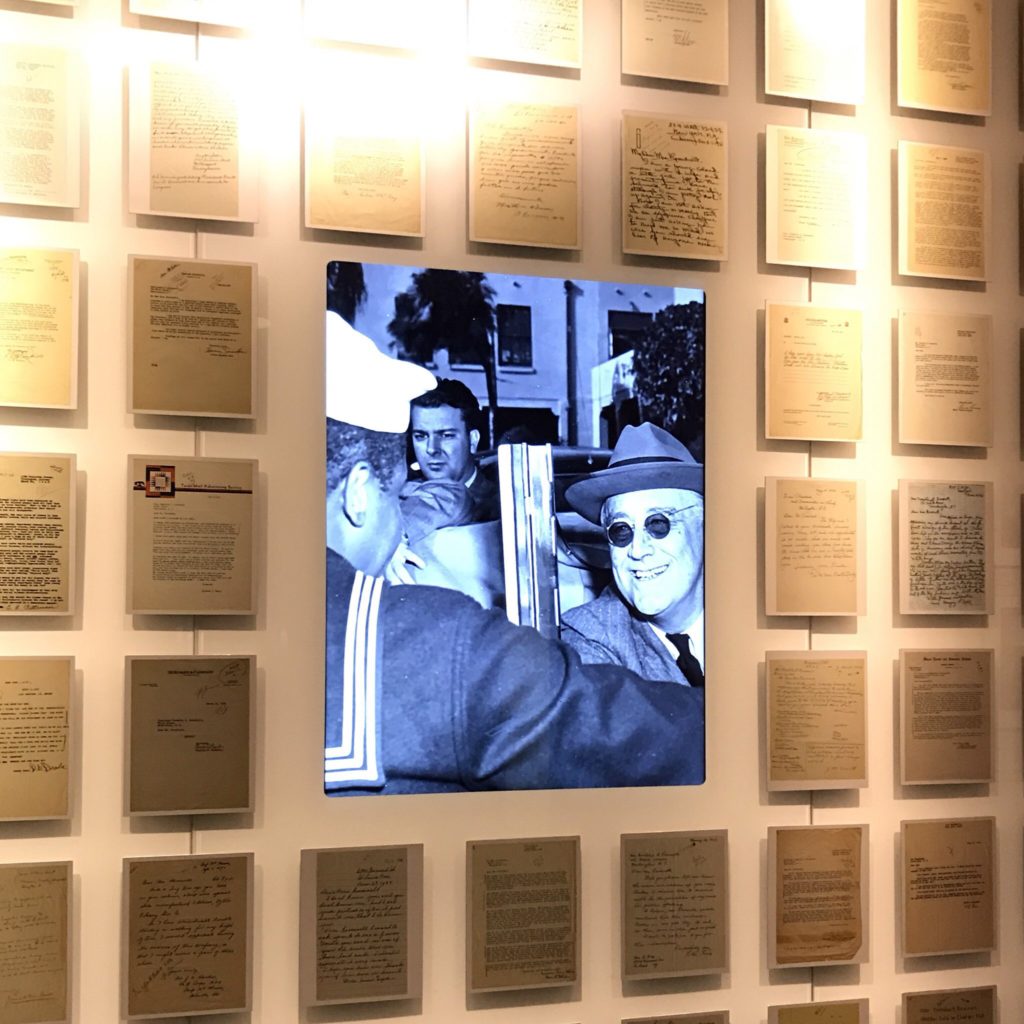
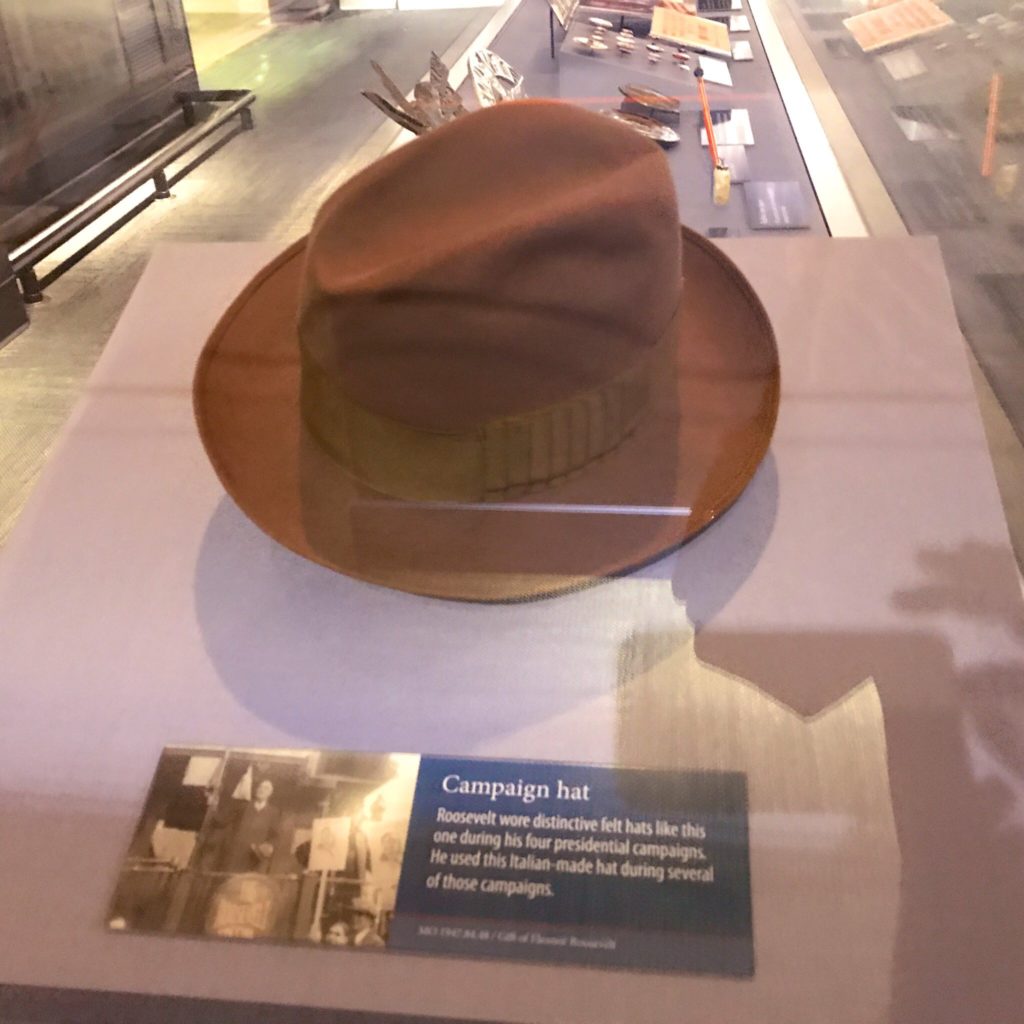
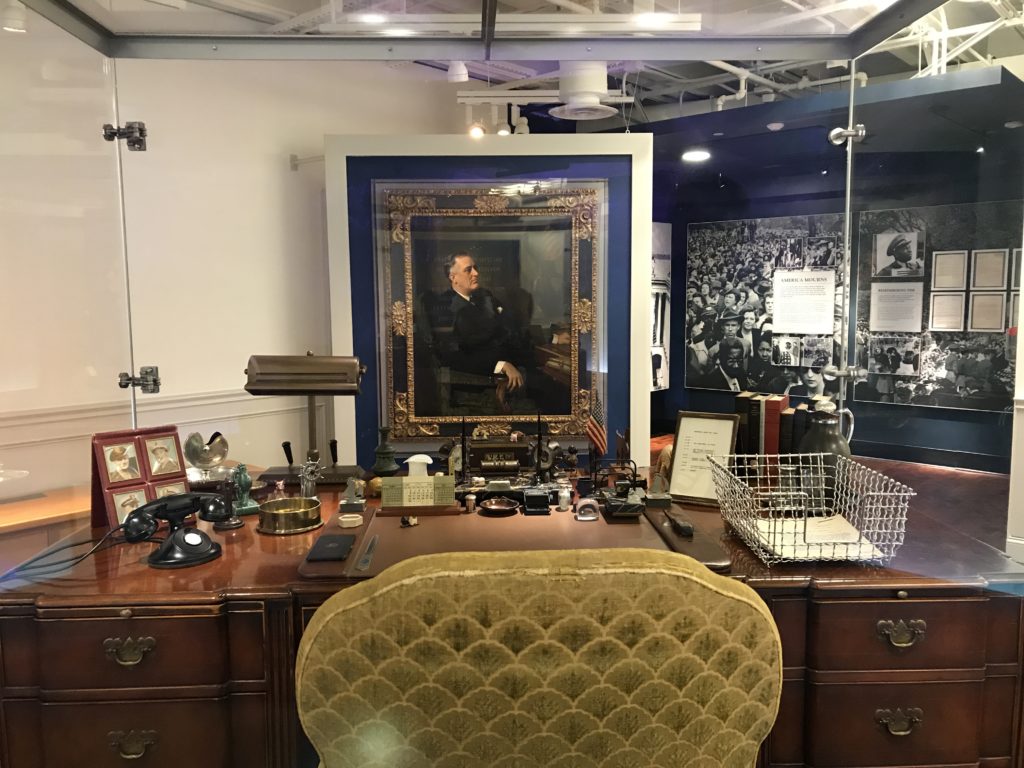
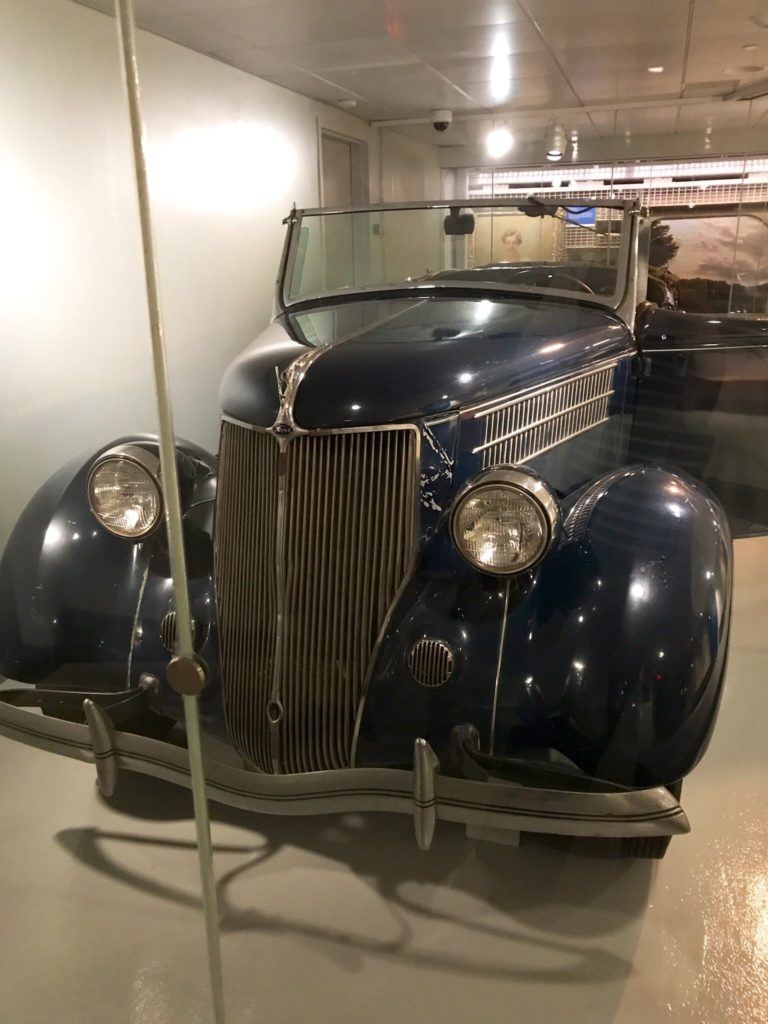
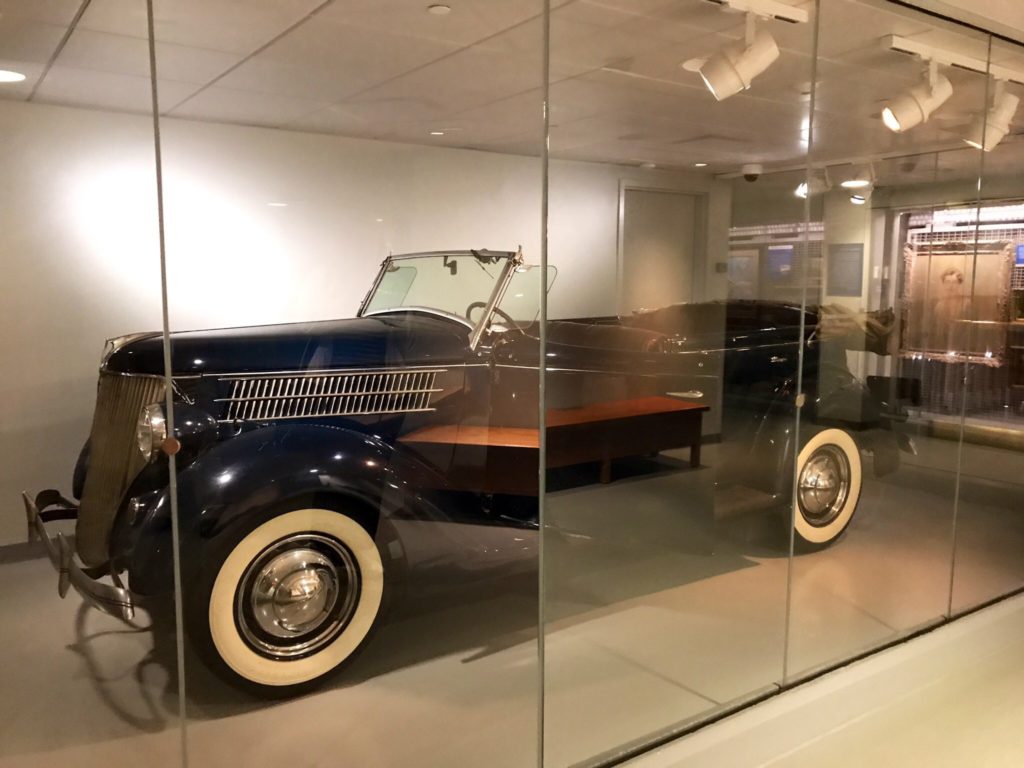
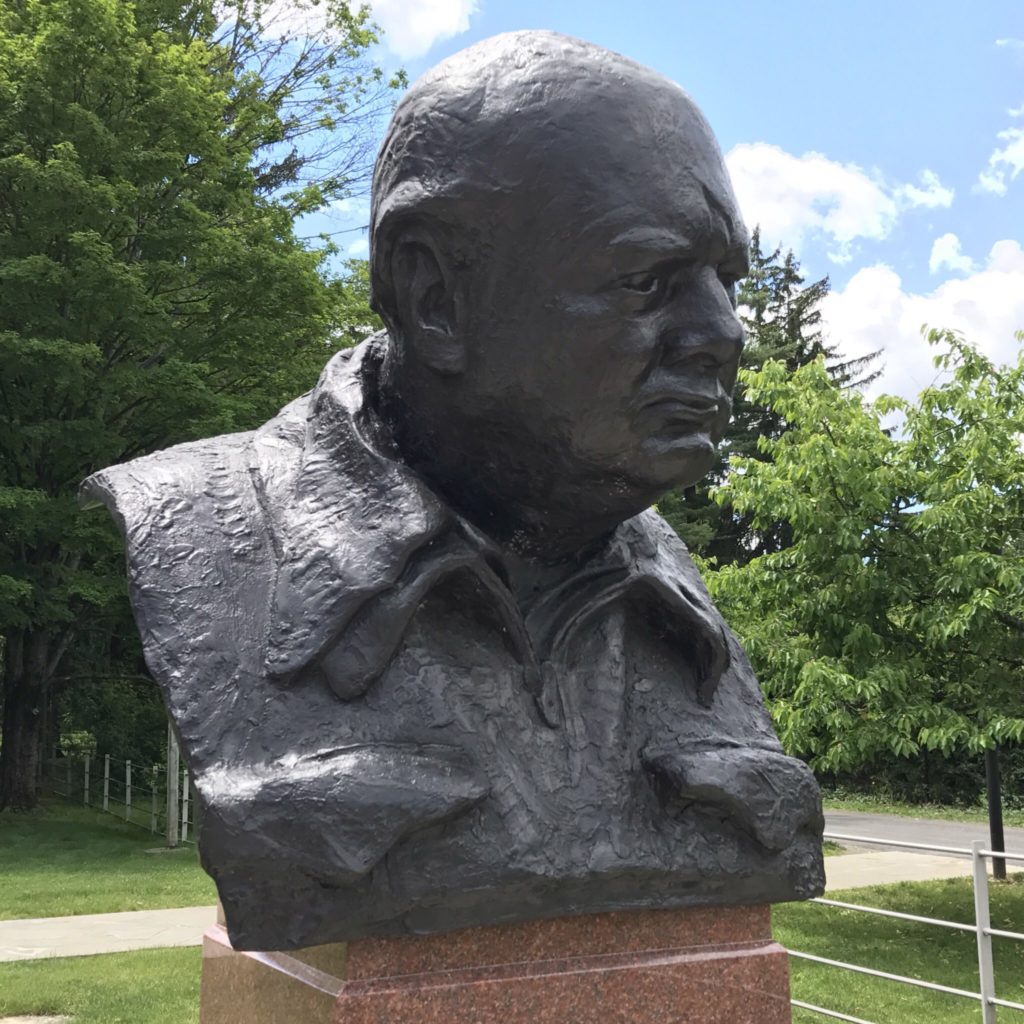
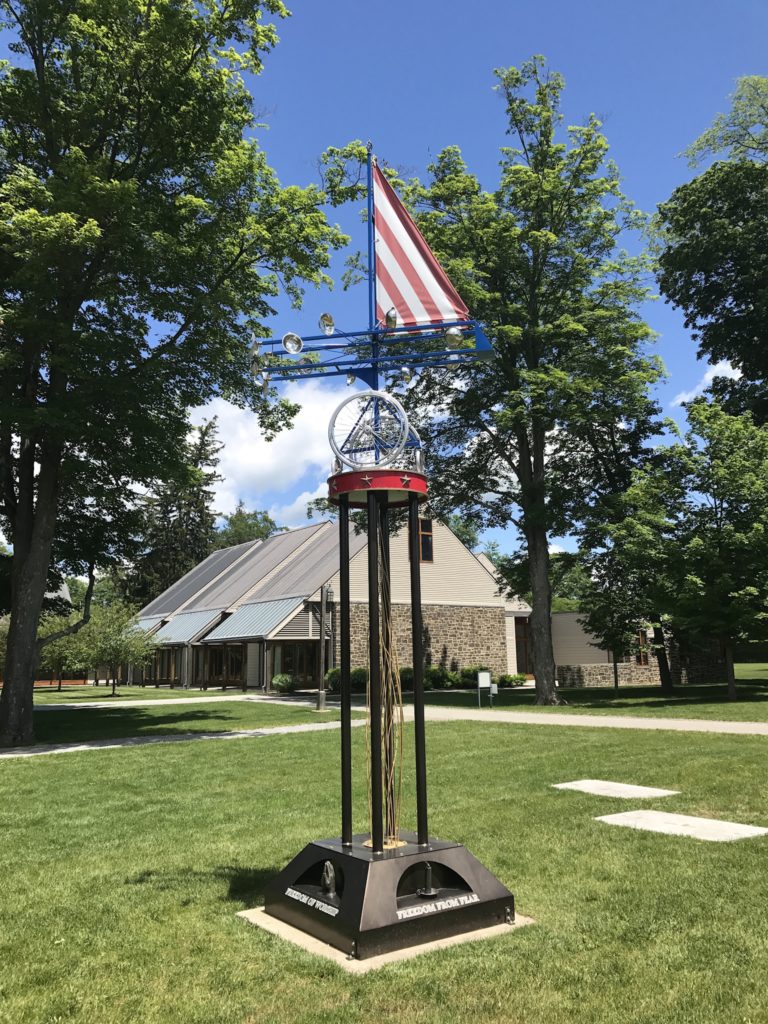
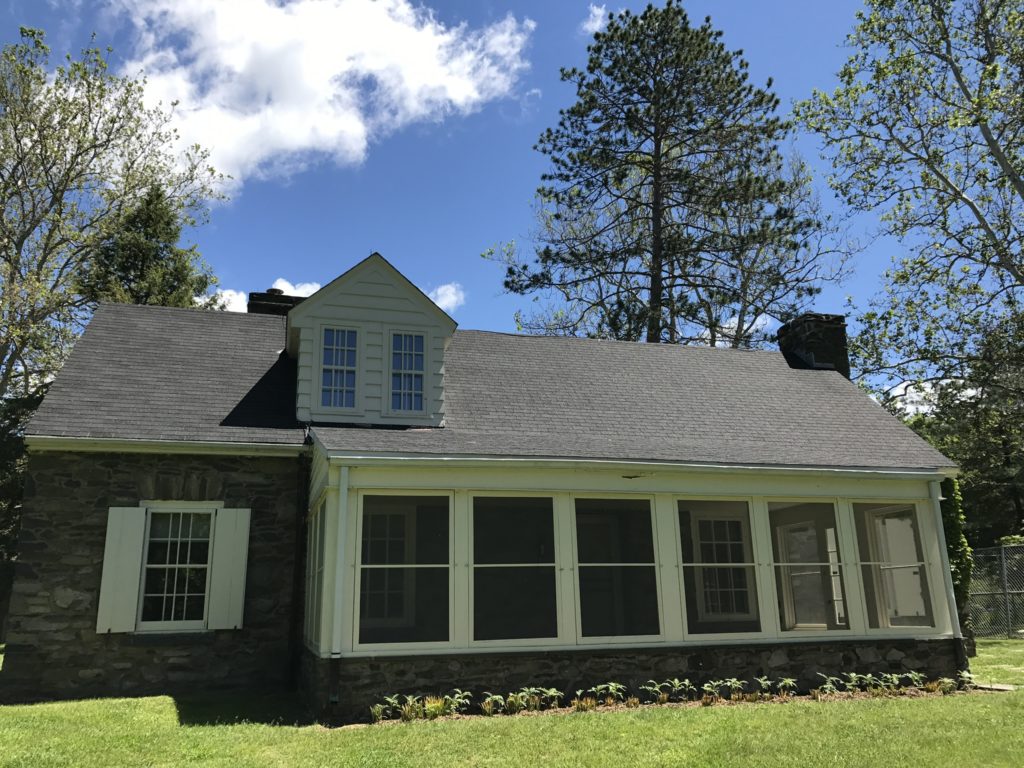
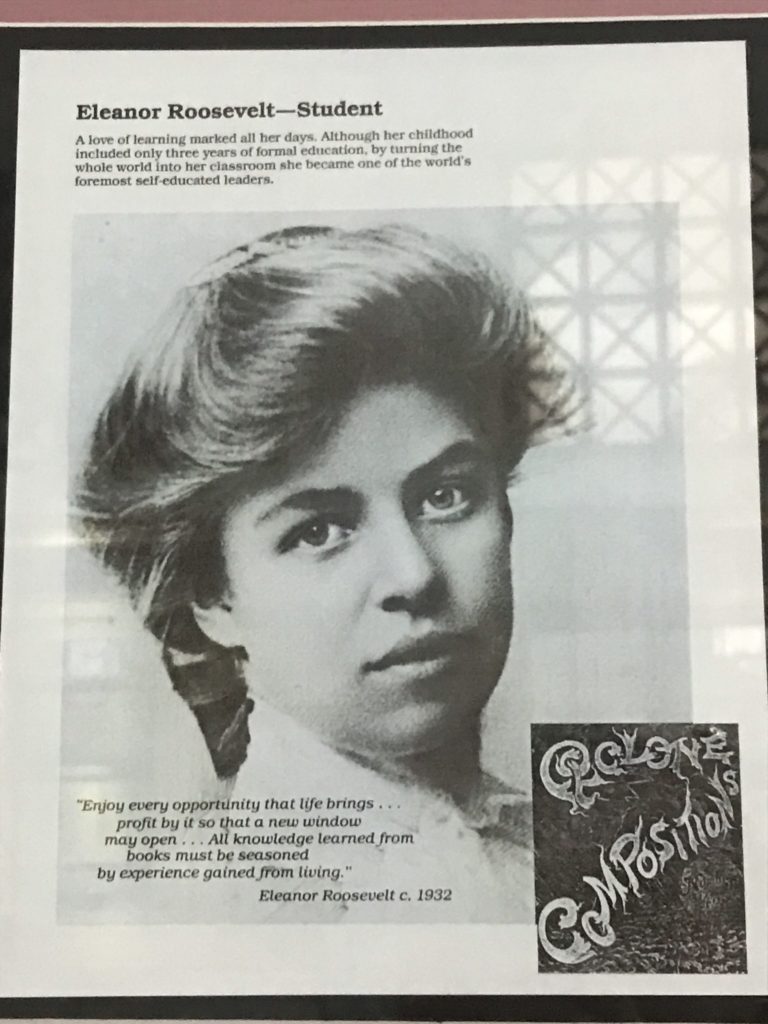
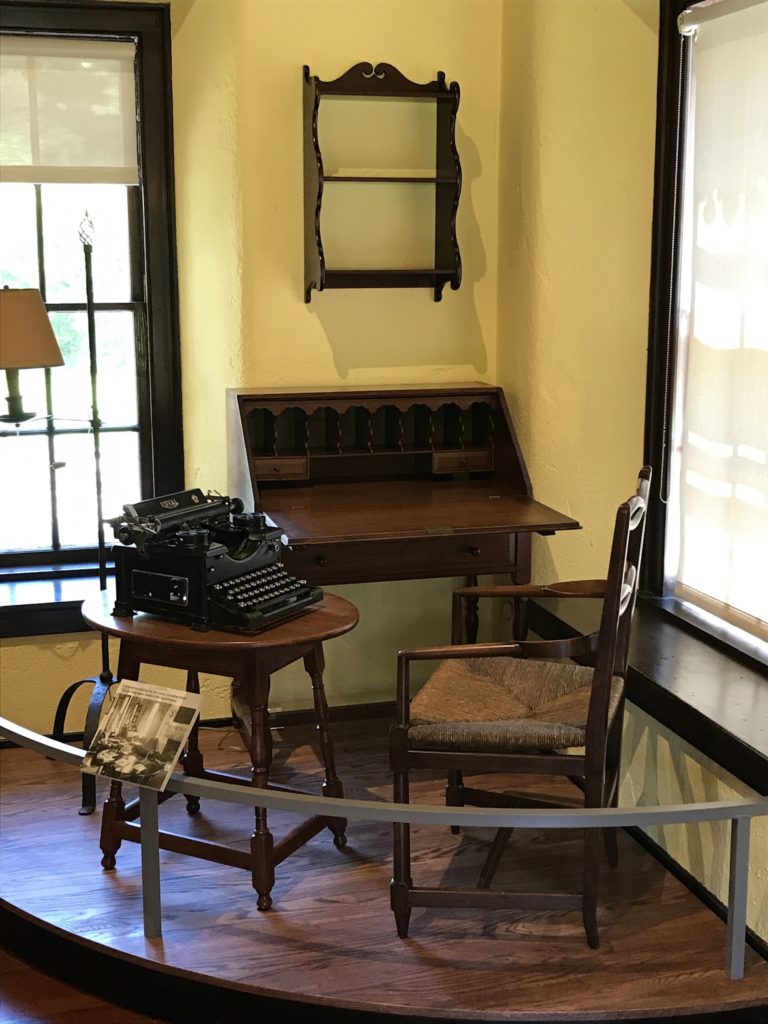
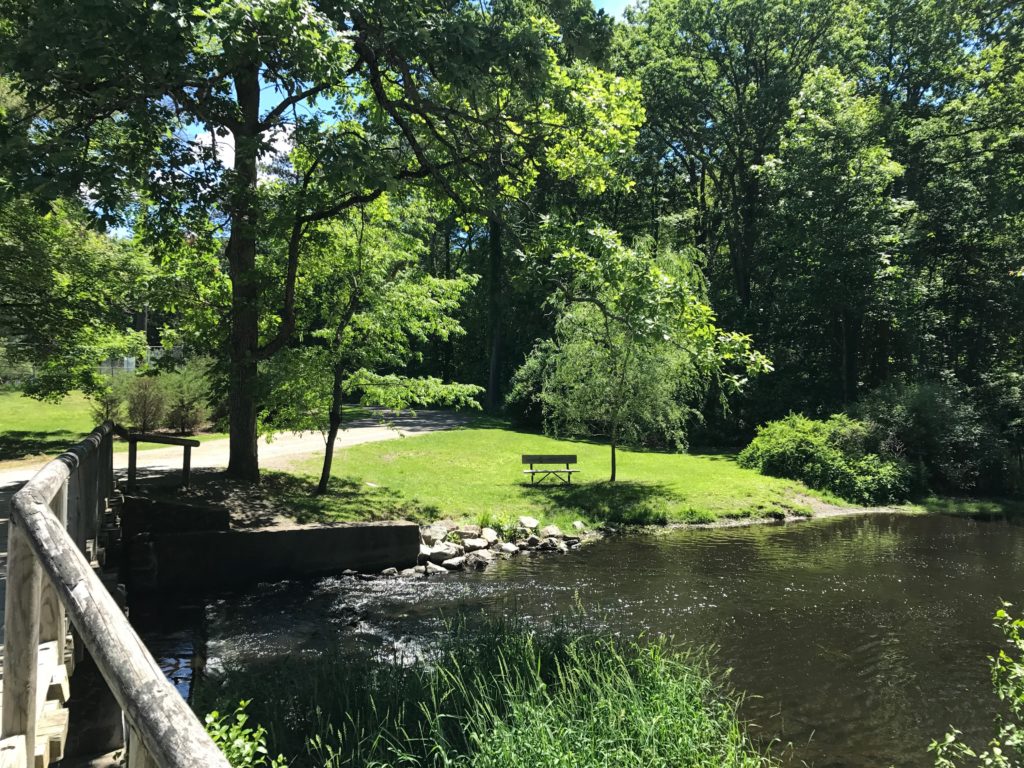
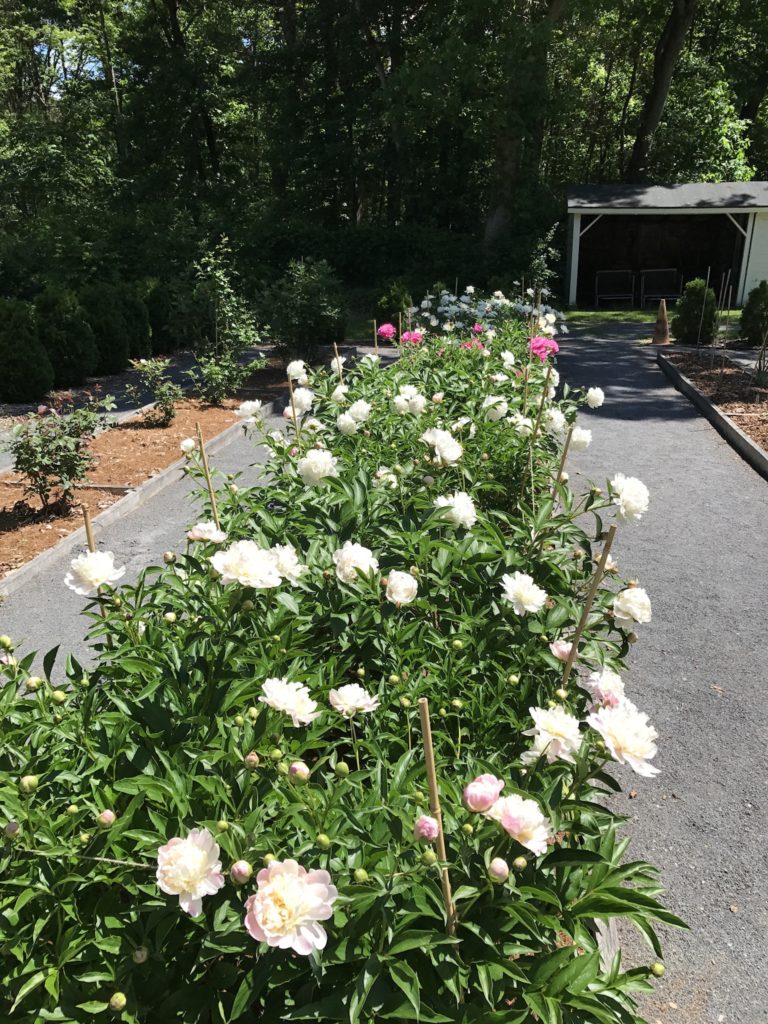
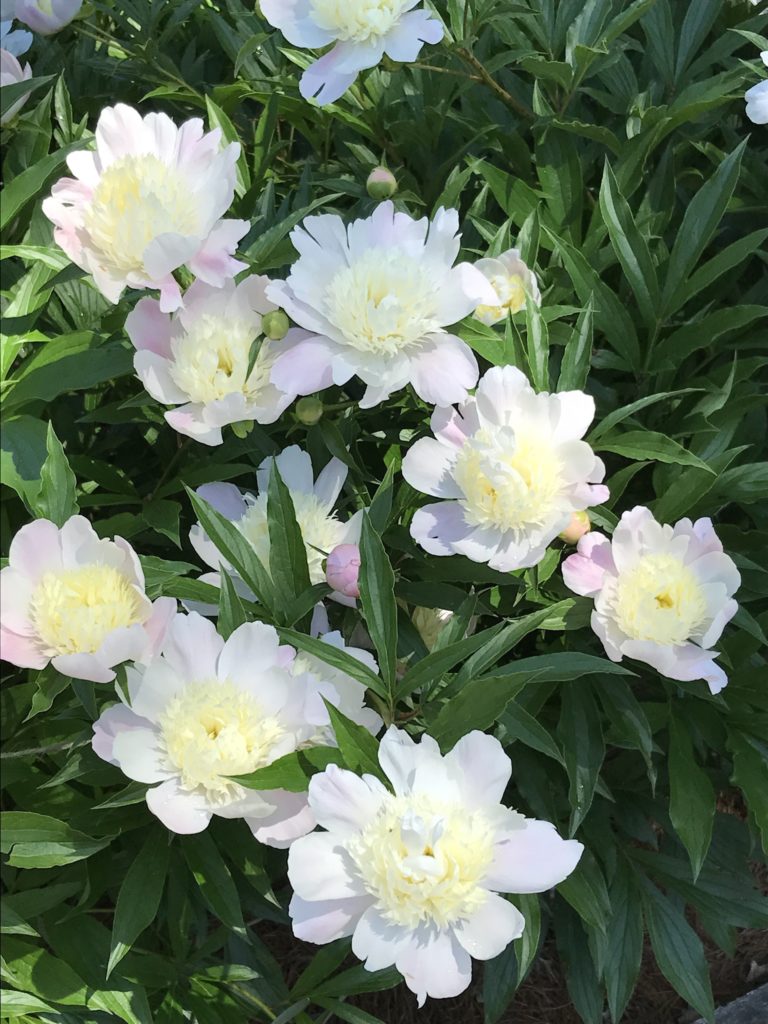
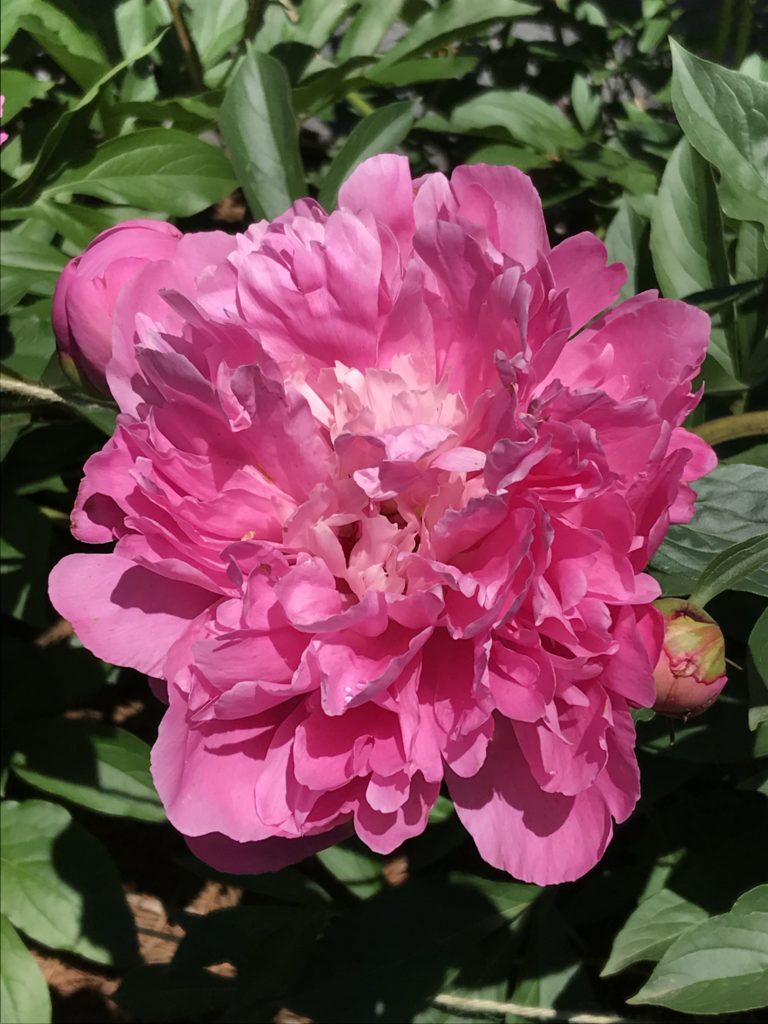
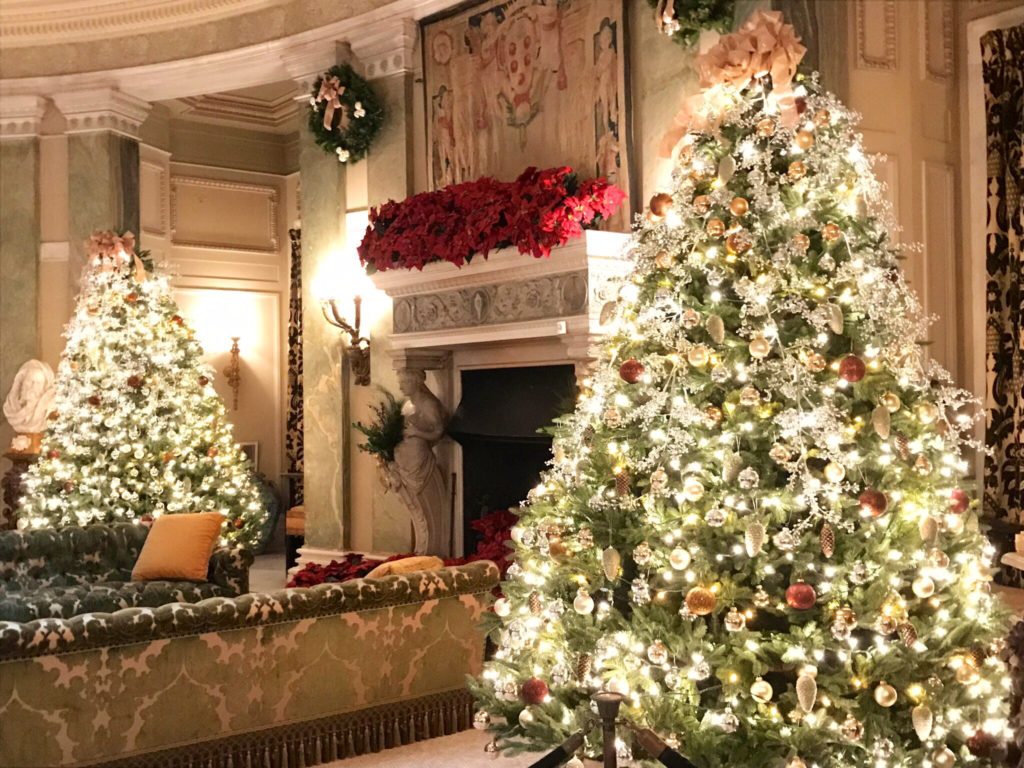
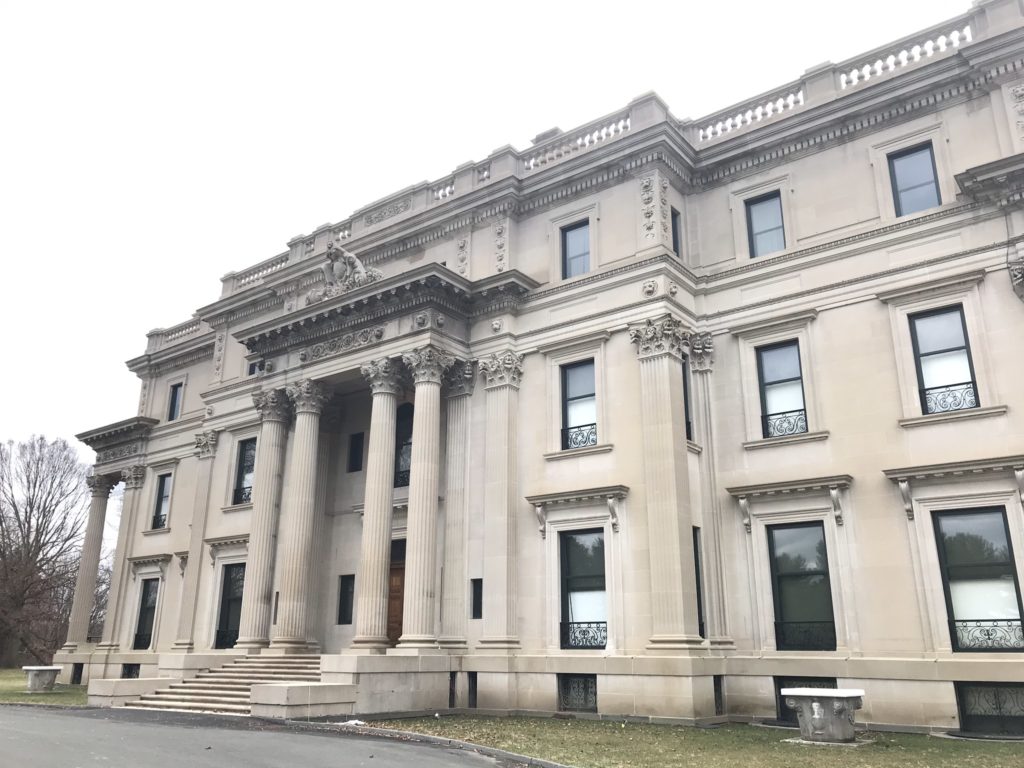
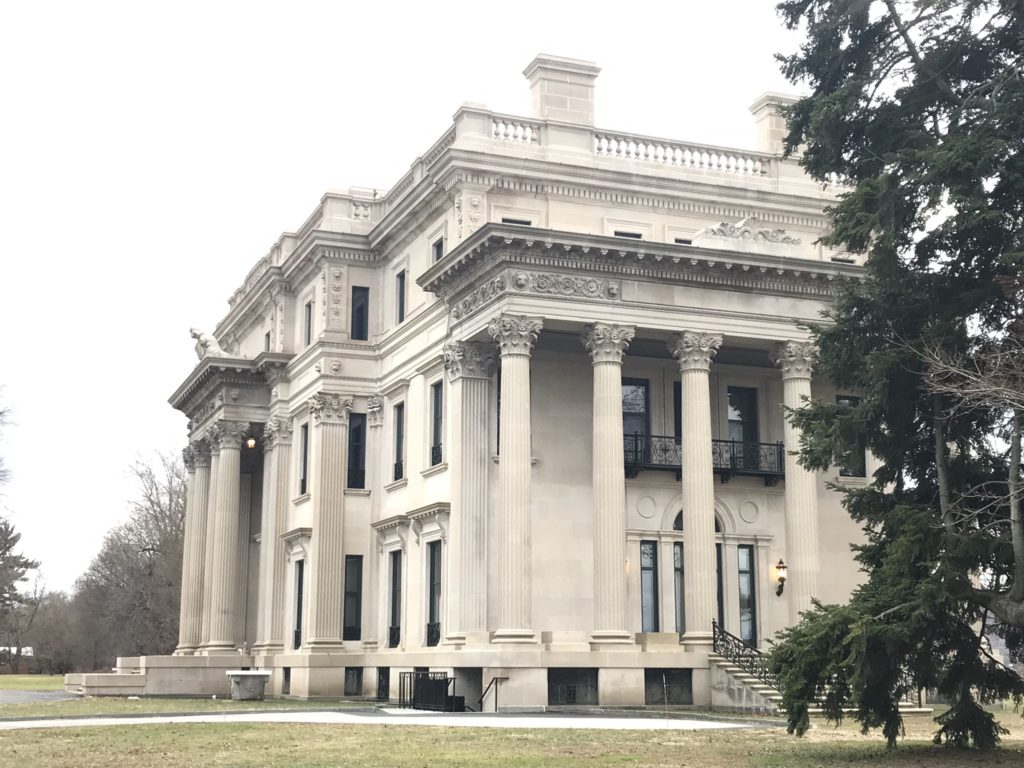
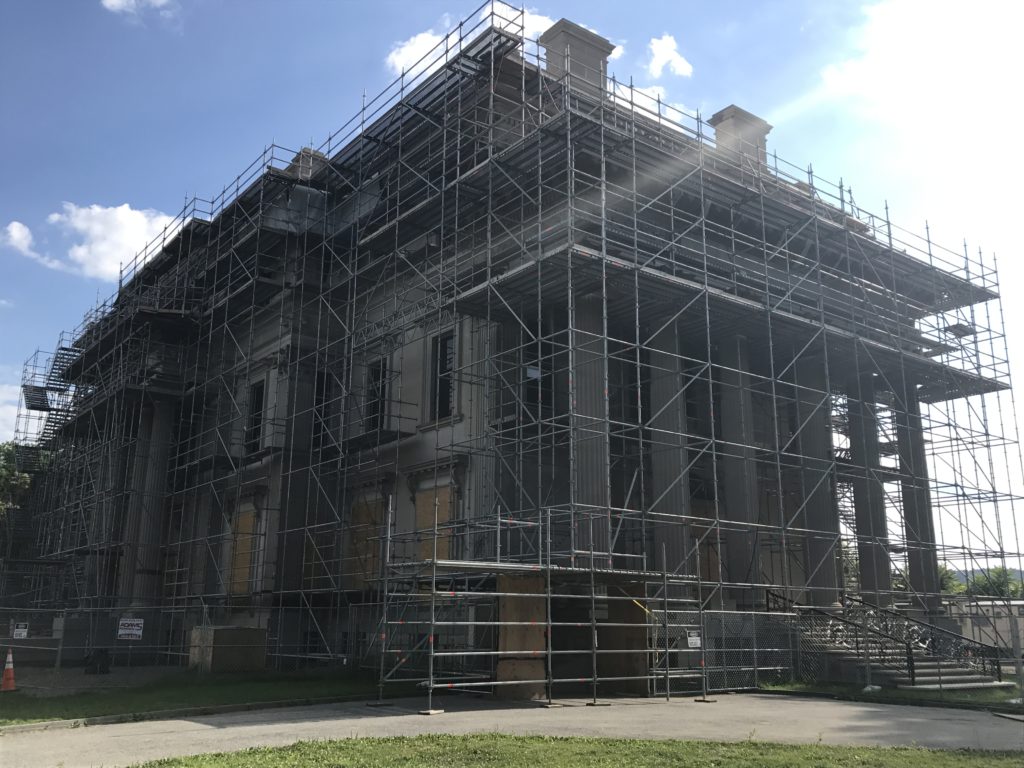

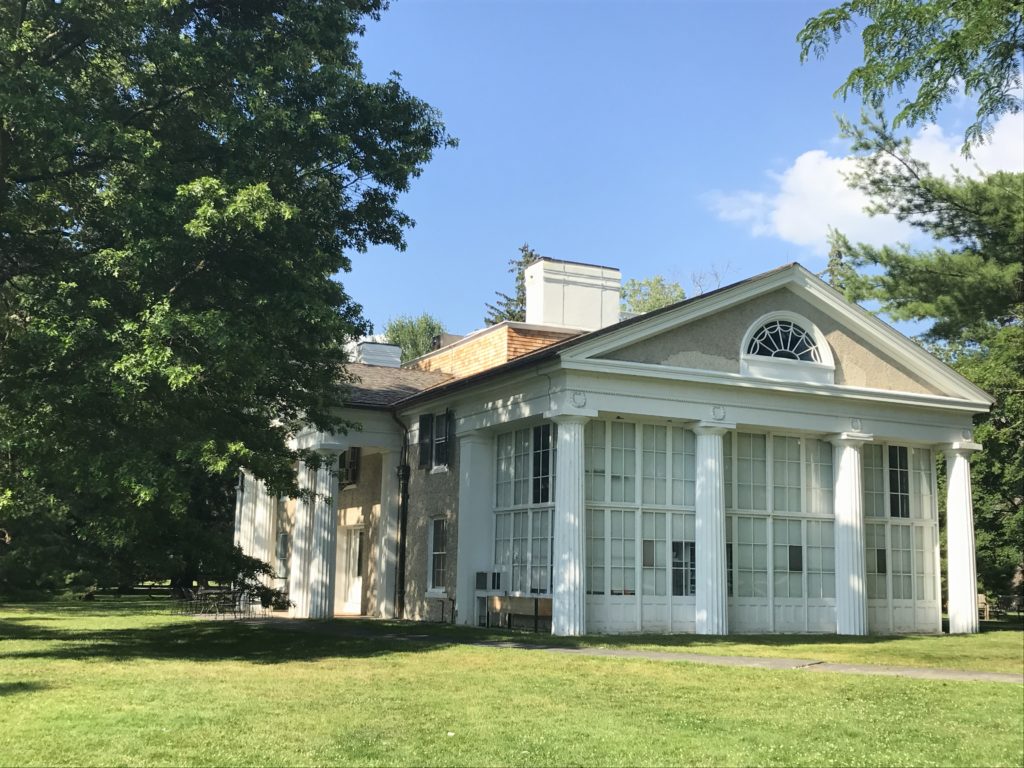
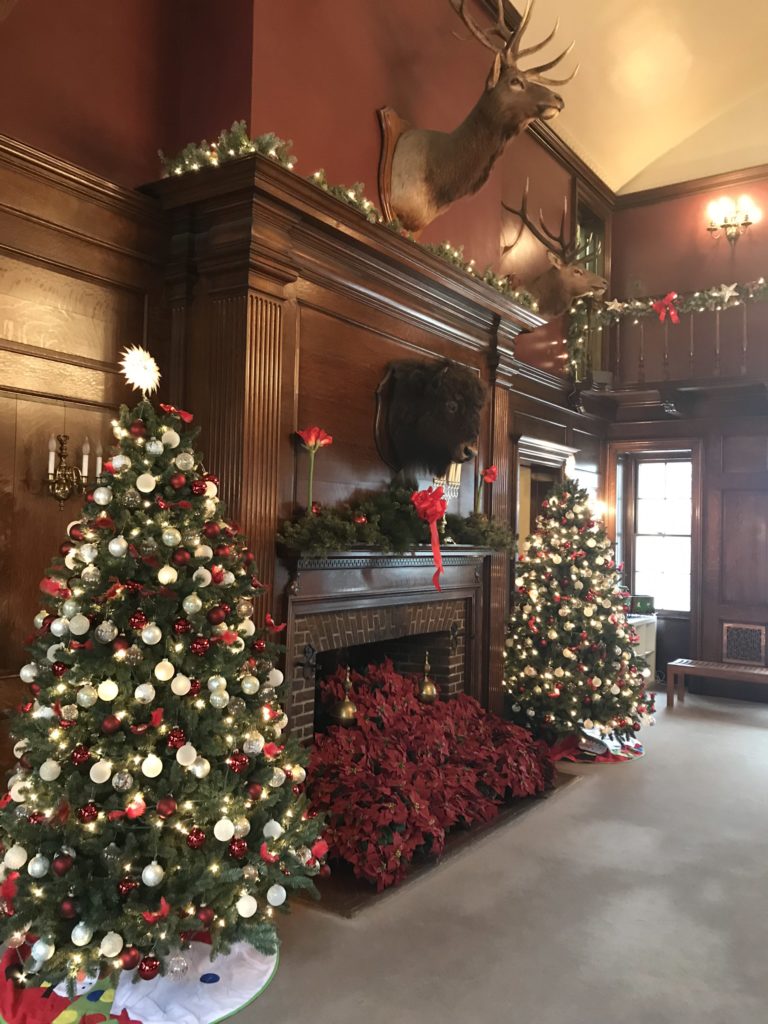
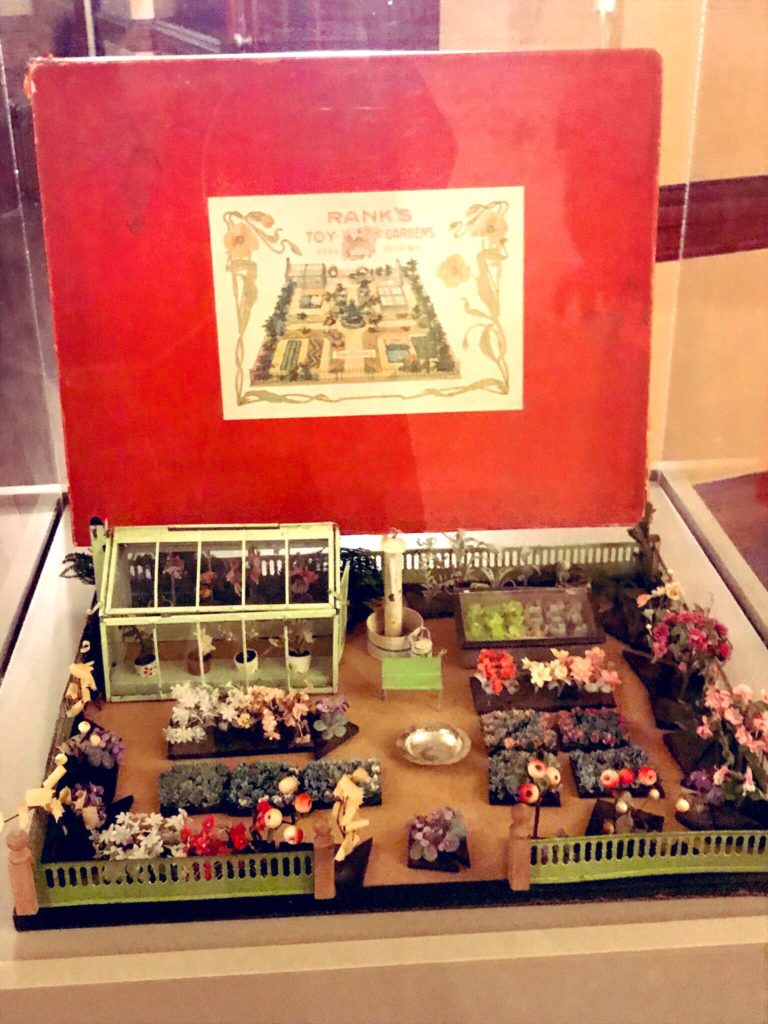
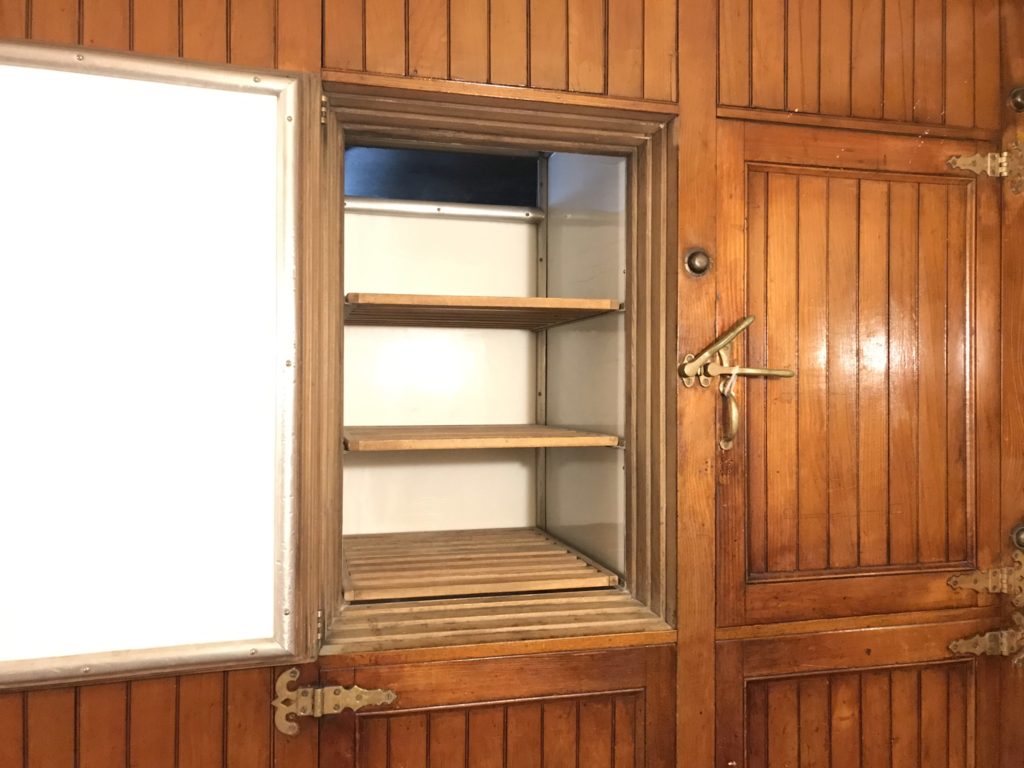
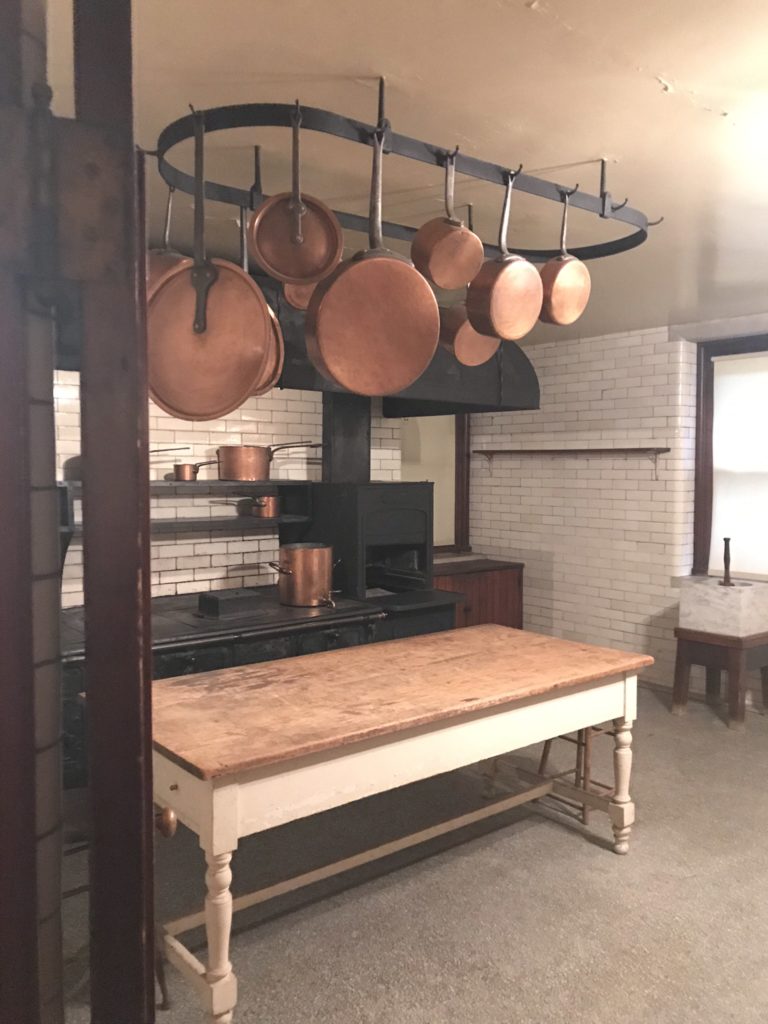
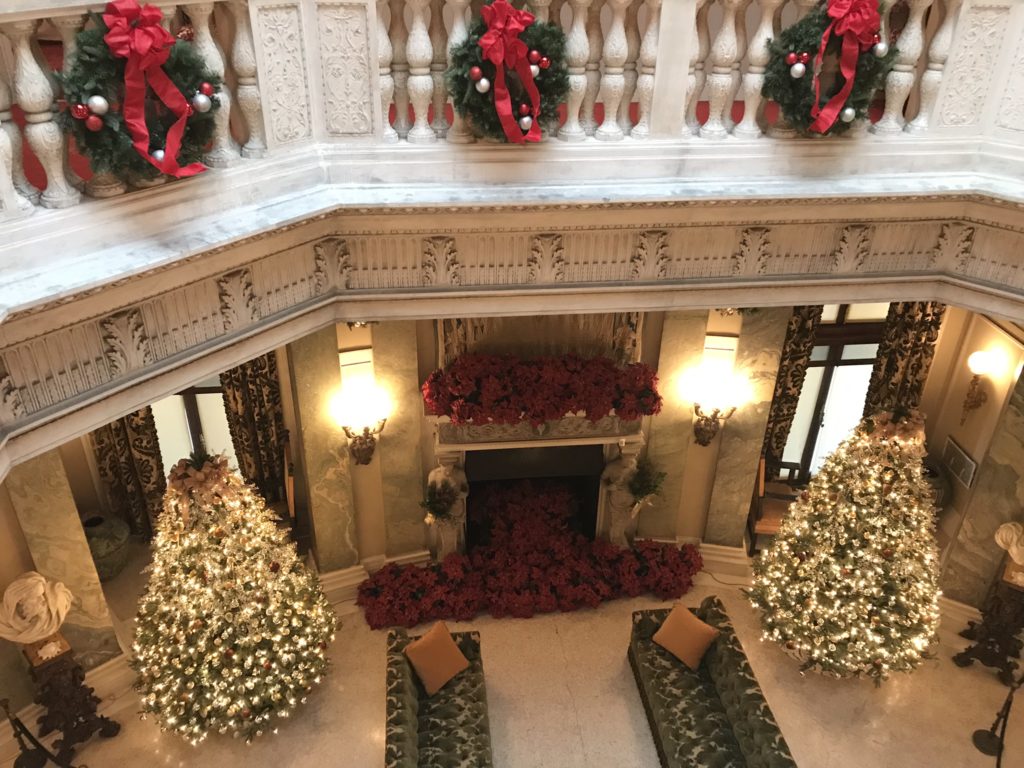
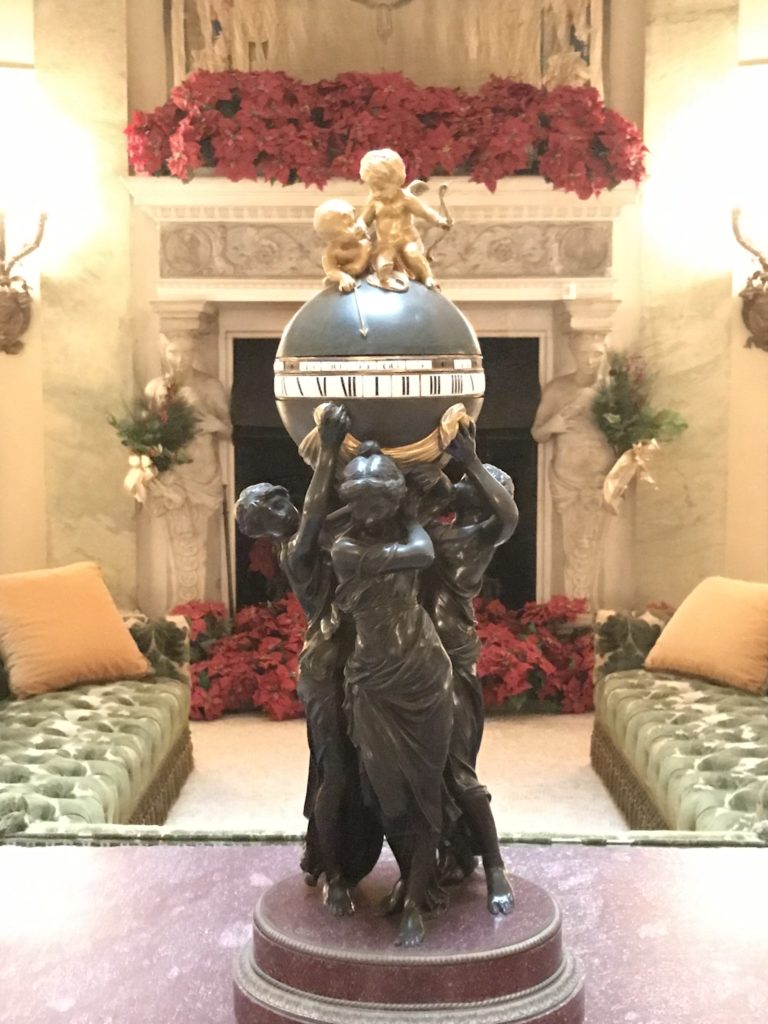
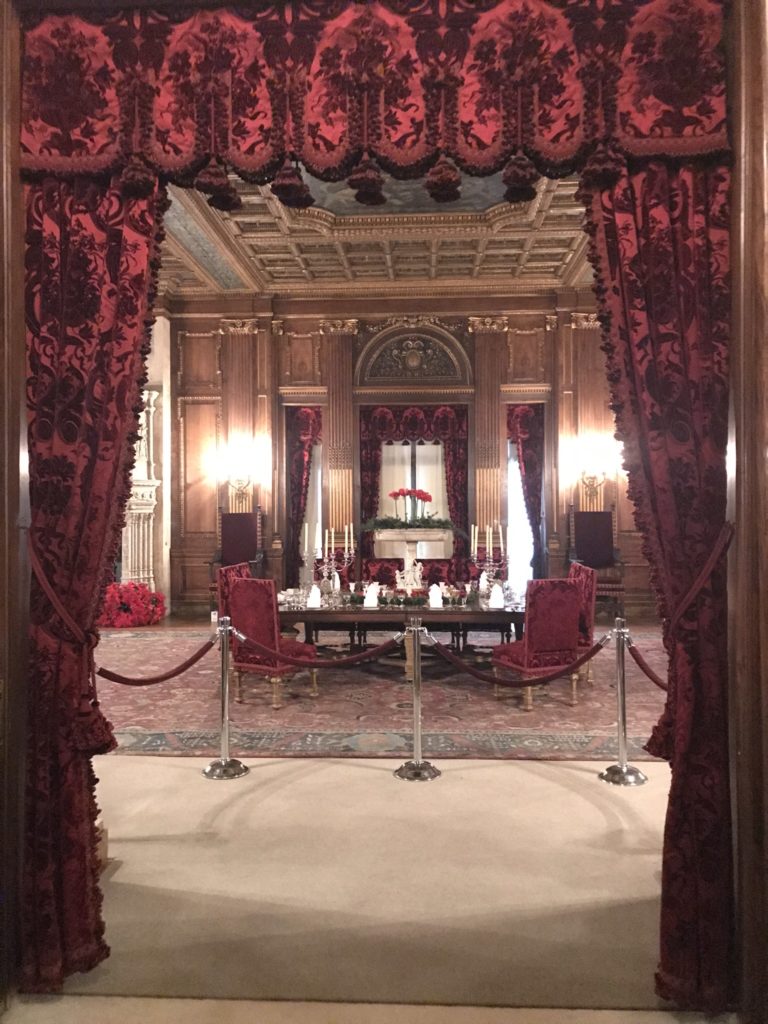
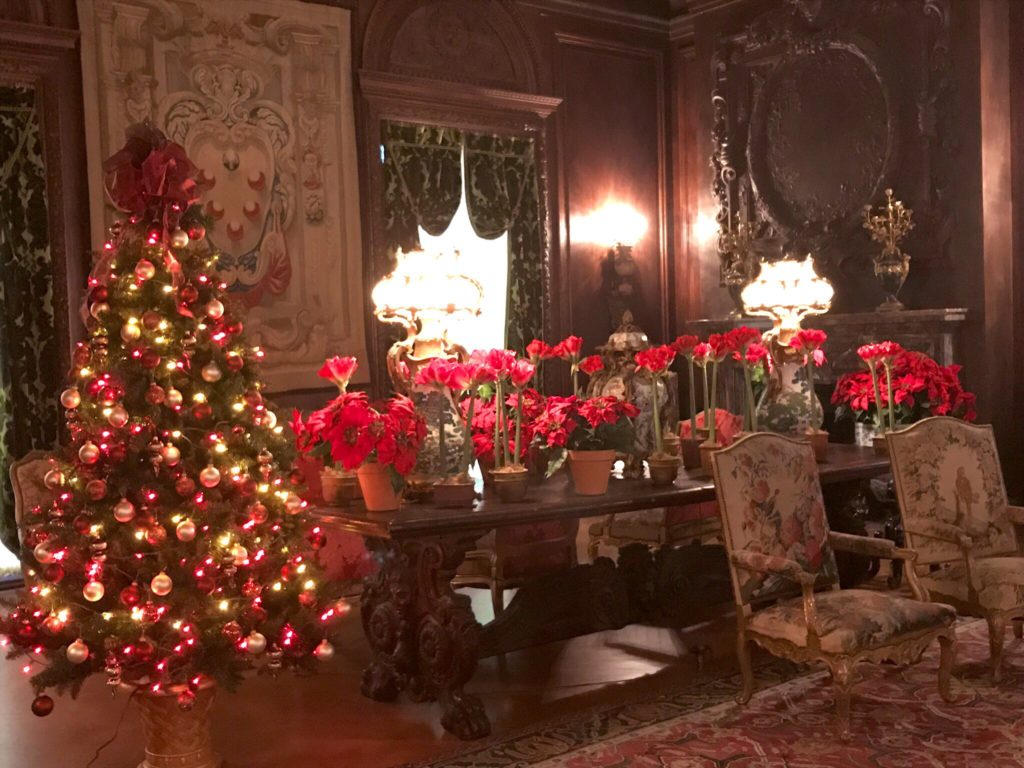
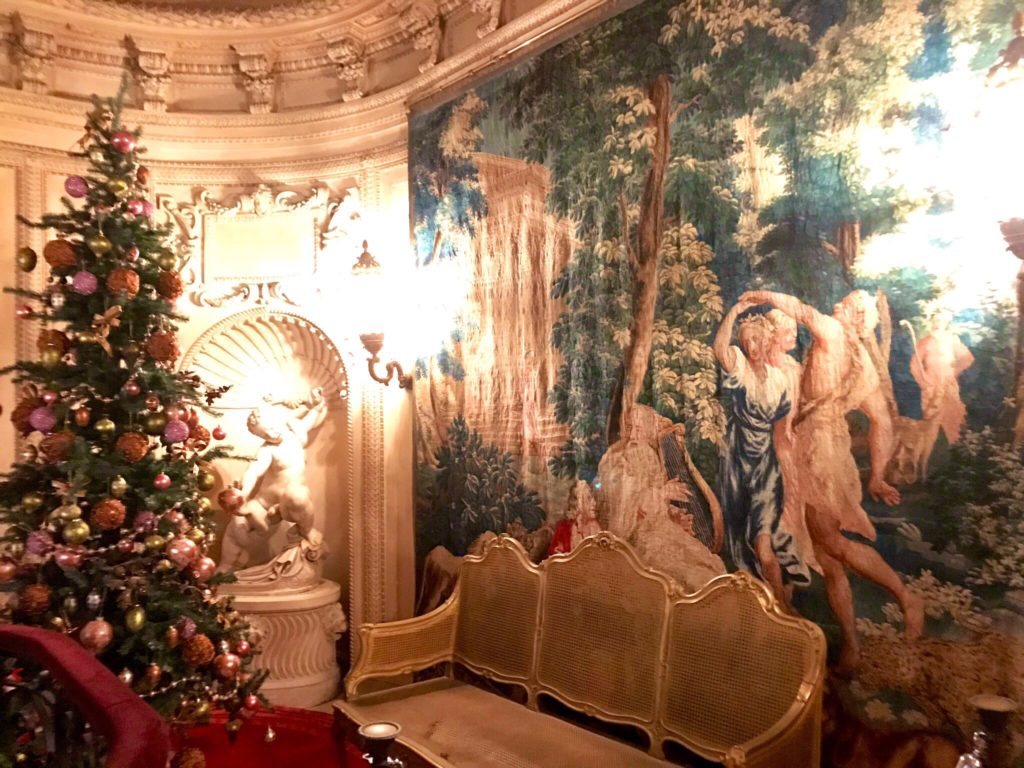
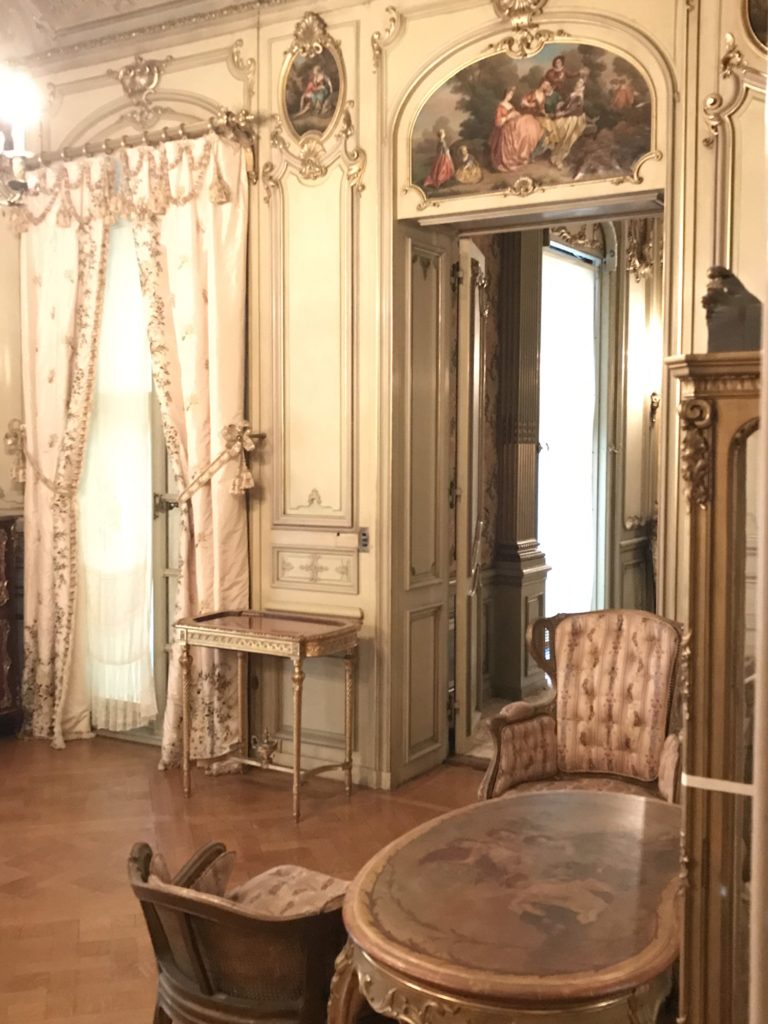
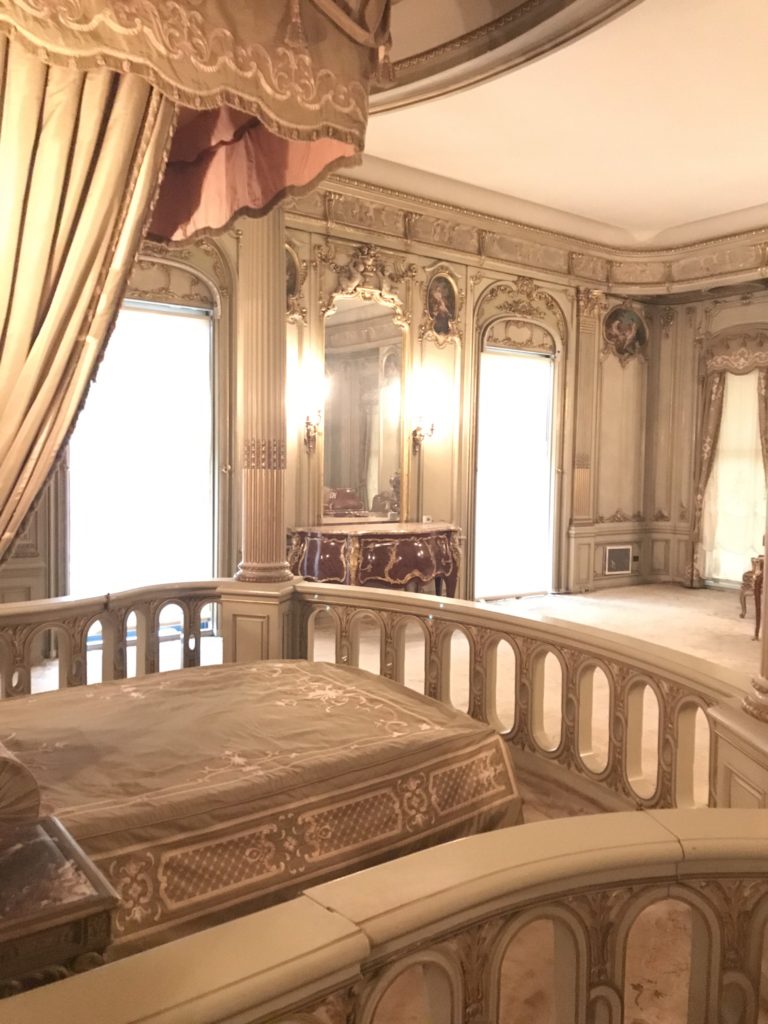
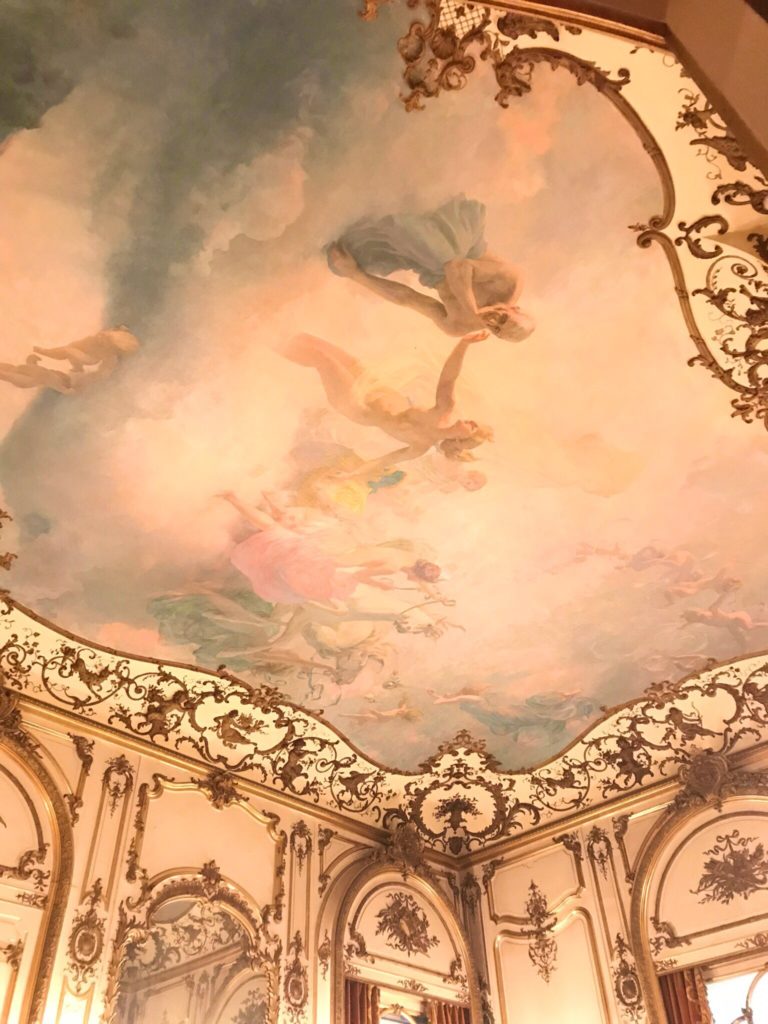
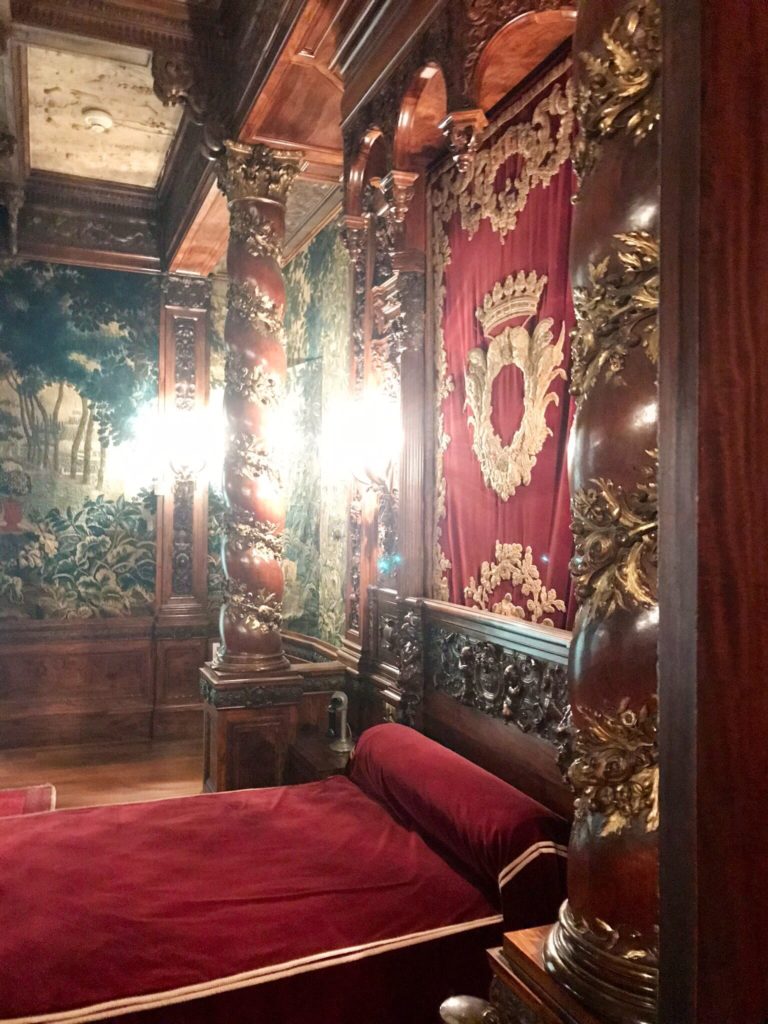
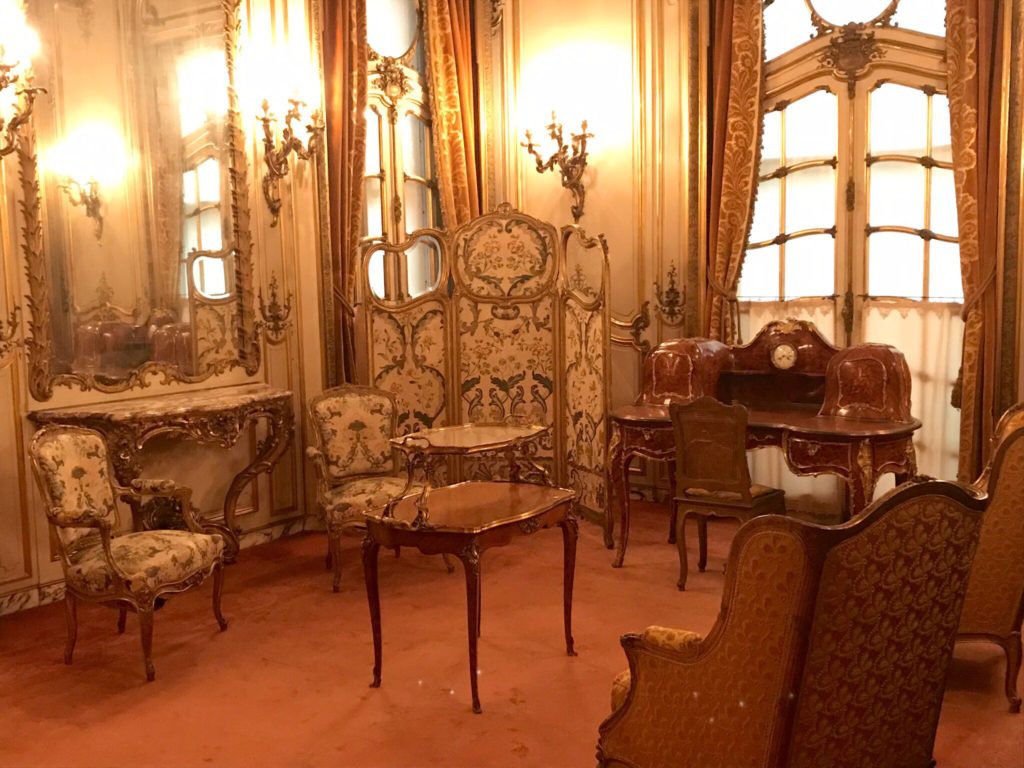
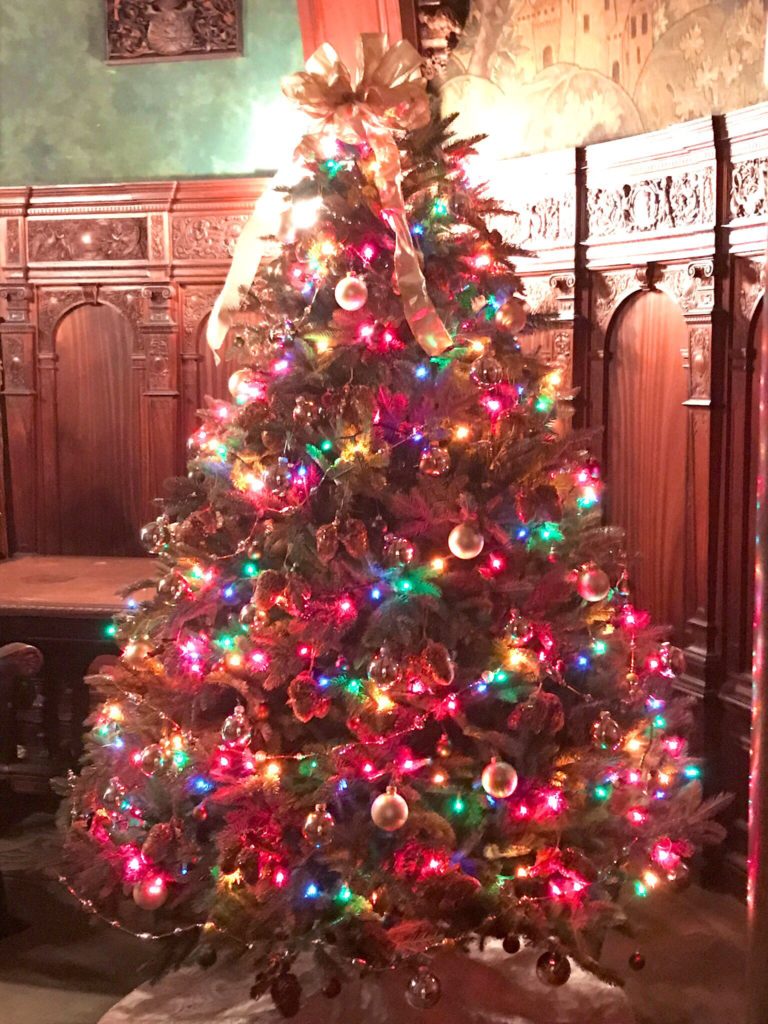
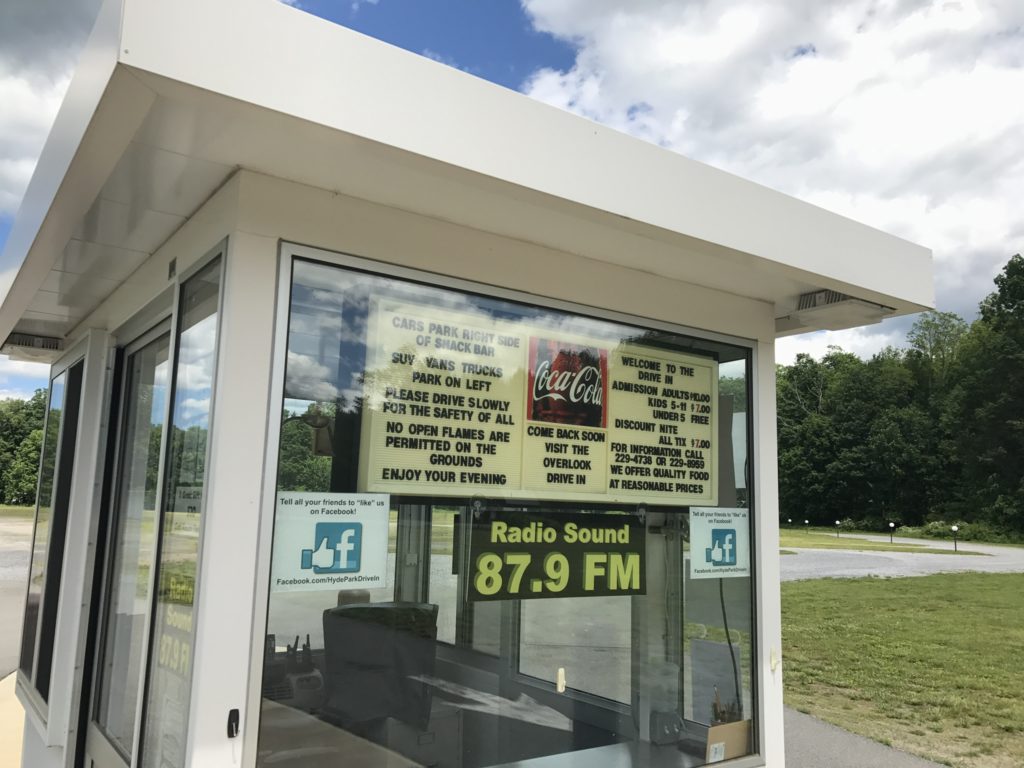
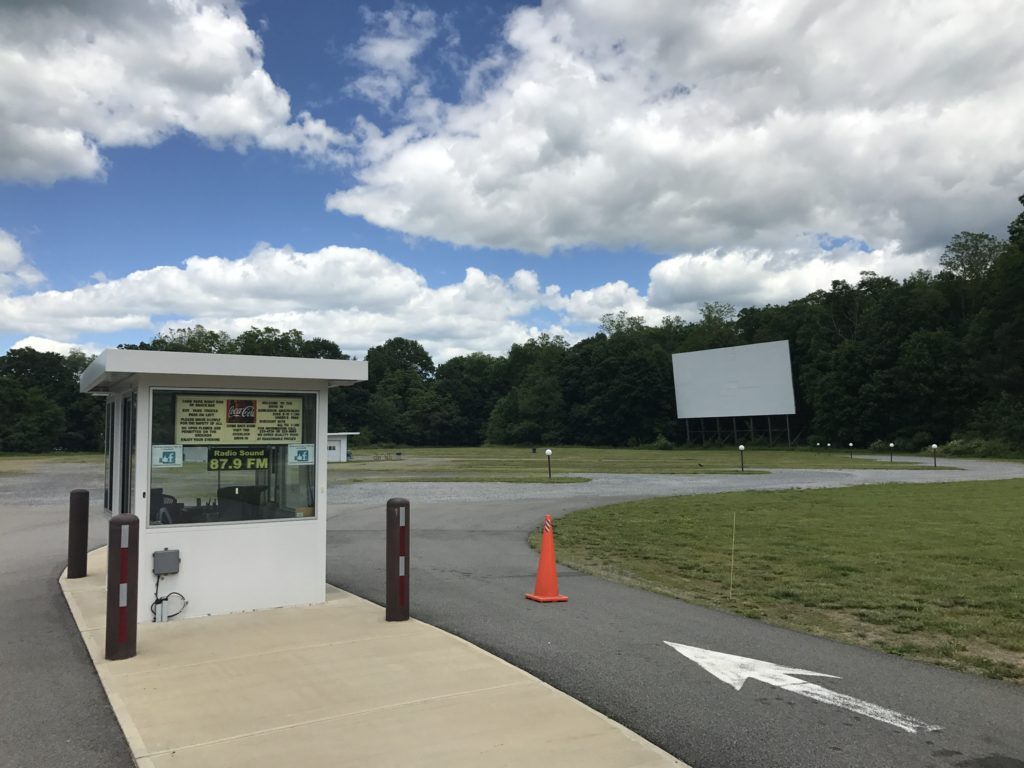

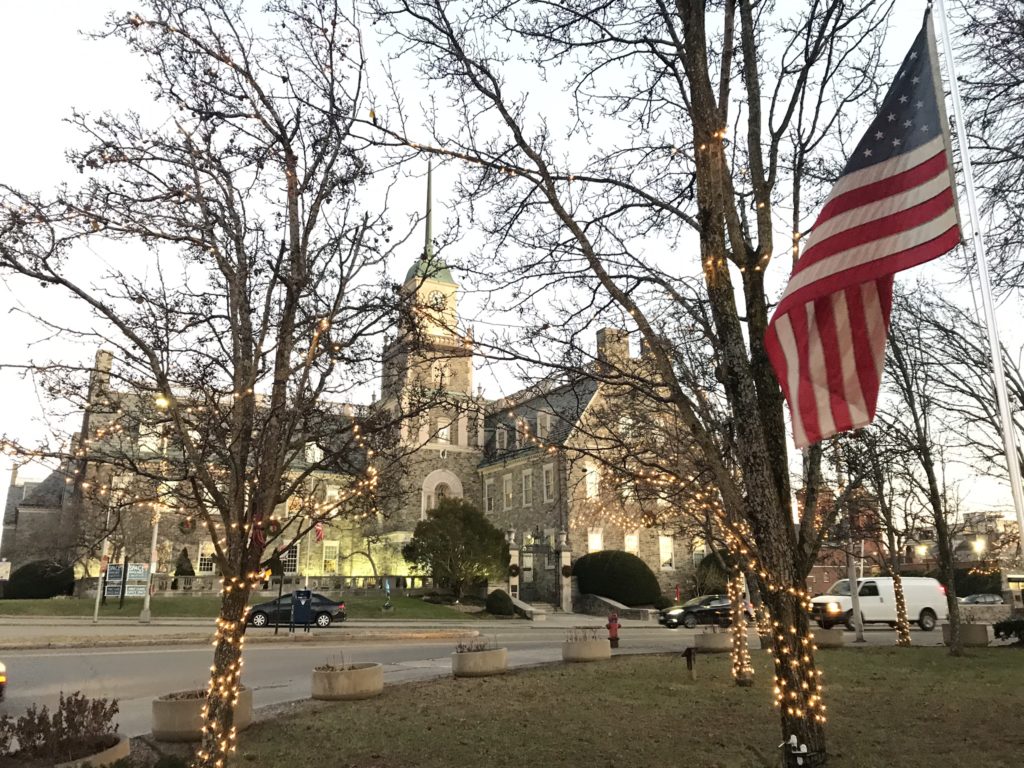

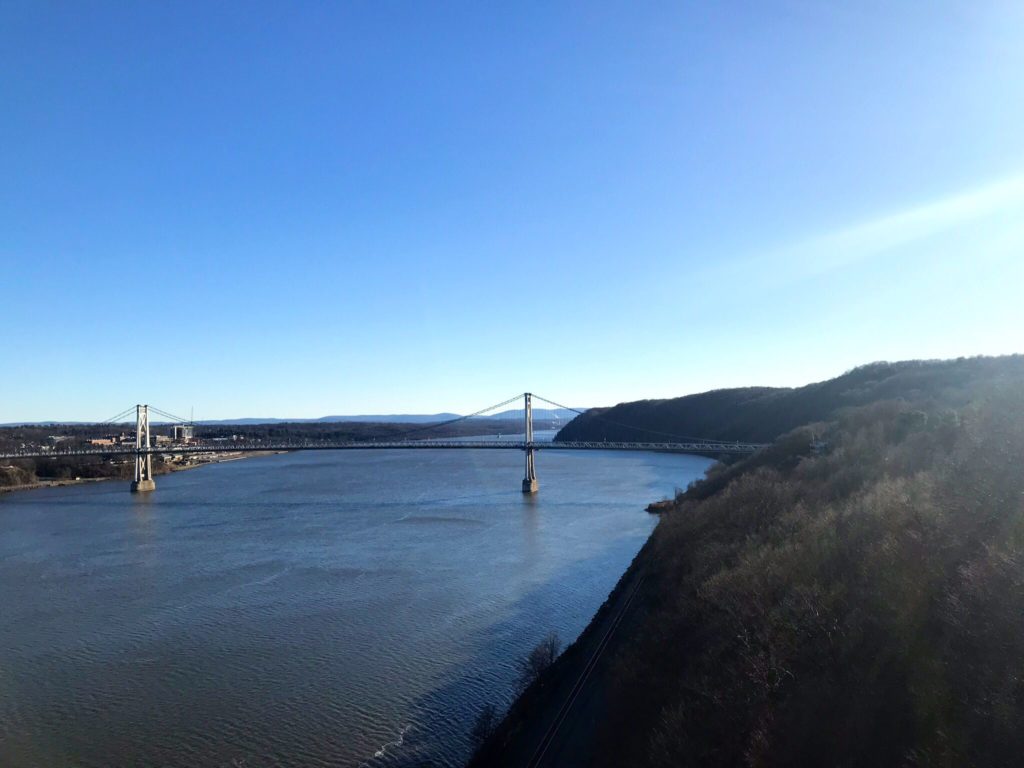

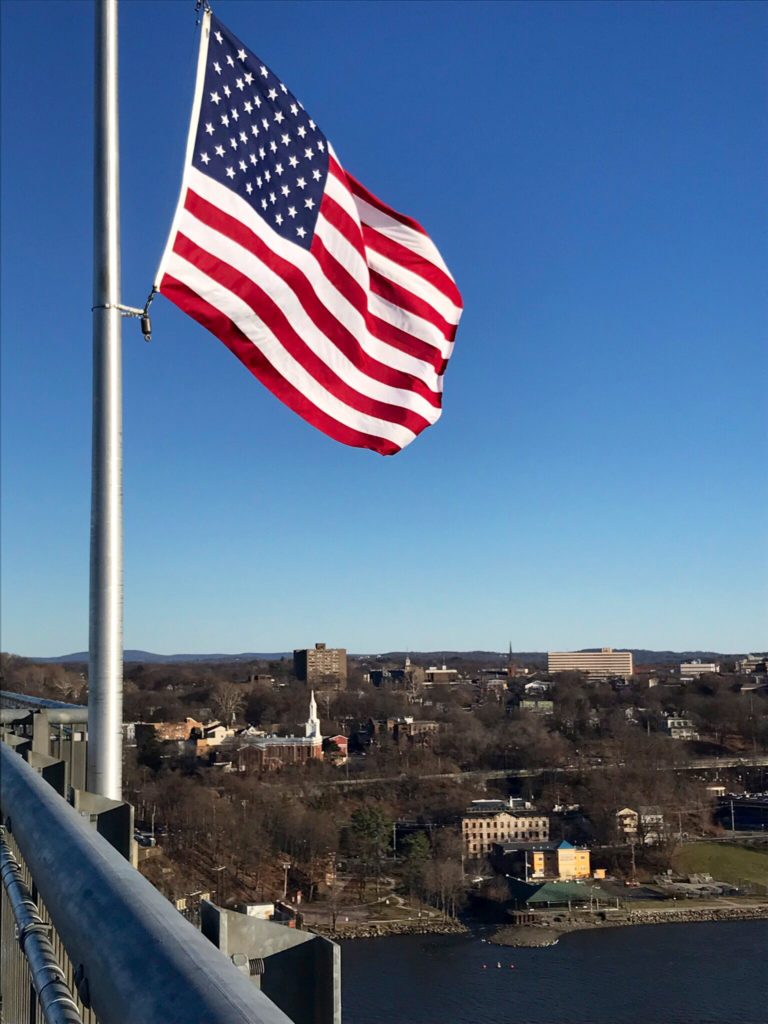
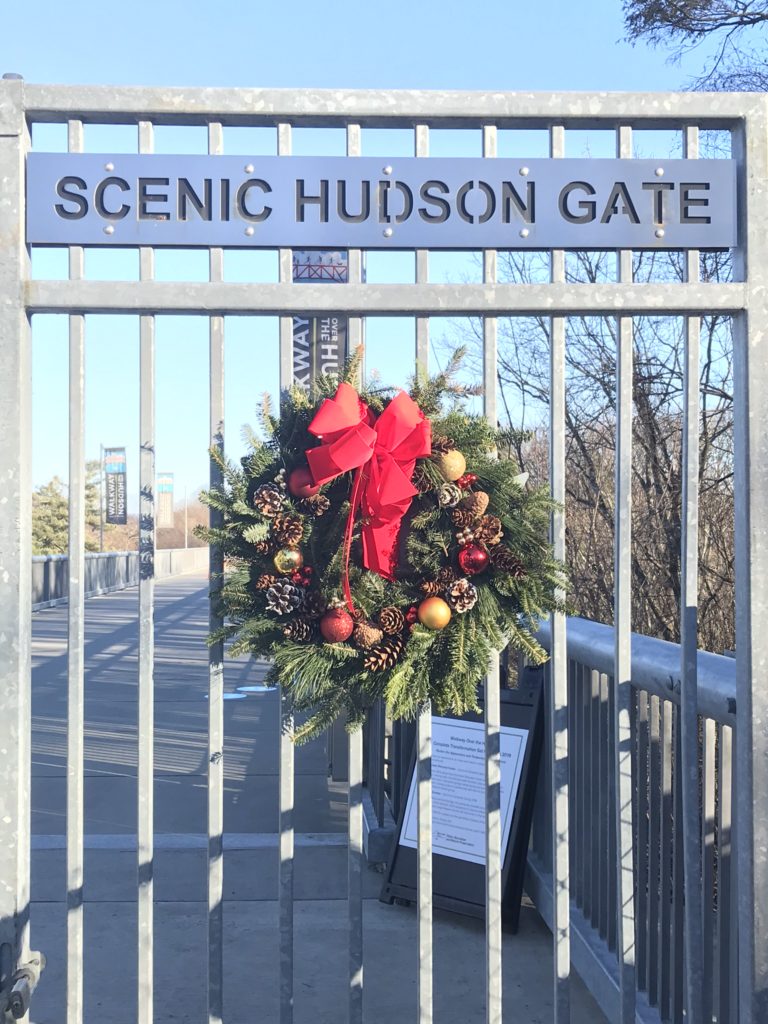
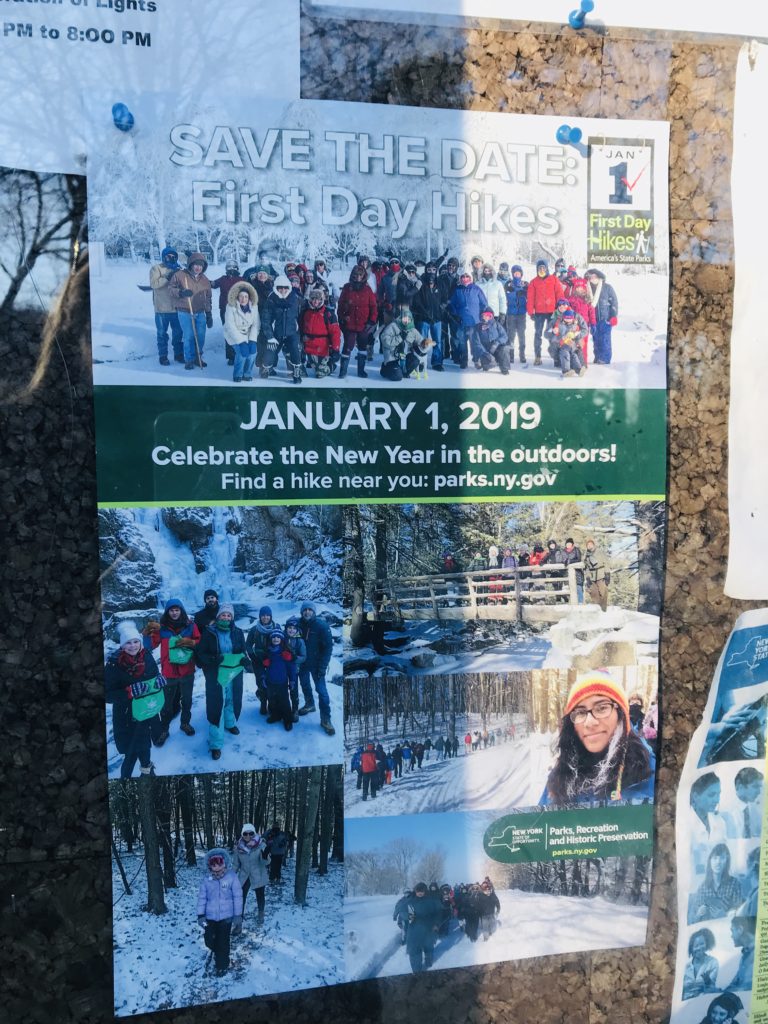
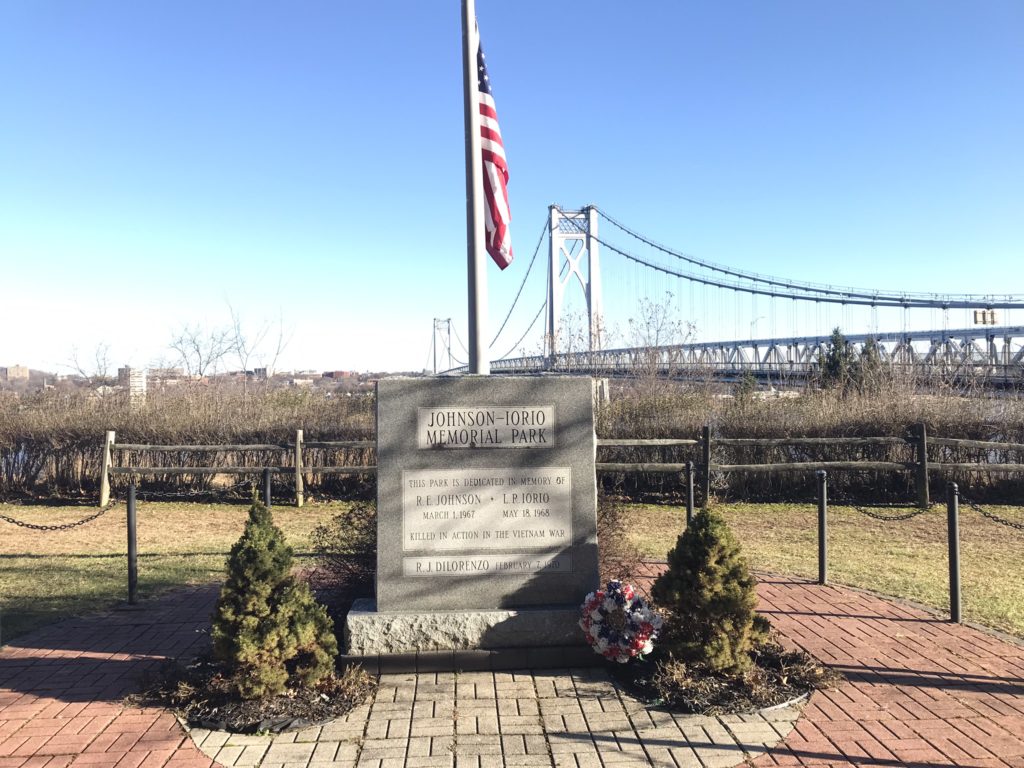
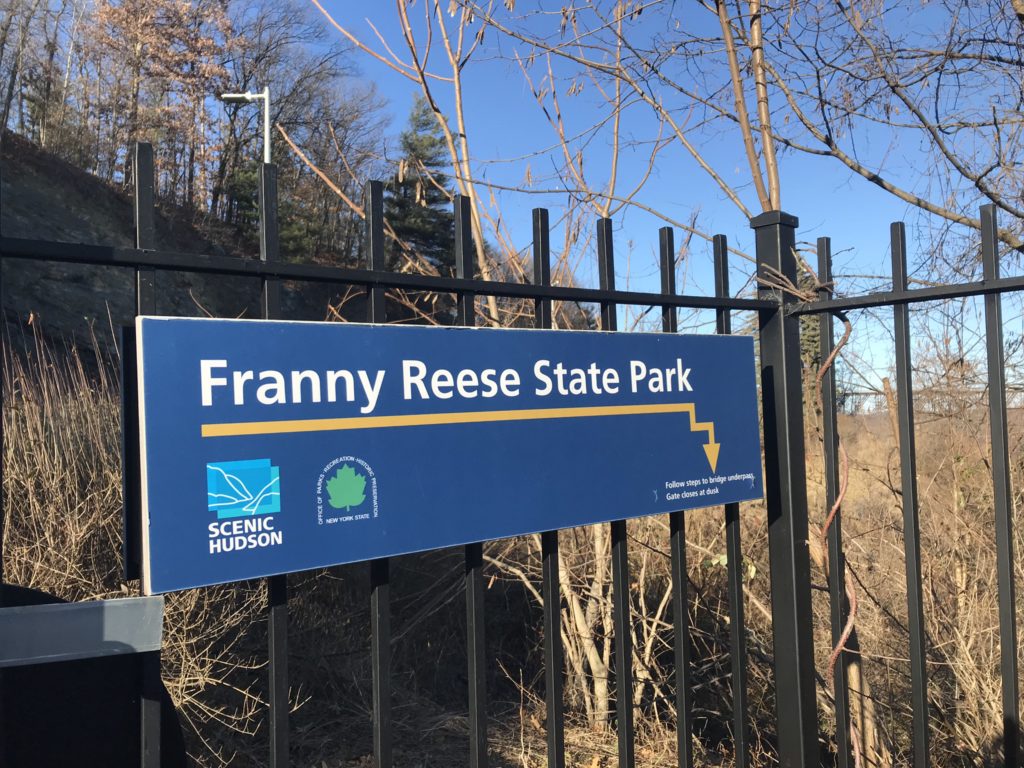
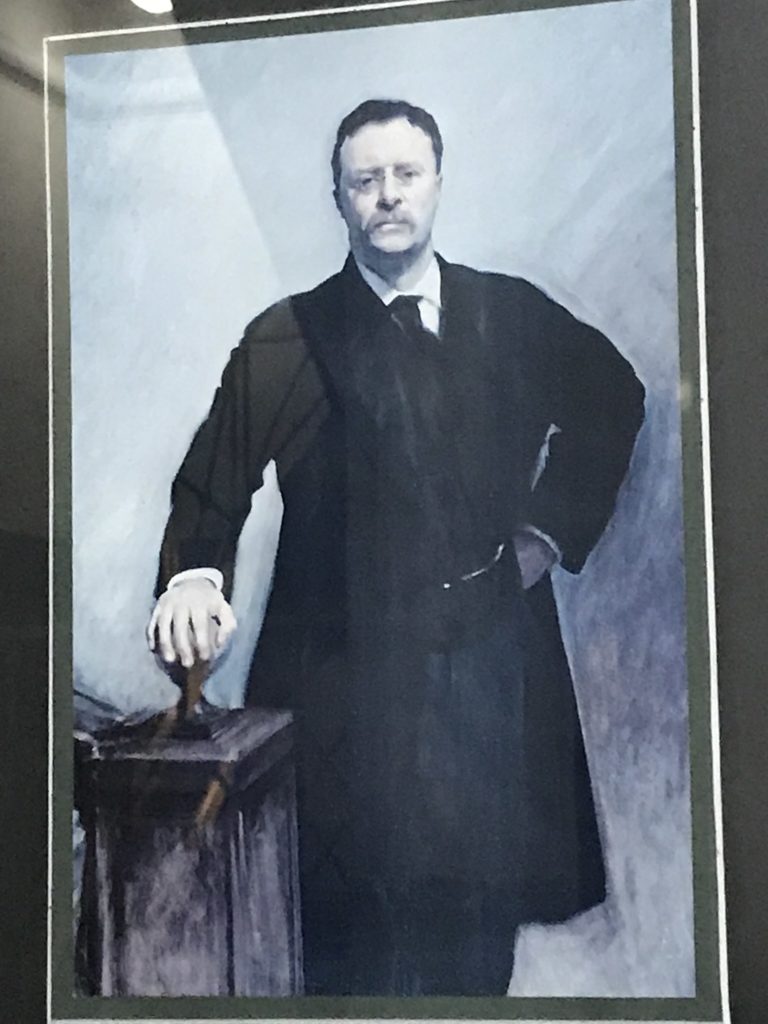
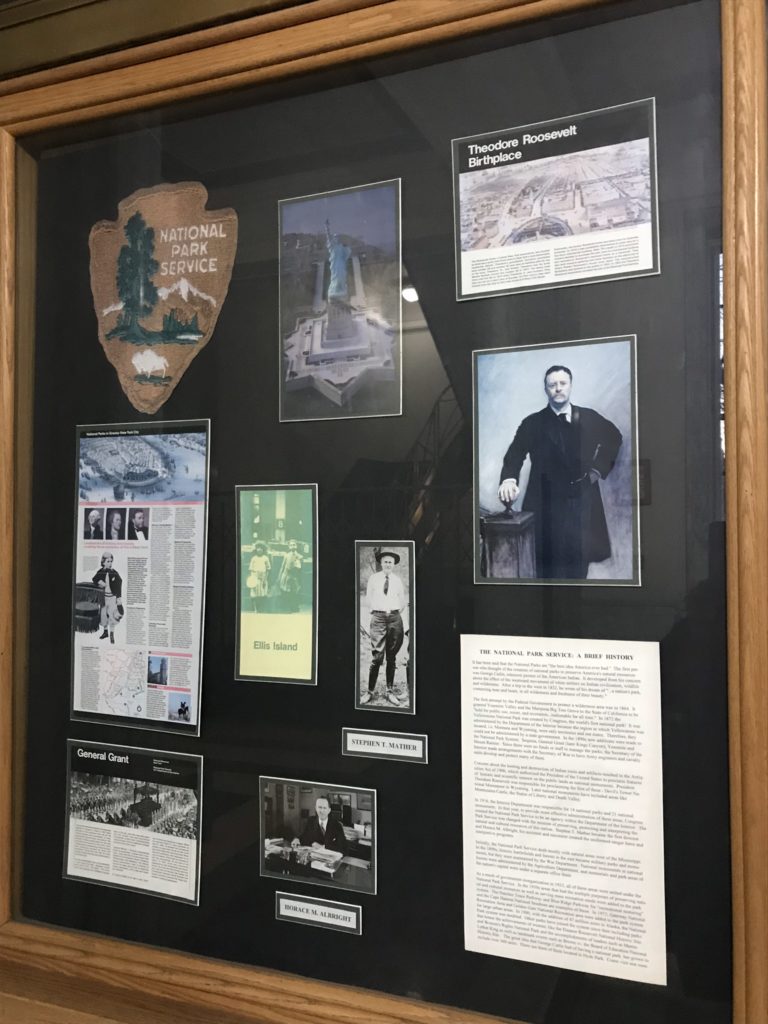
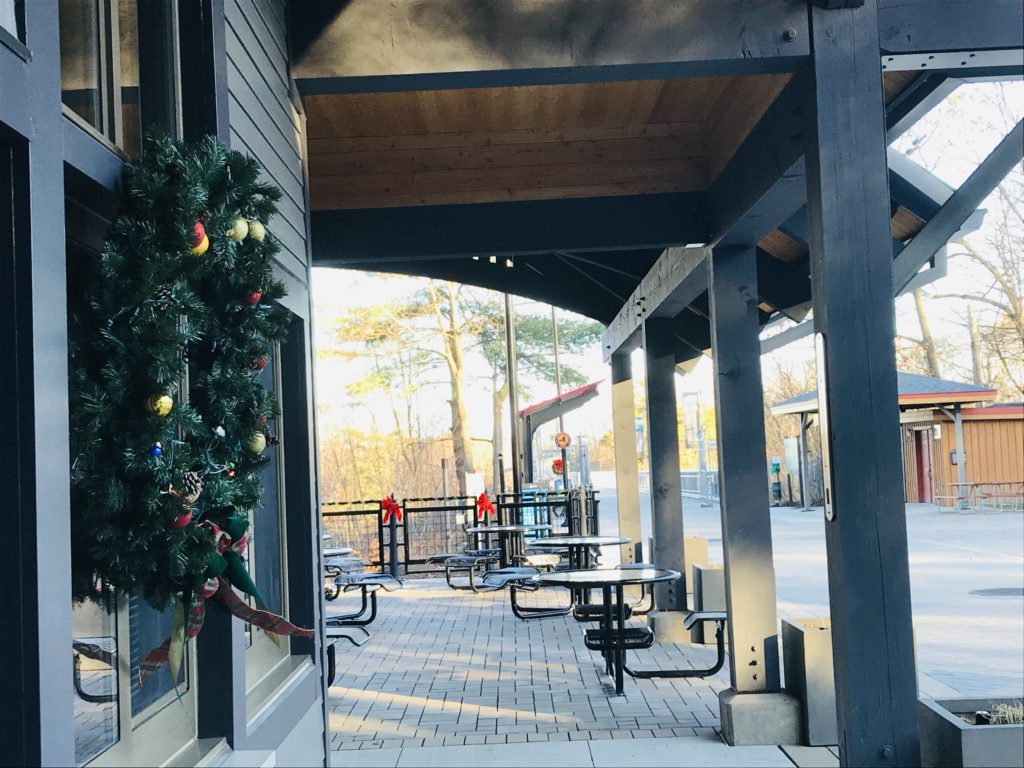
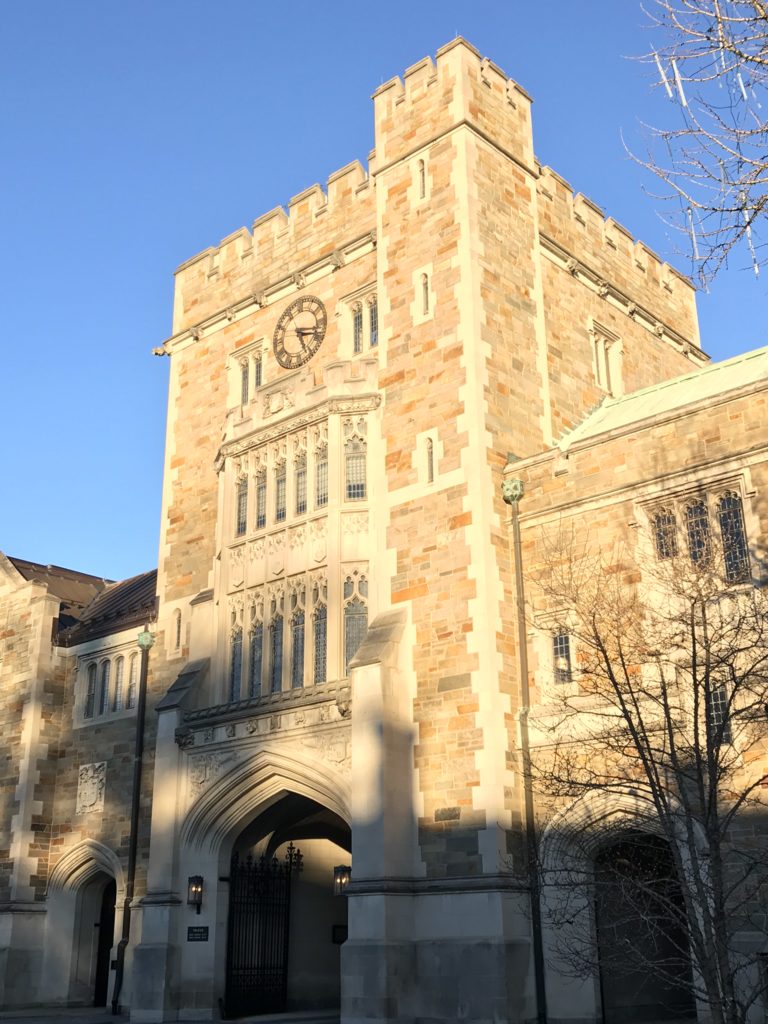
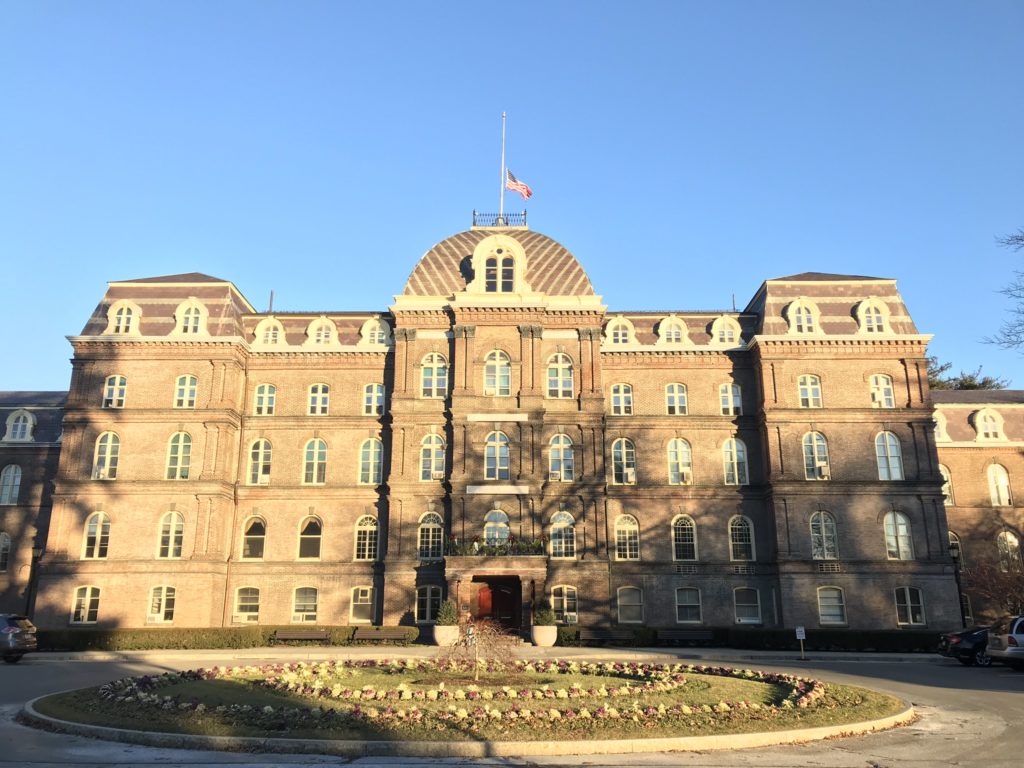
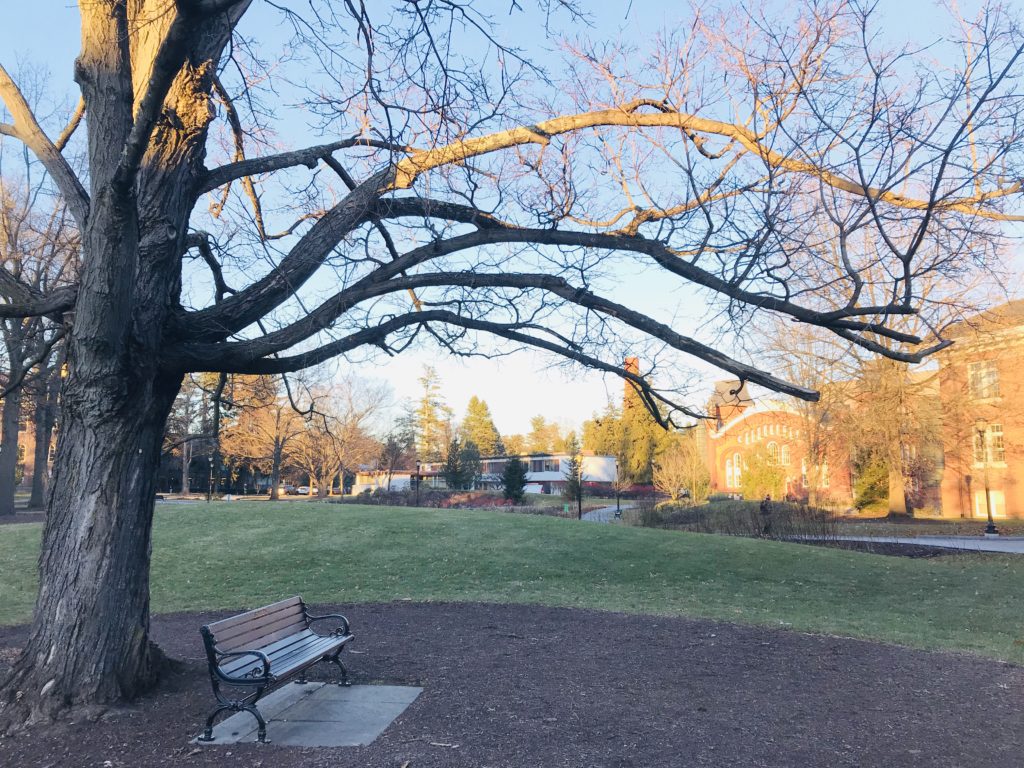
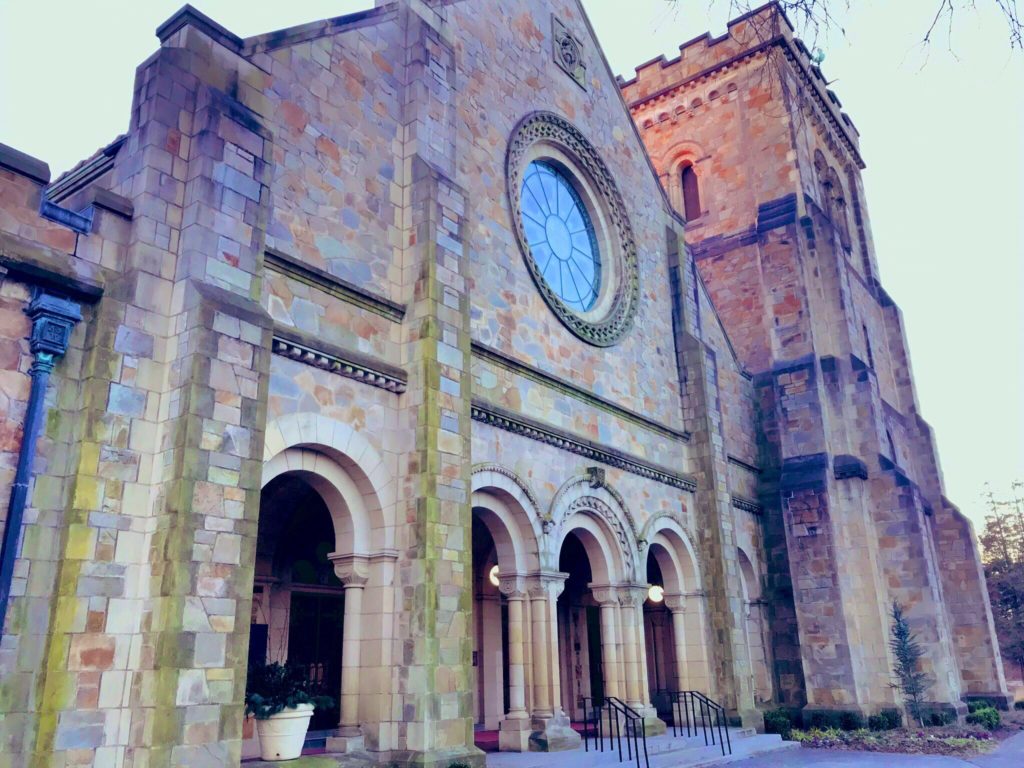
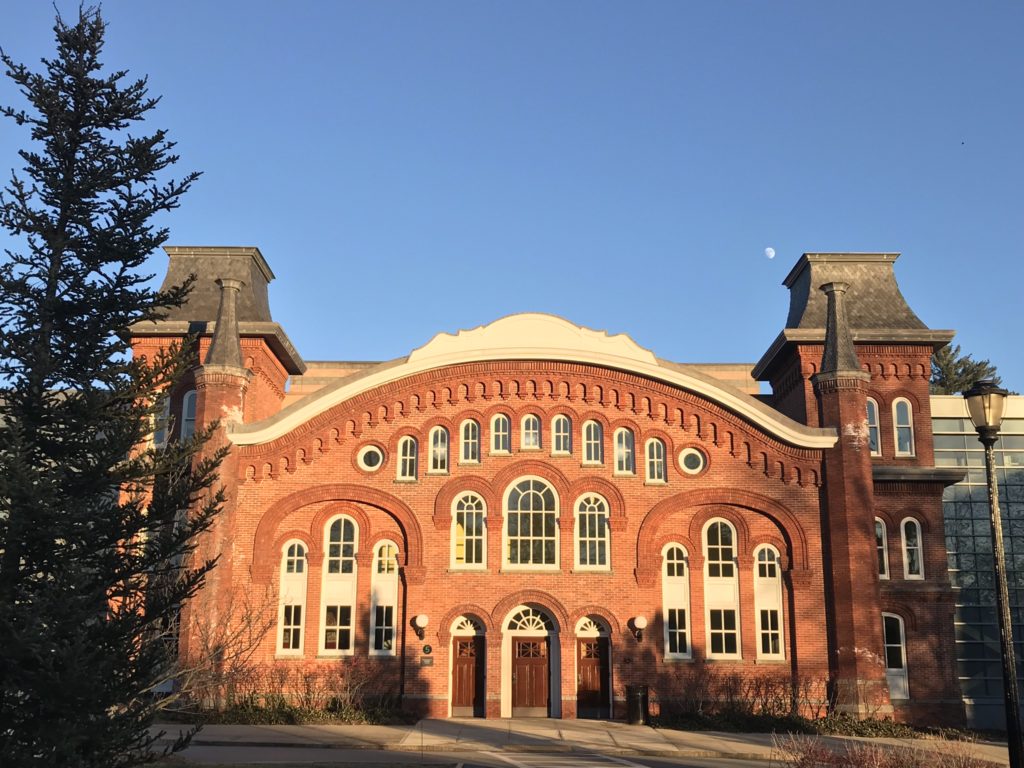
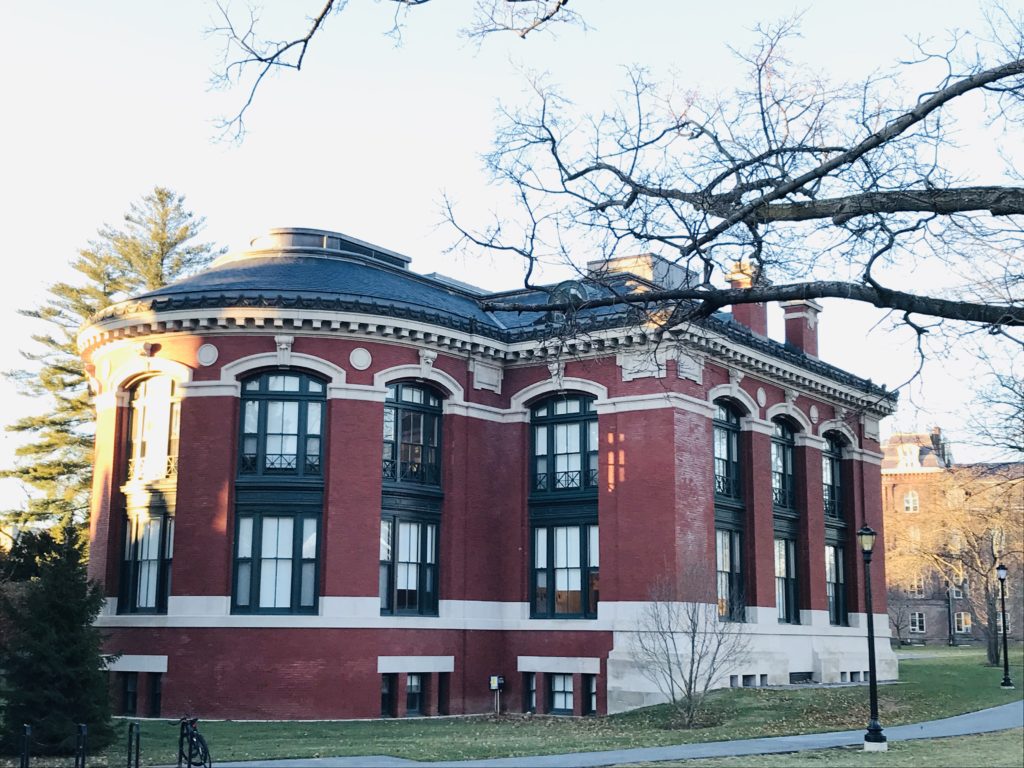
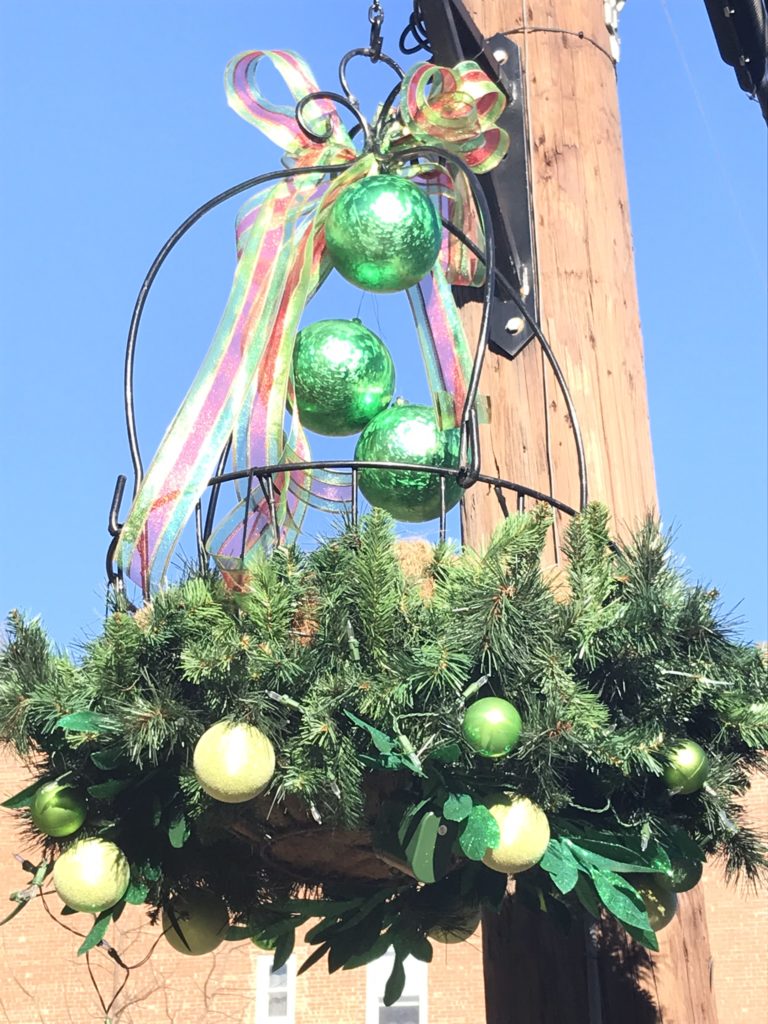
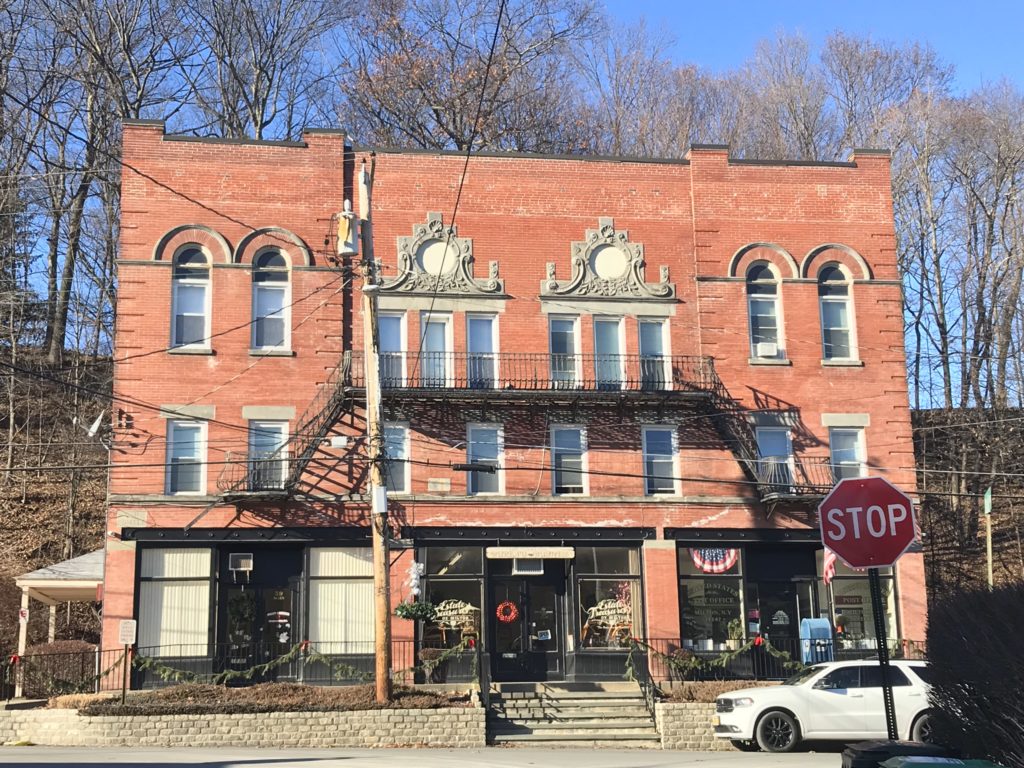
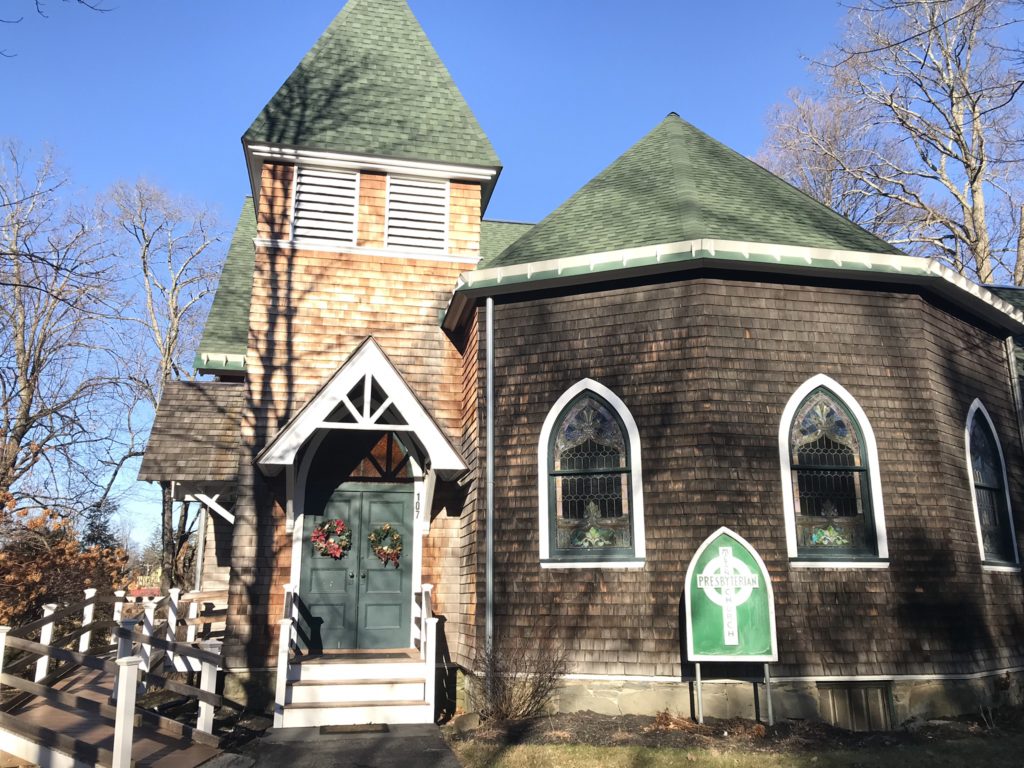
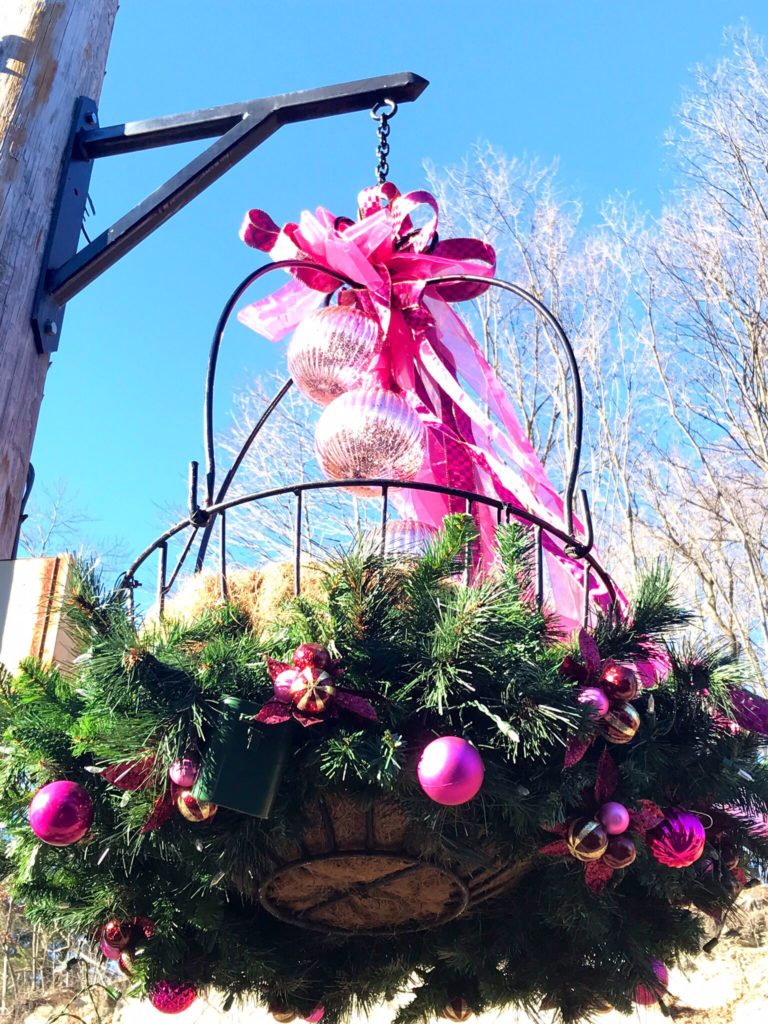
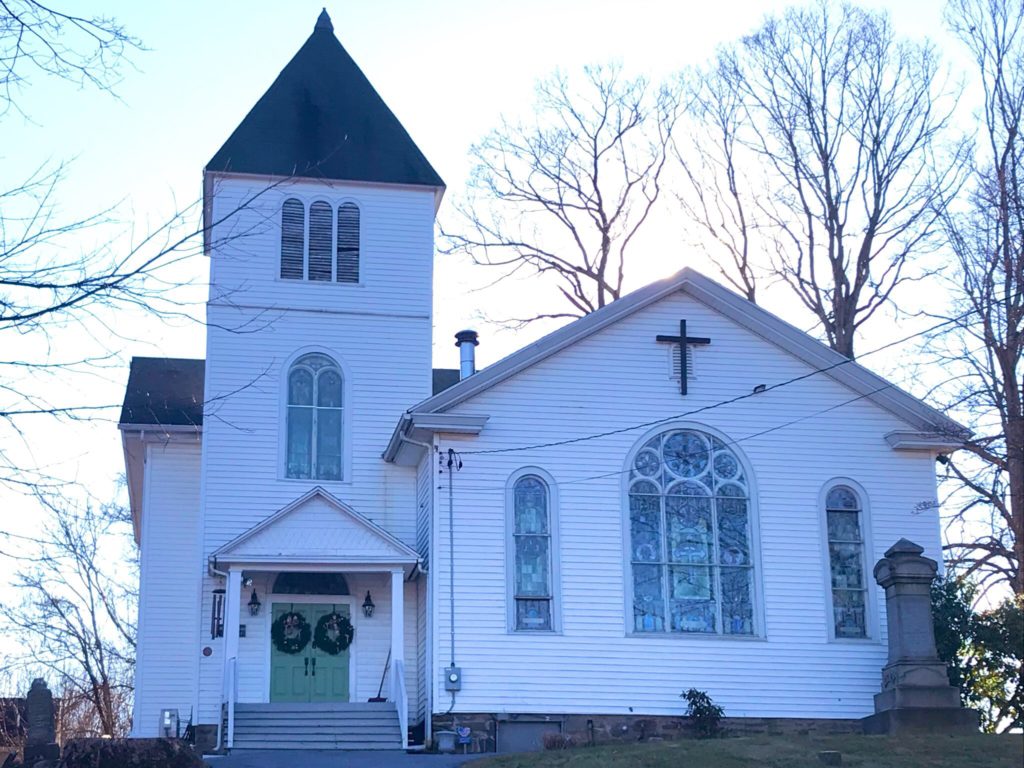
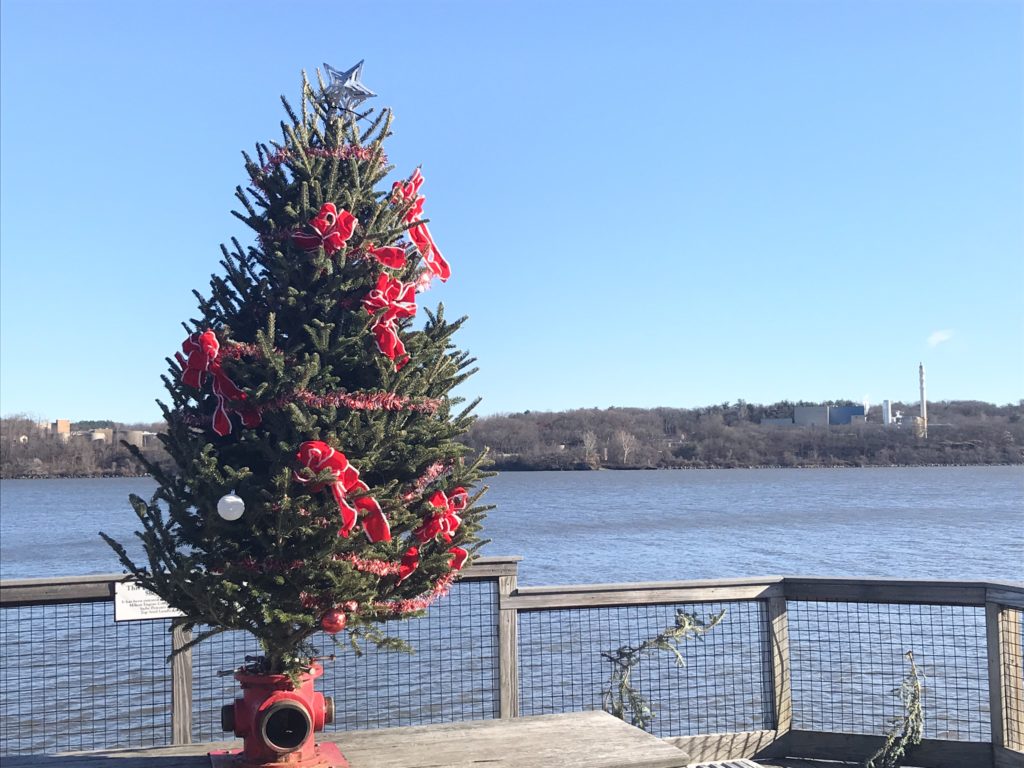
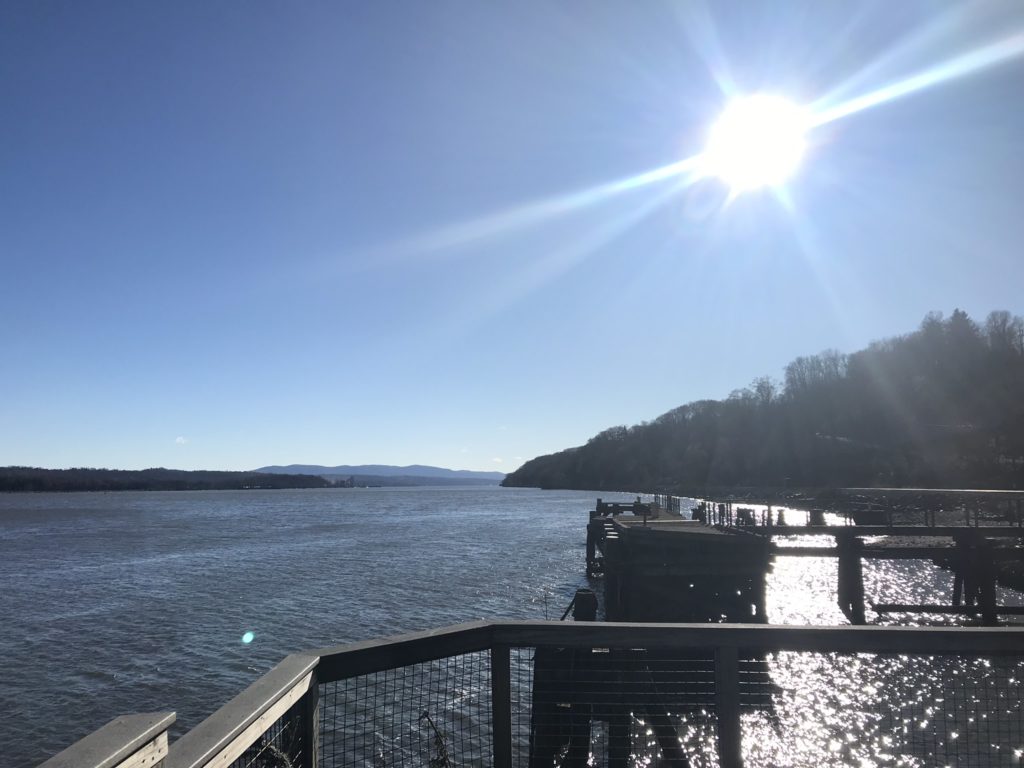
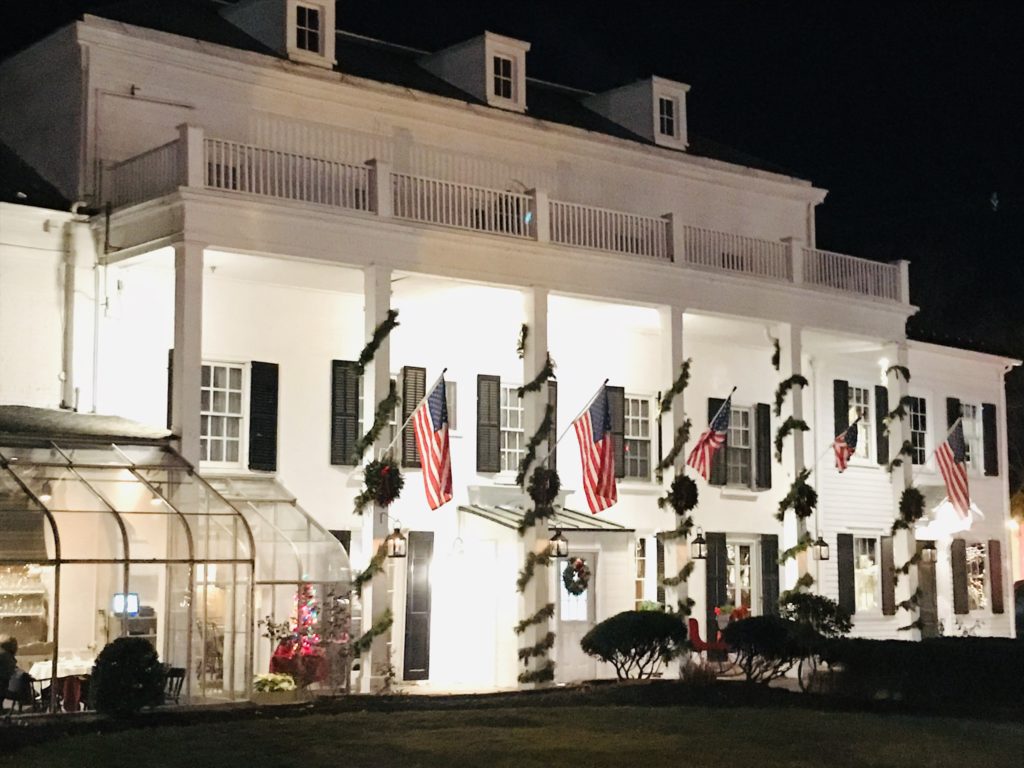
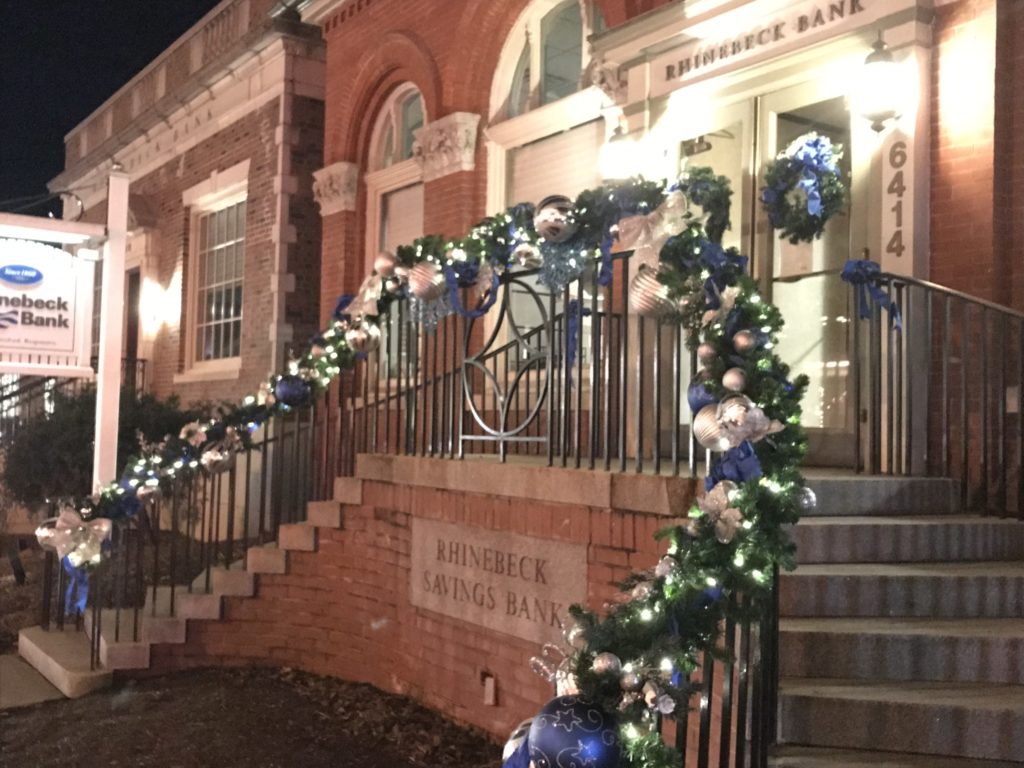
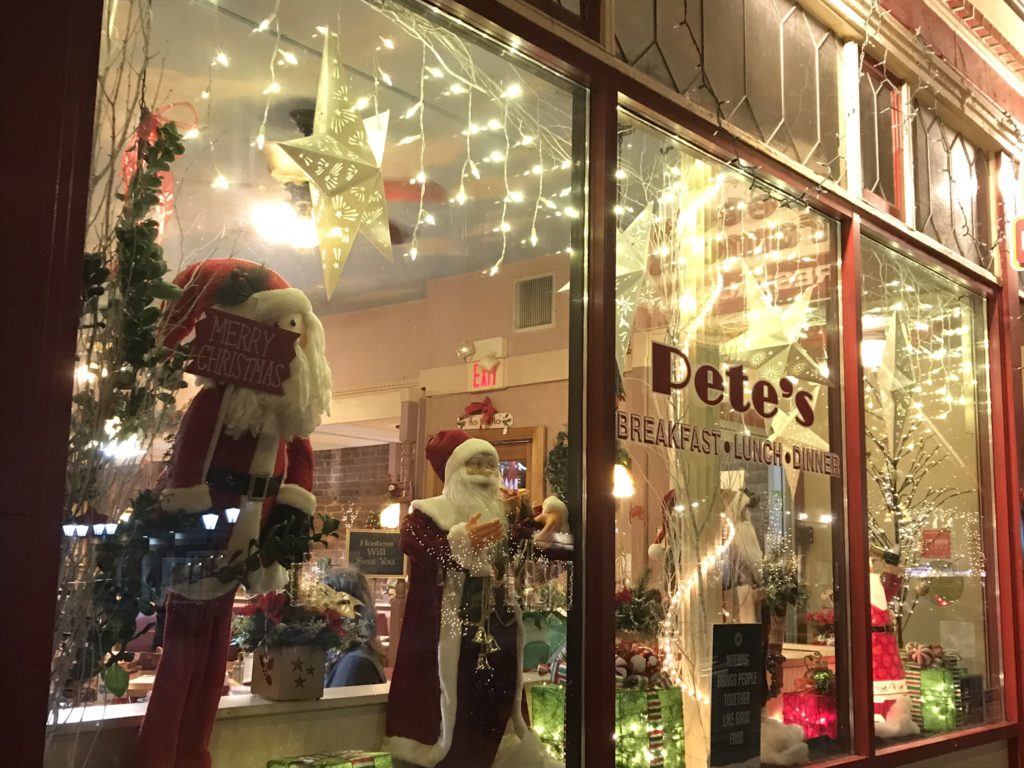
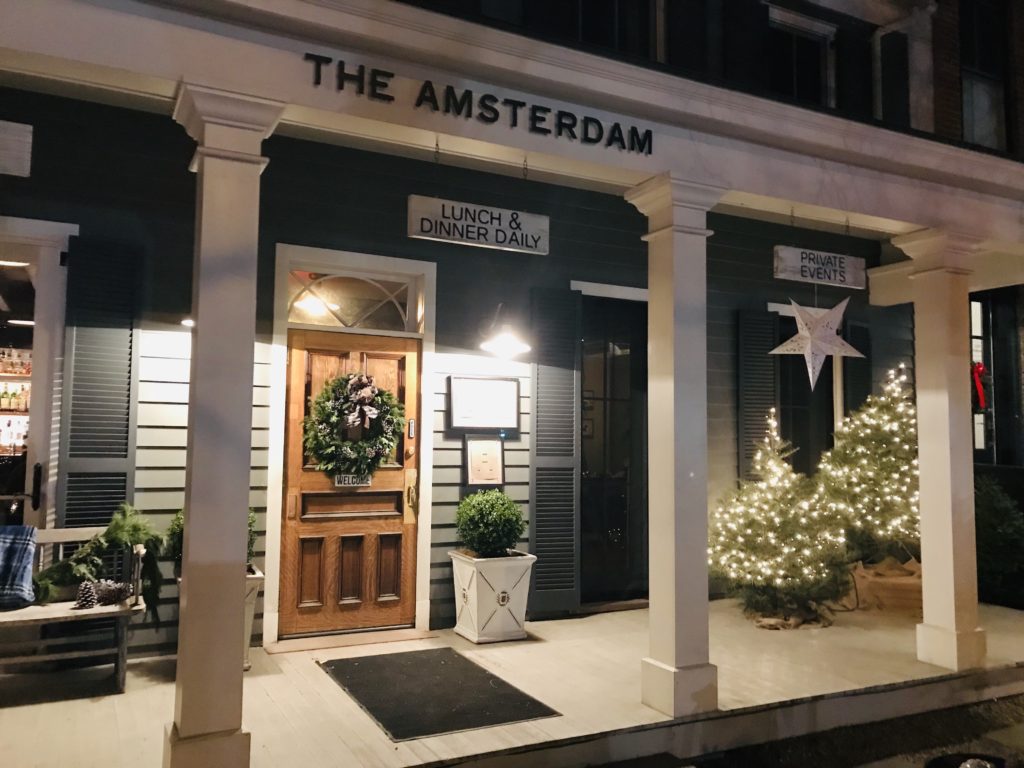
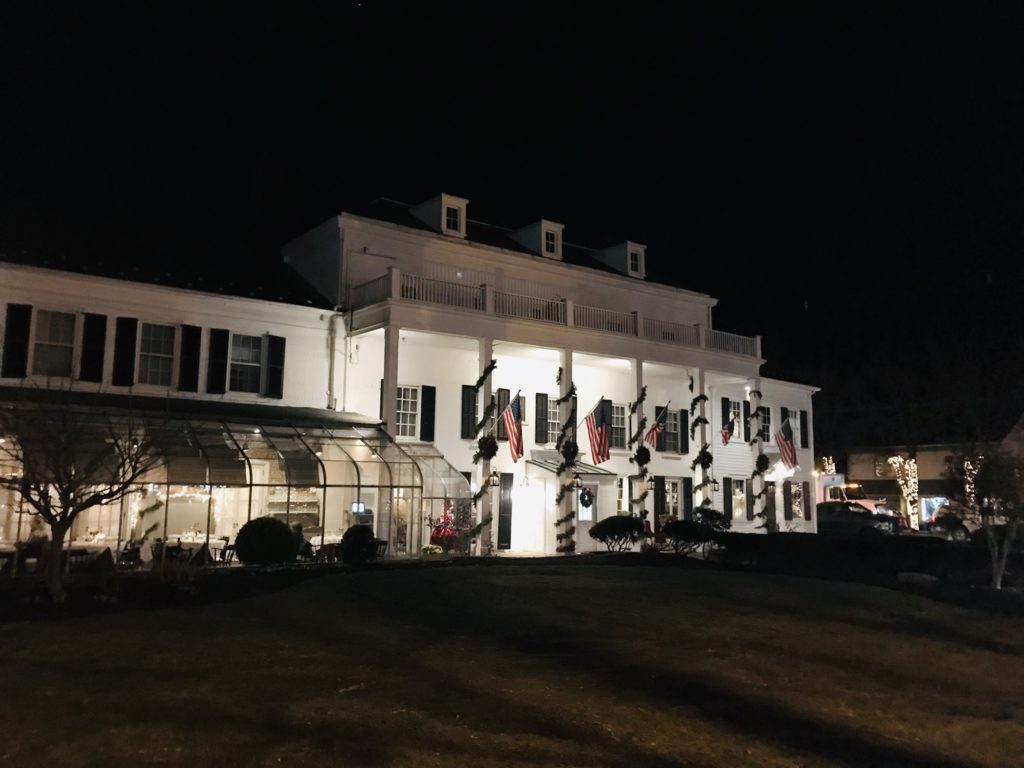
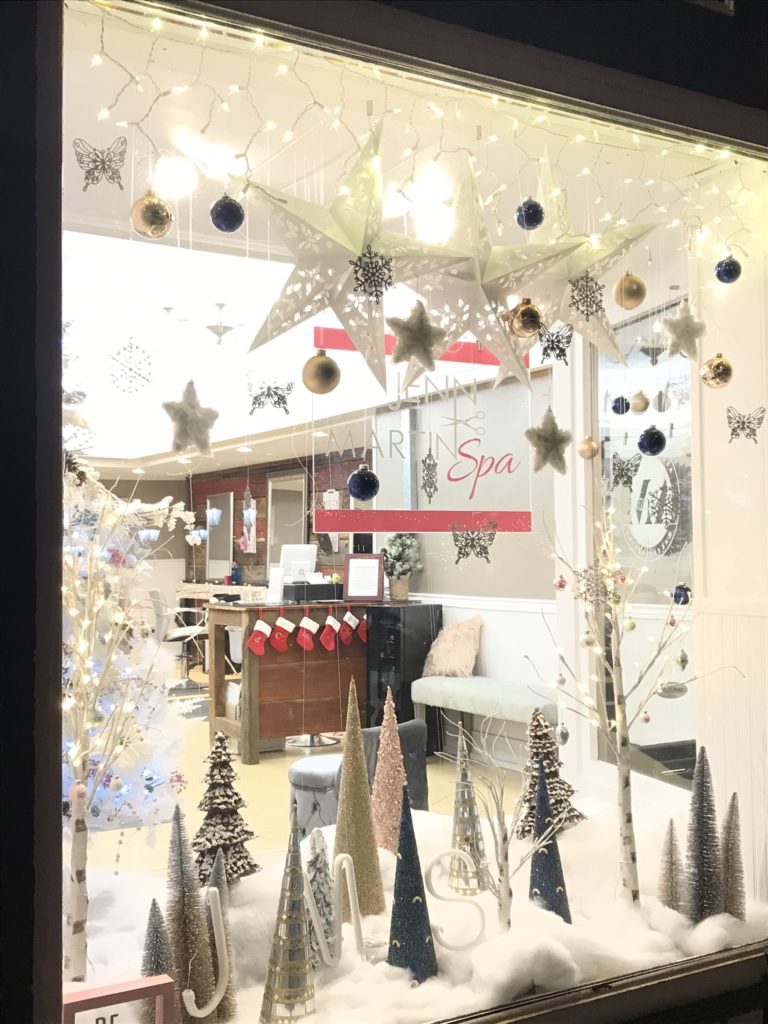
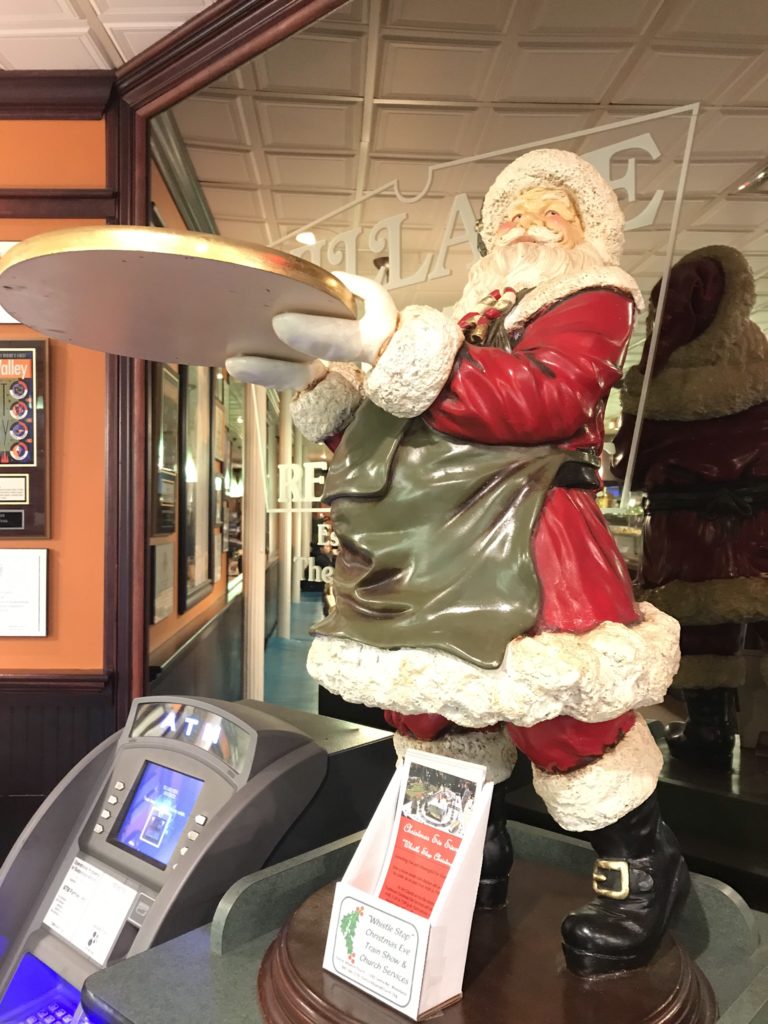
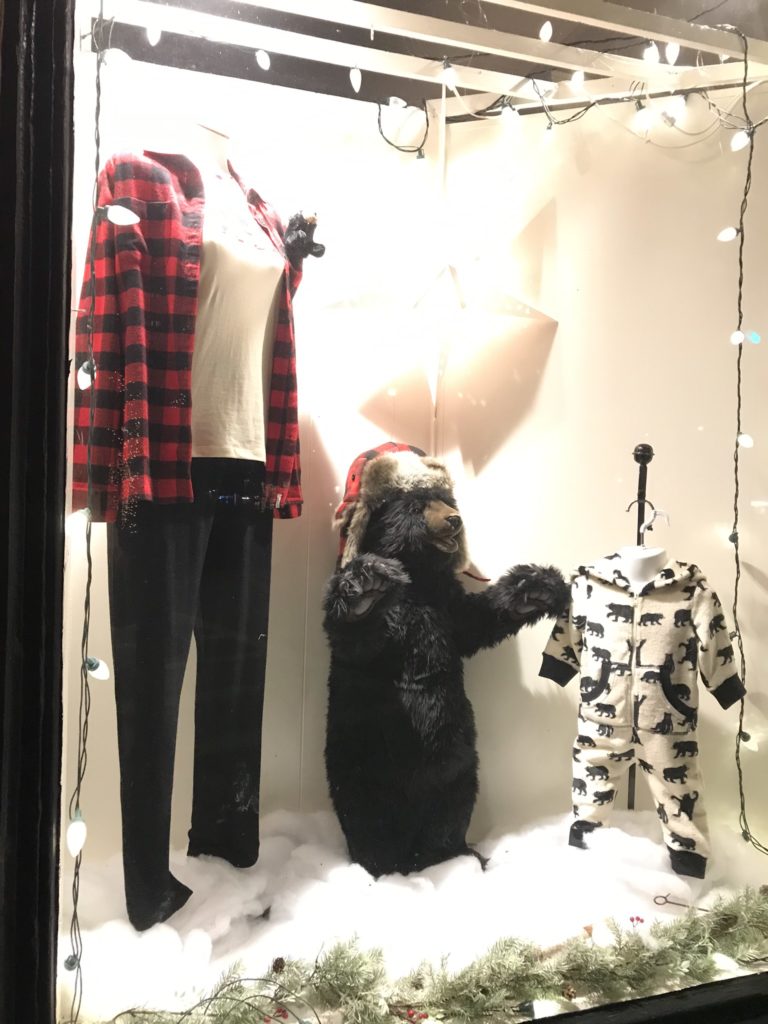
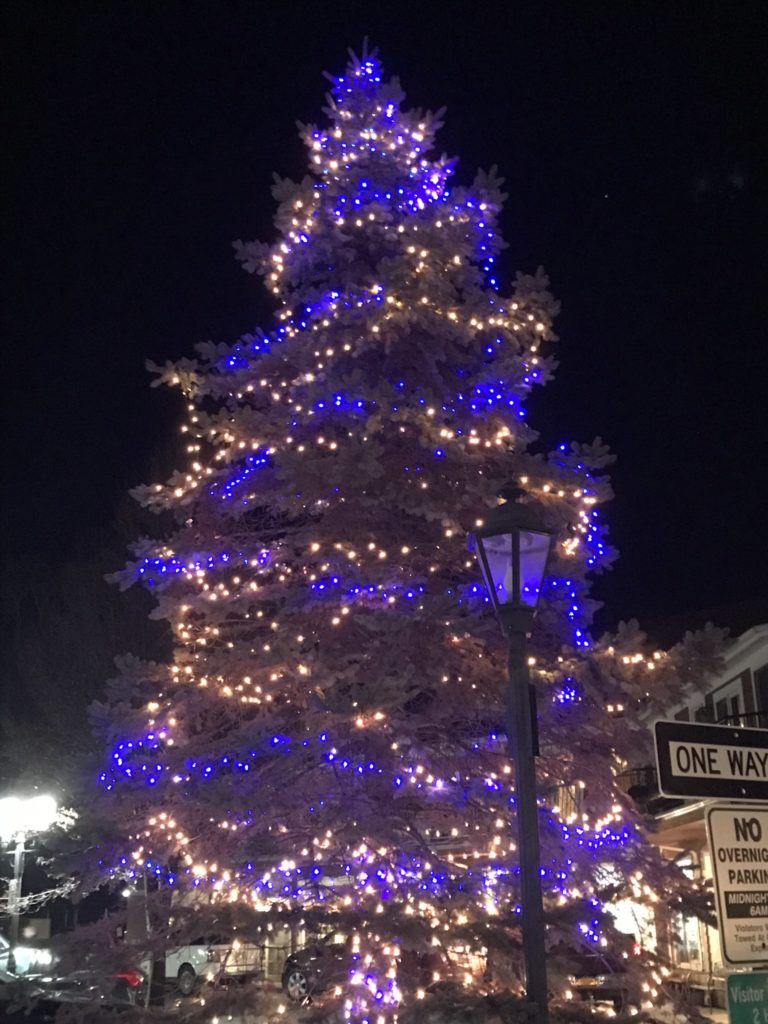
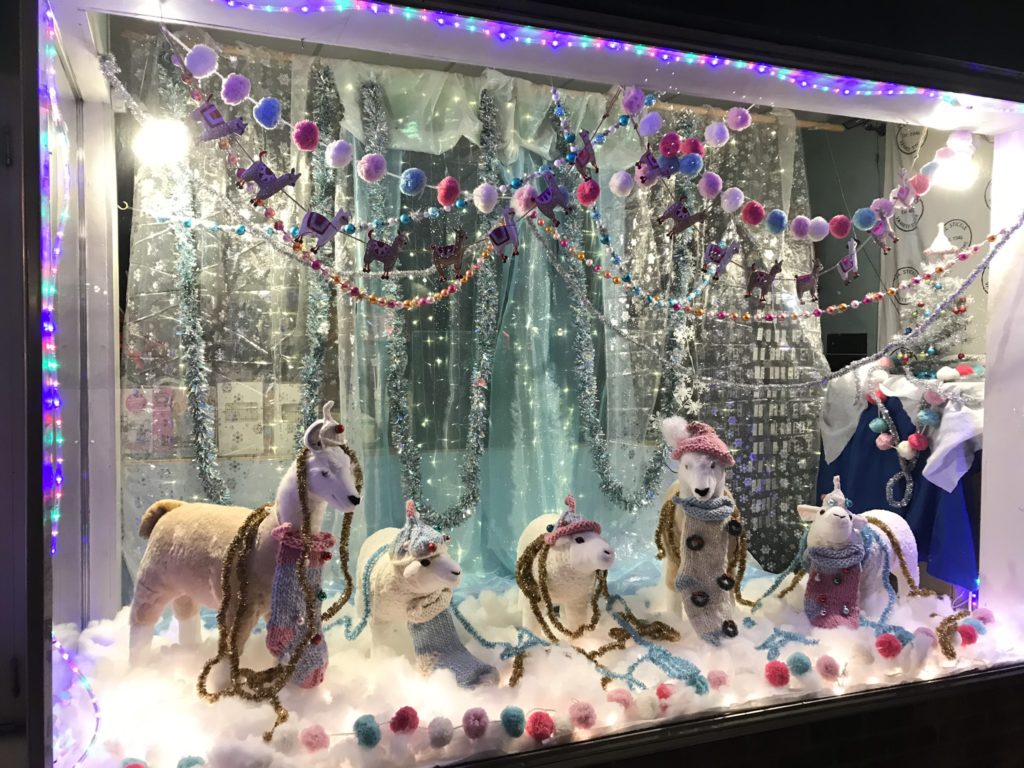
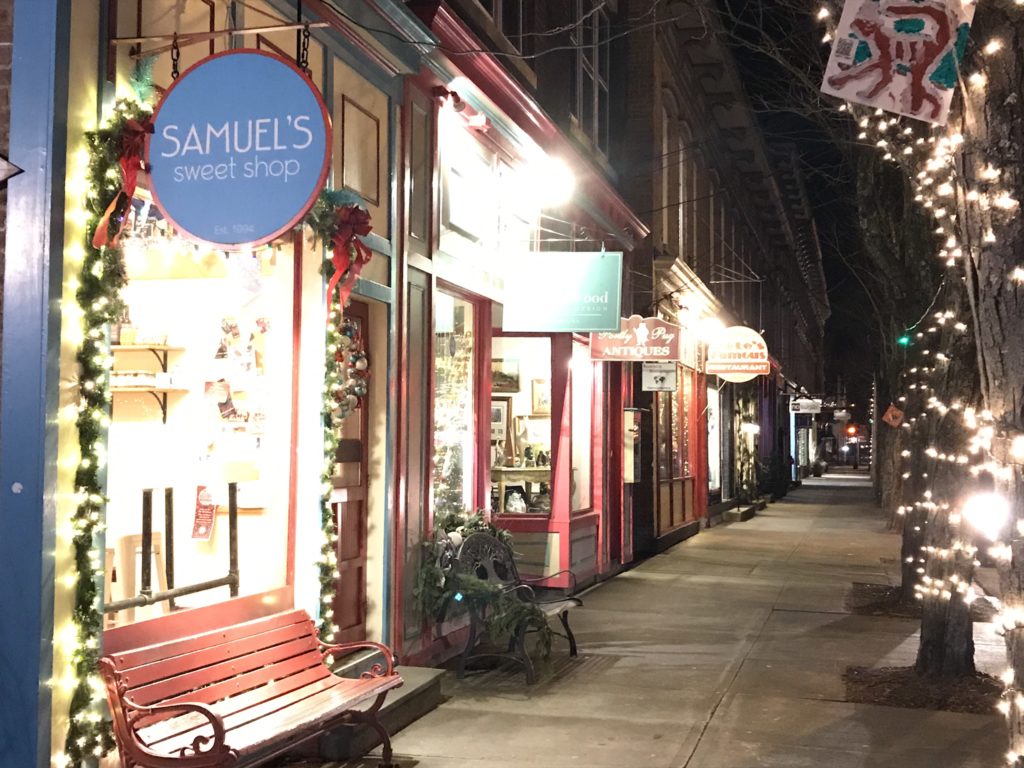
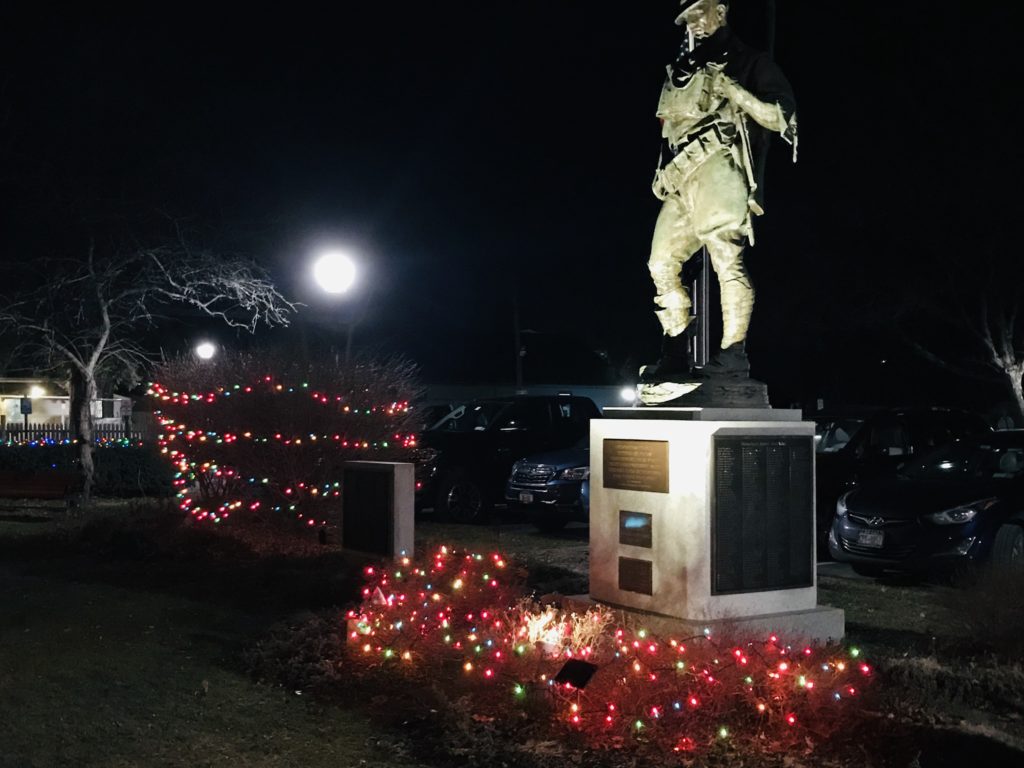
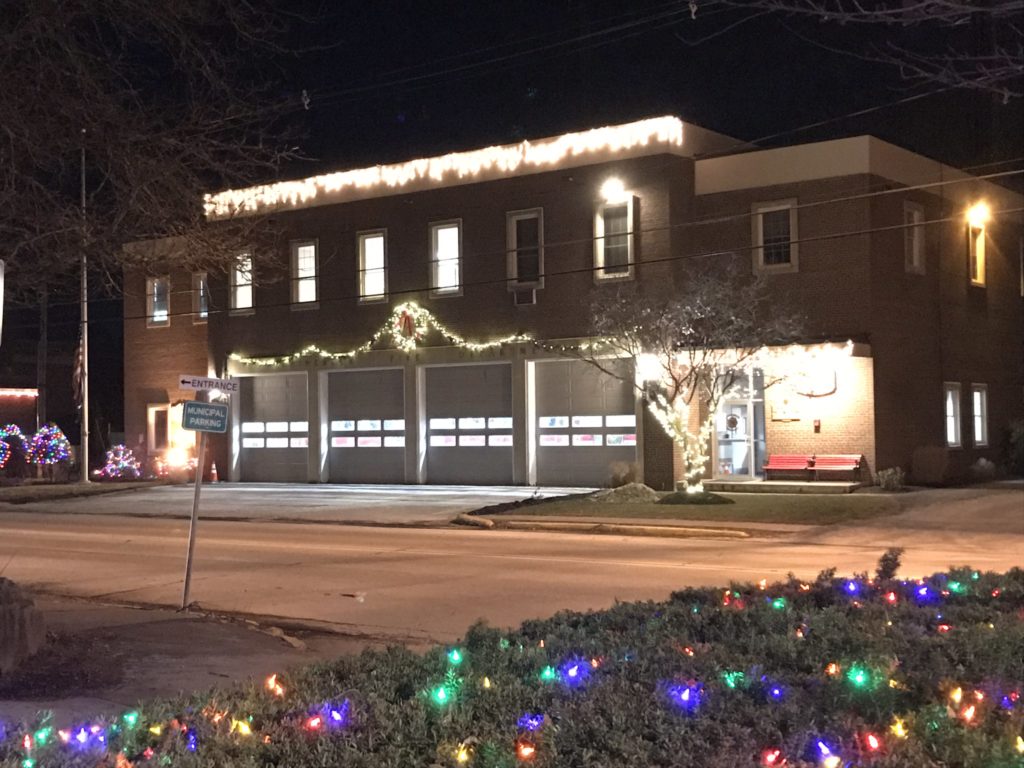
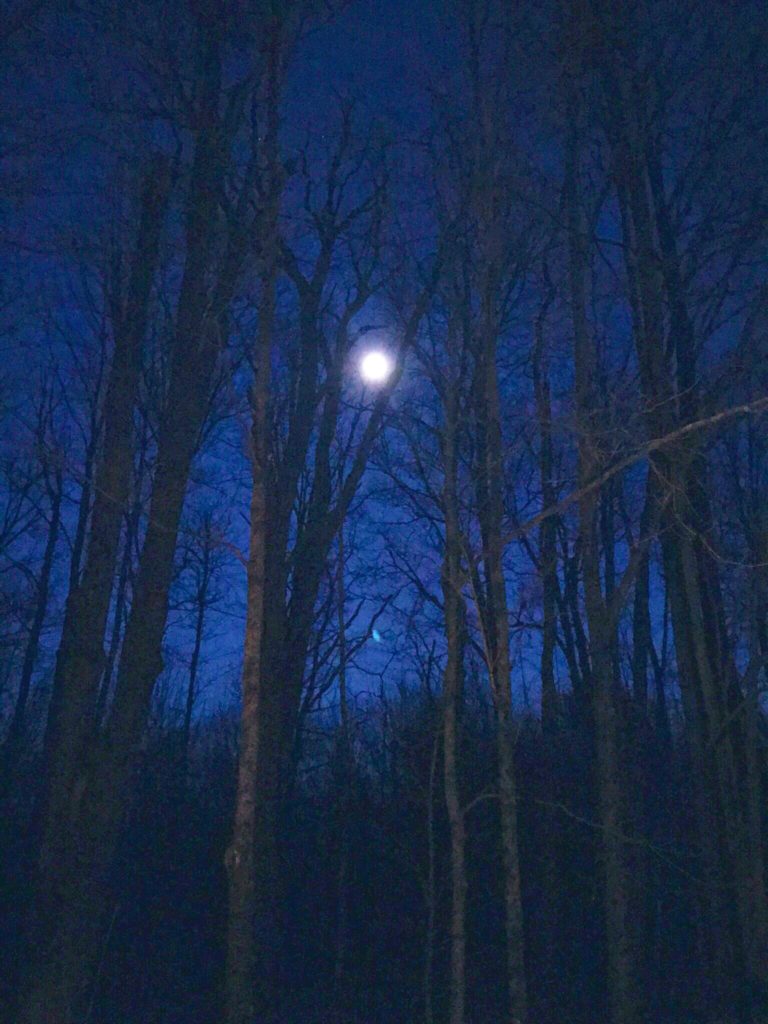
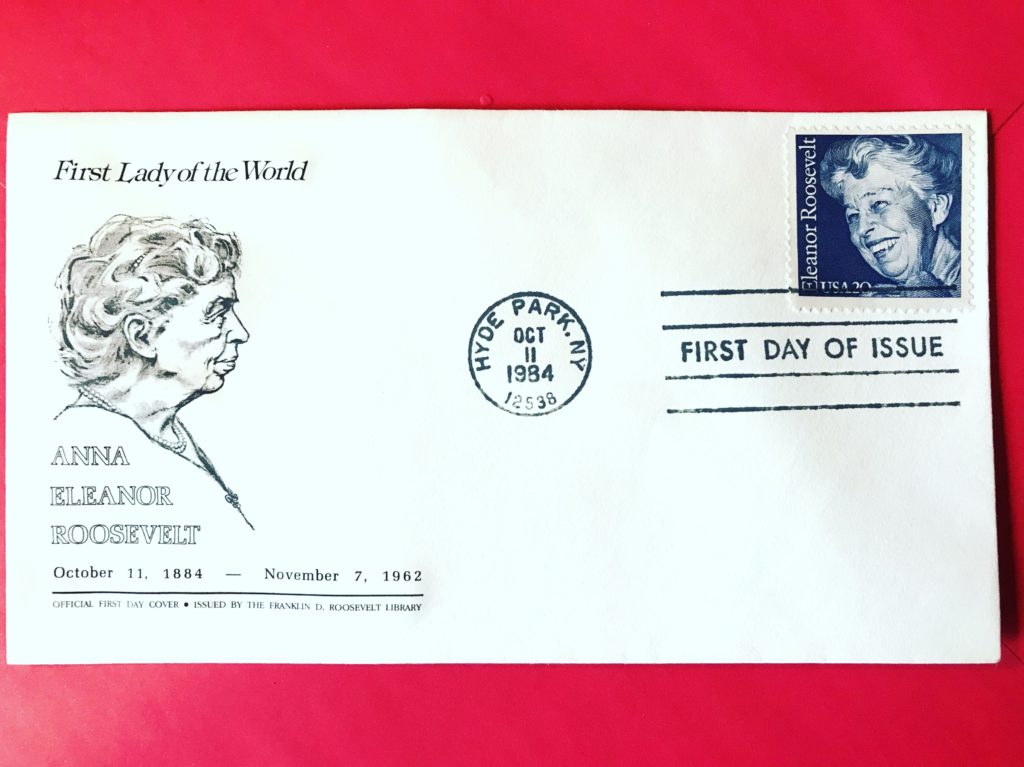
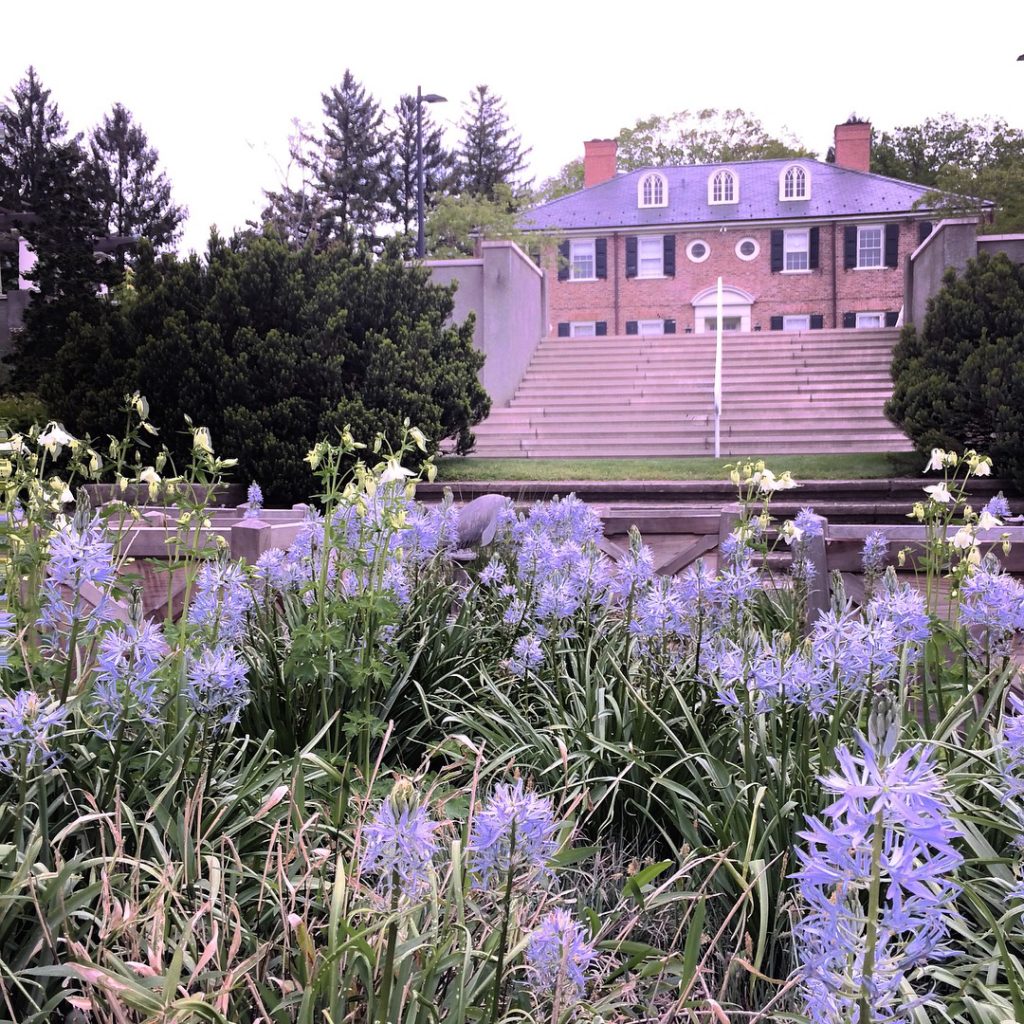
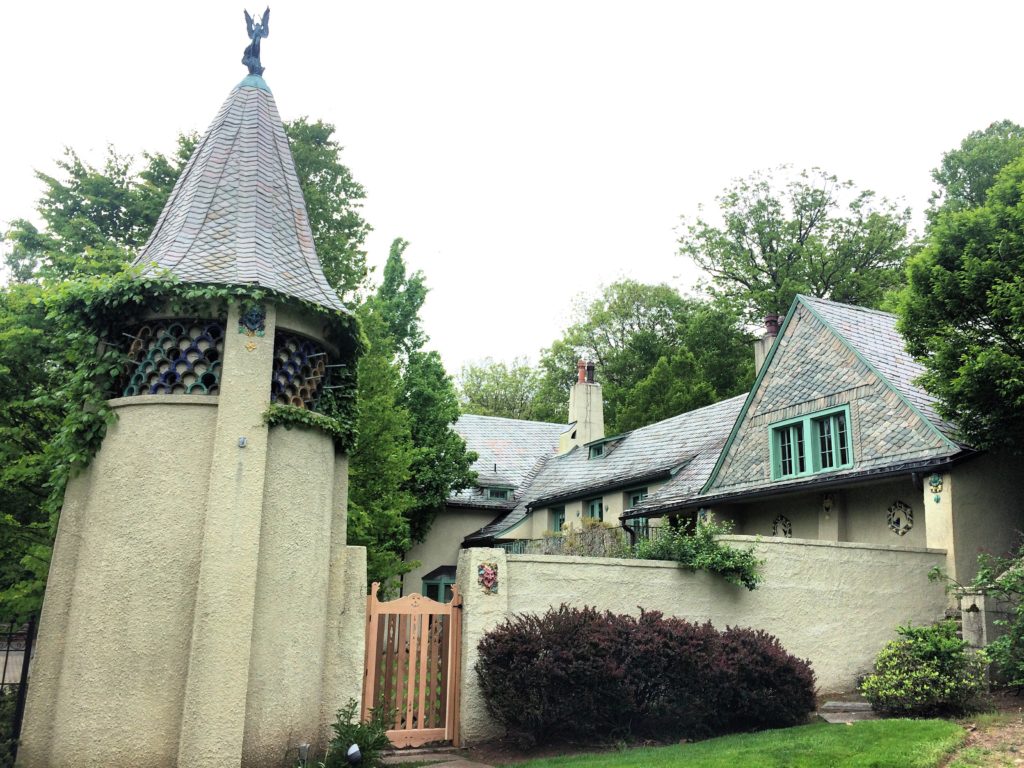
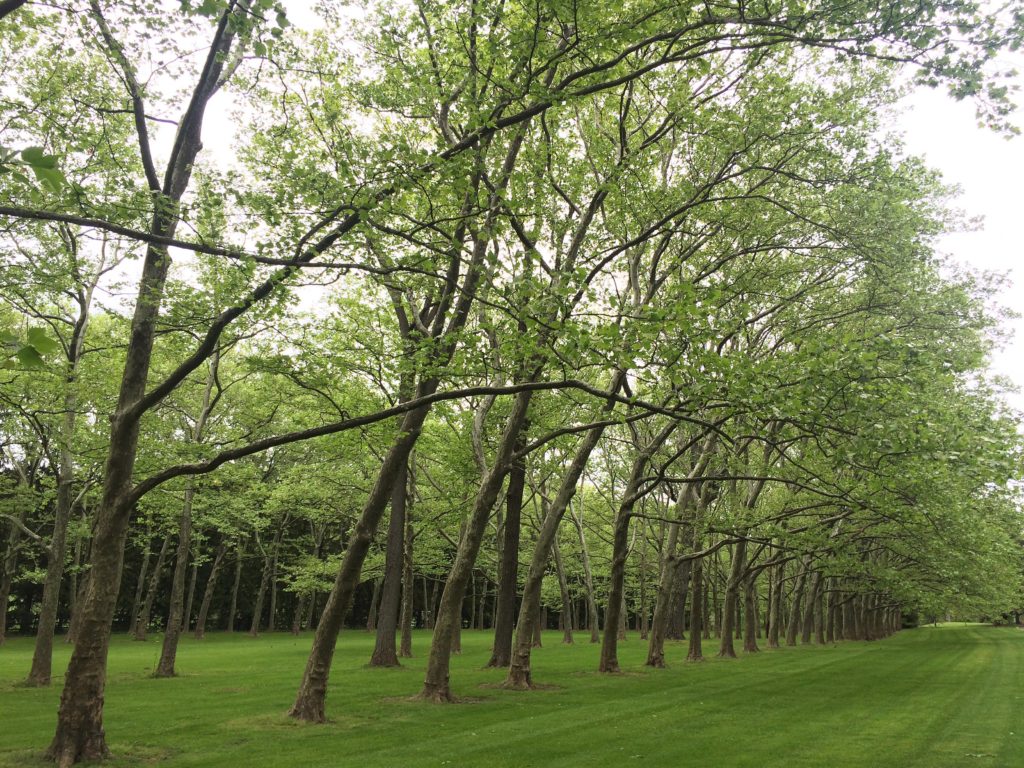
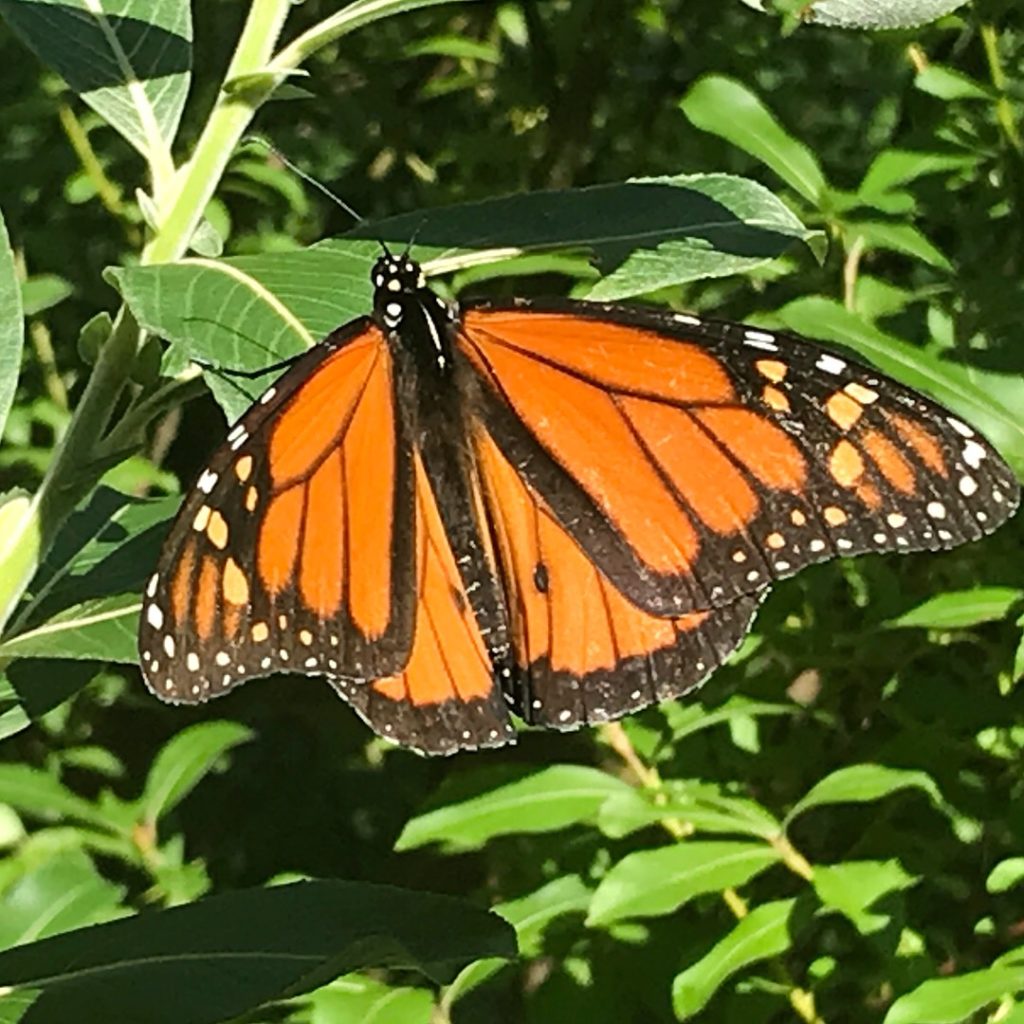
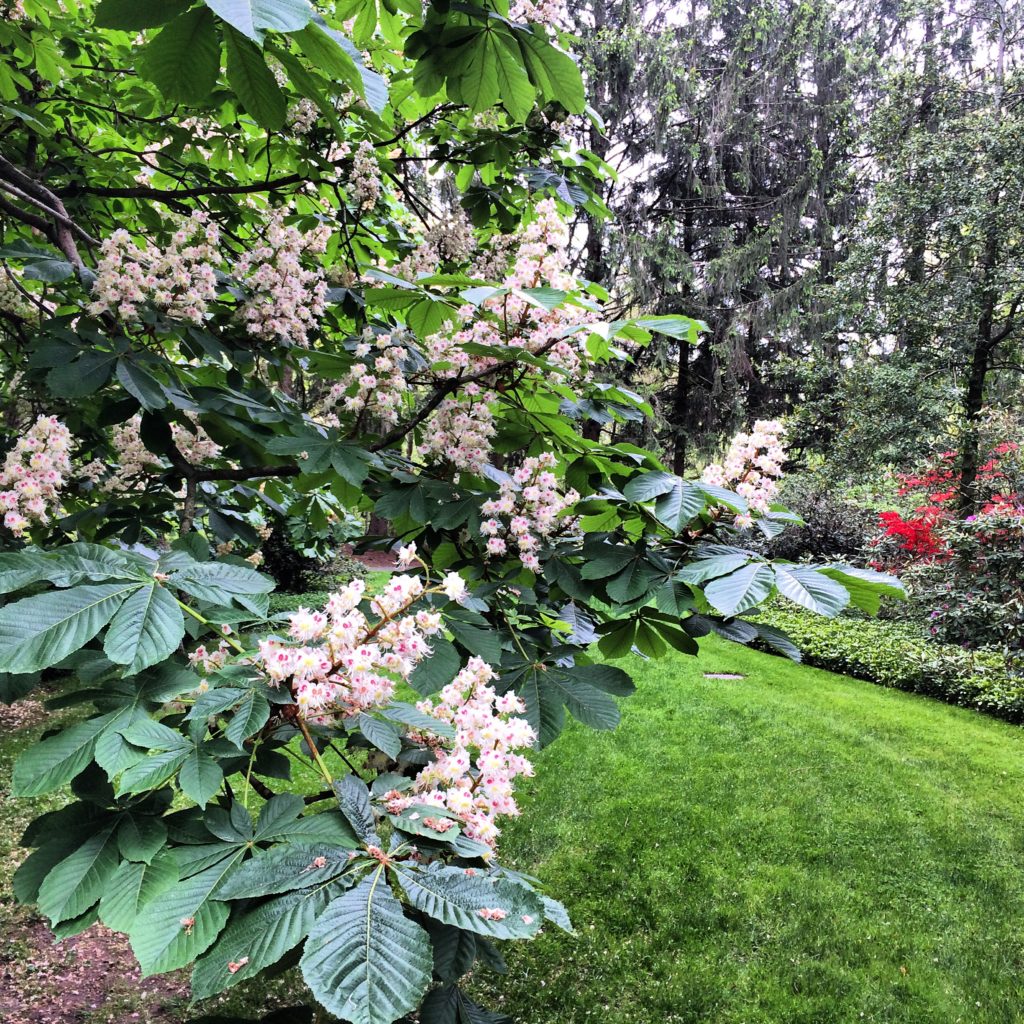
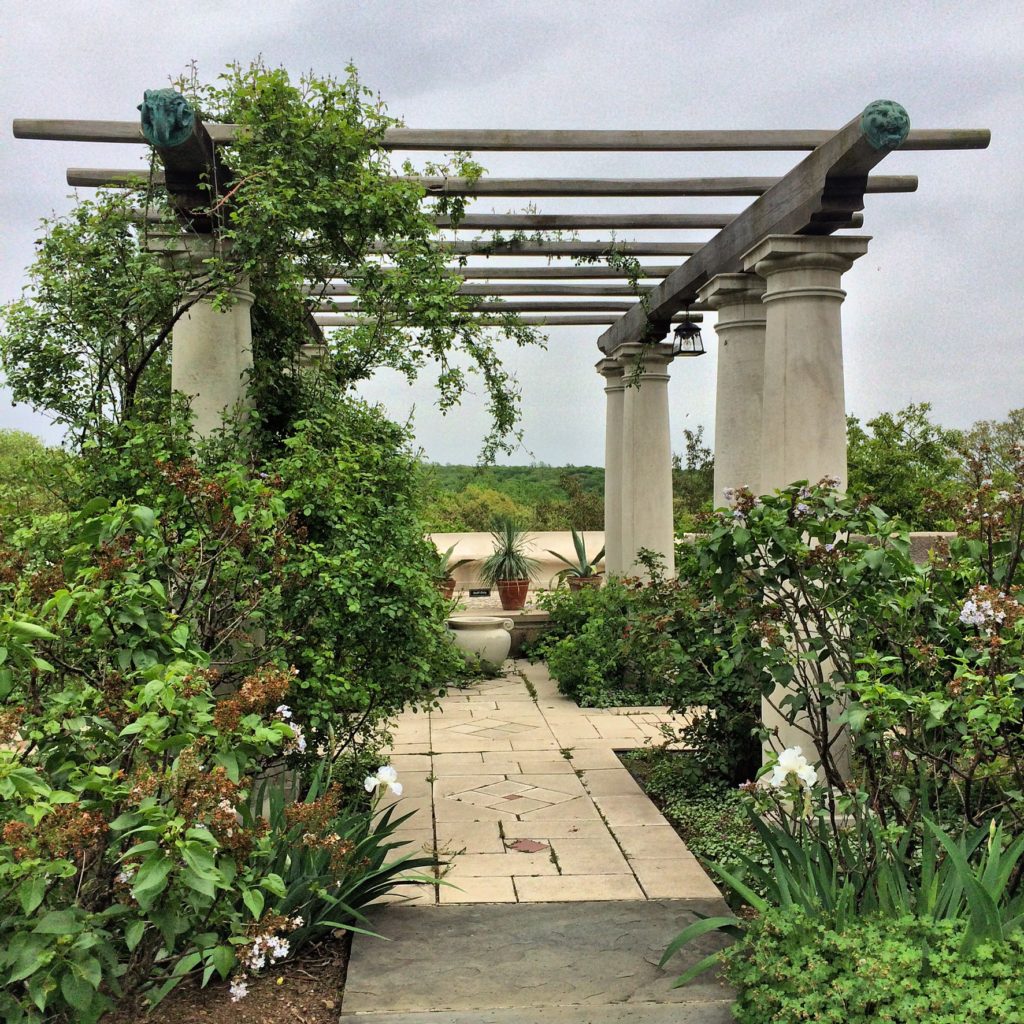
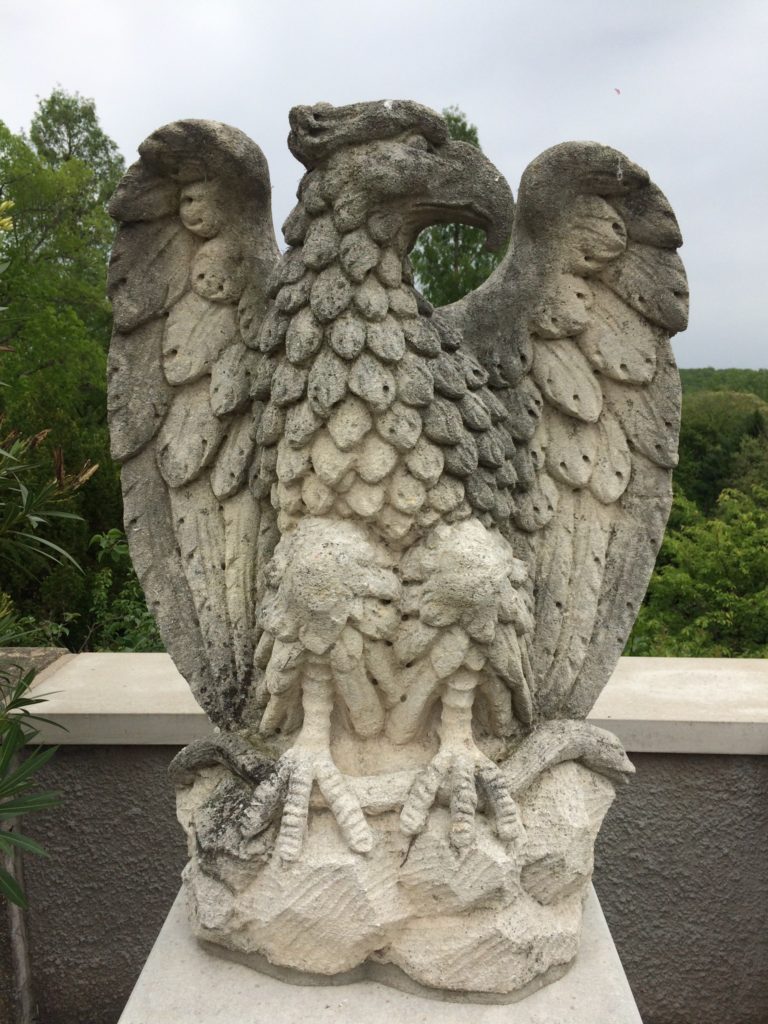
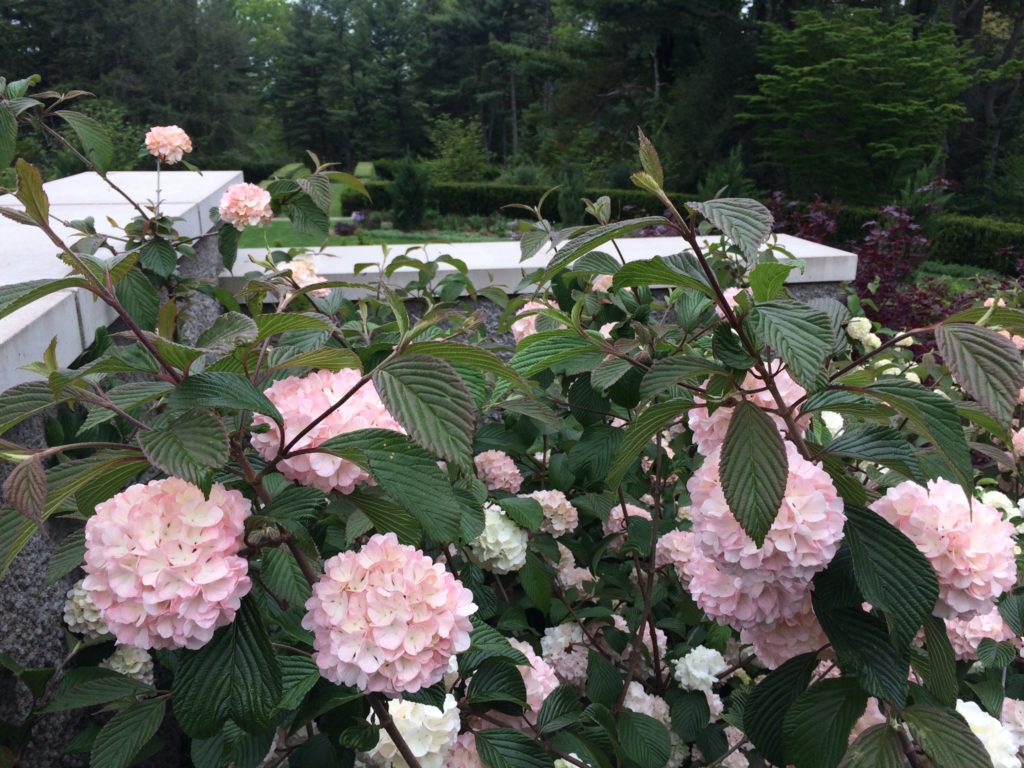
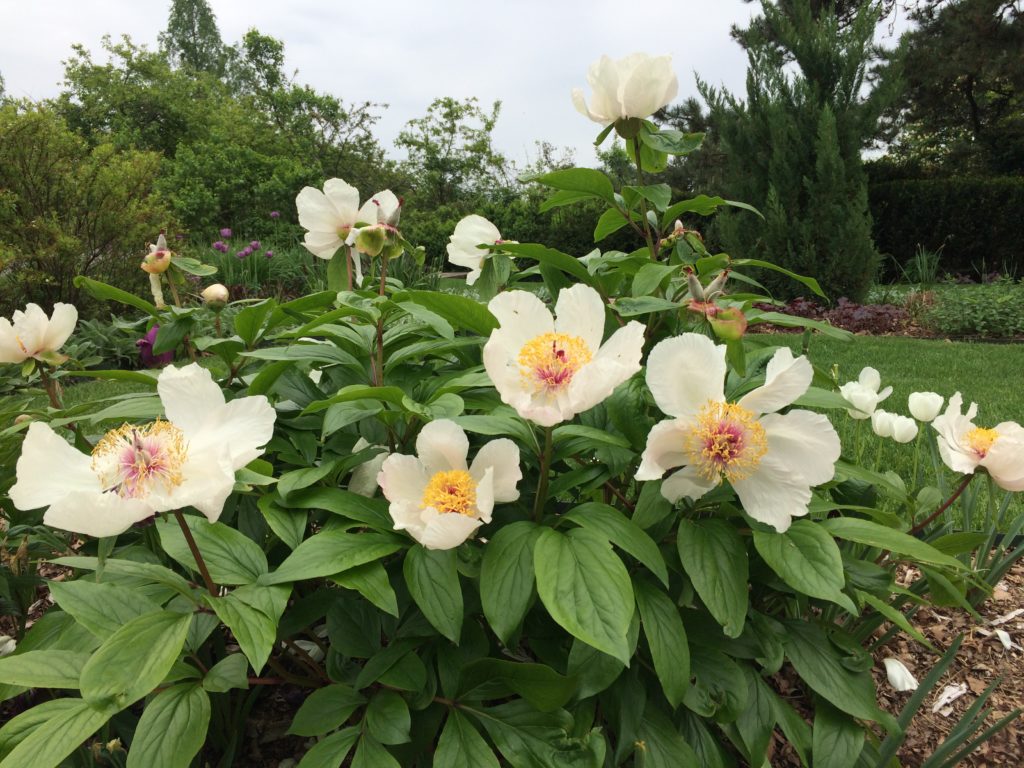
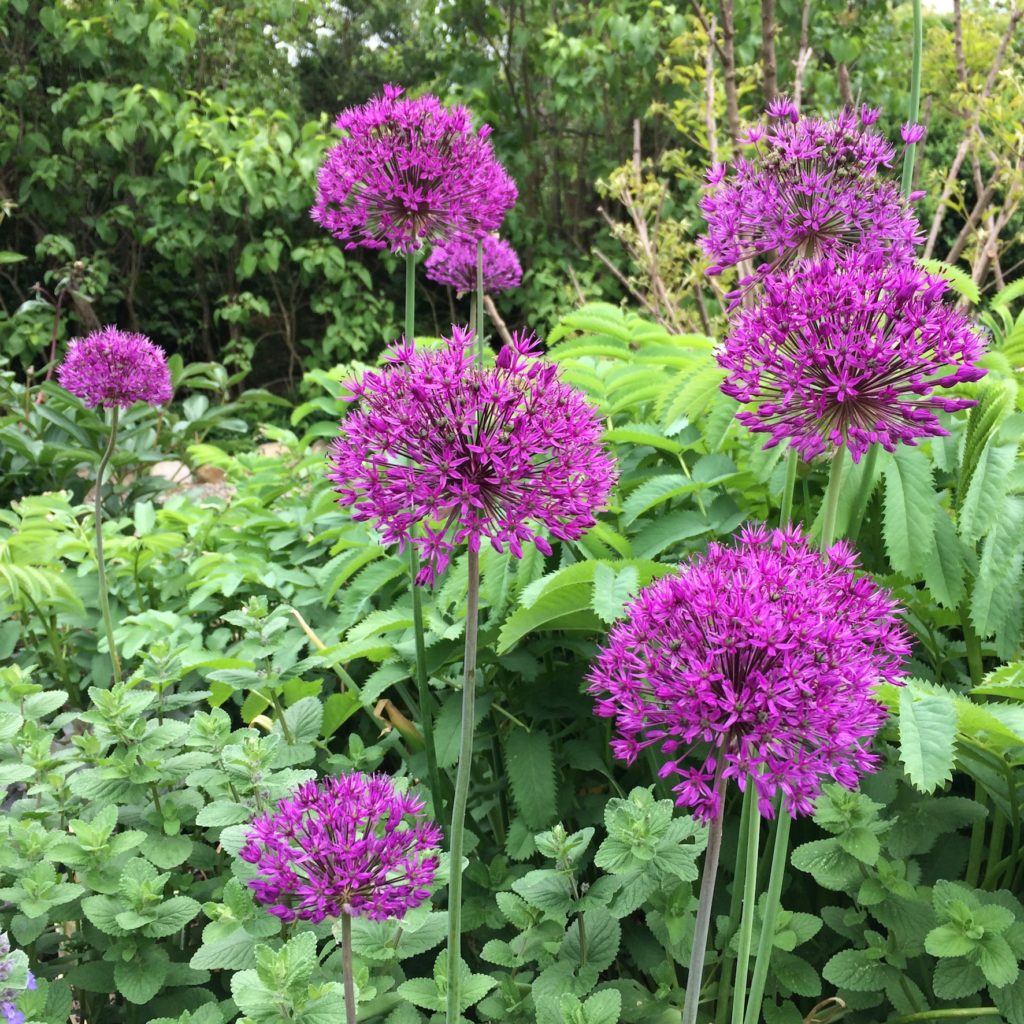
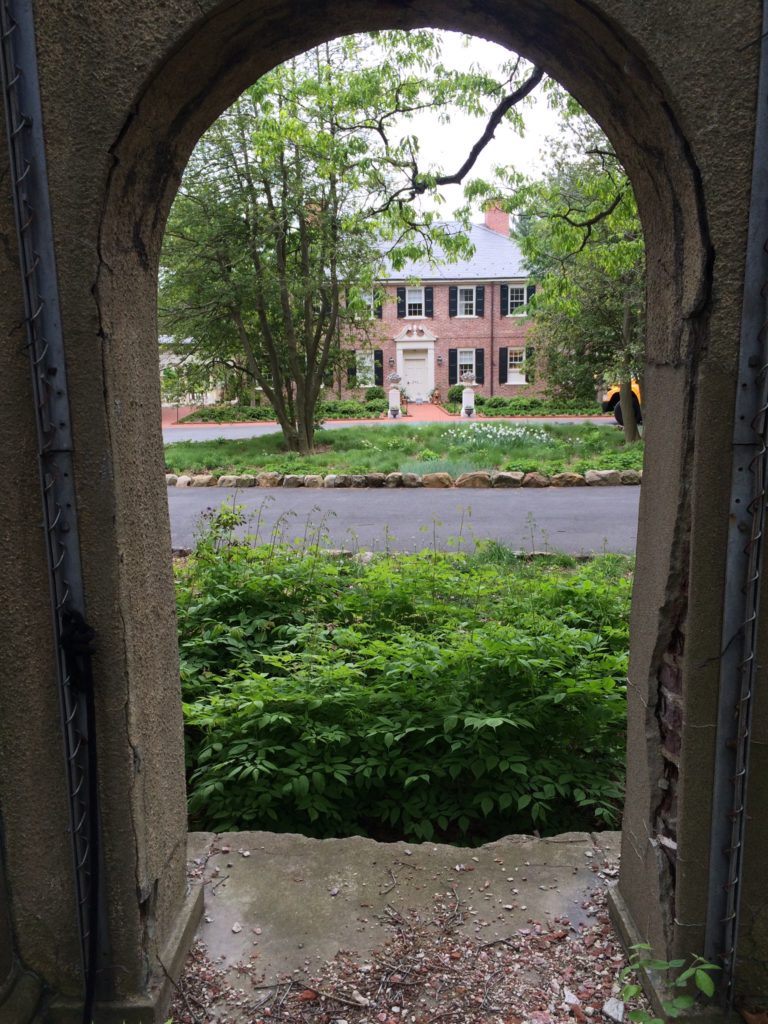
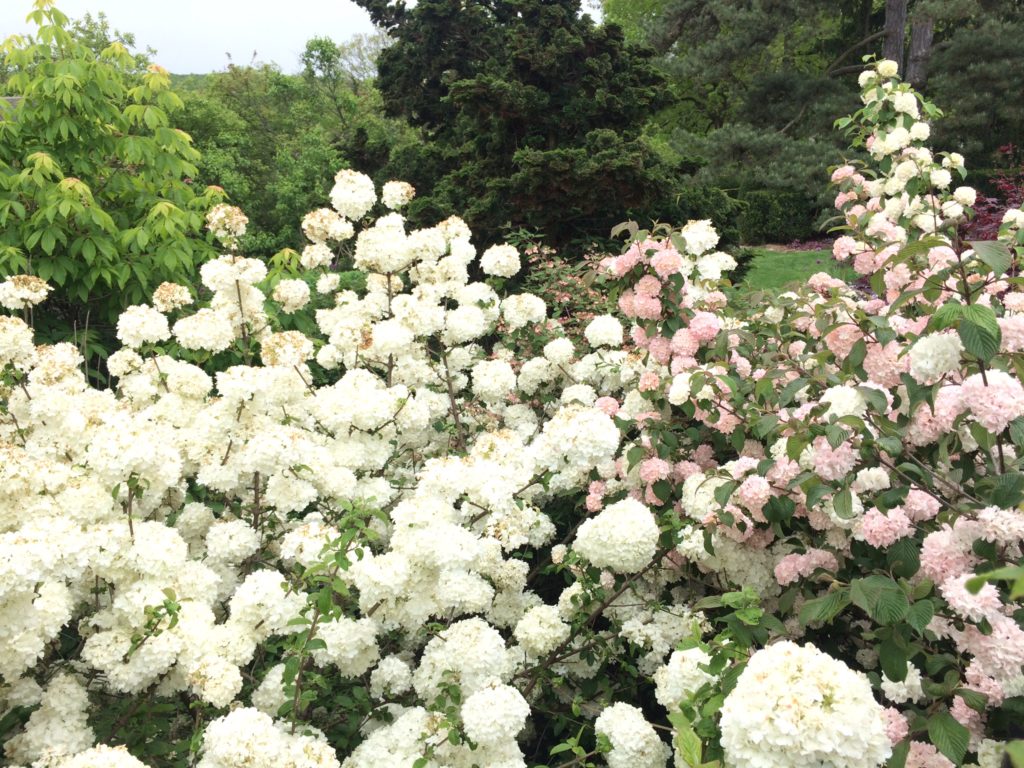
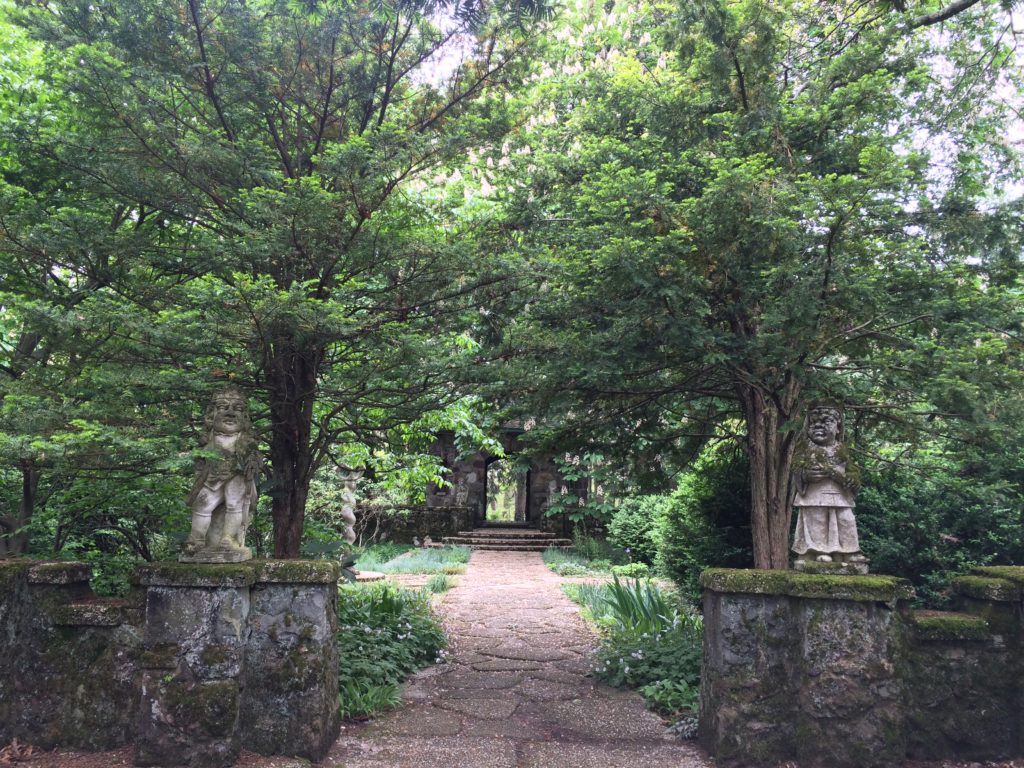
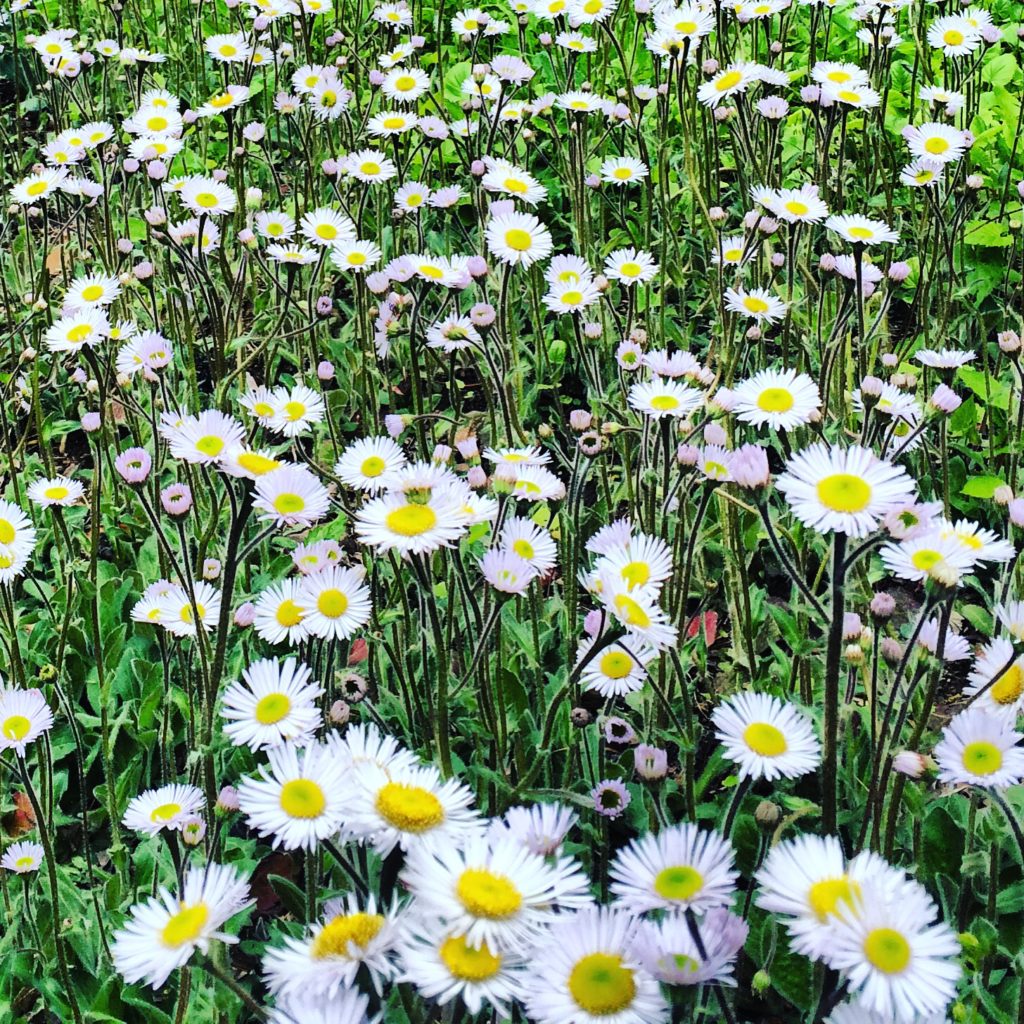
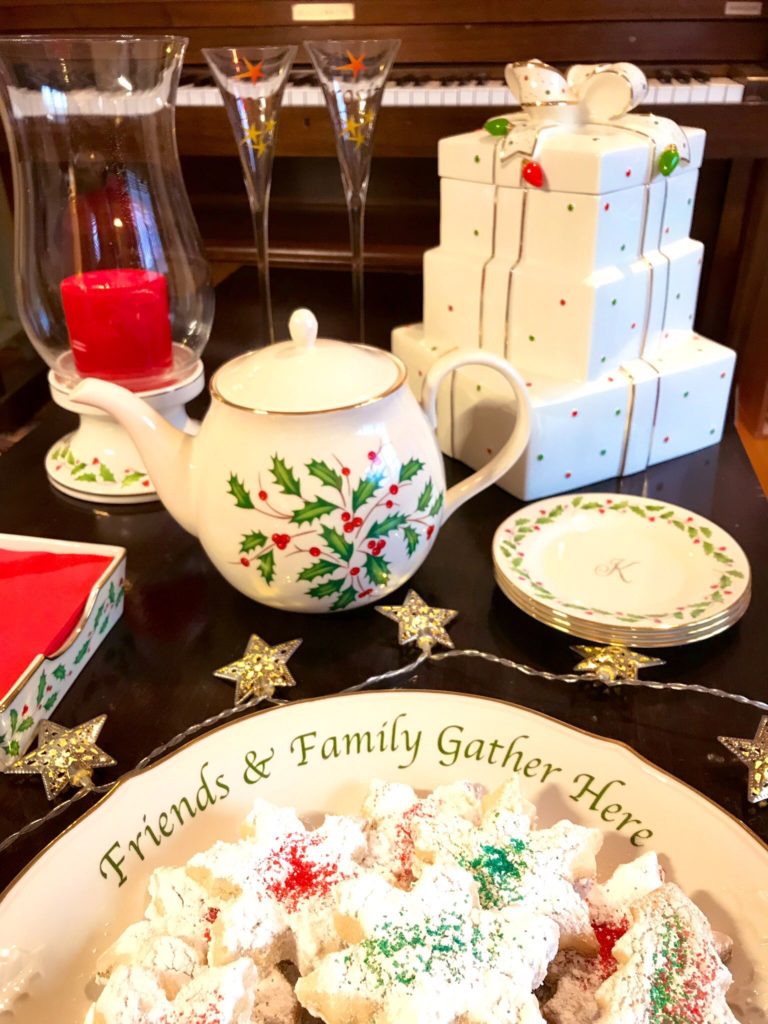 As this year’s Happy Holiday thank you, enjoy a favorite gift for friends, Norwegian Sugar Cookies. Almond extract works well as a substitute for alcohol, though Grand Mariner adds a light and sweet flavor. A variety of holiday cookie cutters make for fun, but you will have your own spin on this recipe. The caraway seeds are part of the traditional recipe, though I make them without those. This is a festive gift that everyone enjoys.
As this year’s Happy Holiday thank you, enjoy a favorite gift for friends, Norwegian Sugar Cookies. Almond extract works well as a substitute for alcohol, though Grand Mariner adds a light and sweet flavor. A variety of holiday cookie cutters make for fun, but you will have your own spin on this recipe. The caraway seeds are part of the traditional recipe, though I make them without those. This is a festive gift that everyone enjoys.
